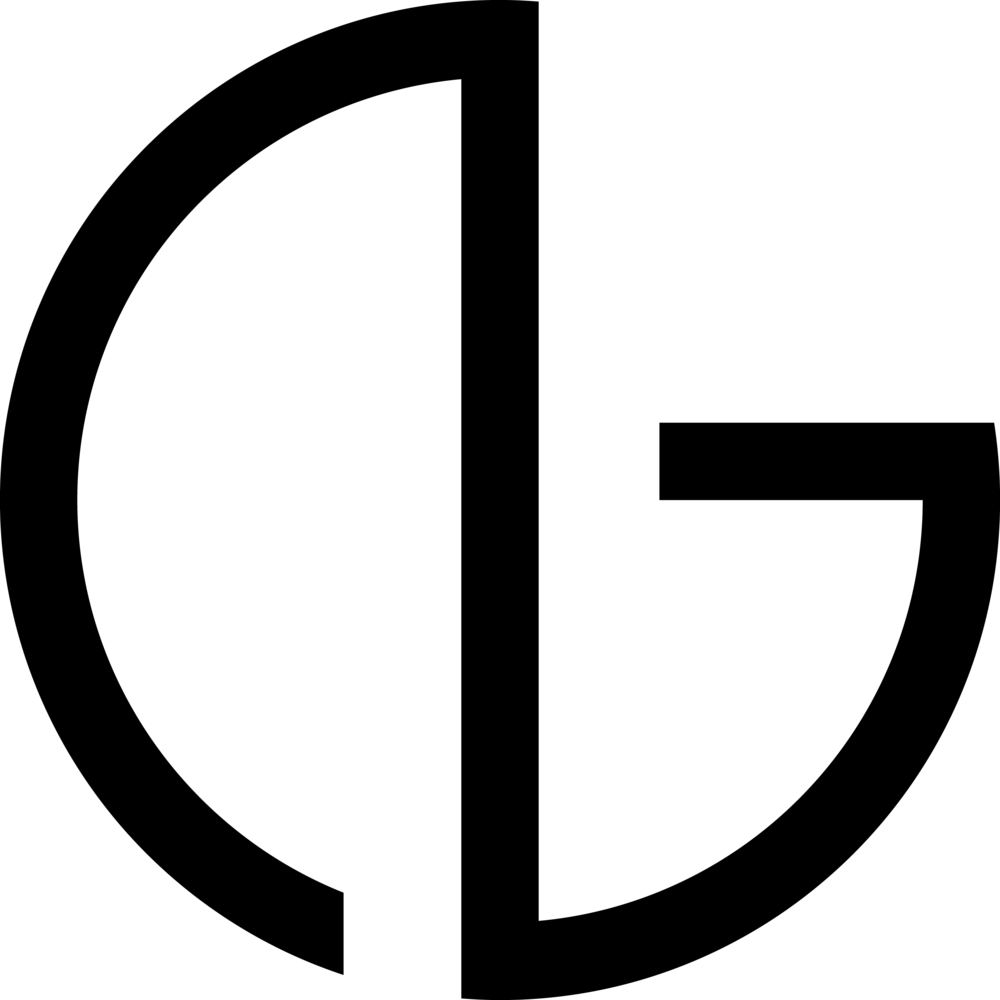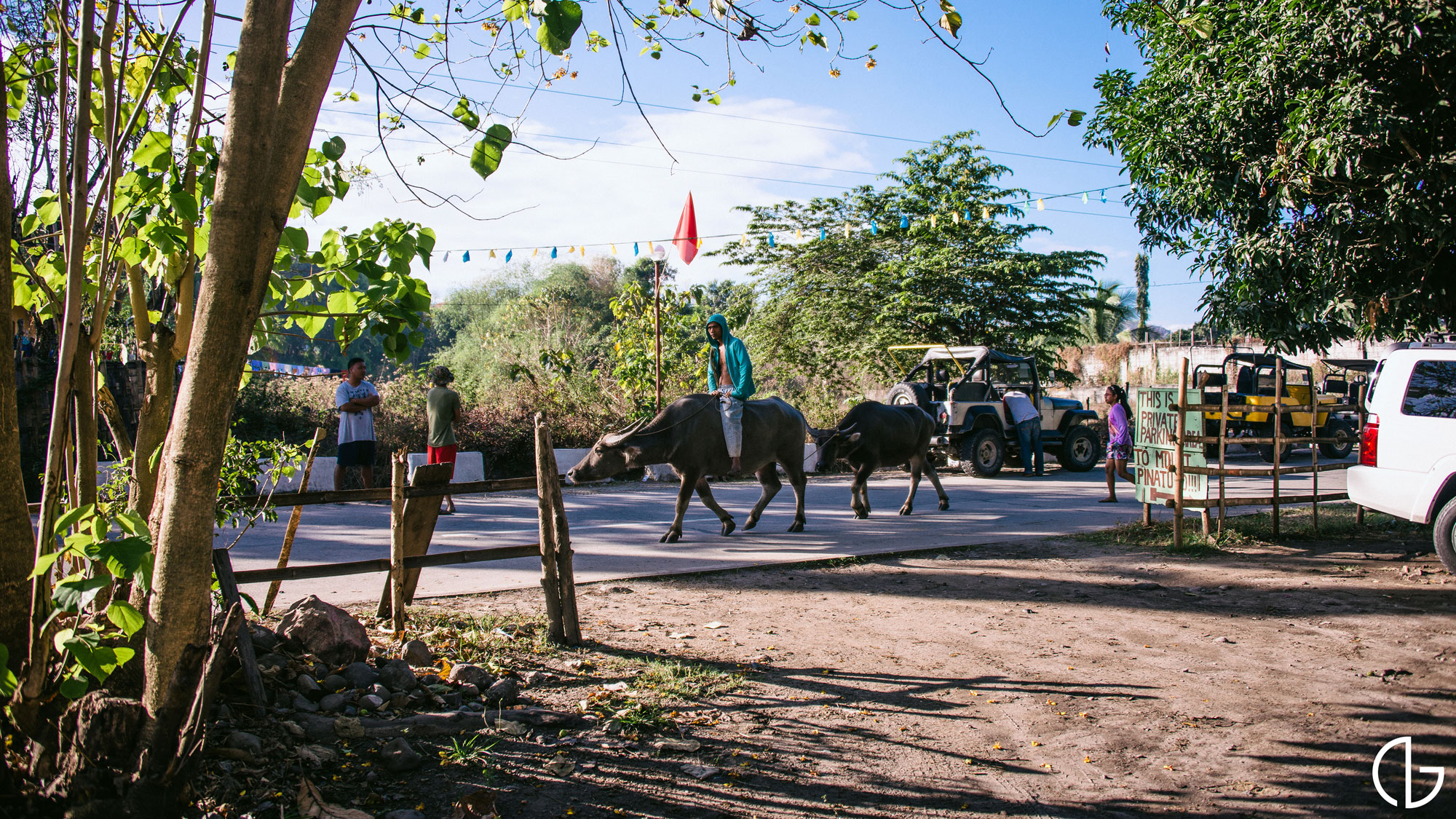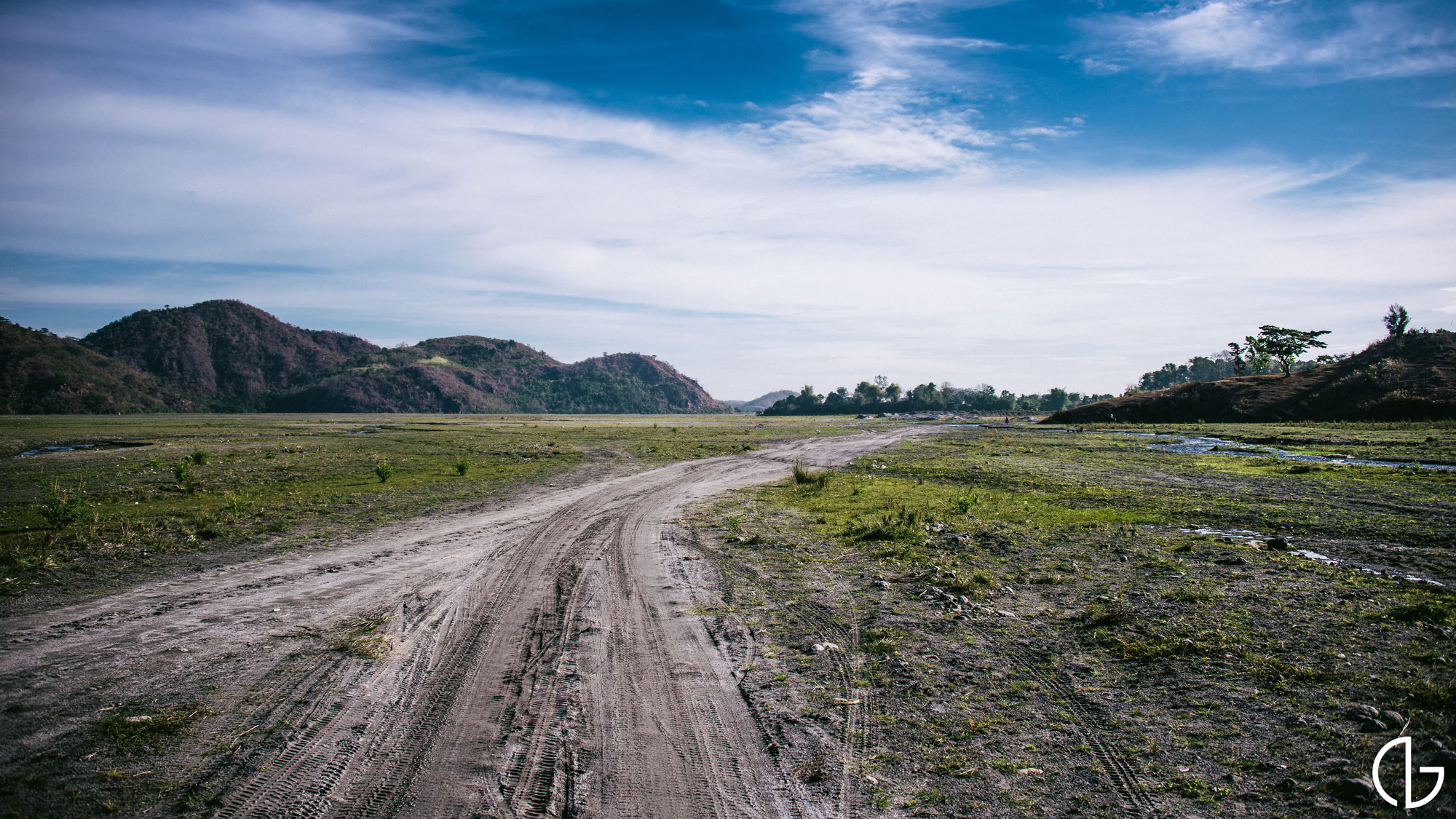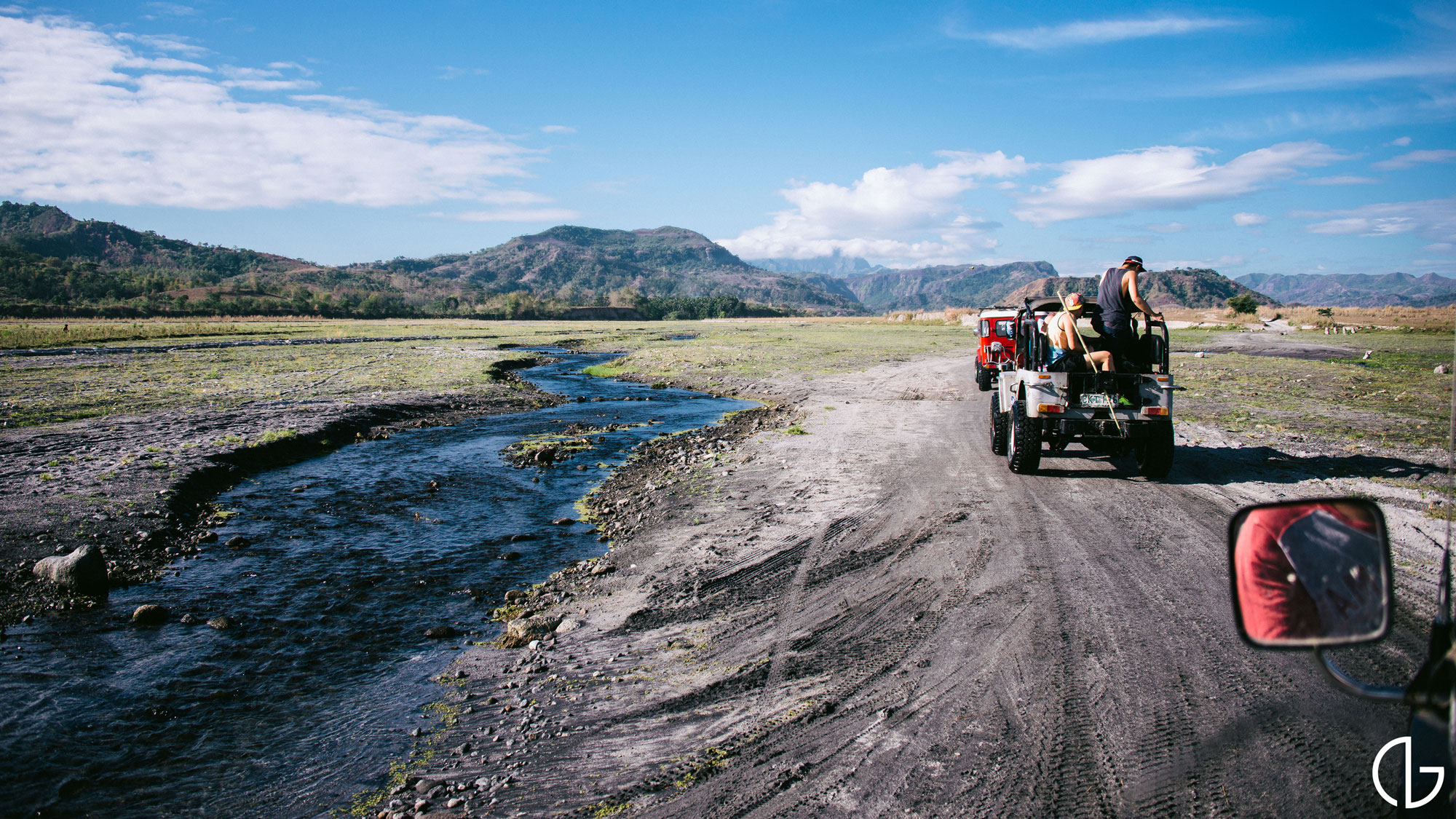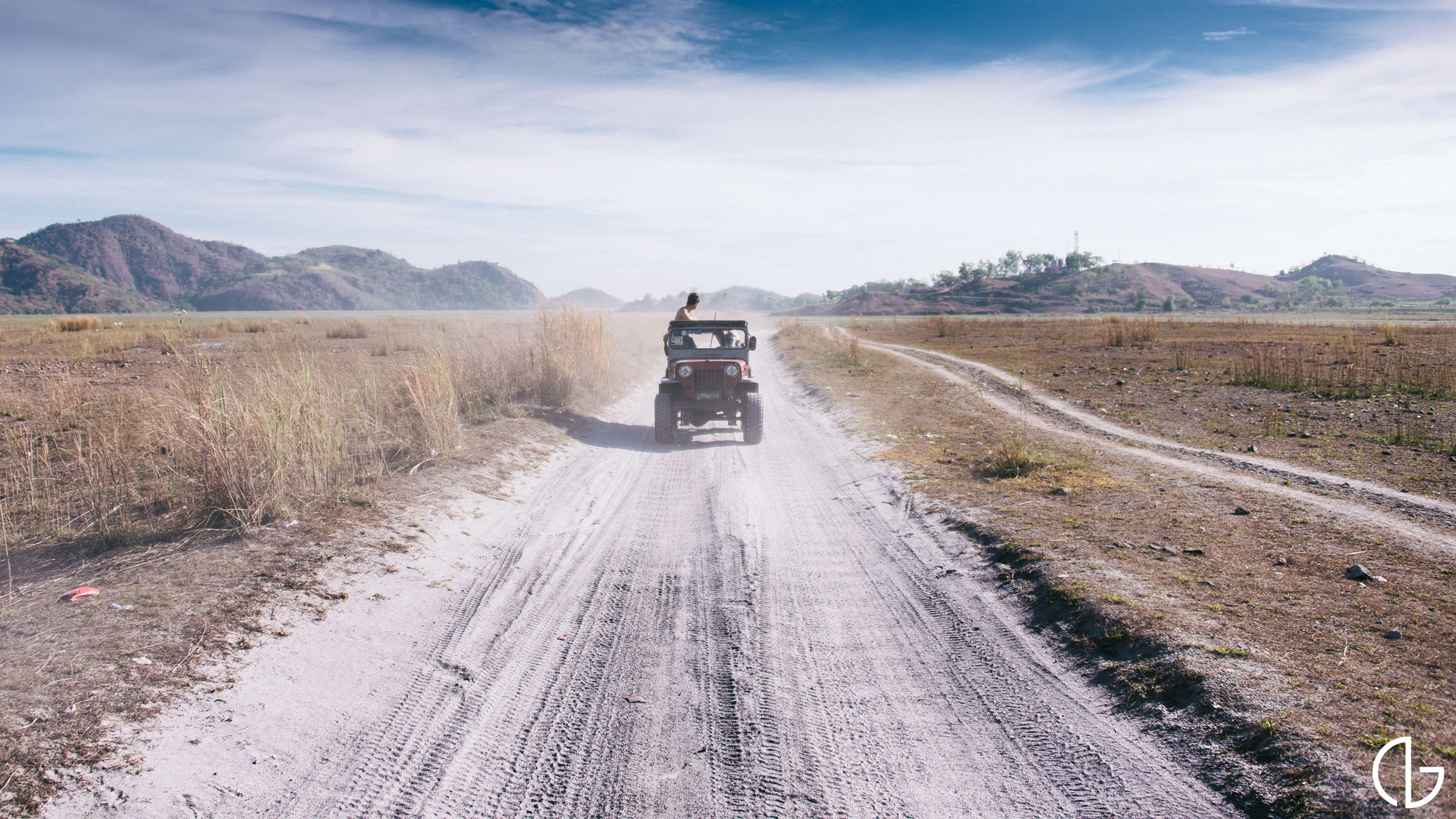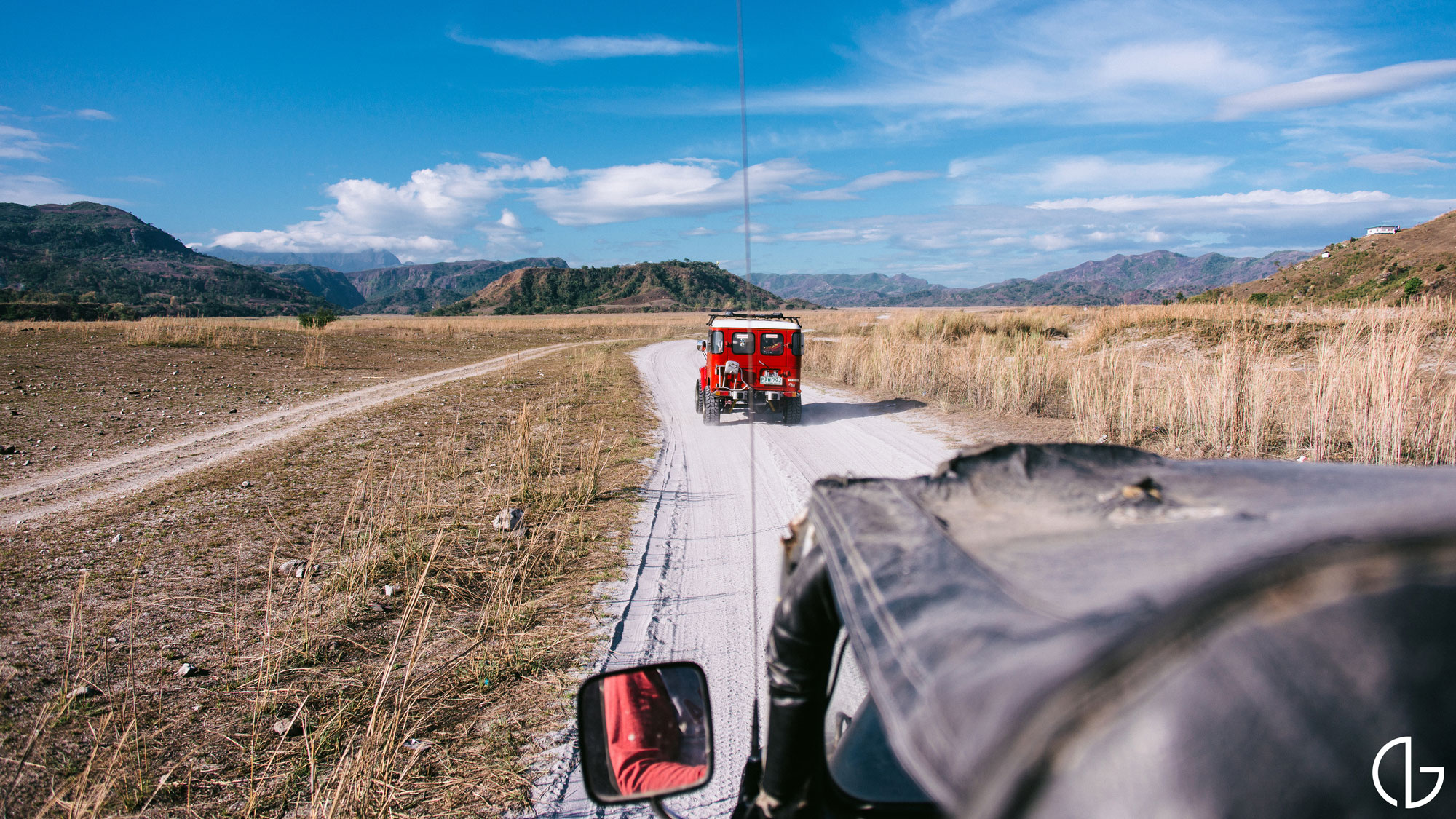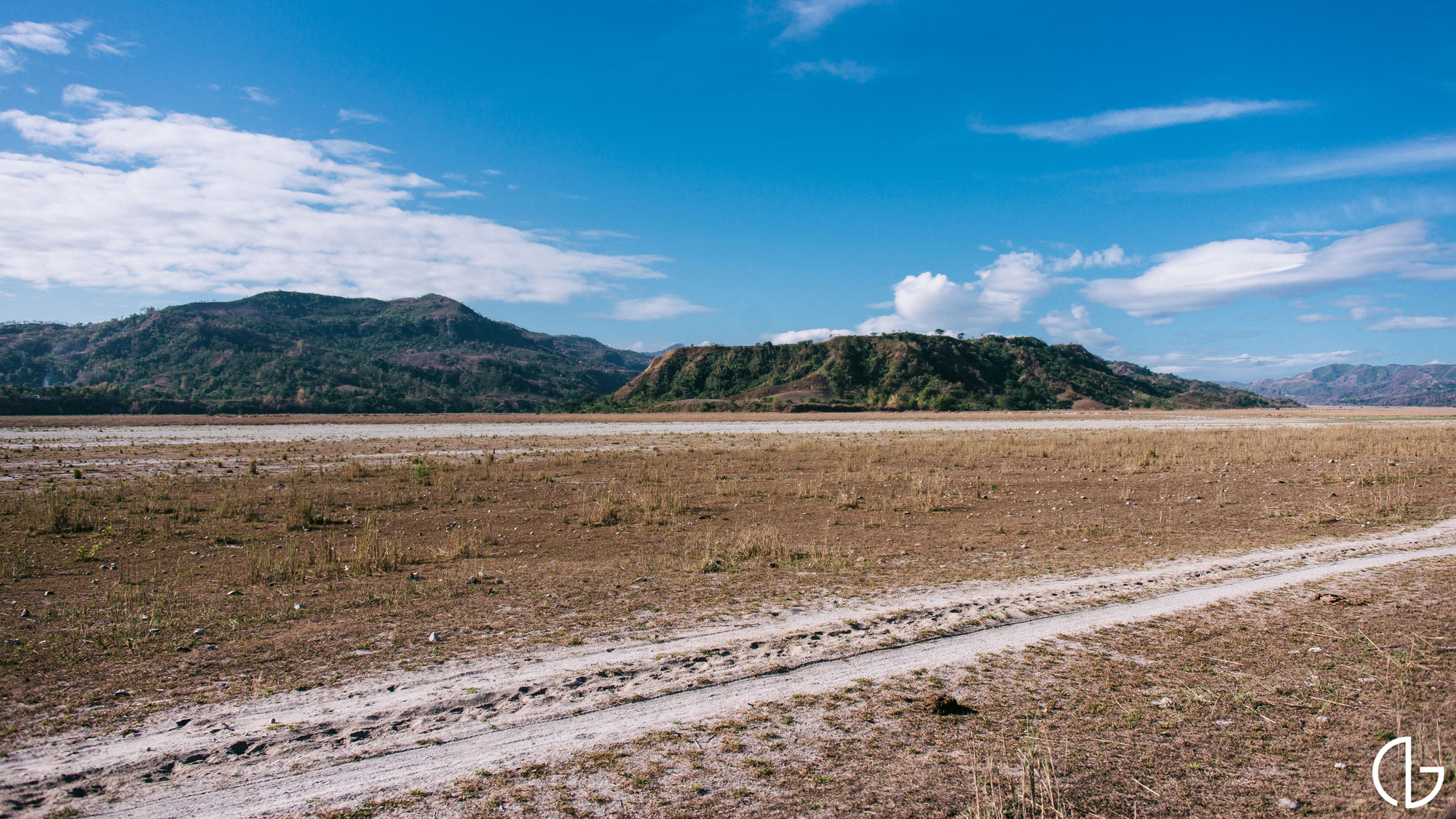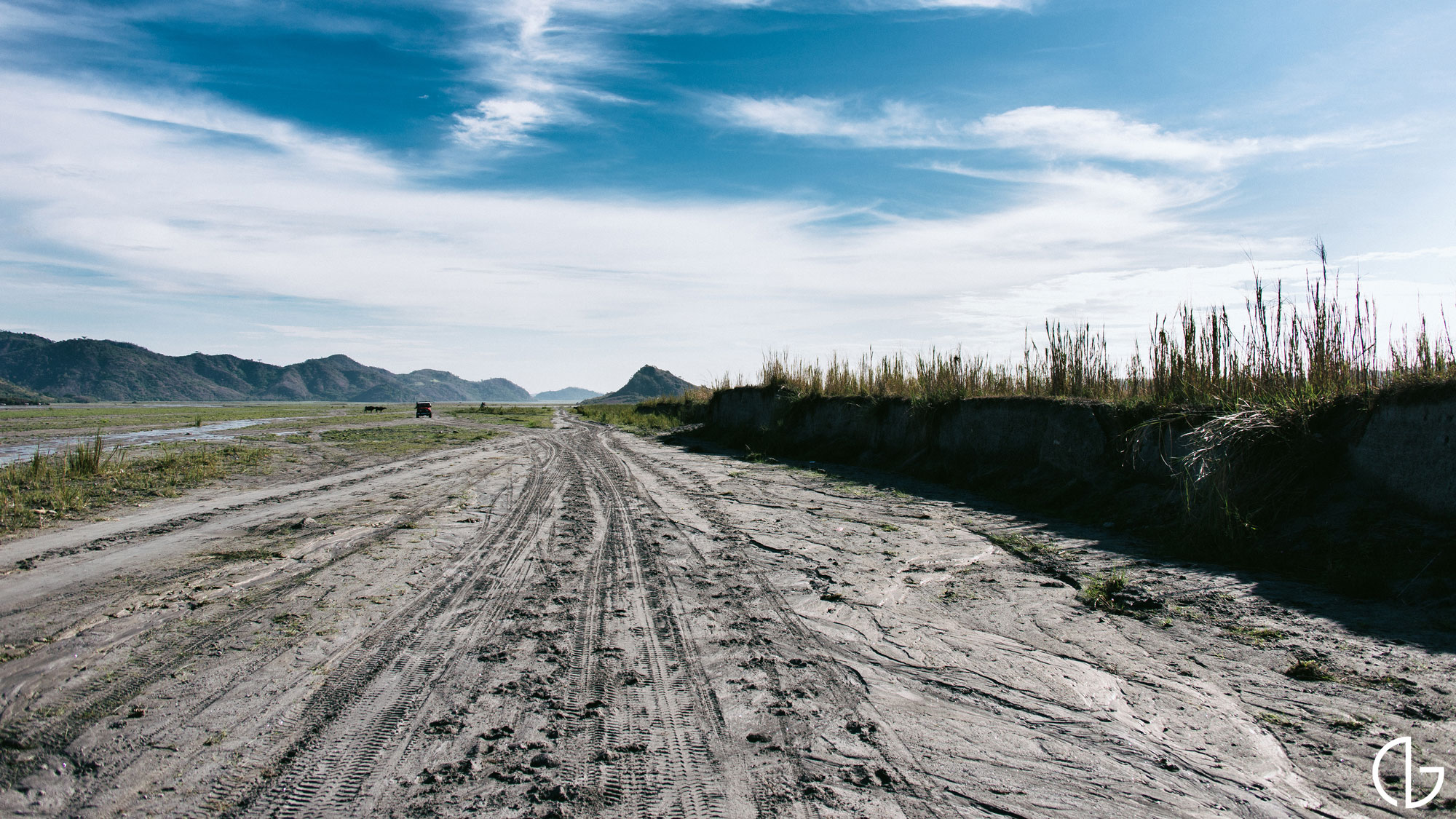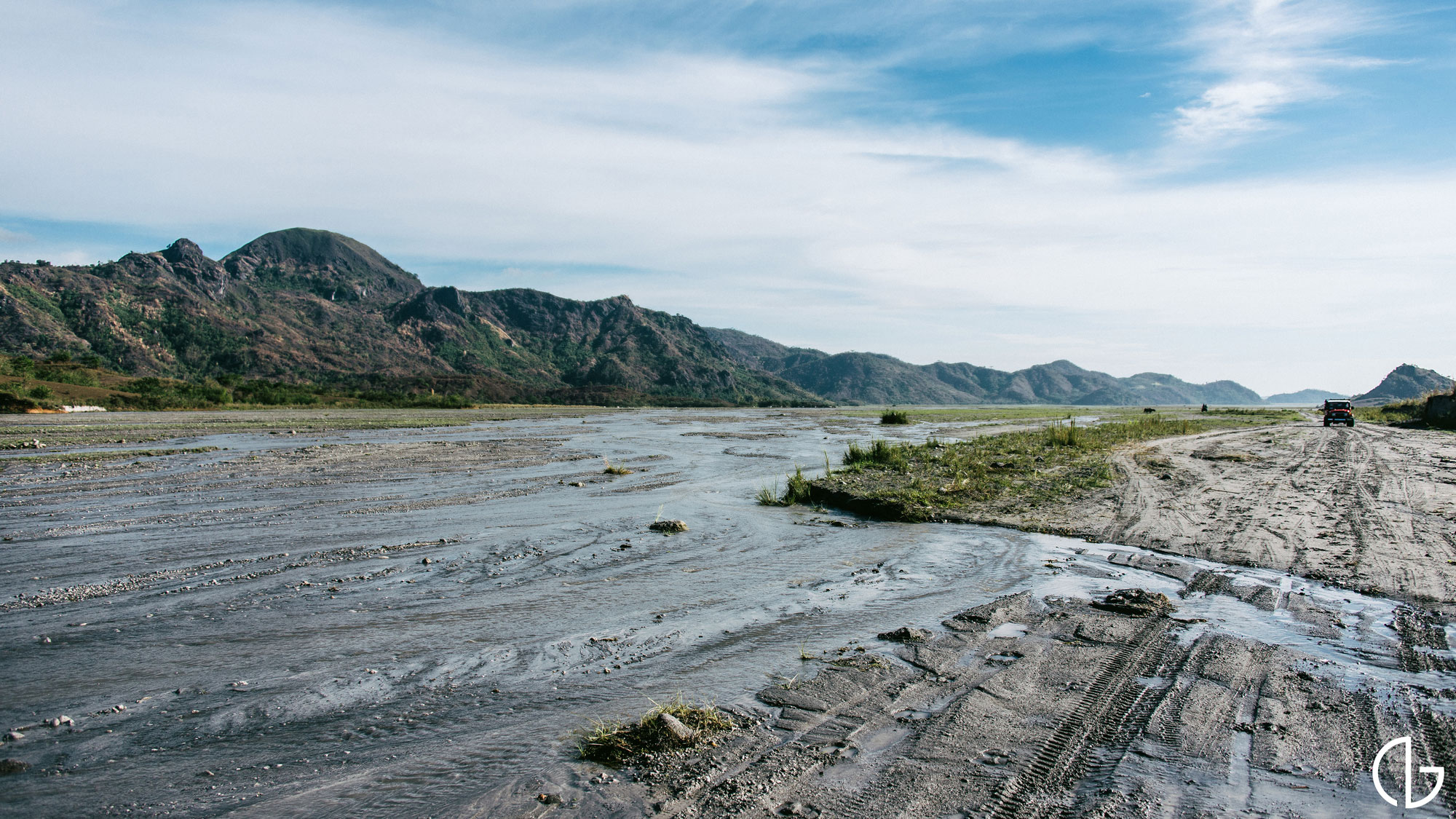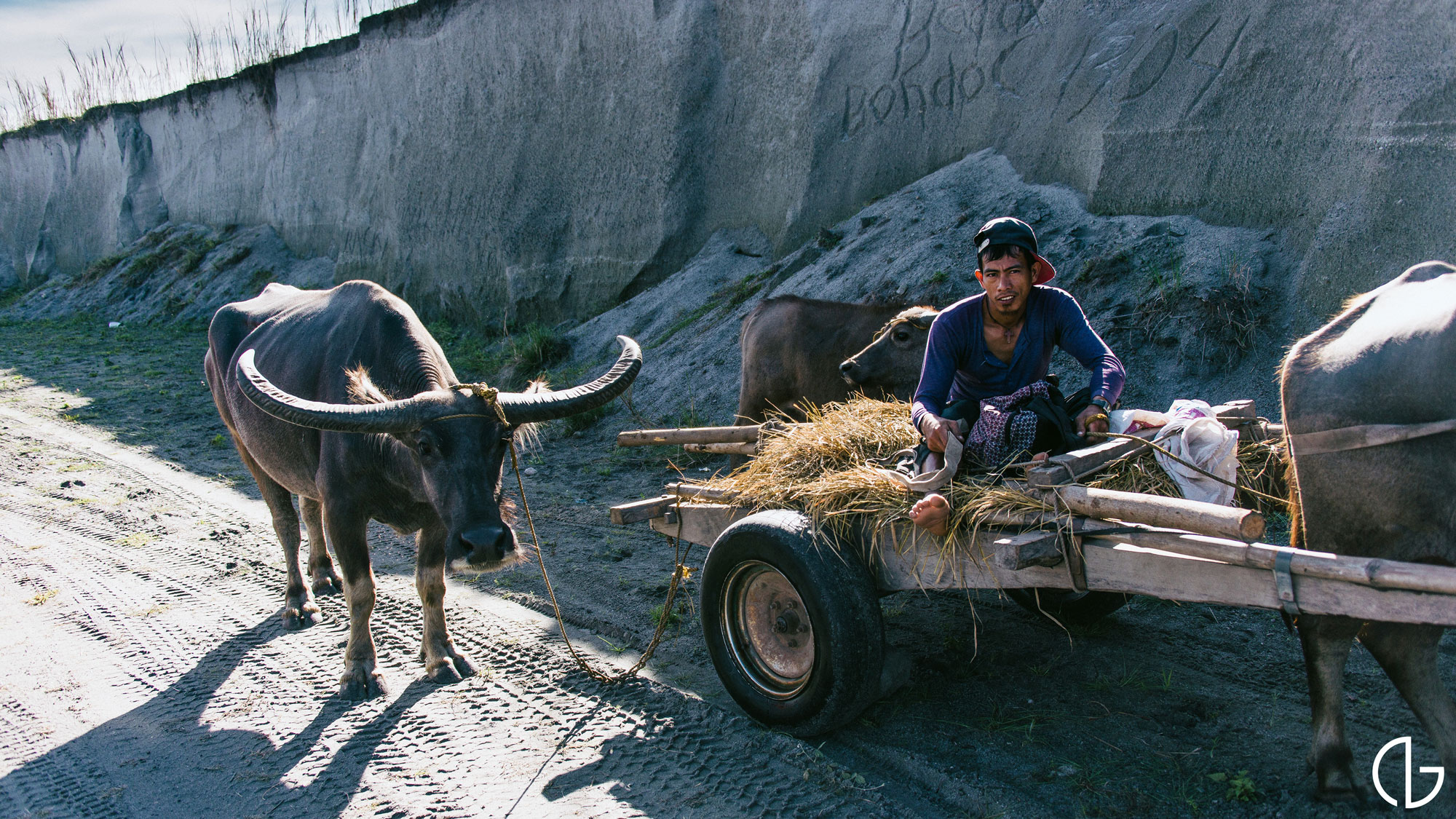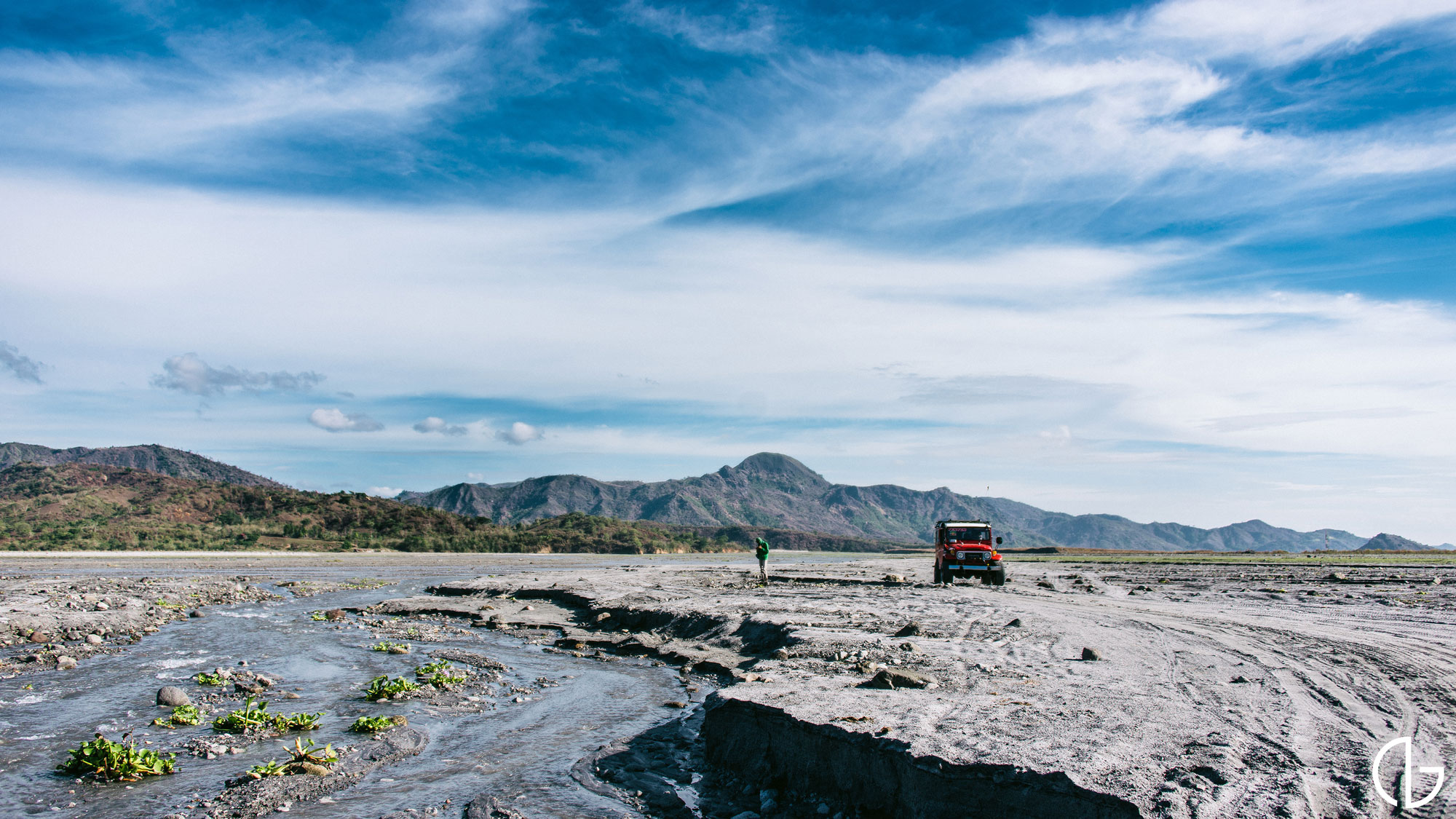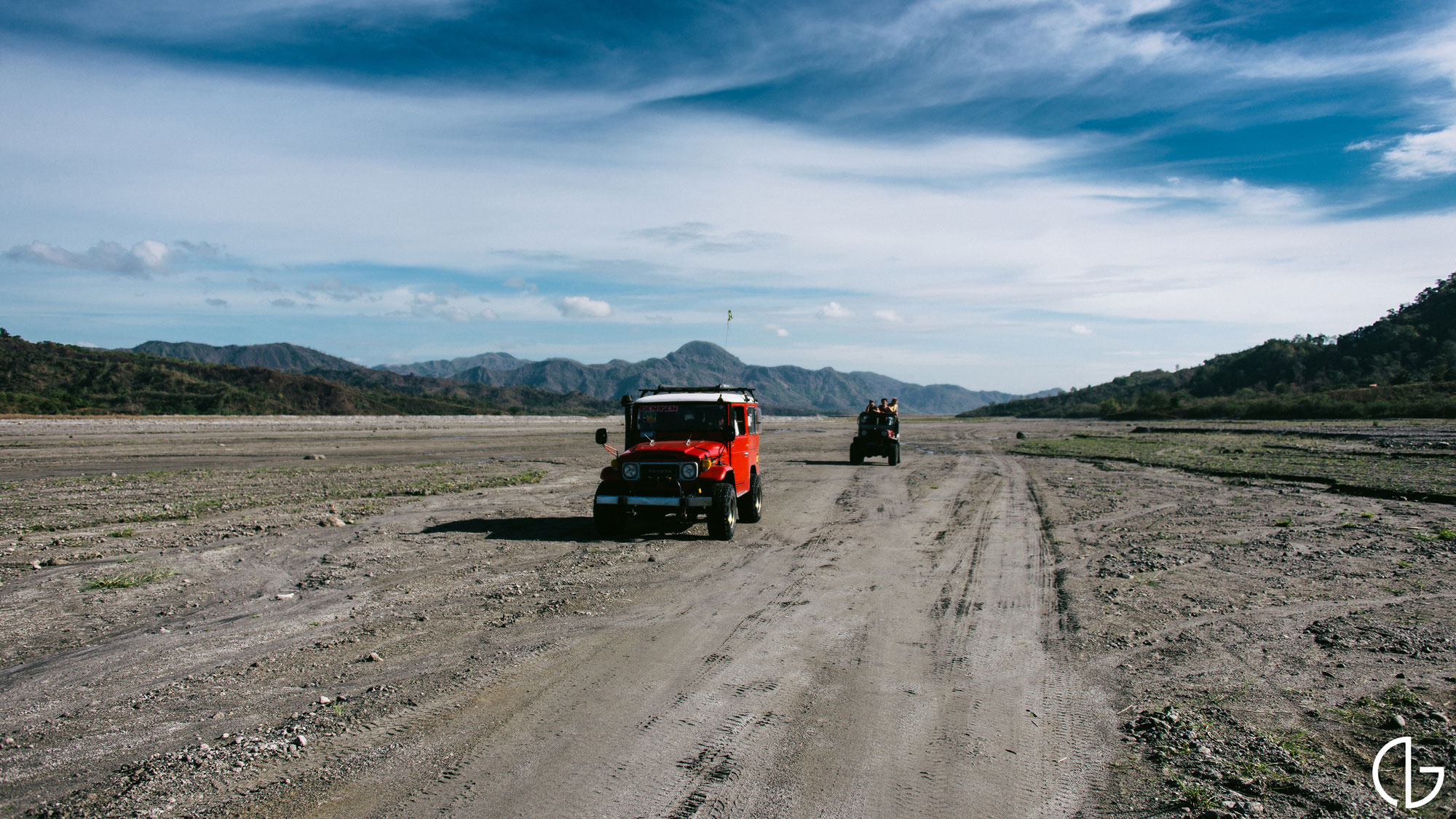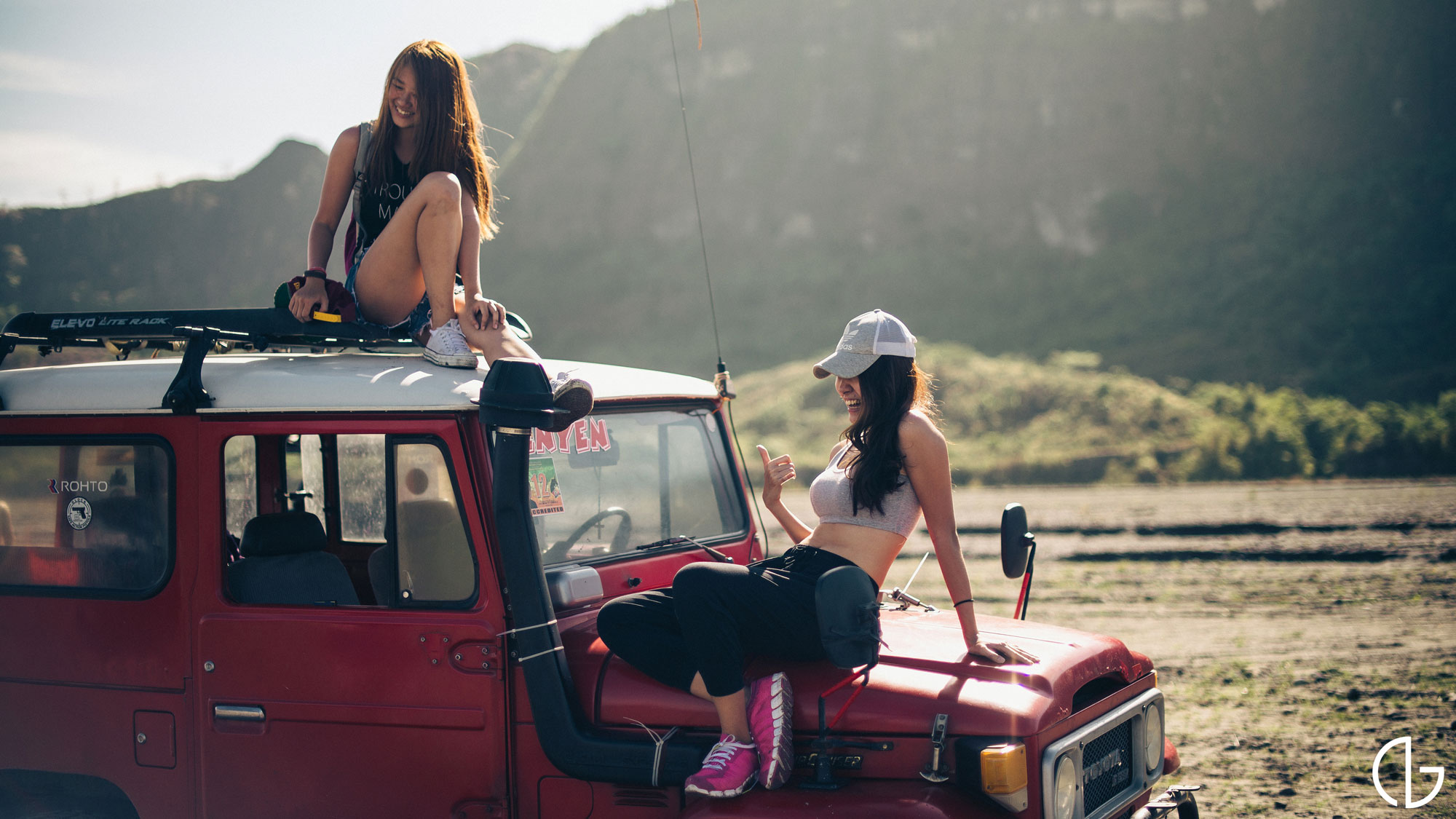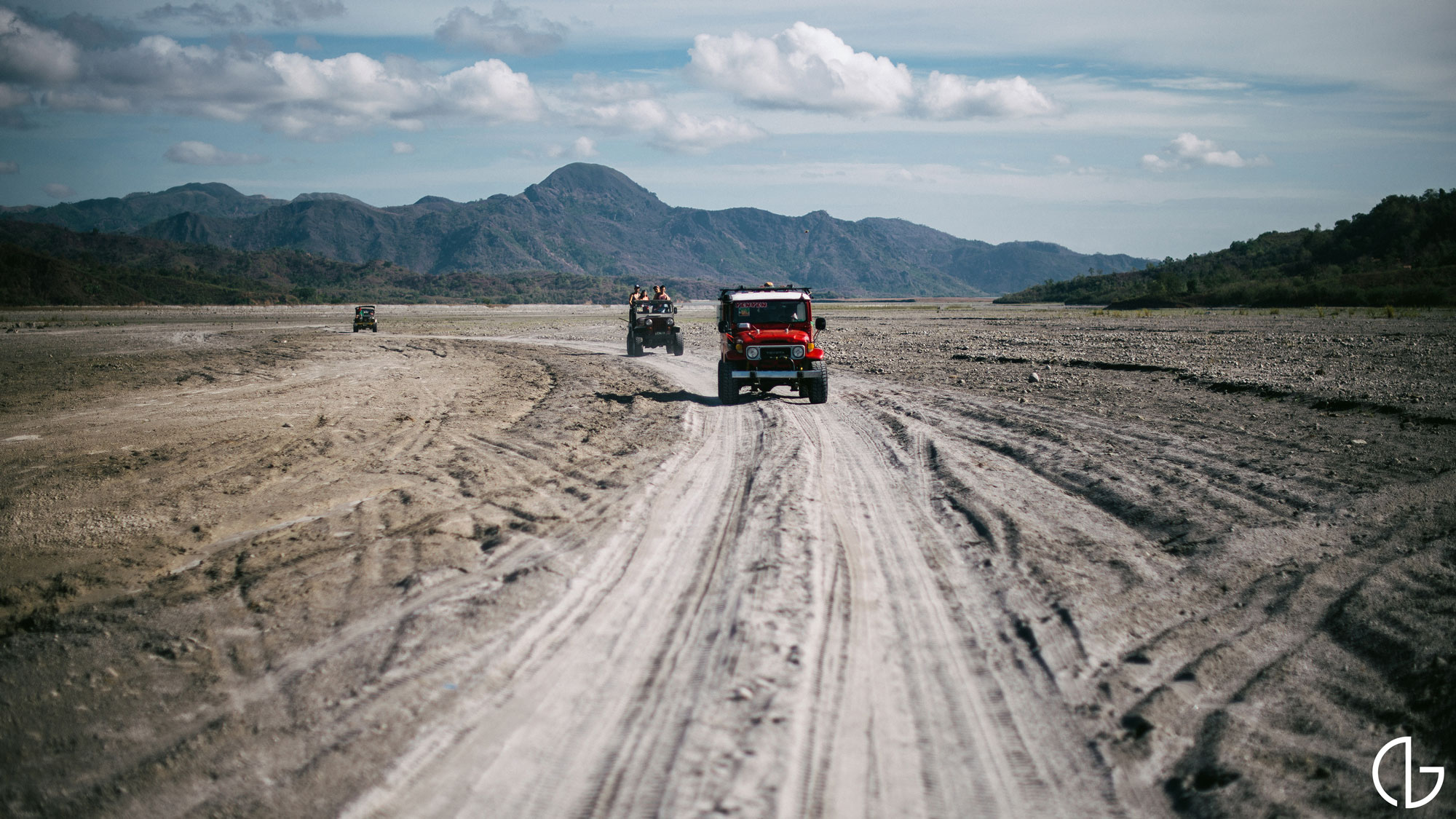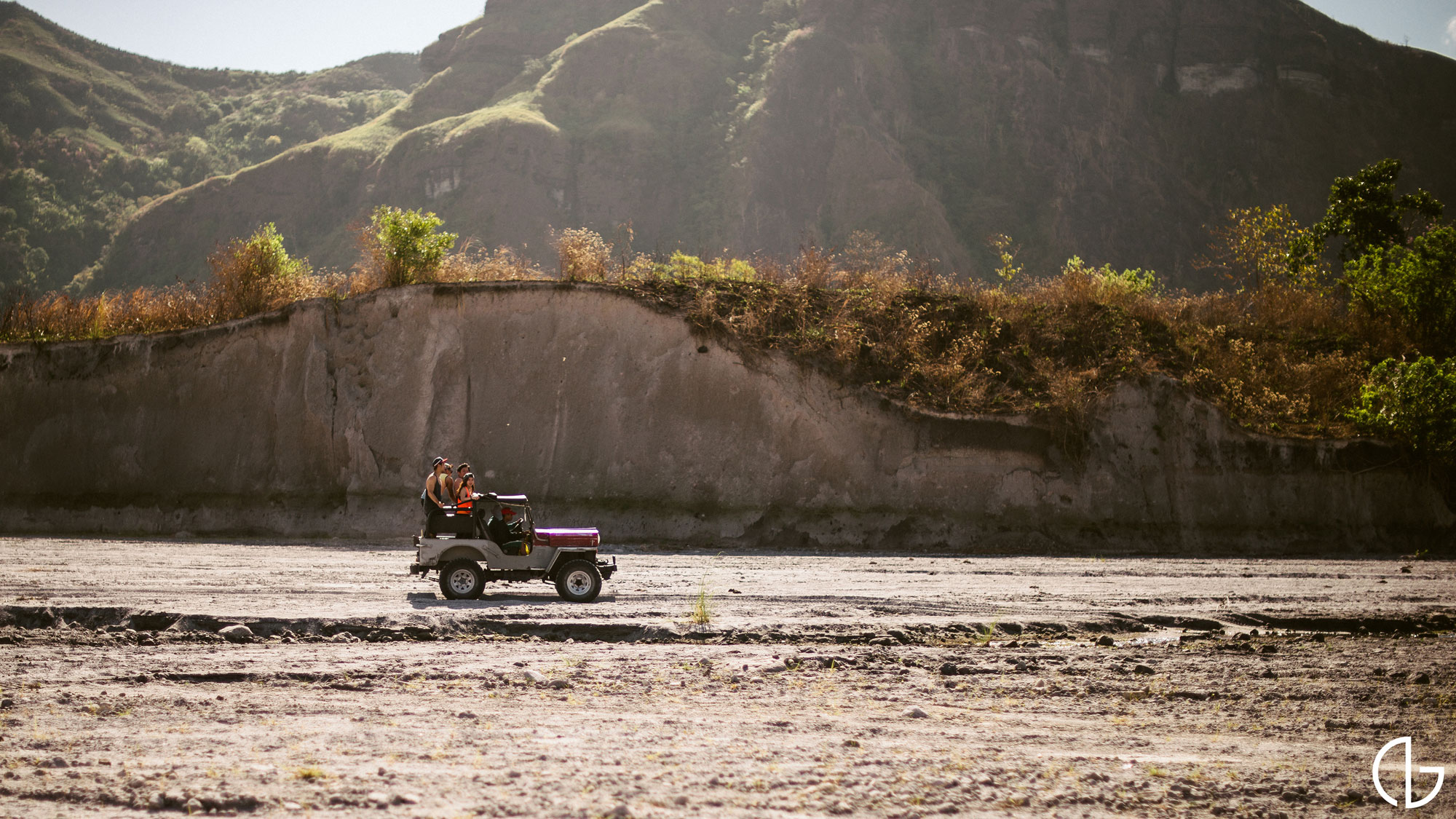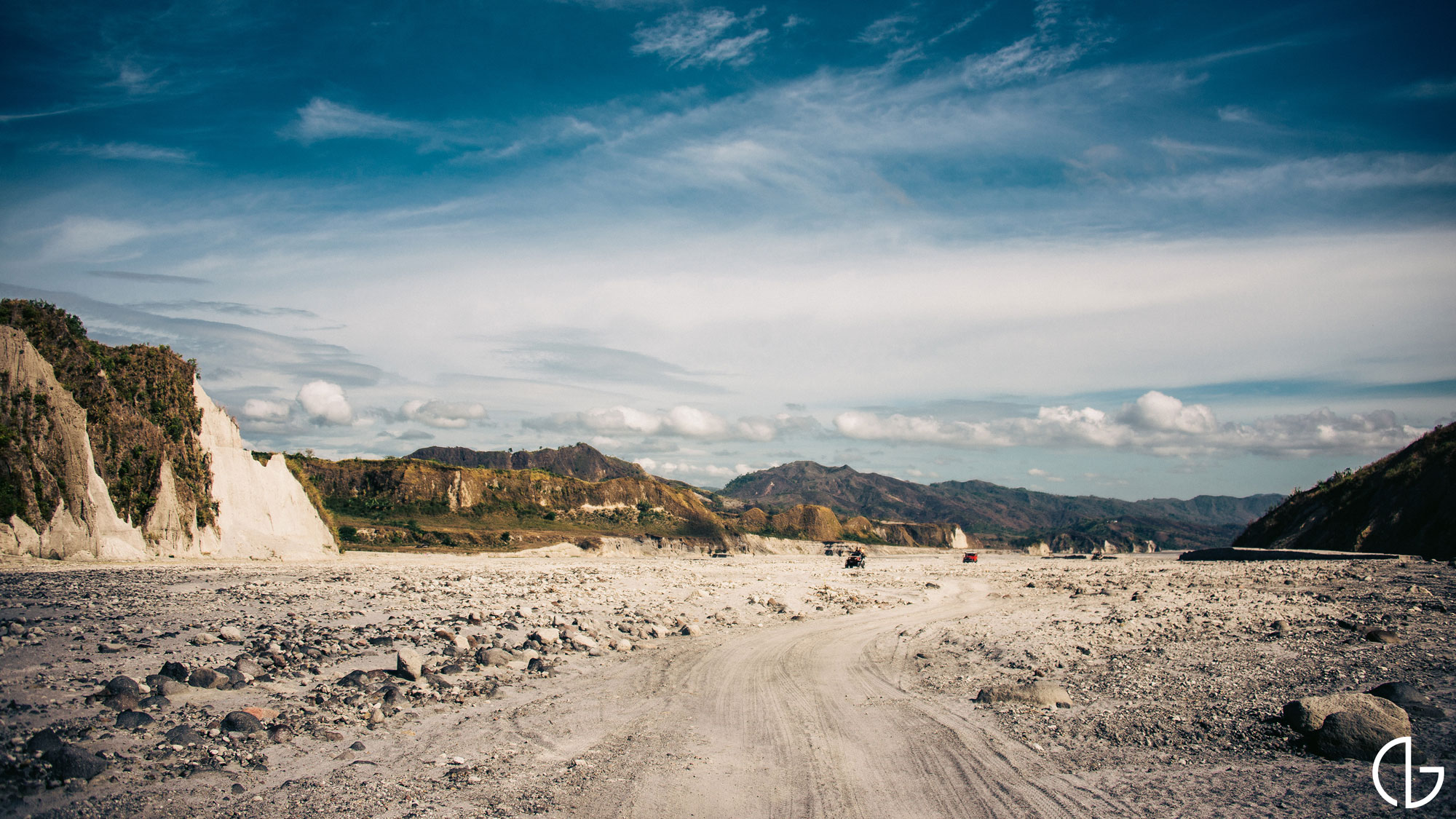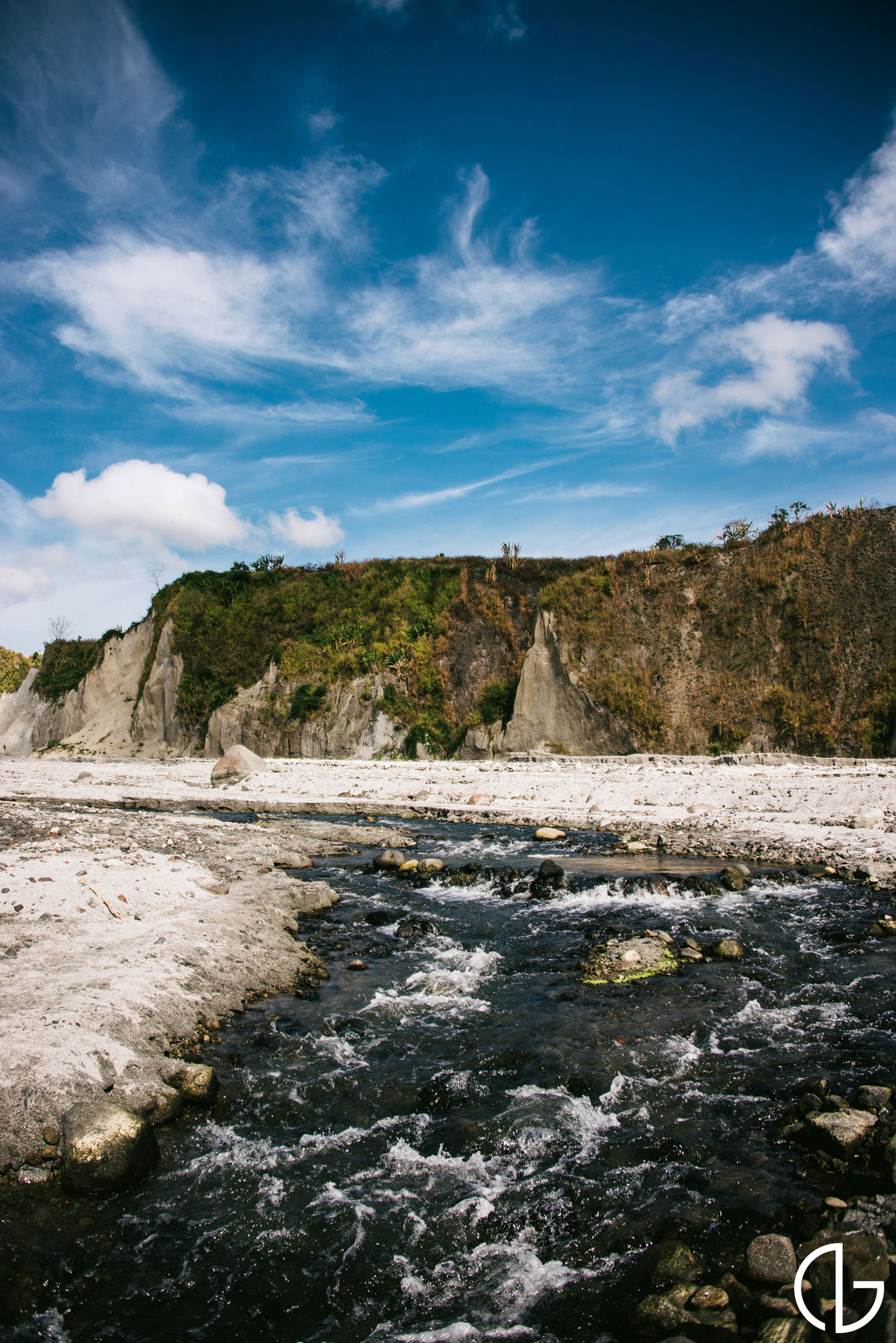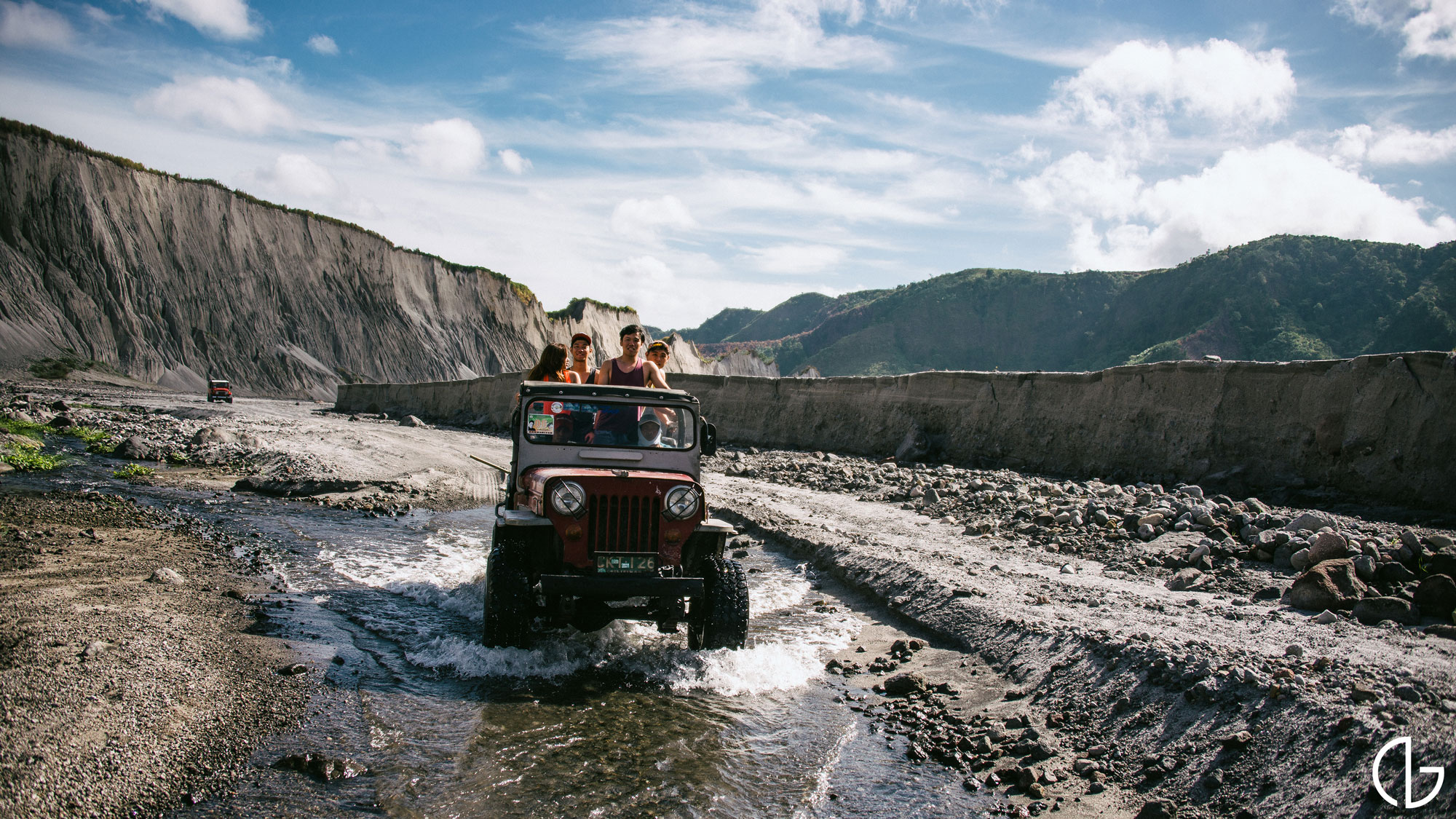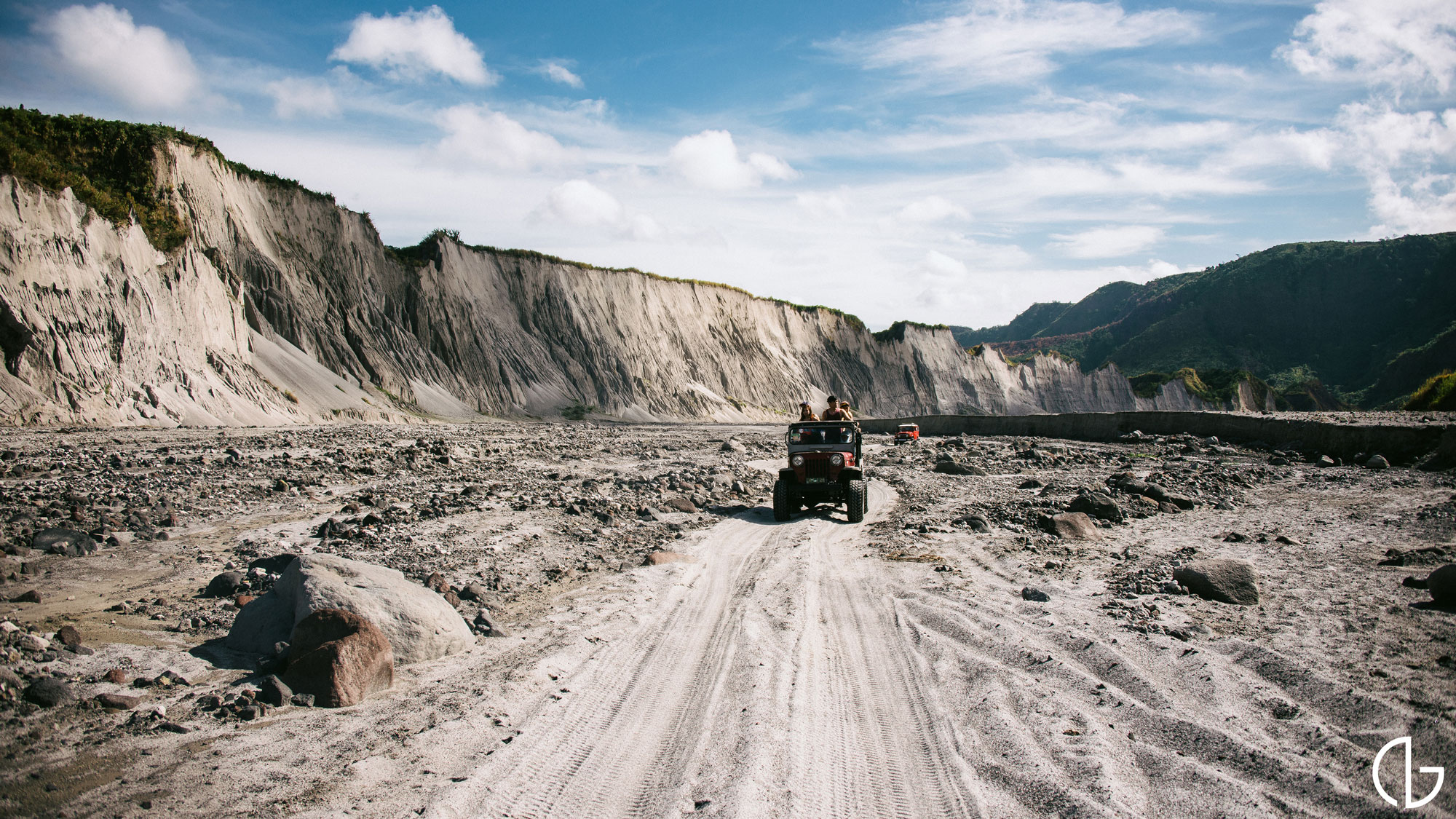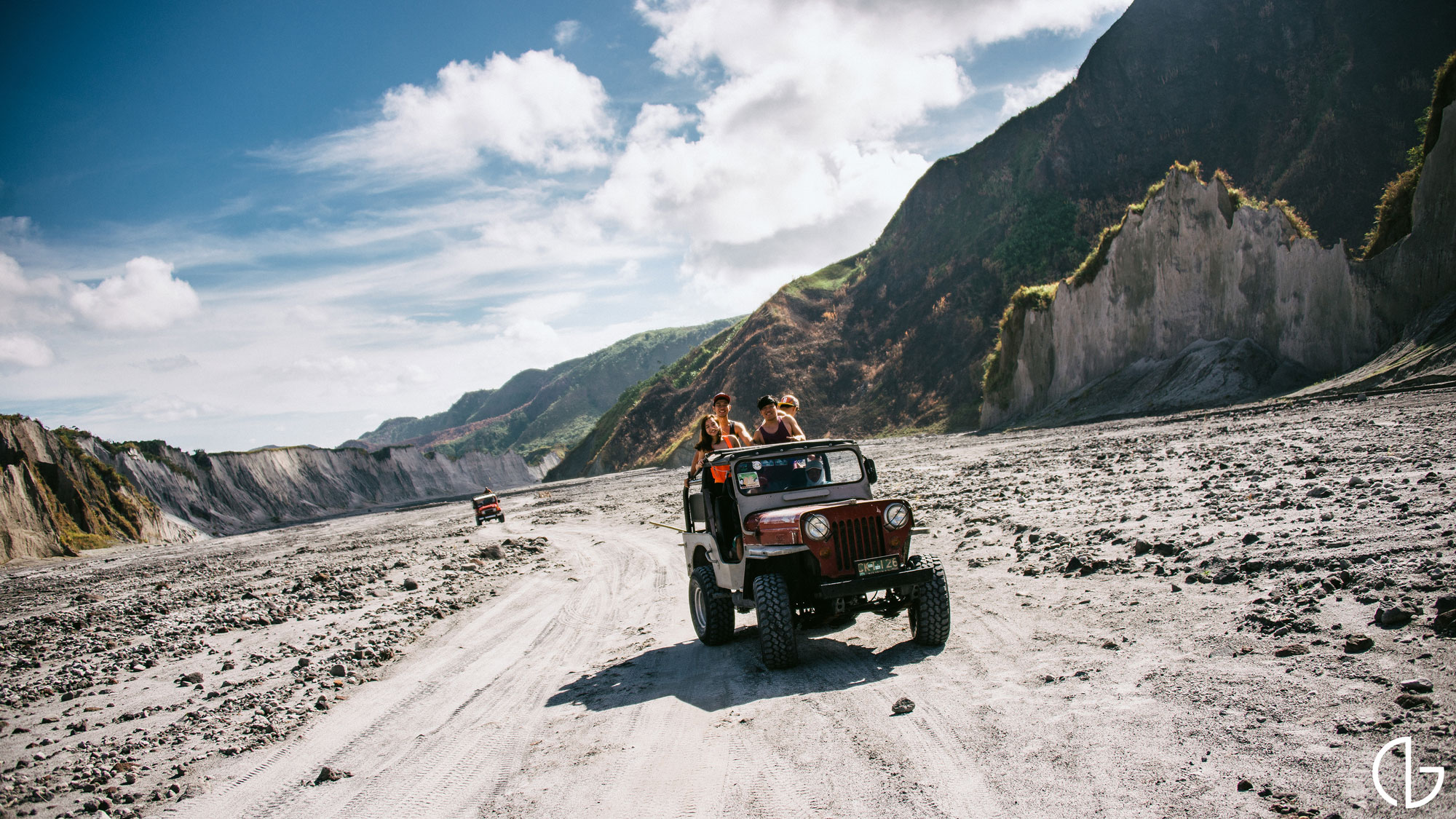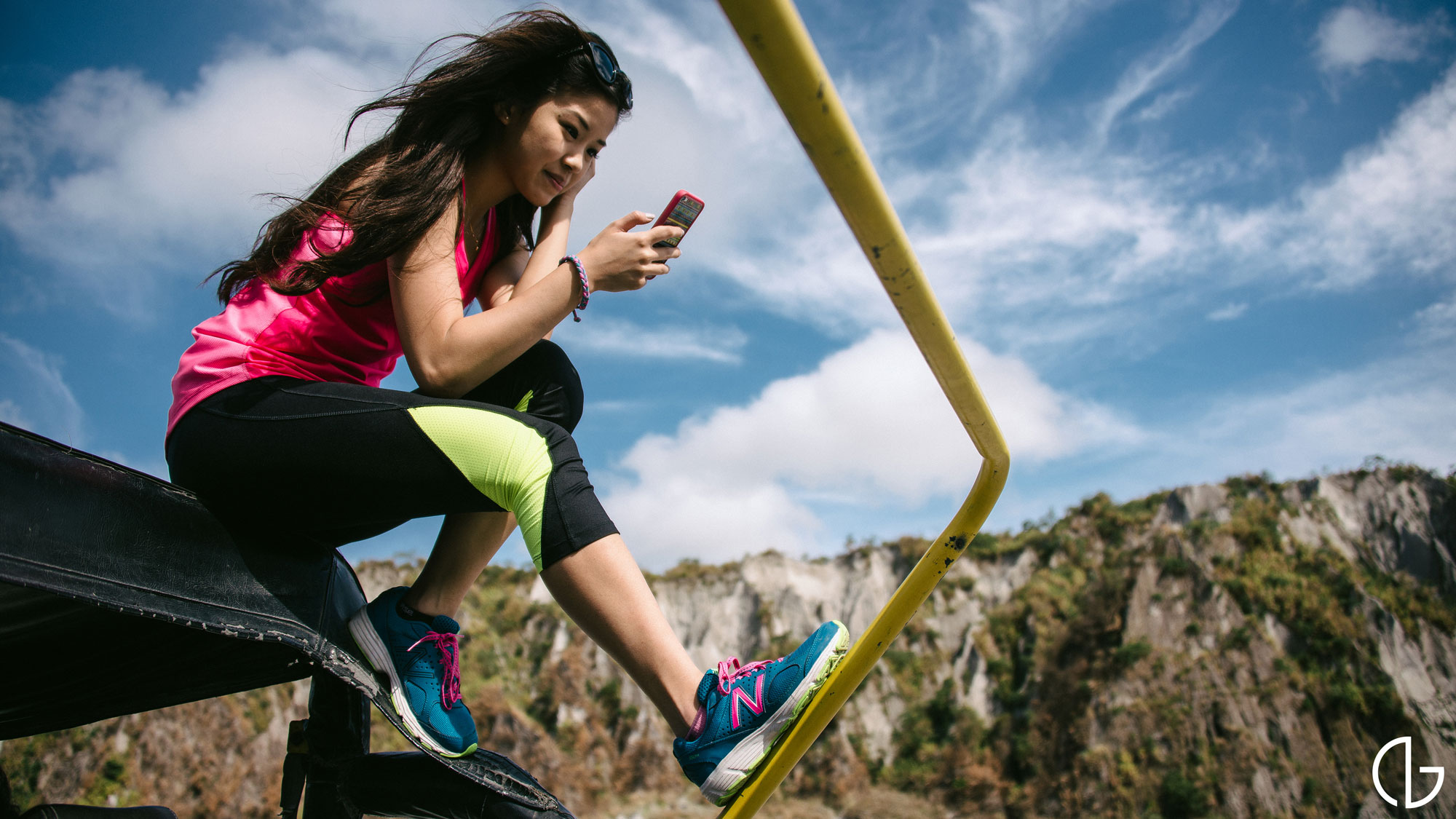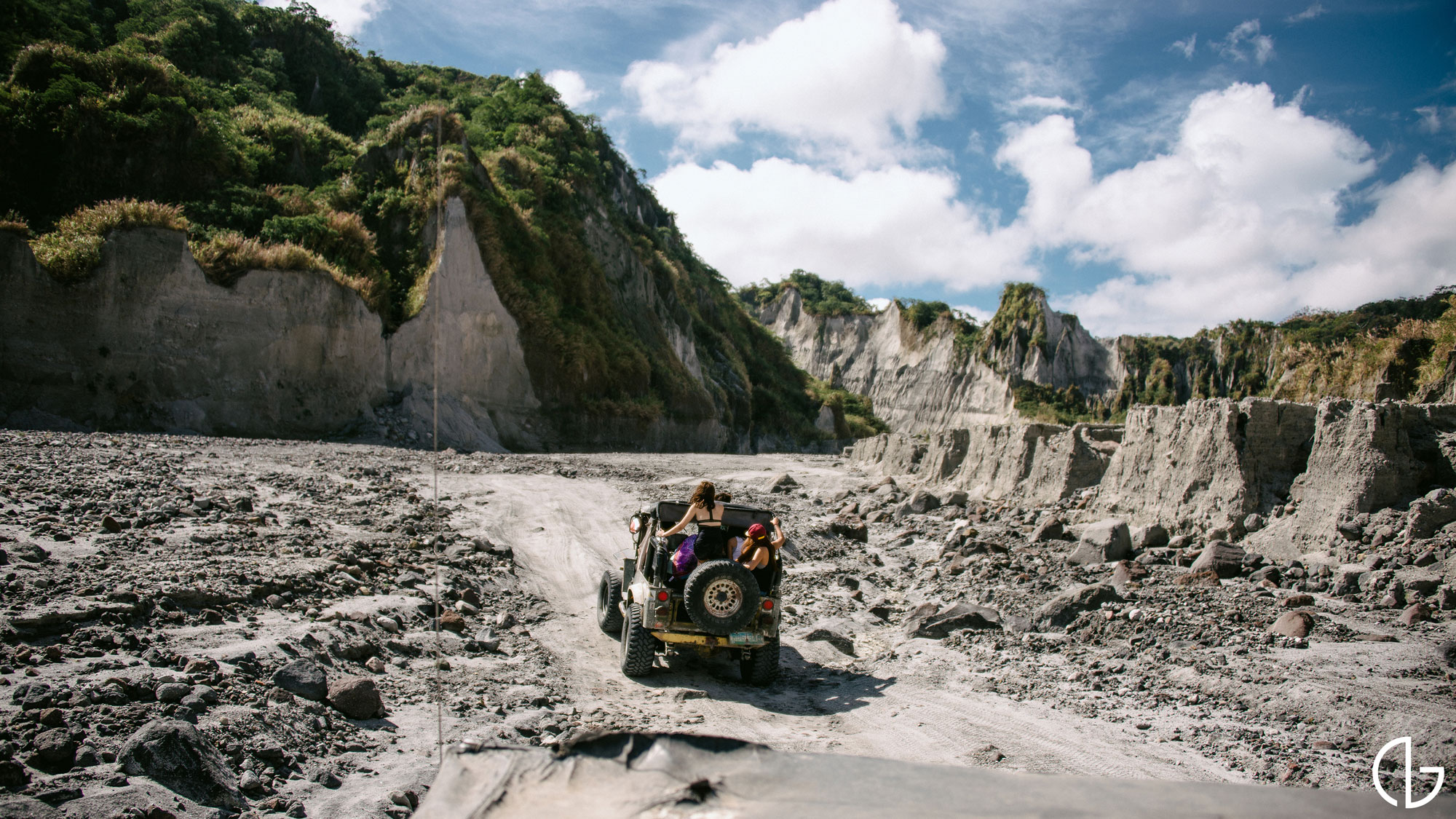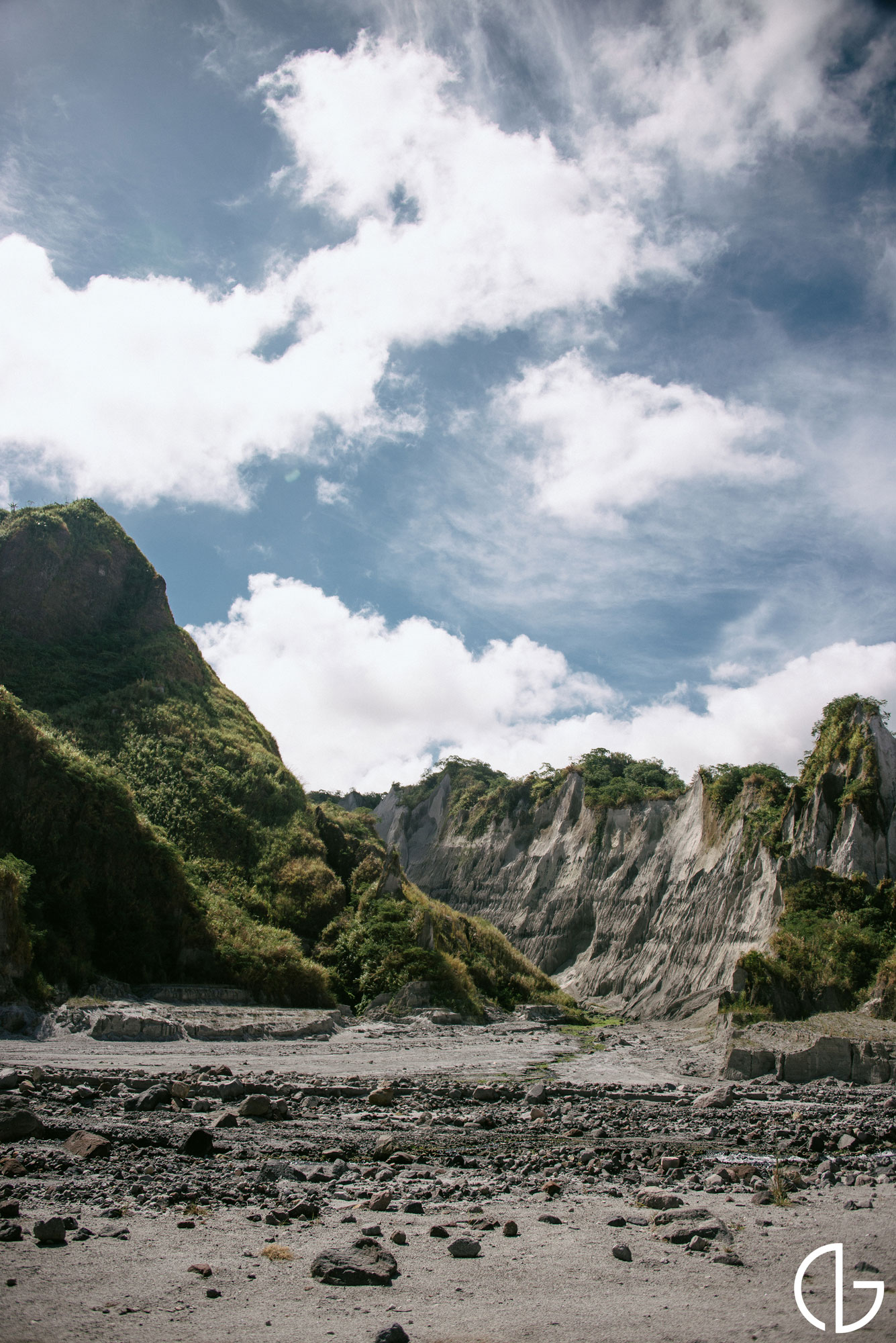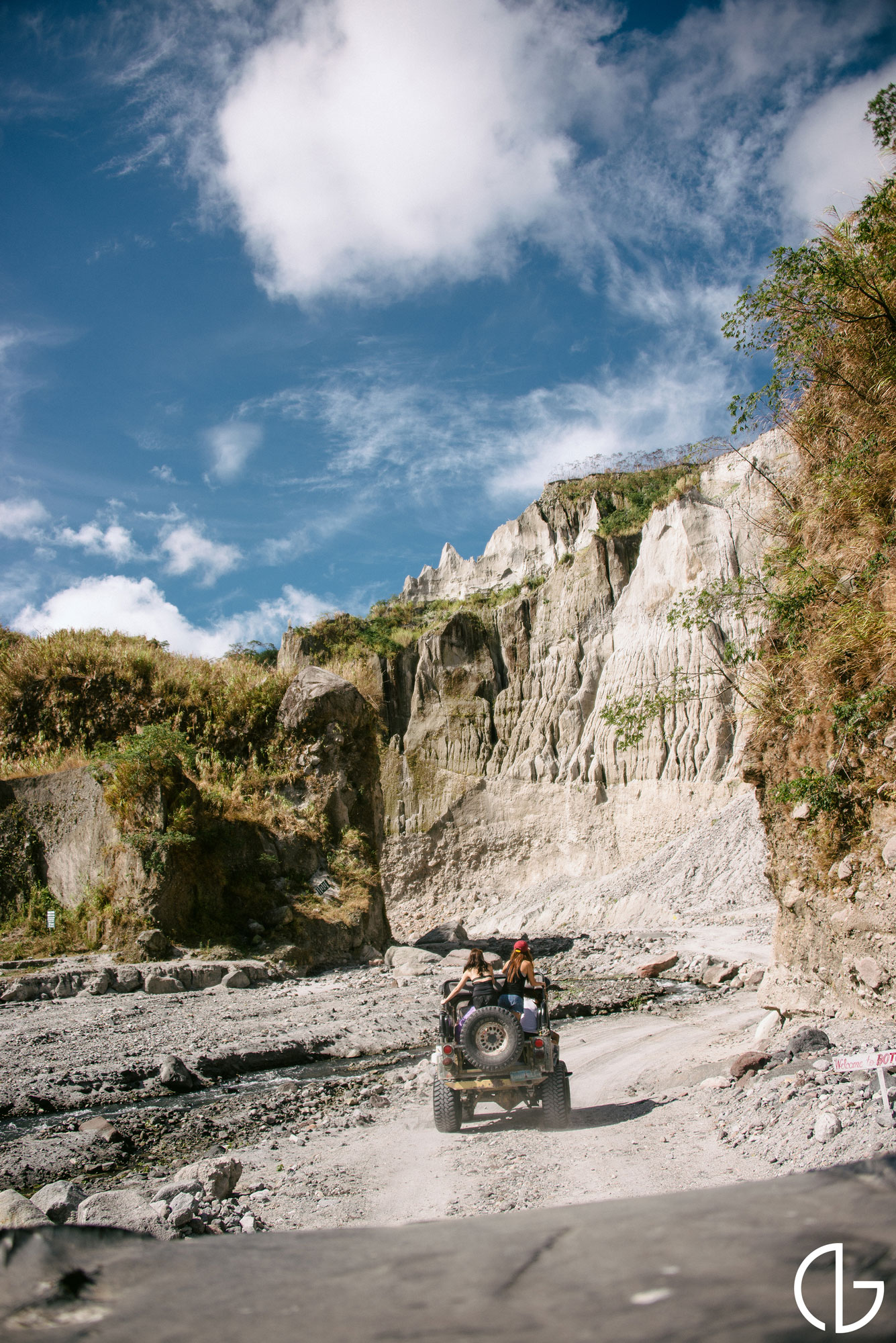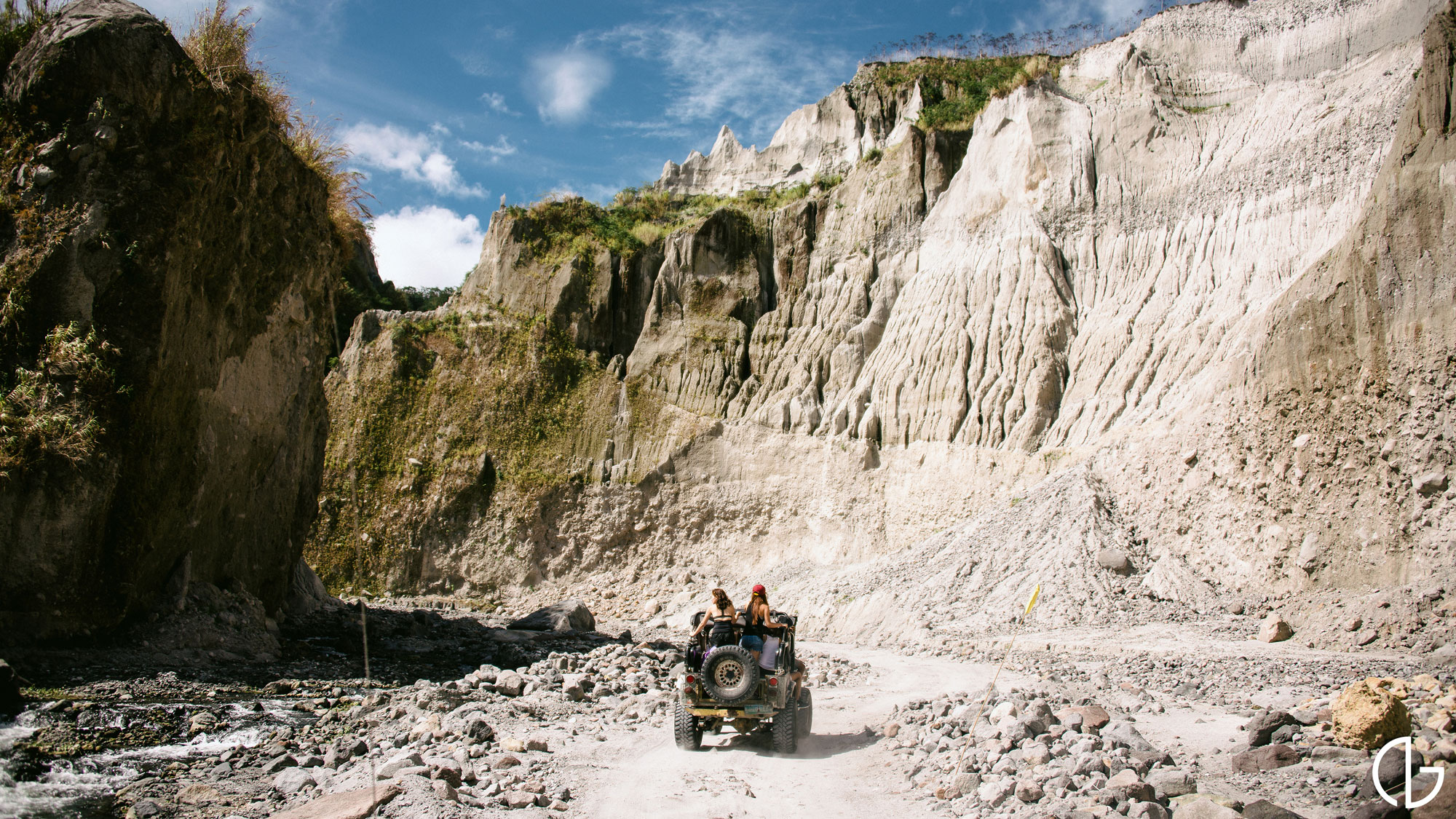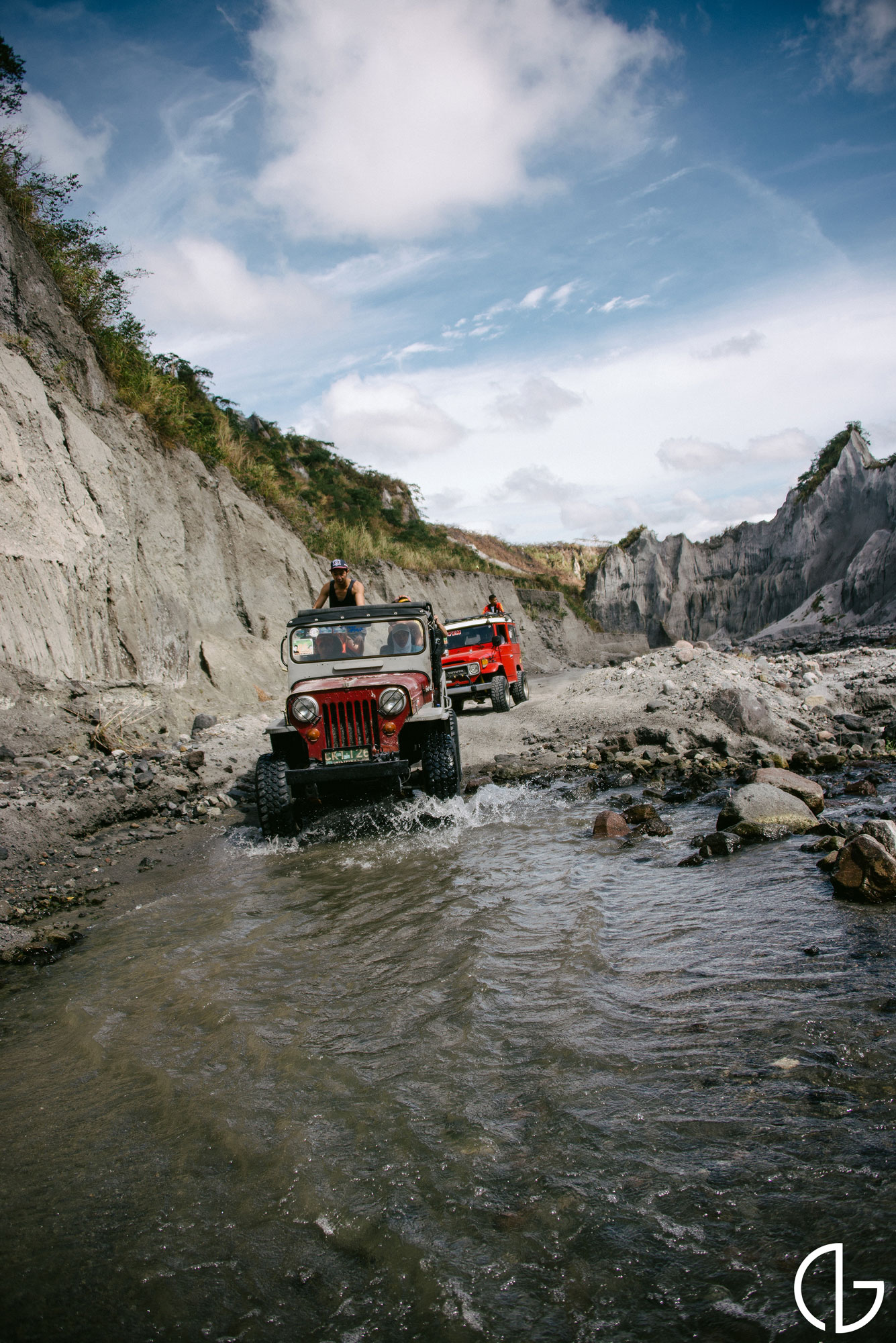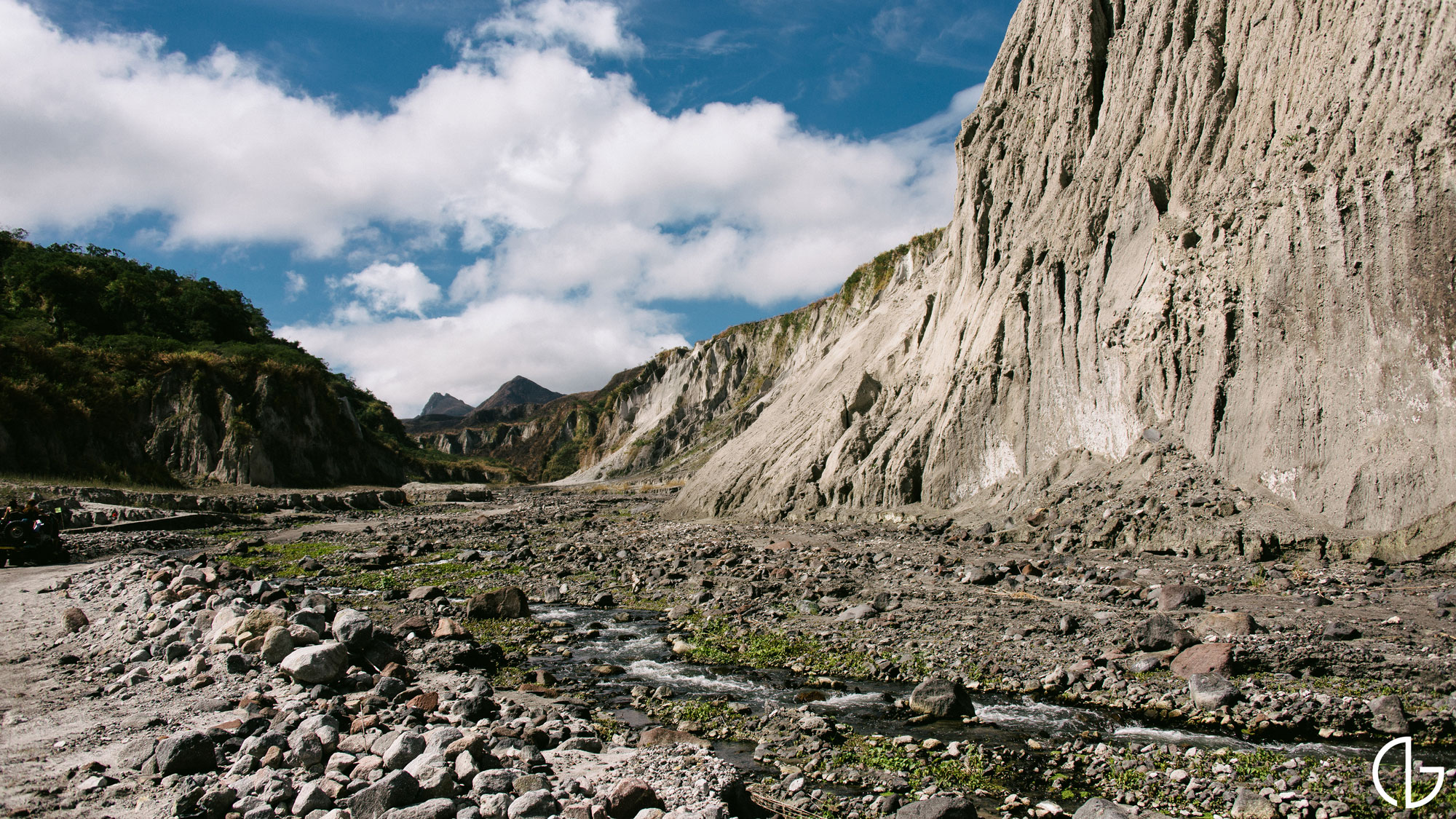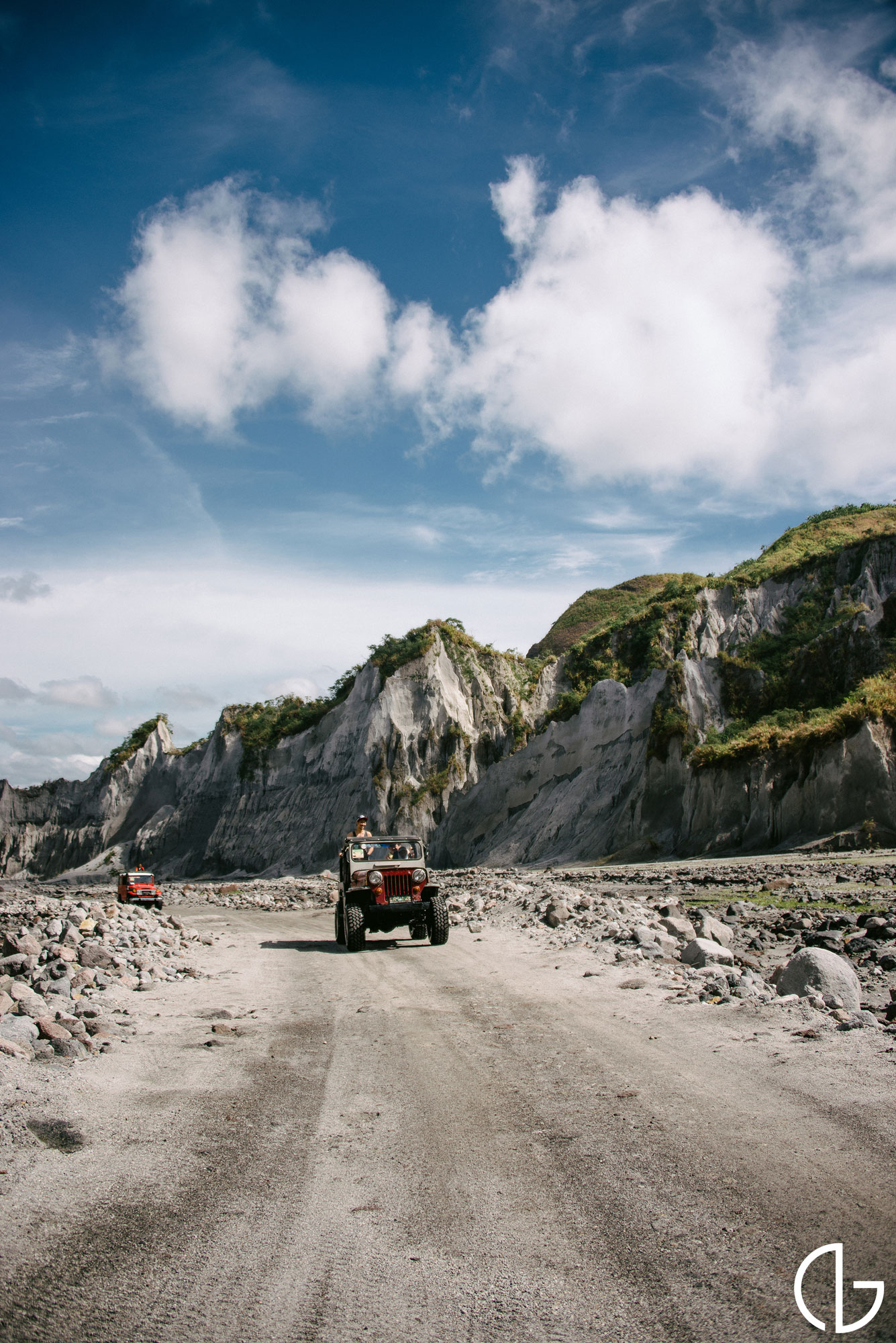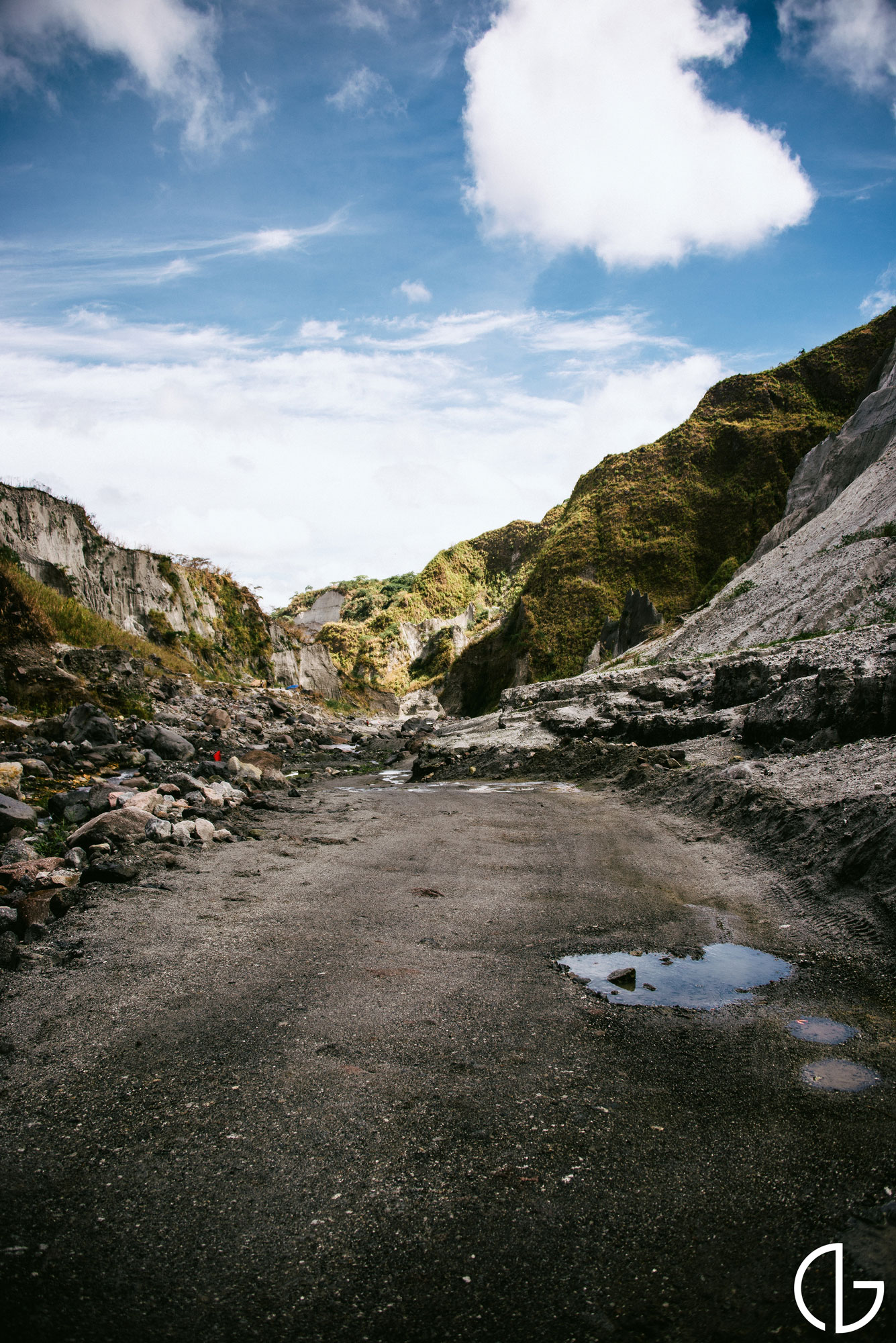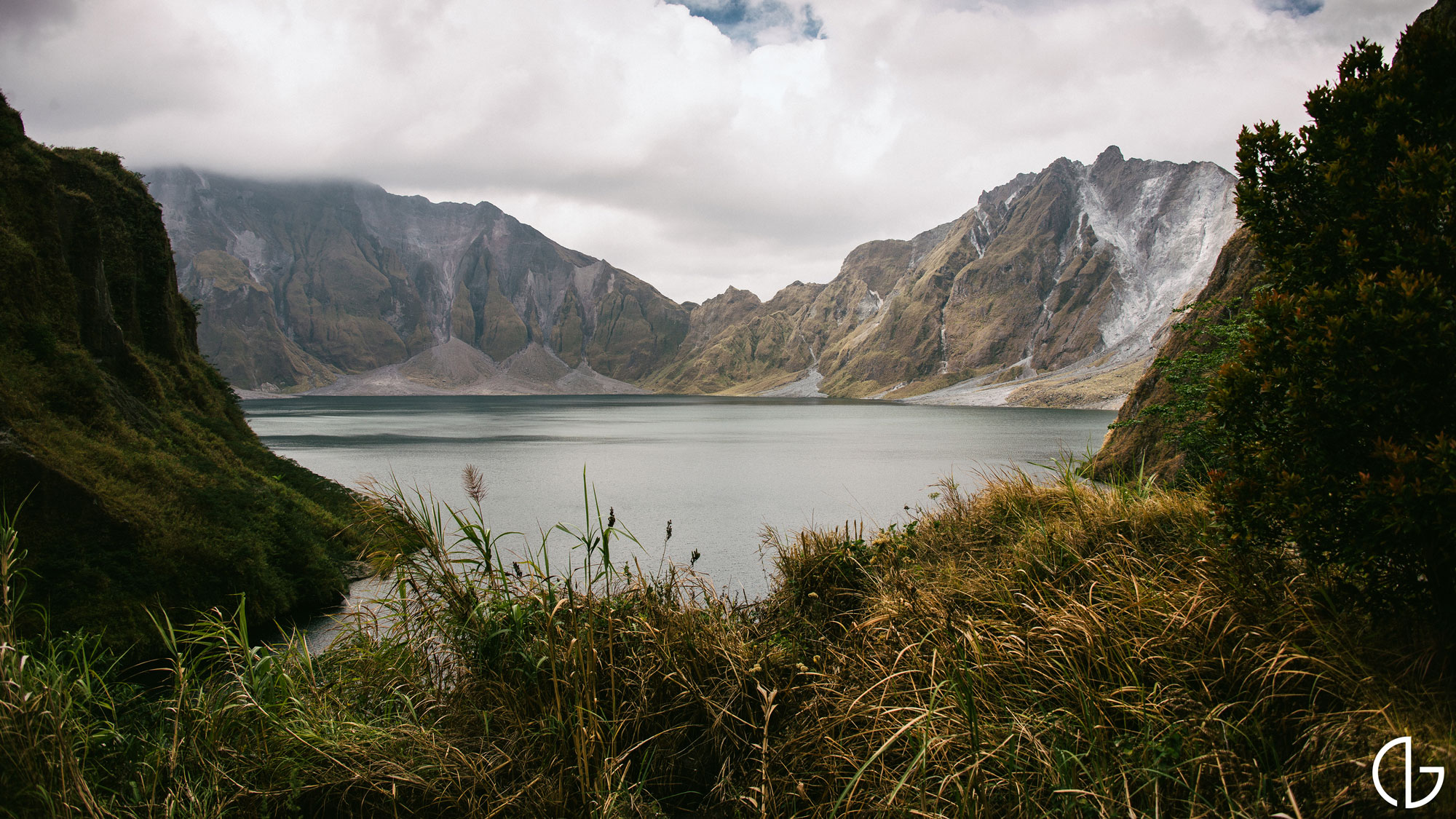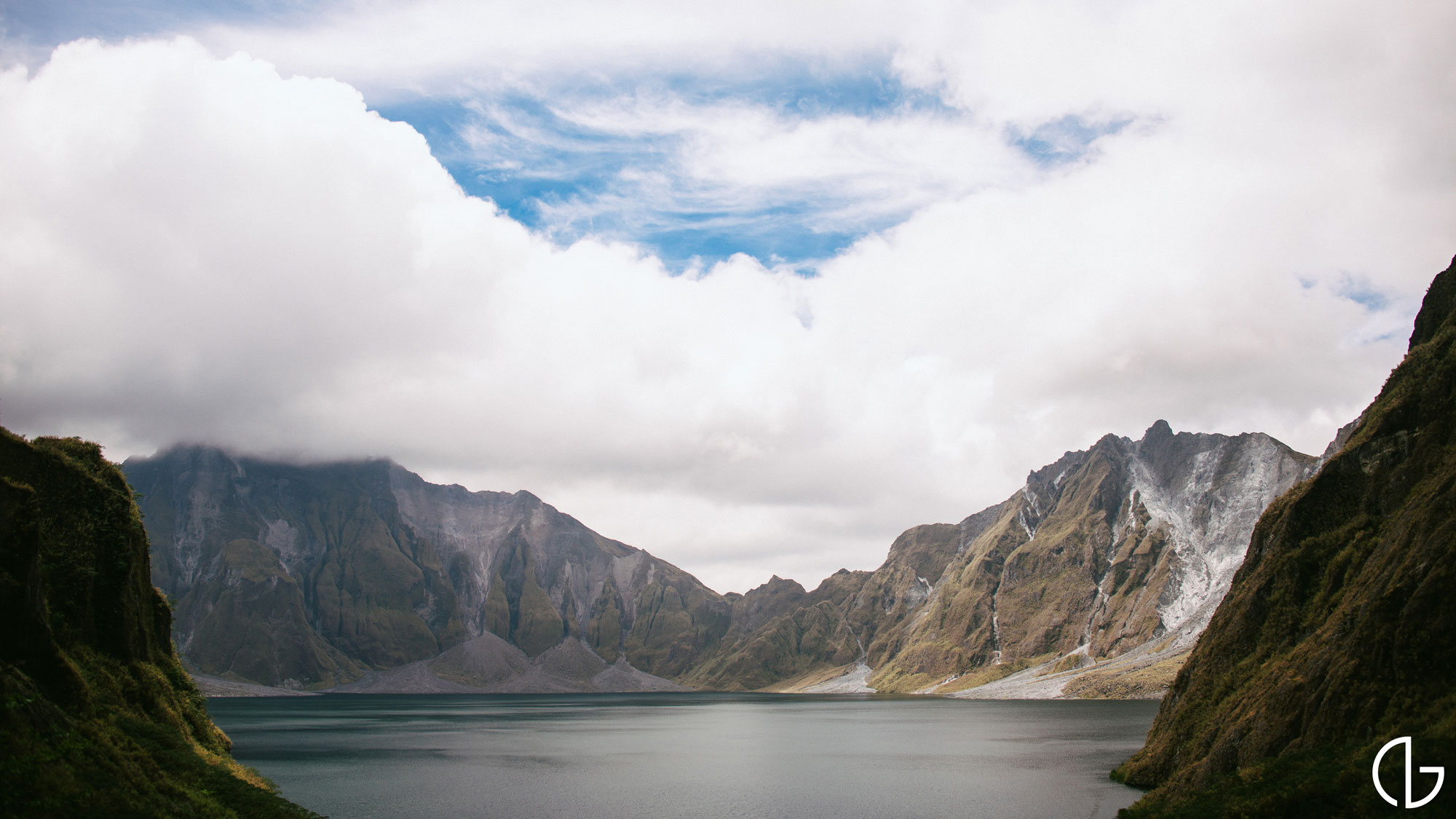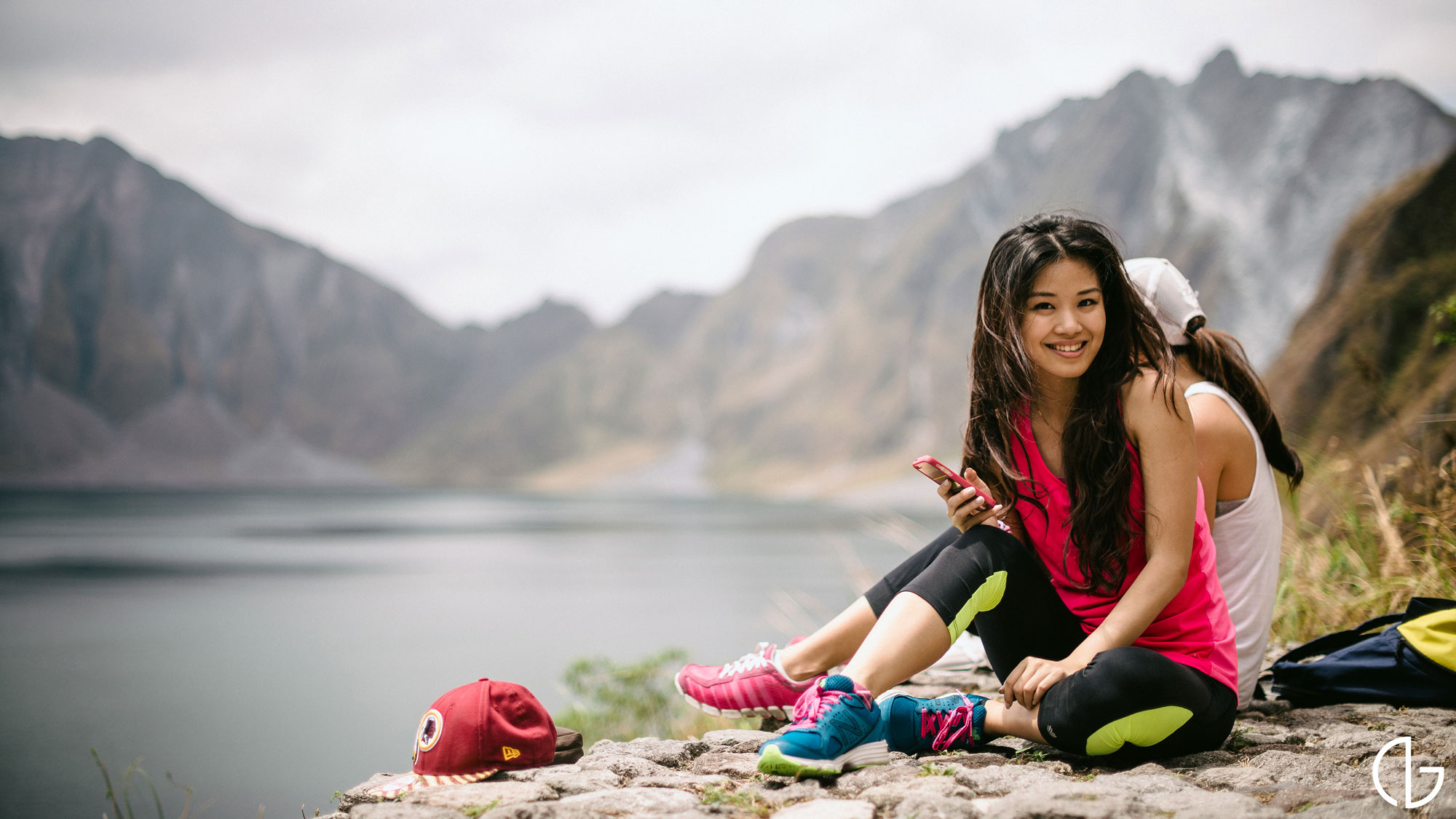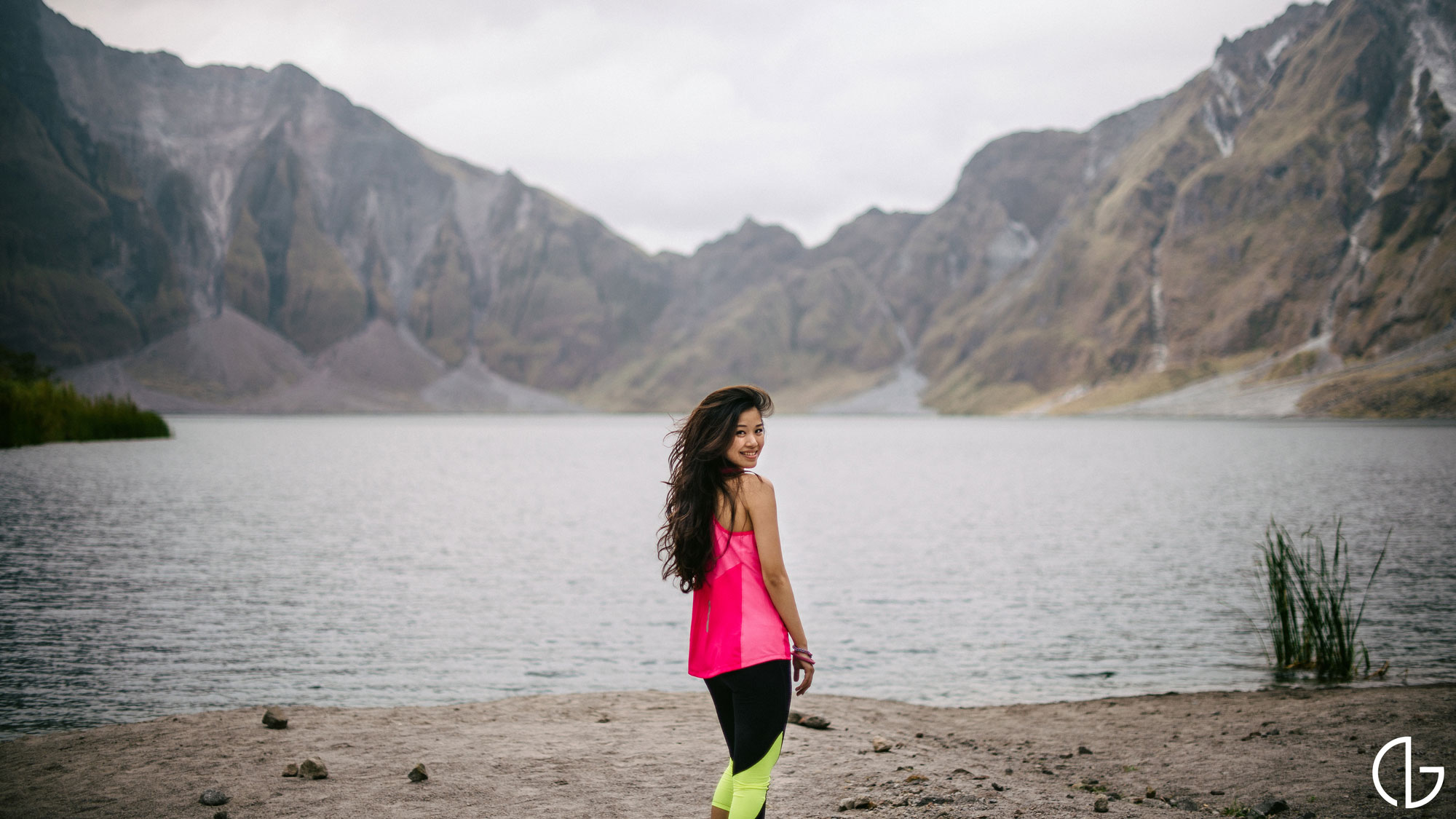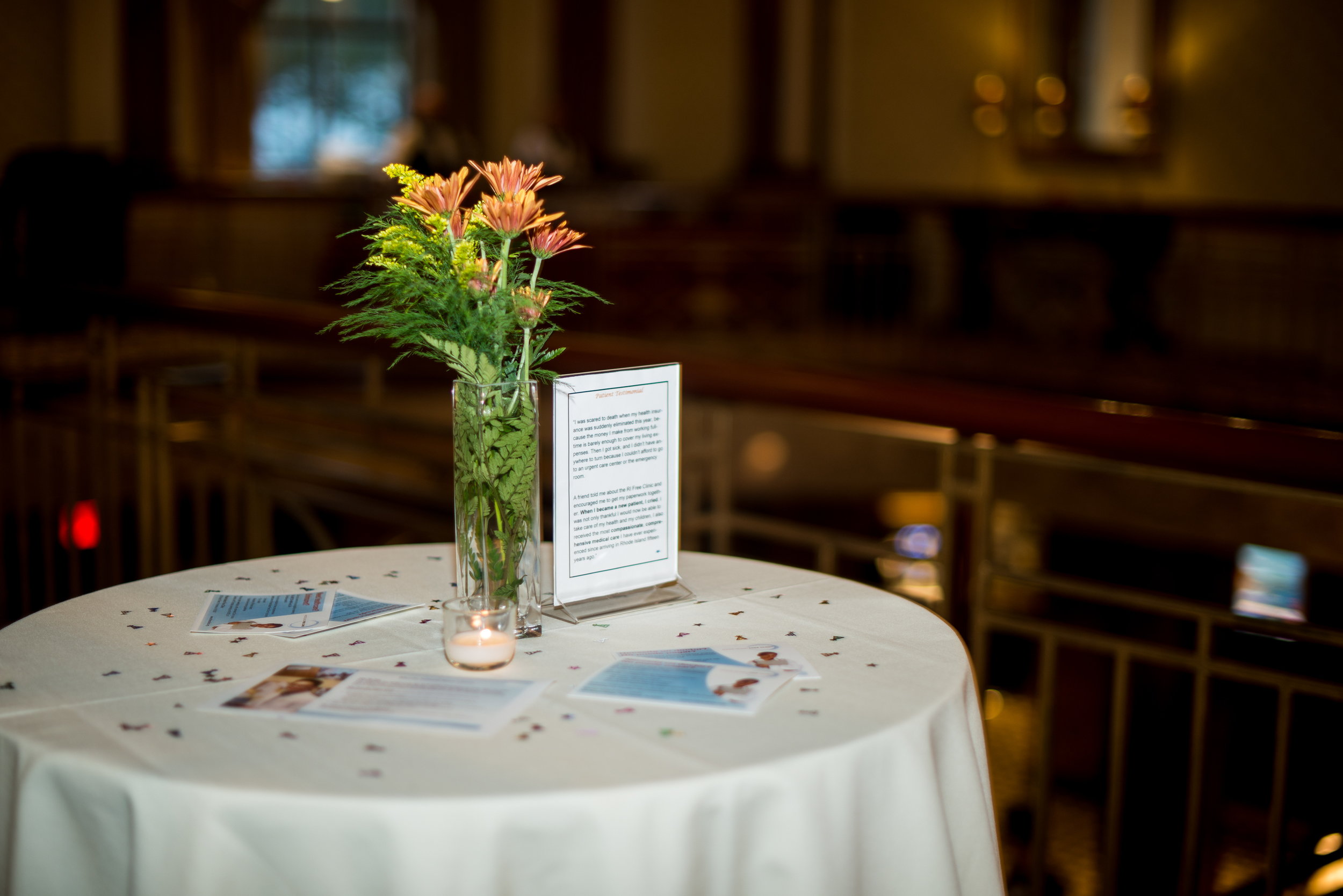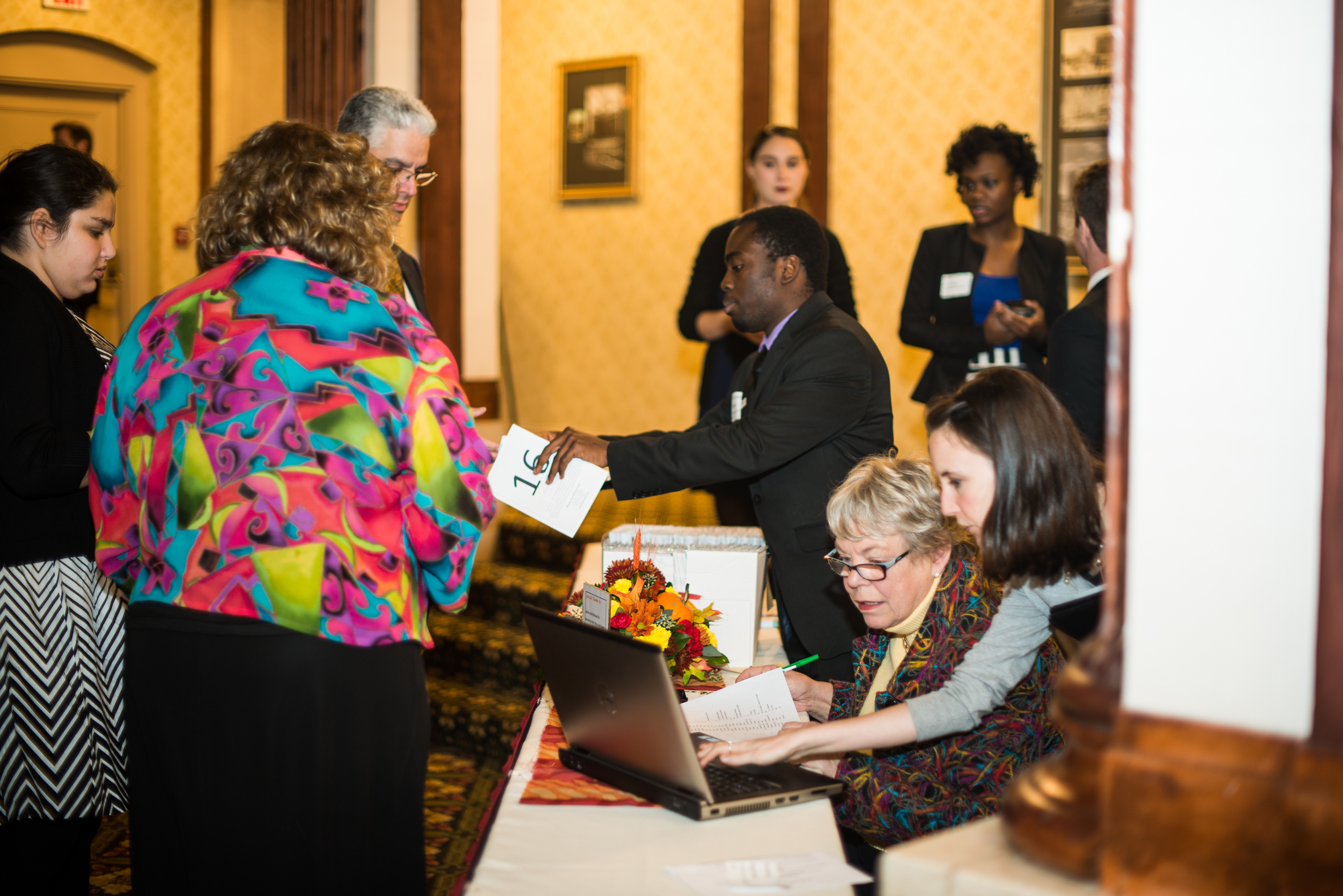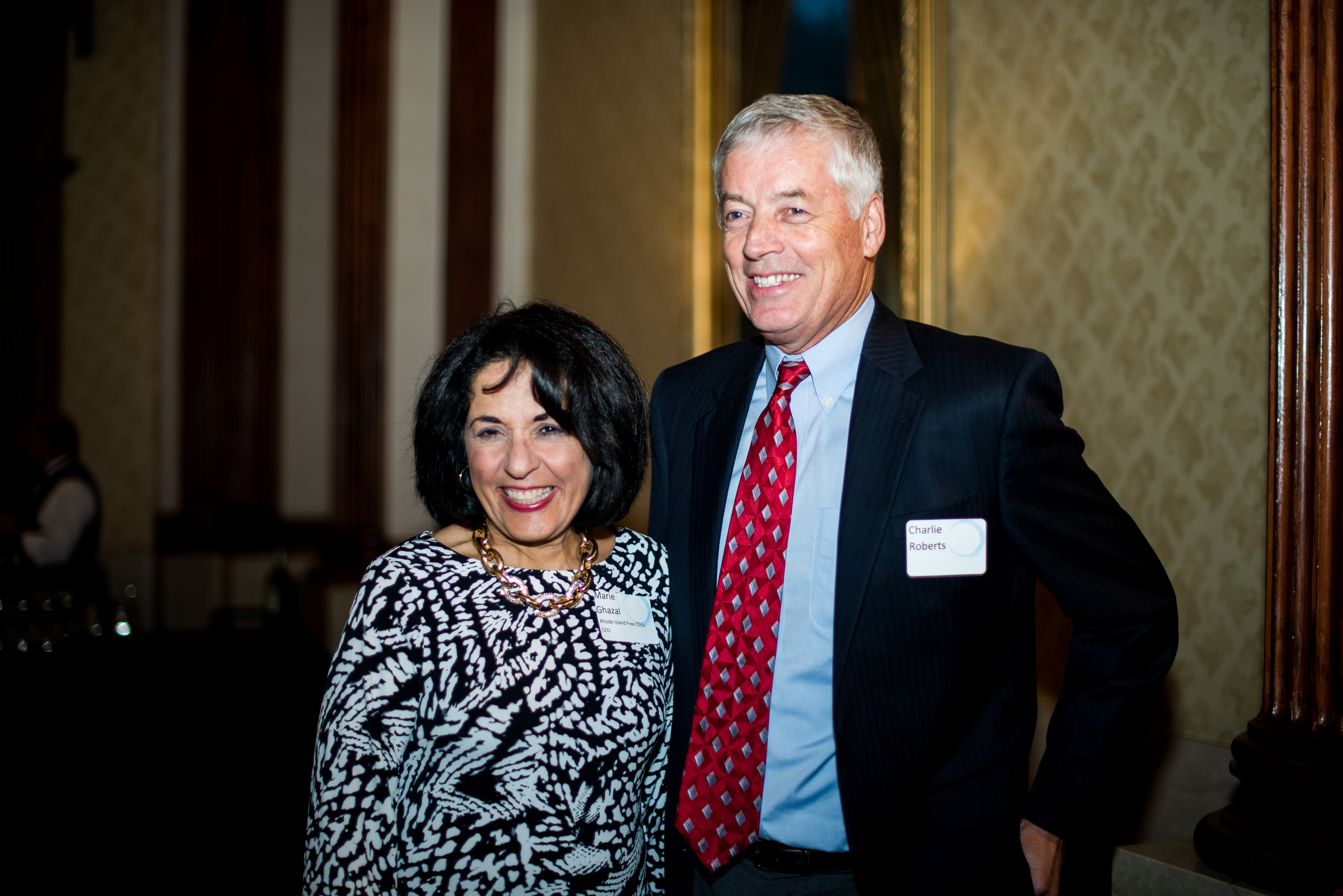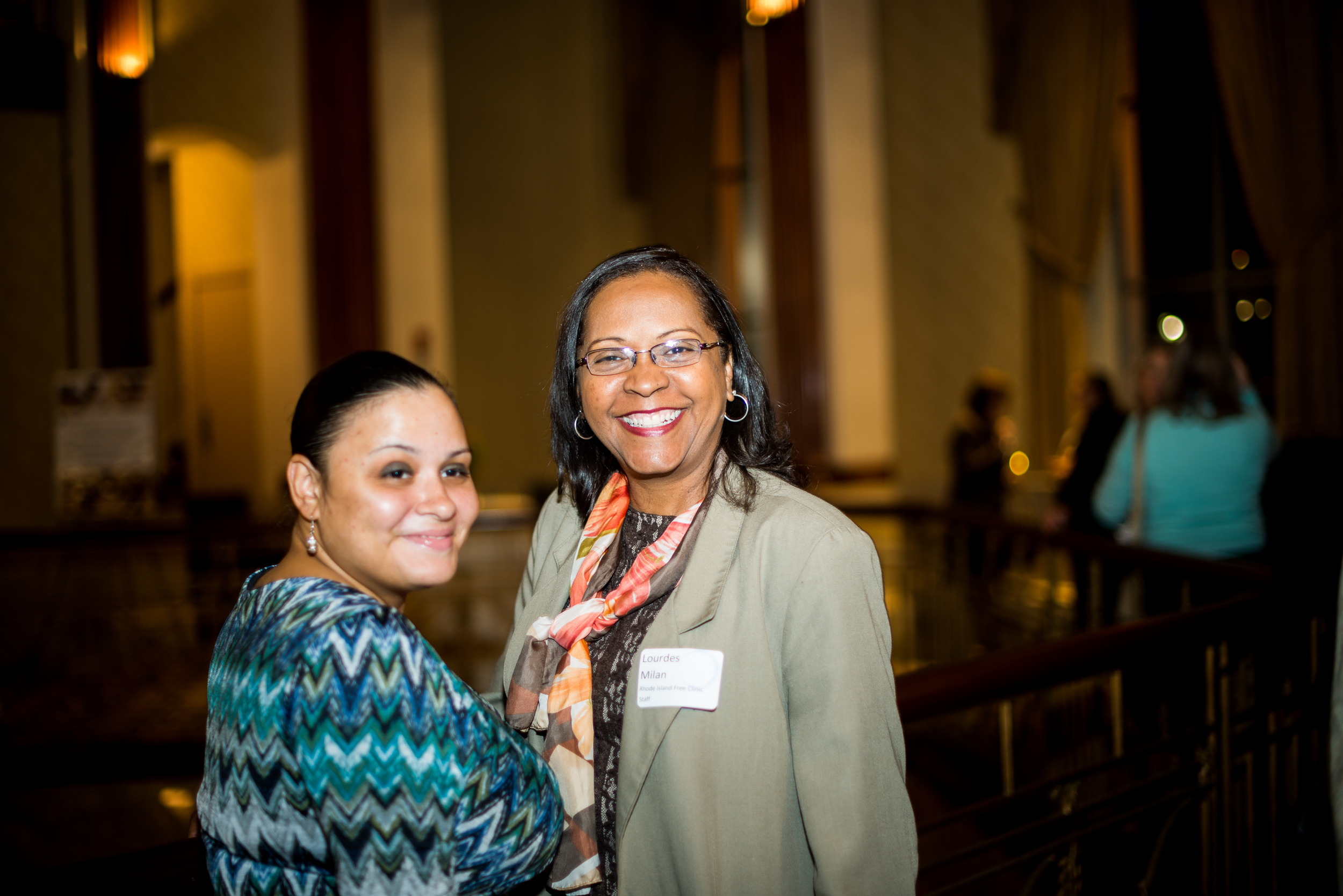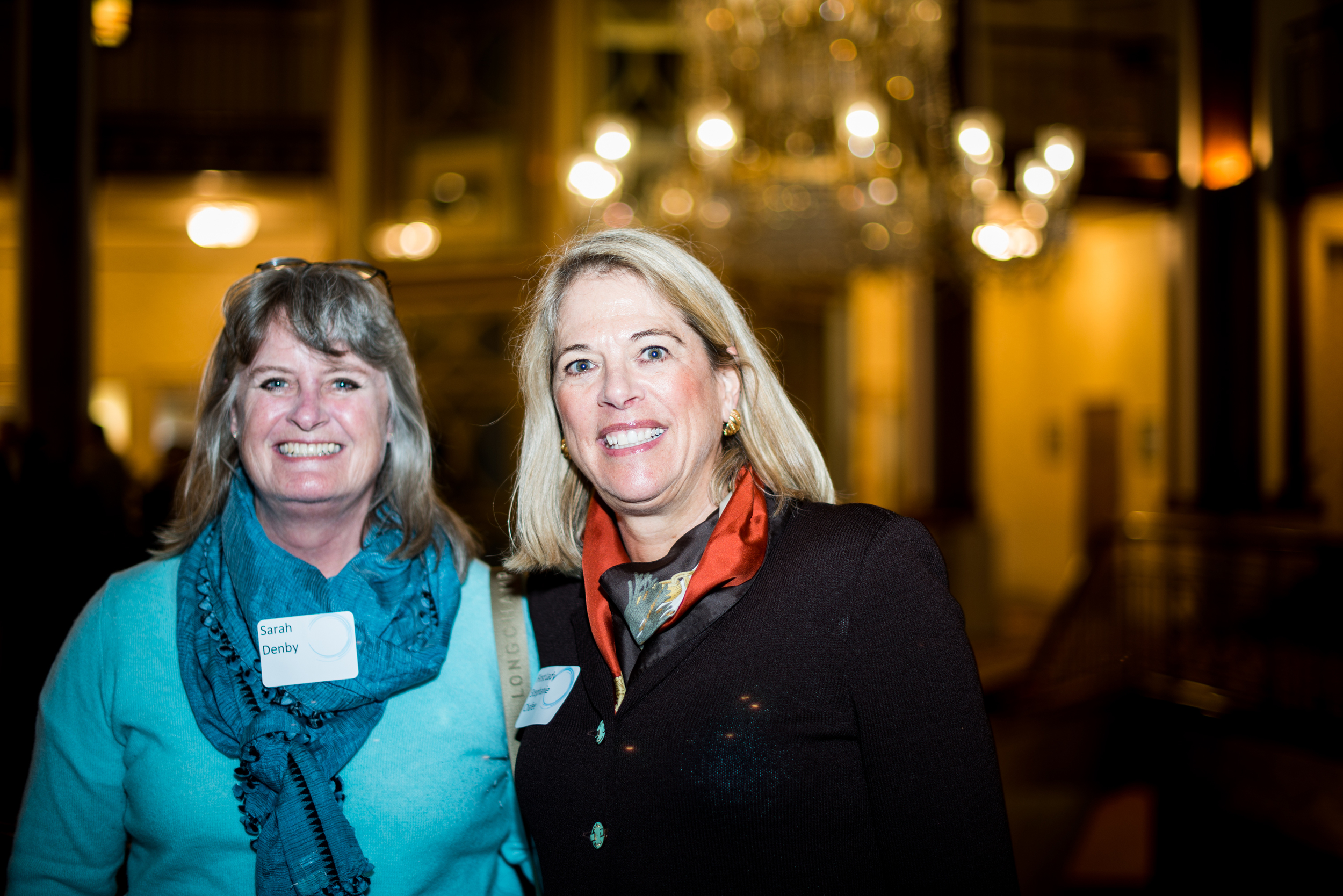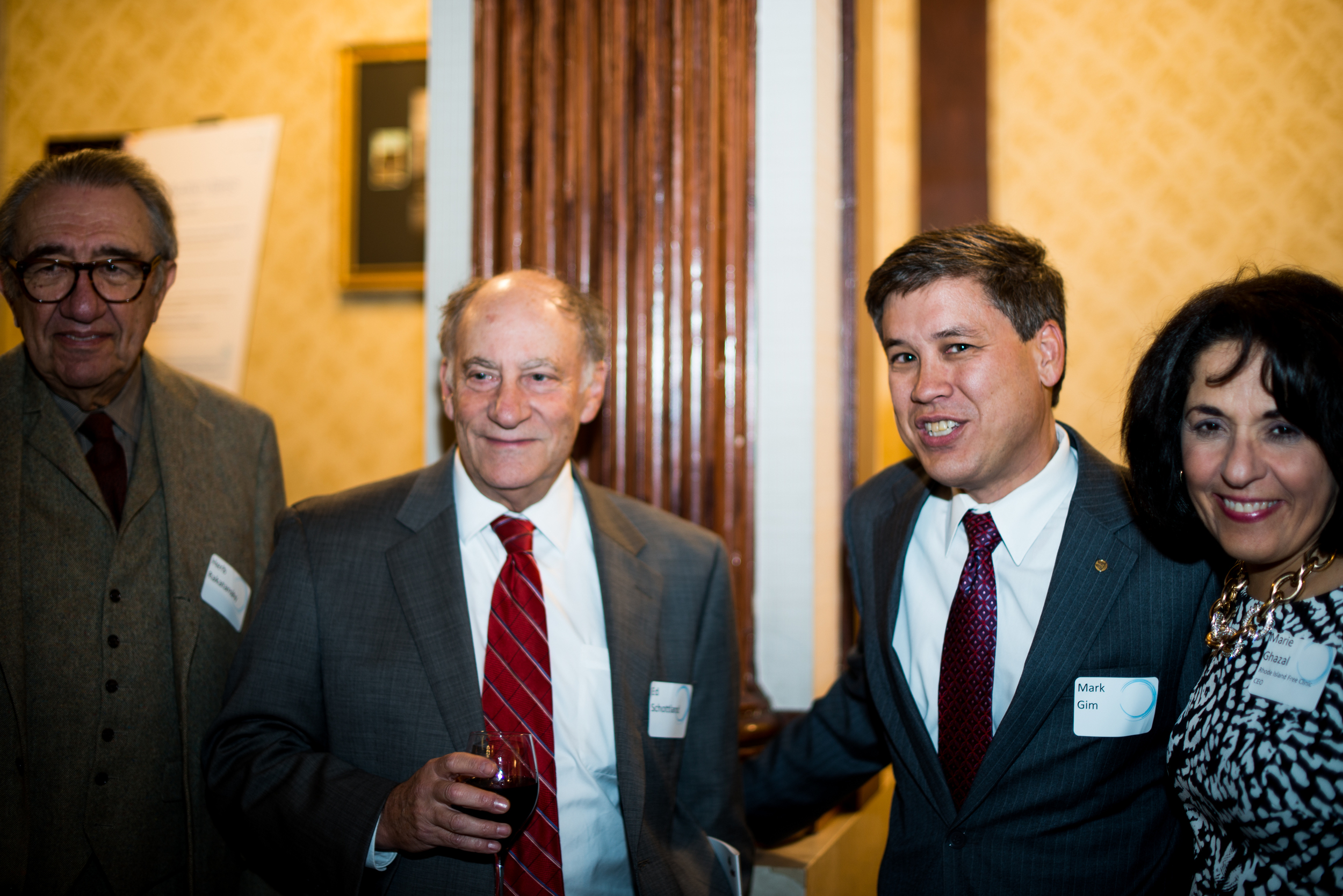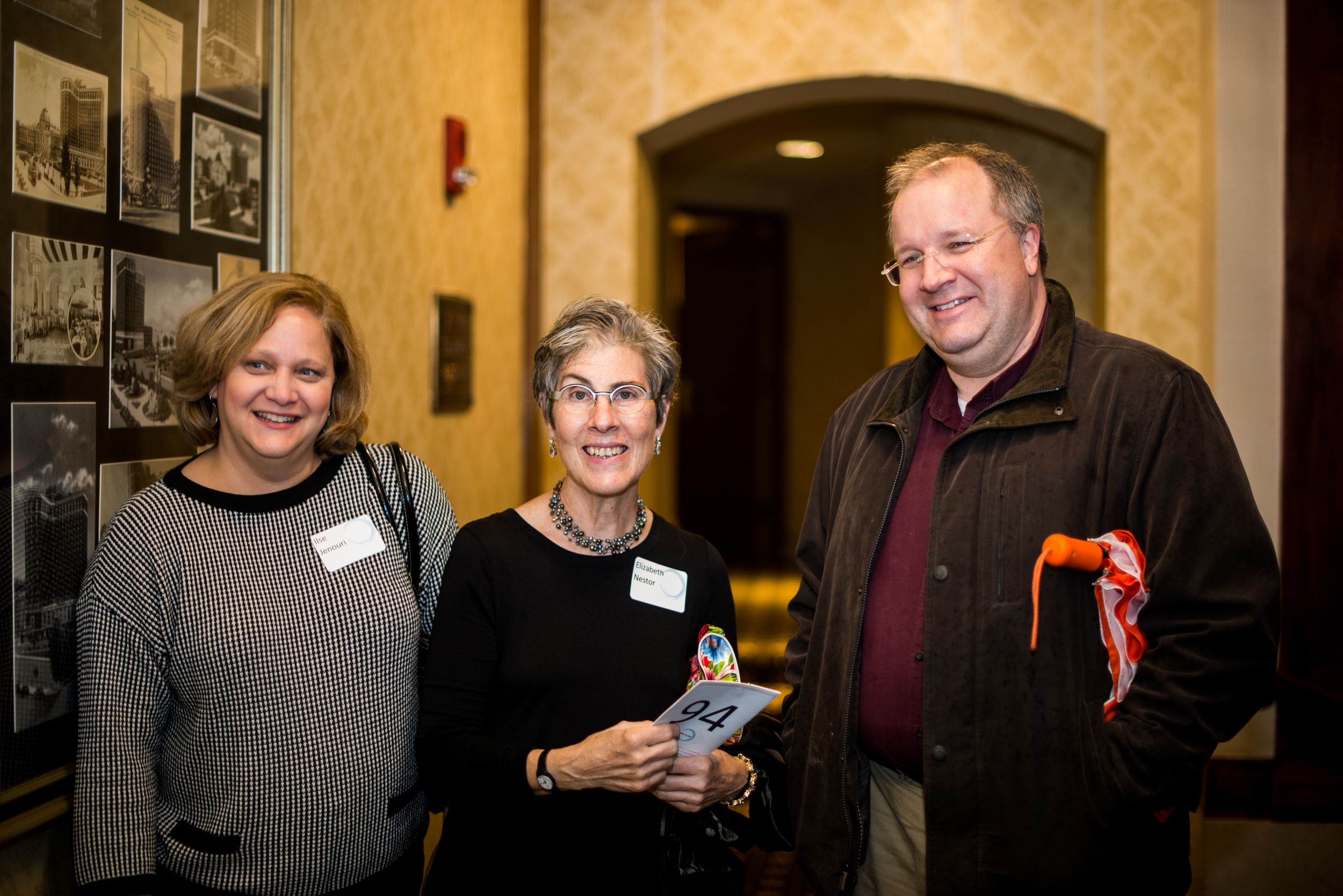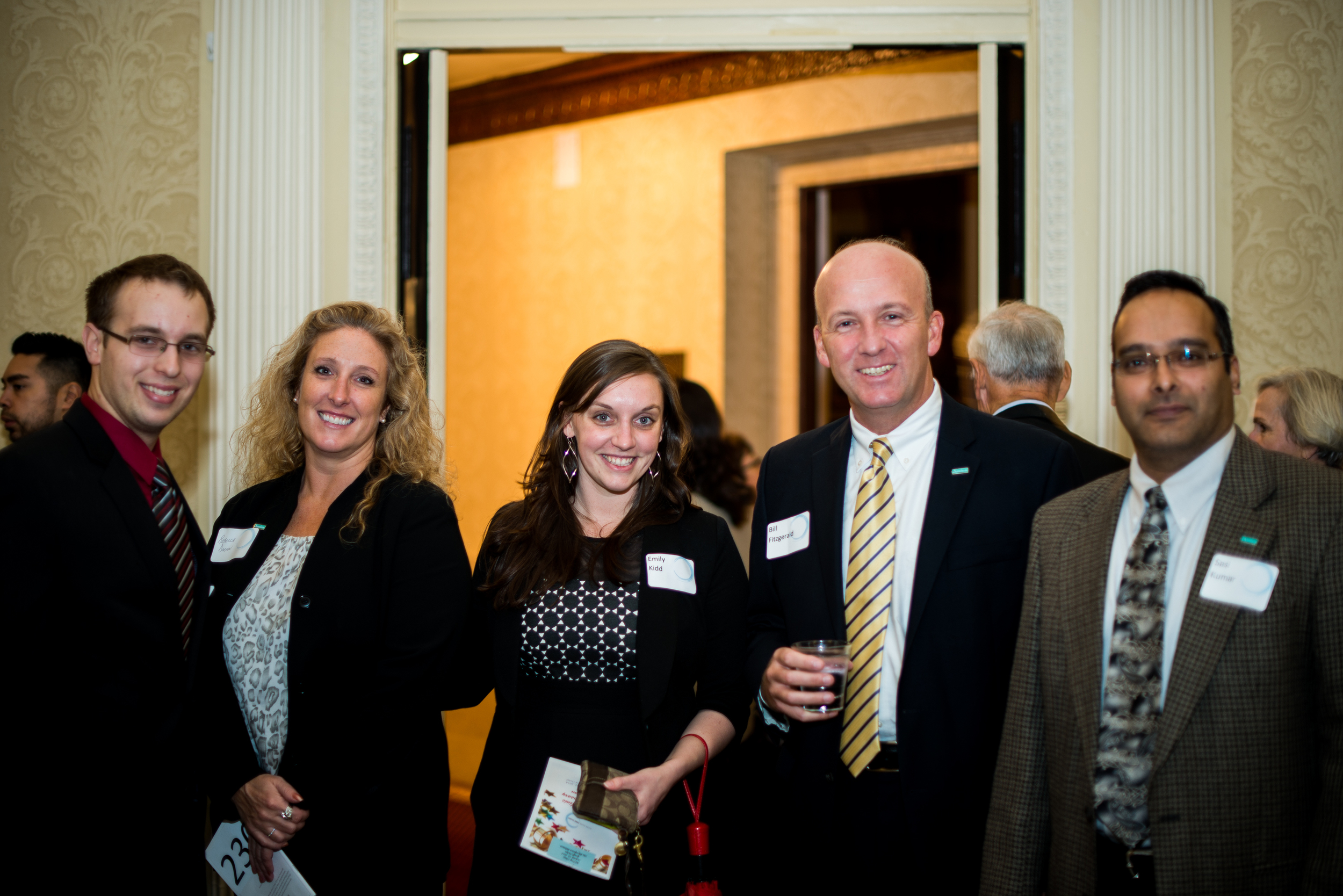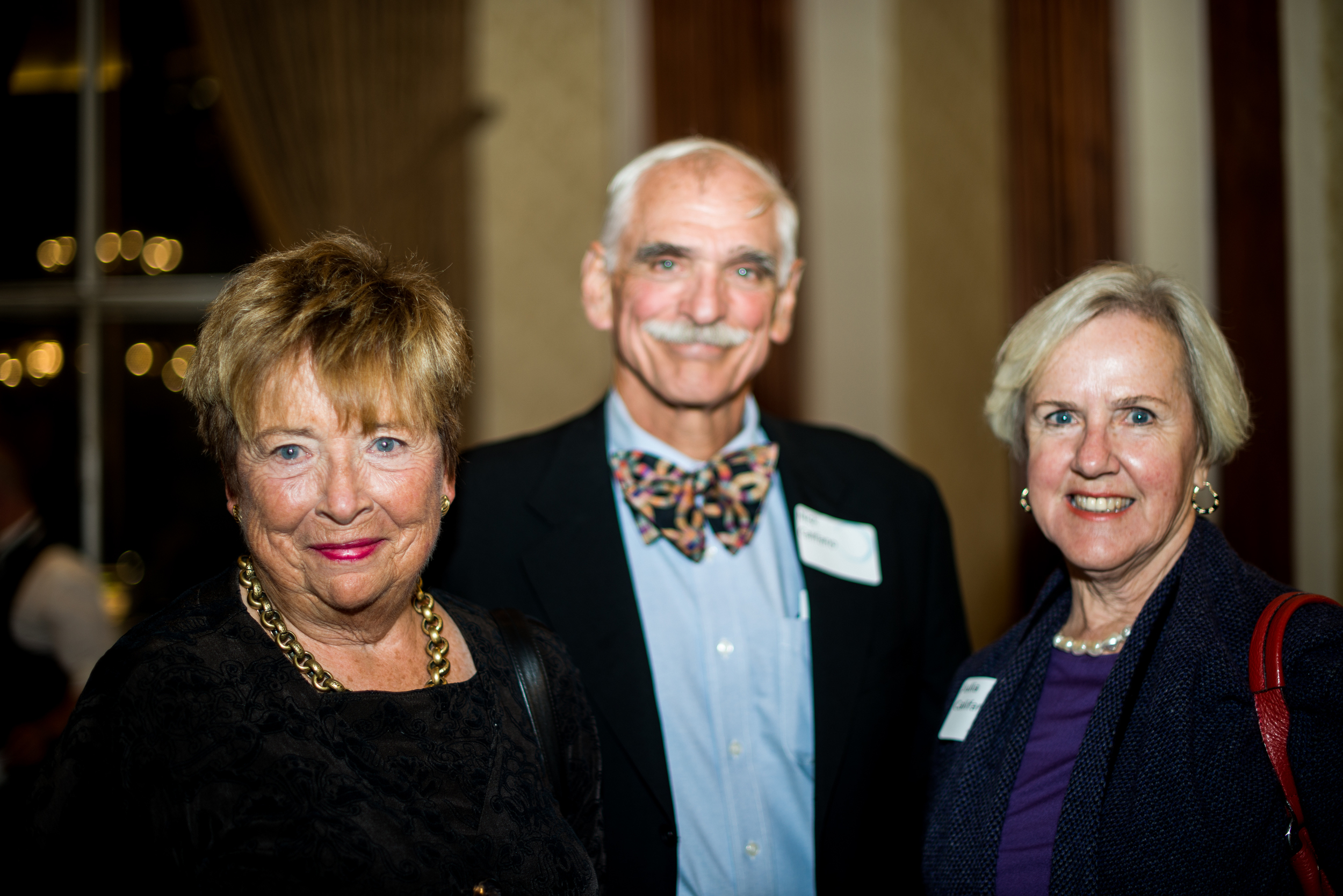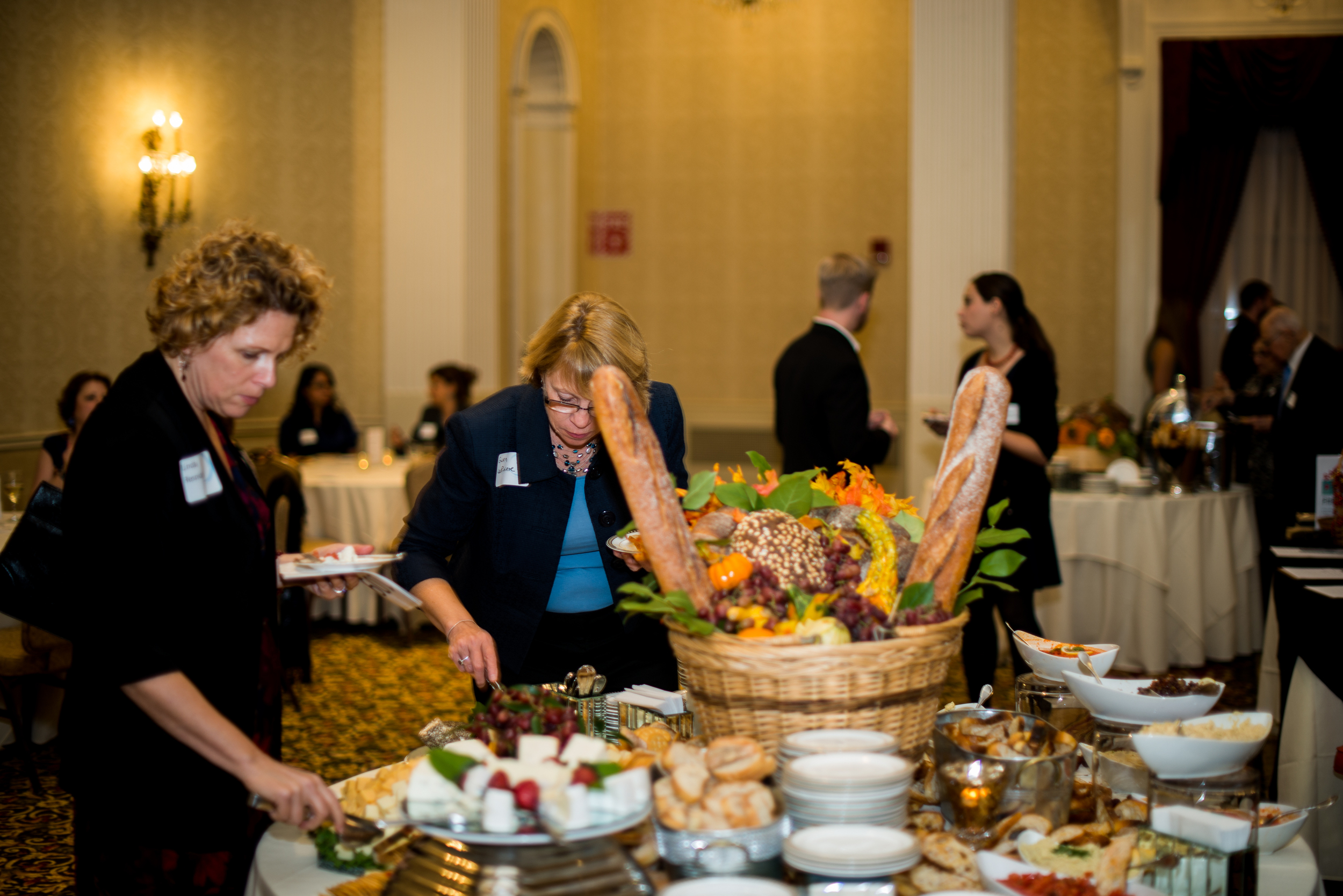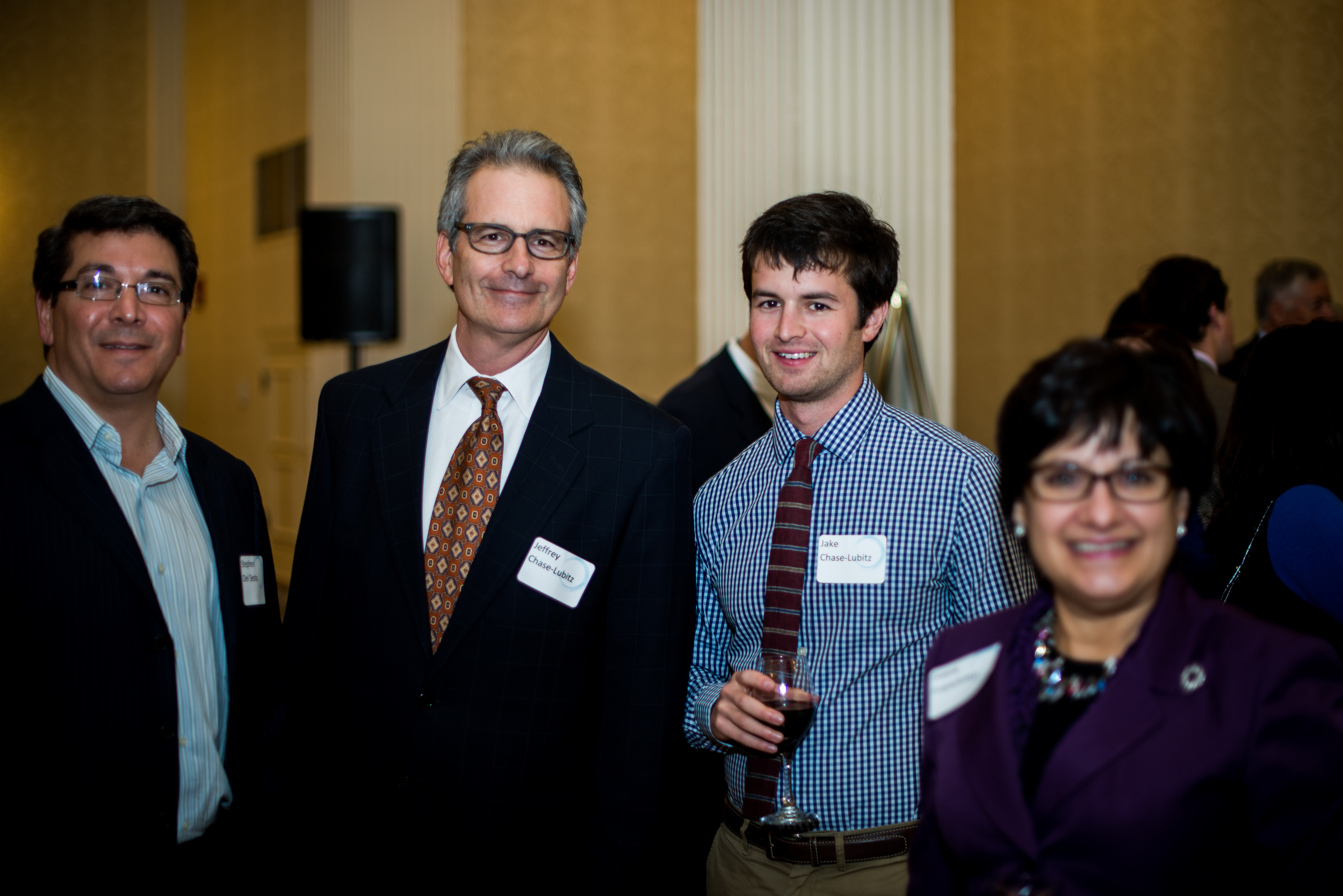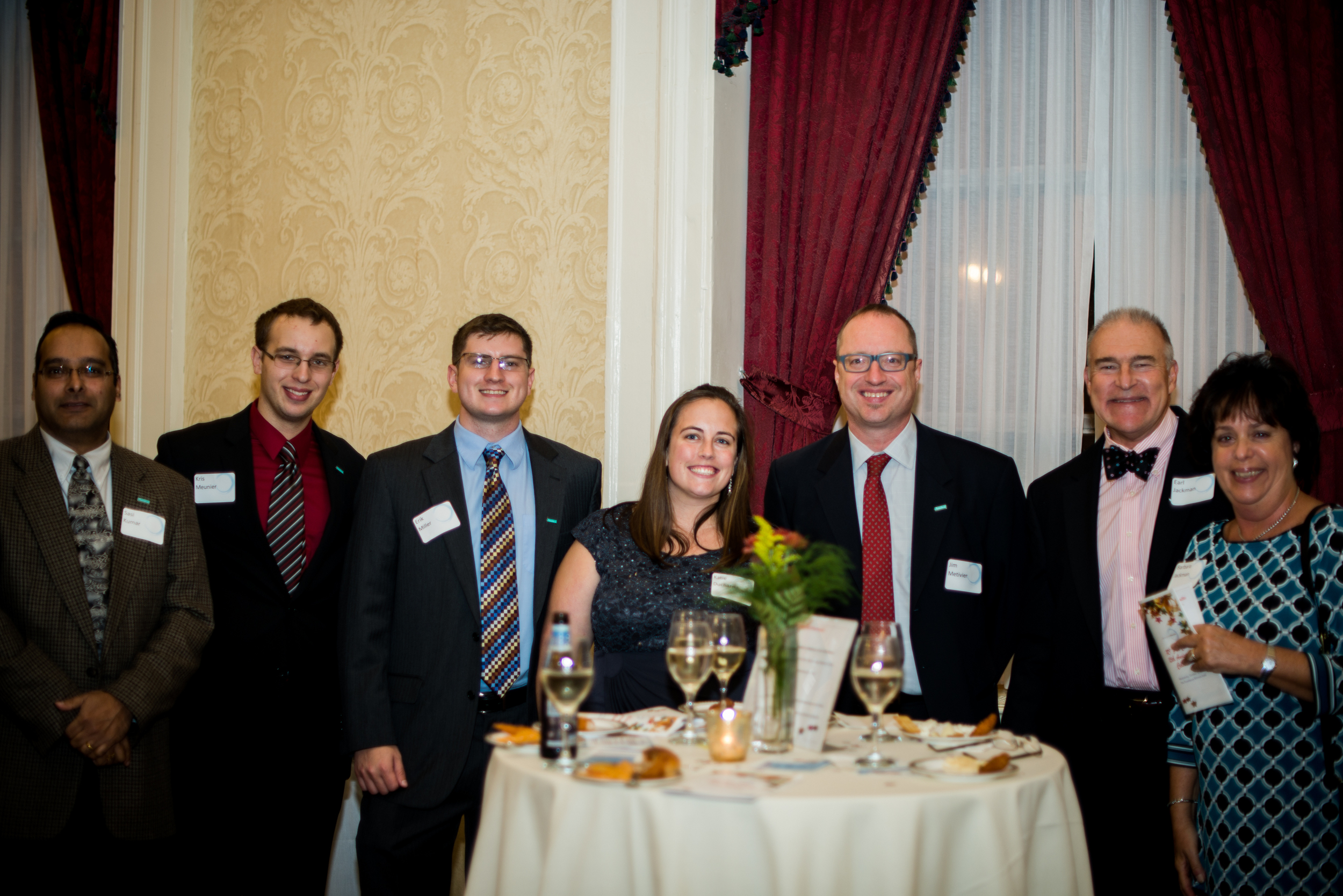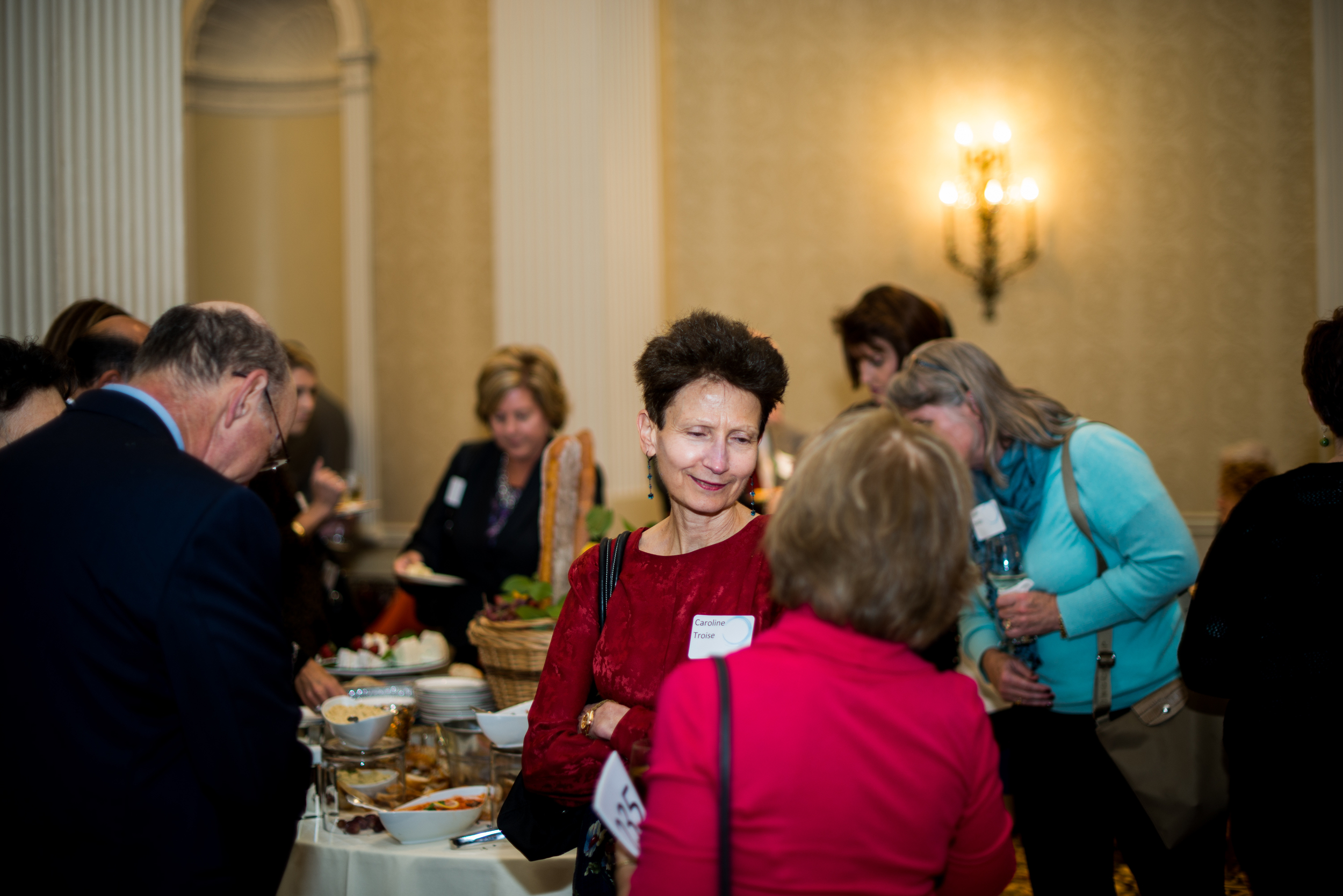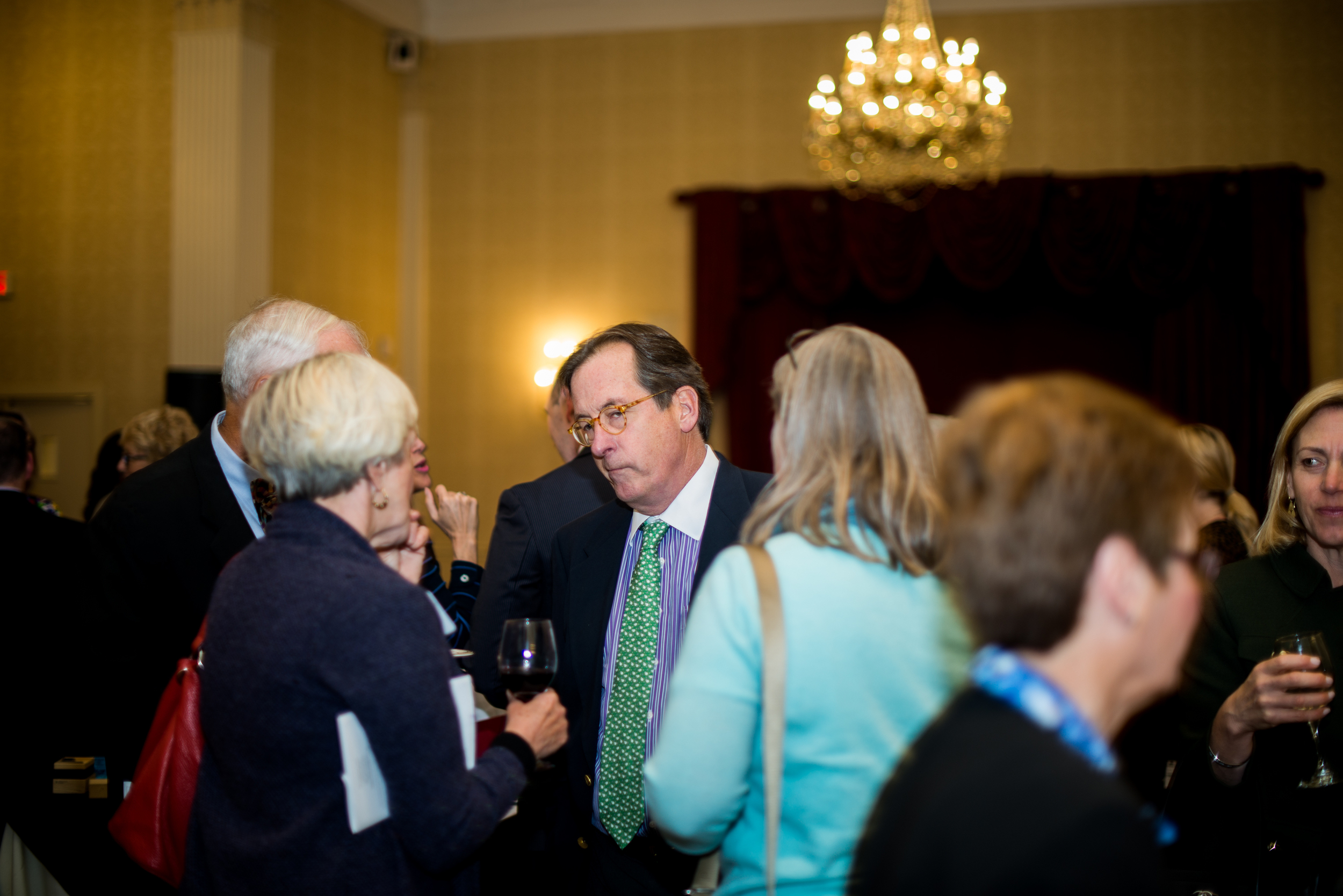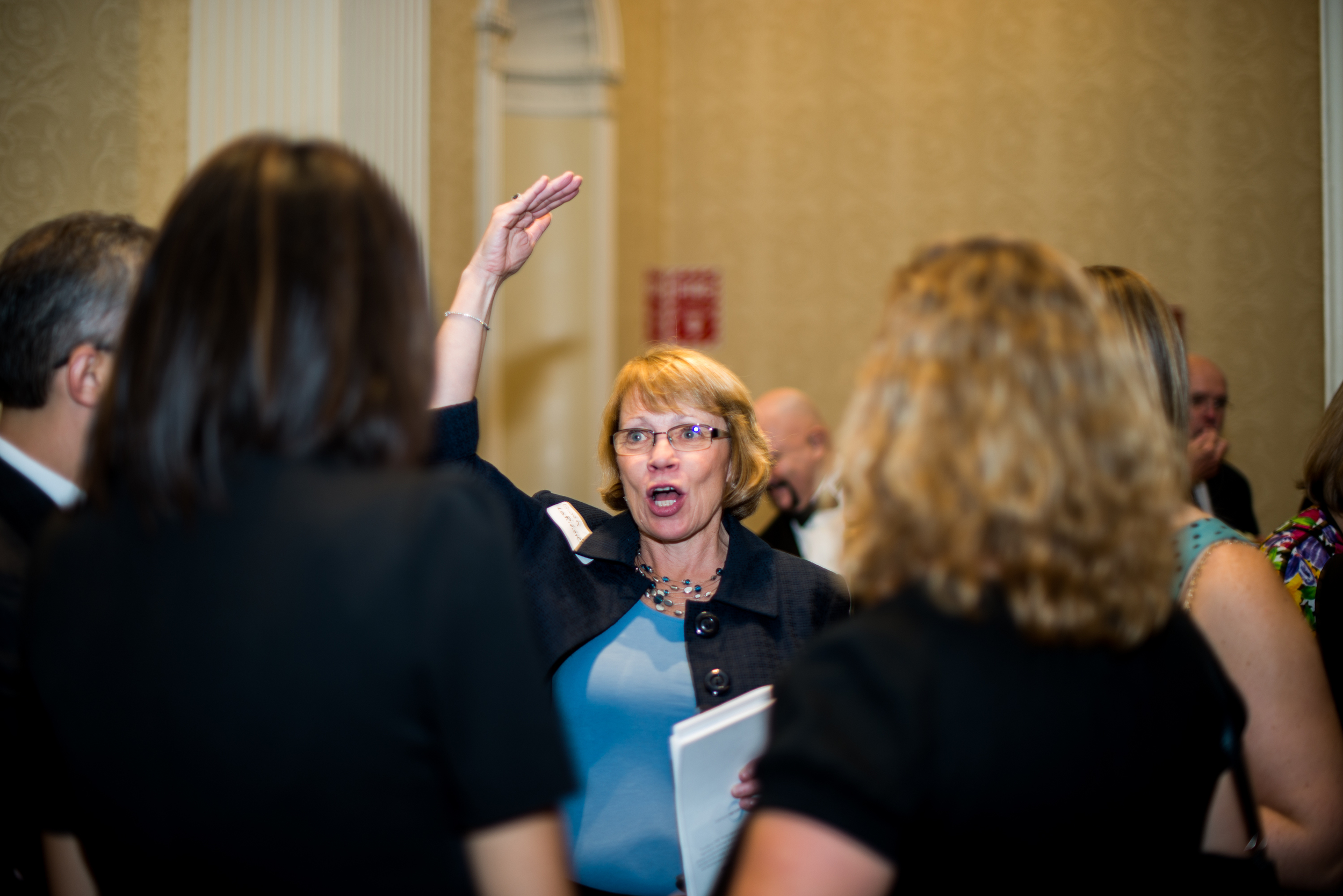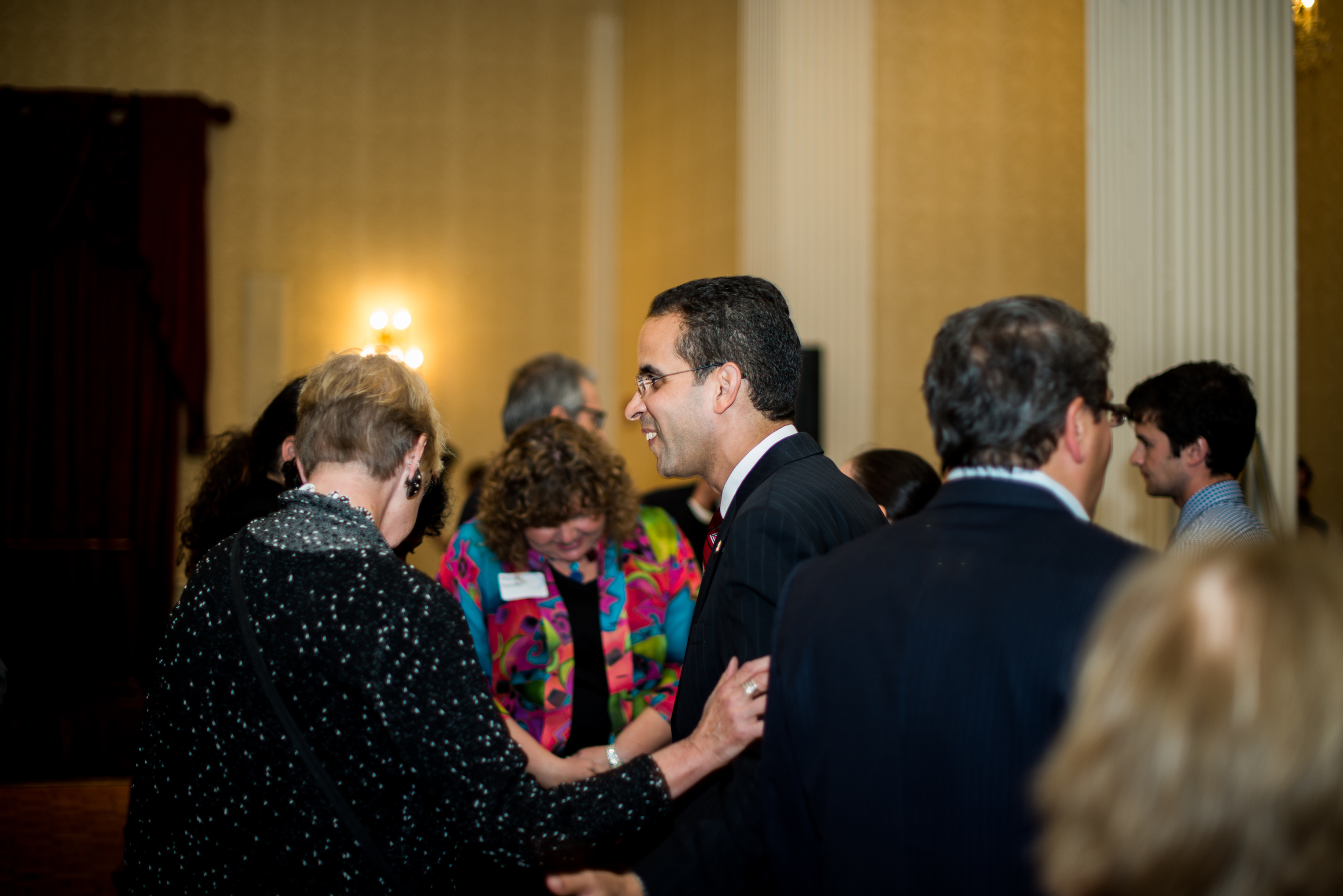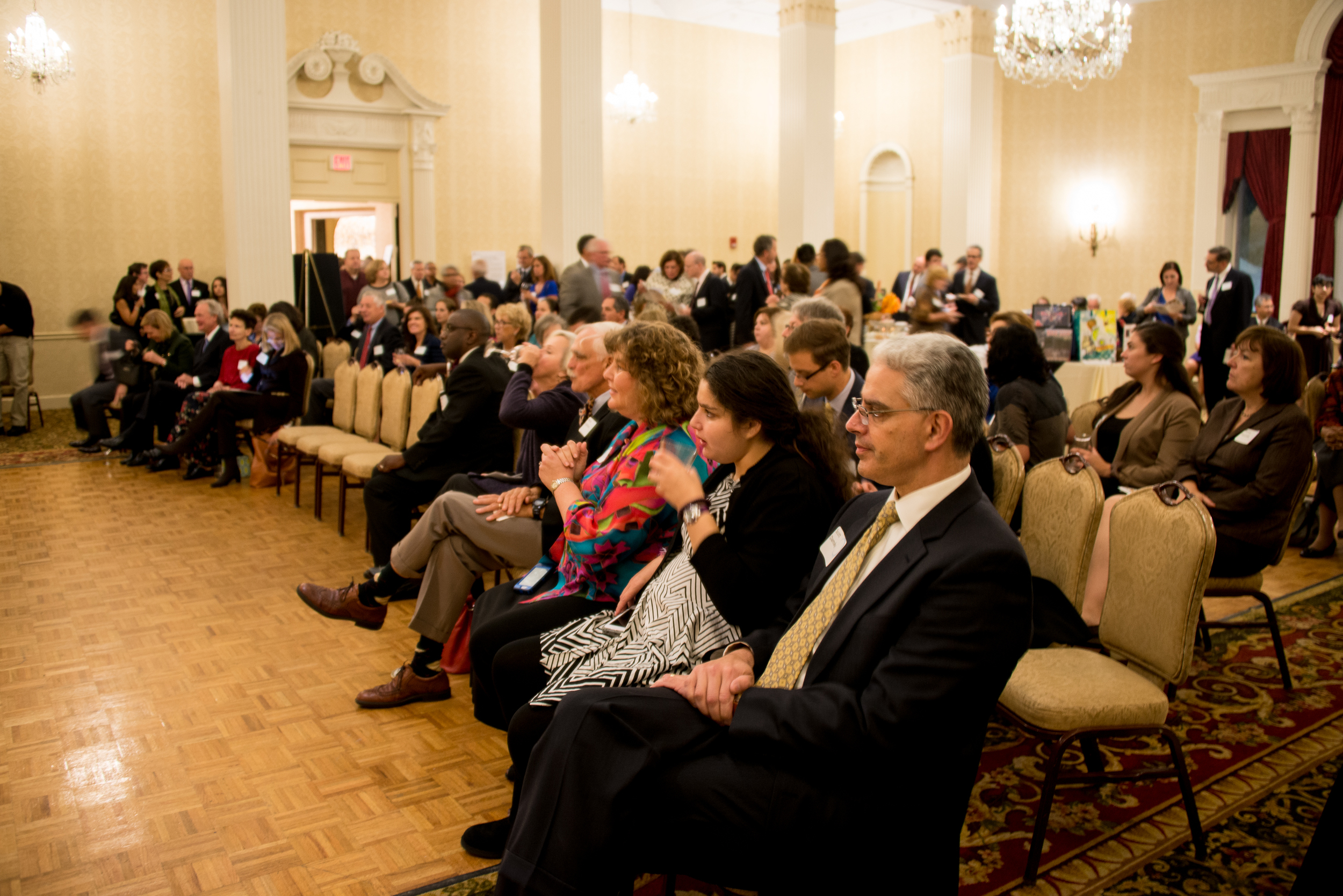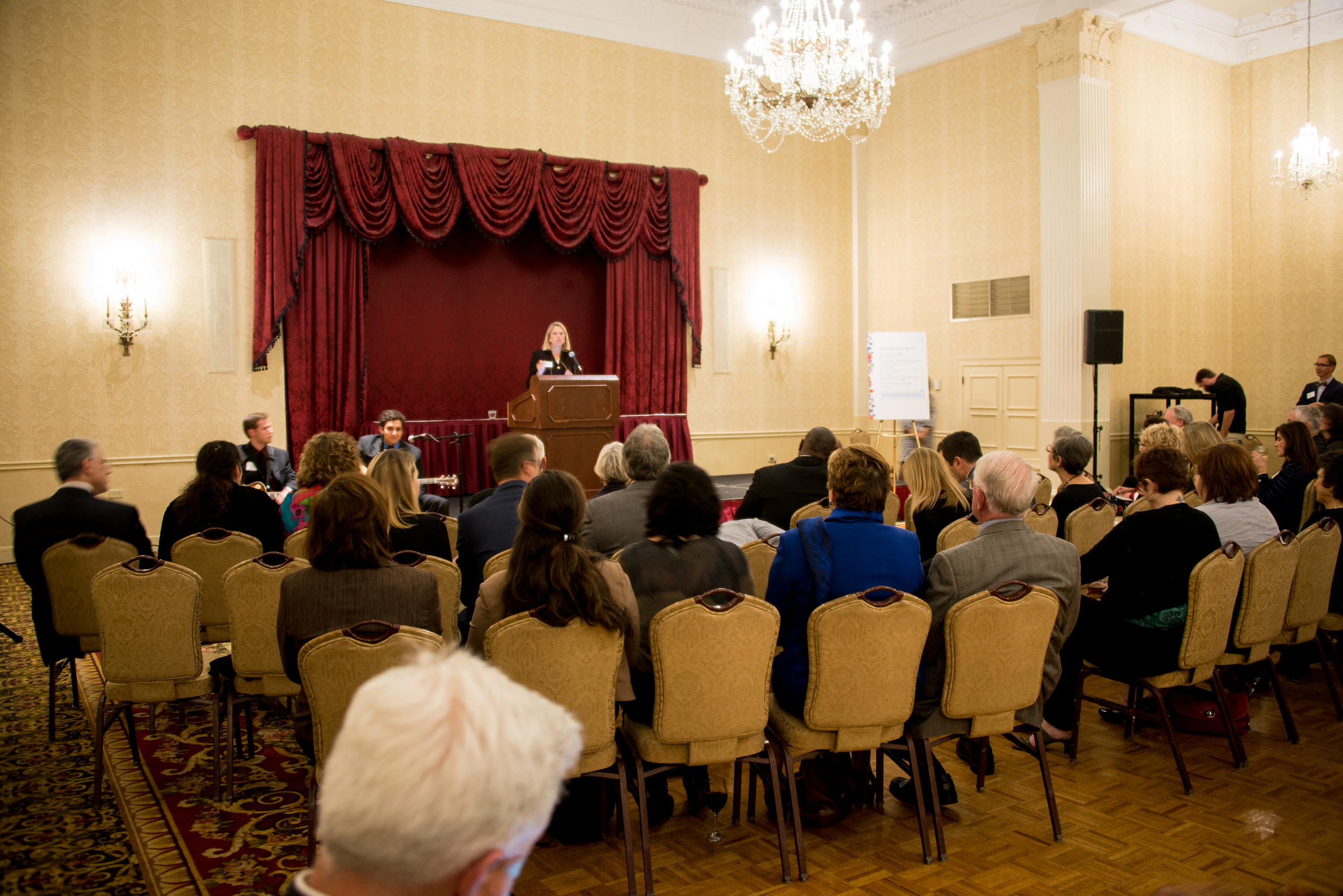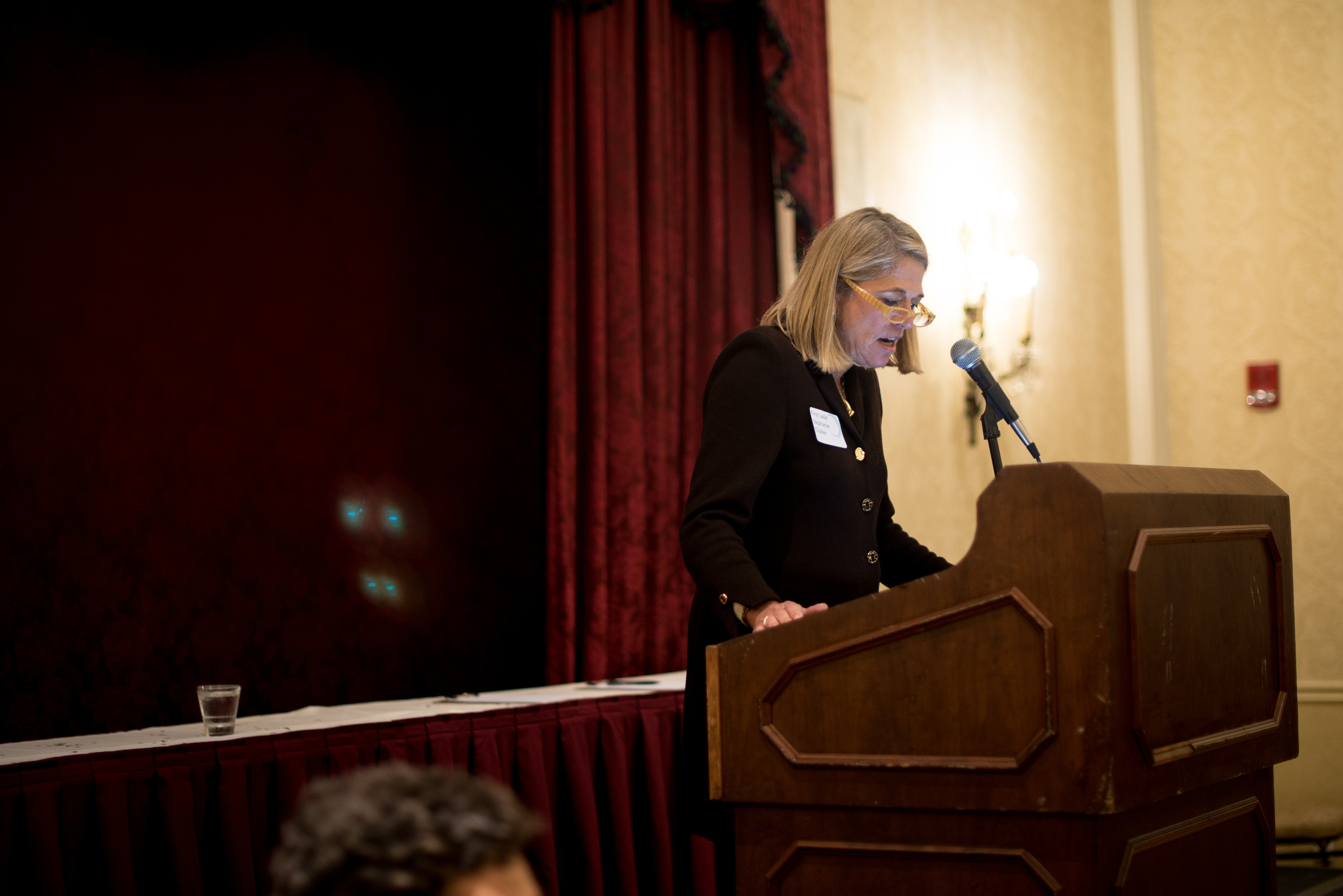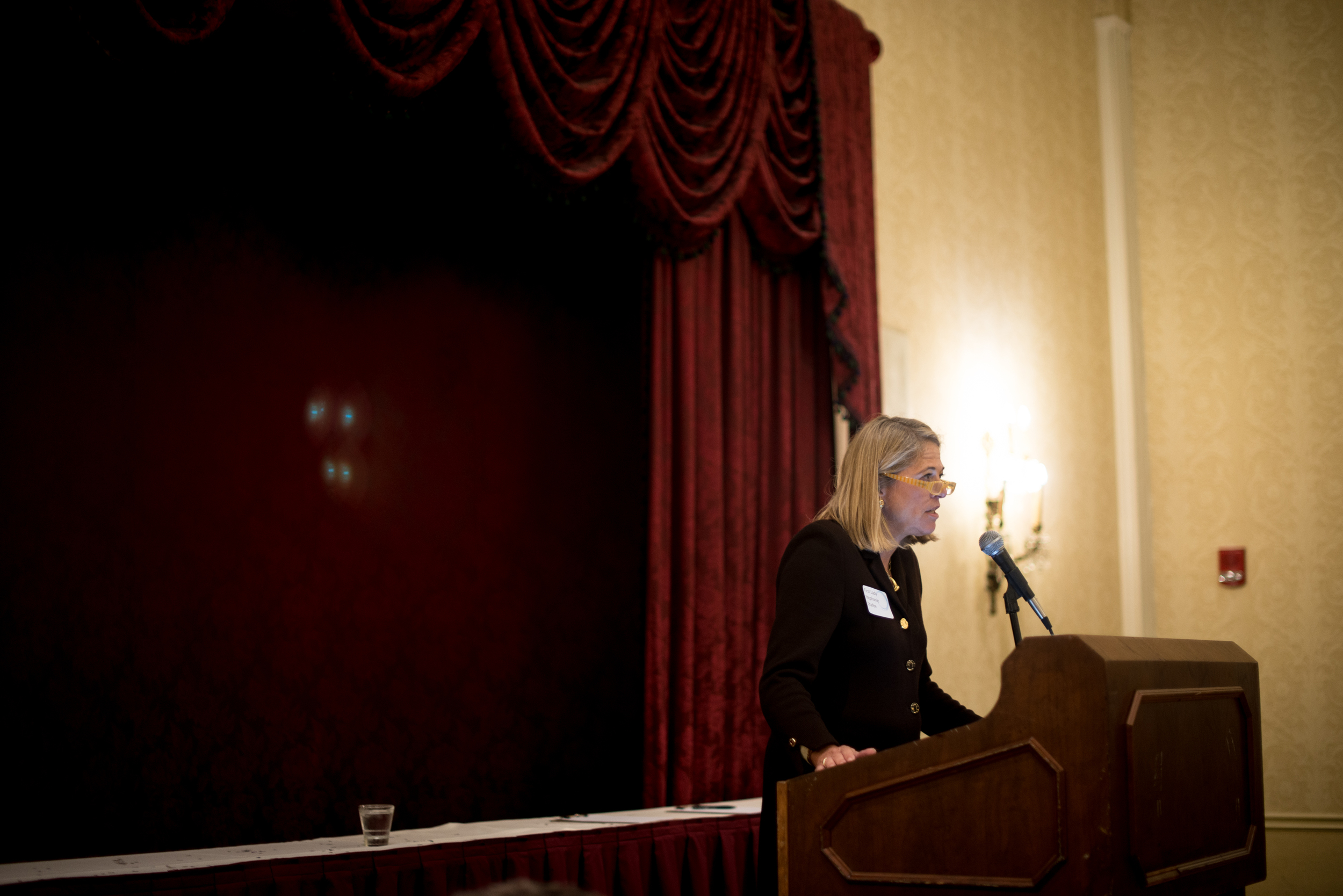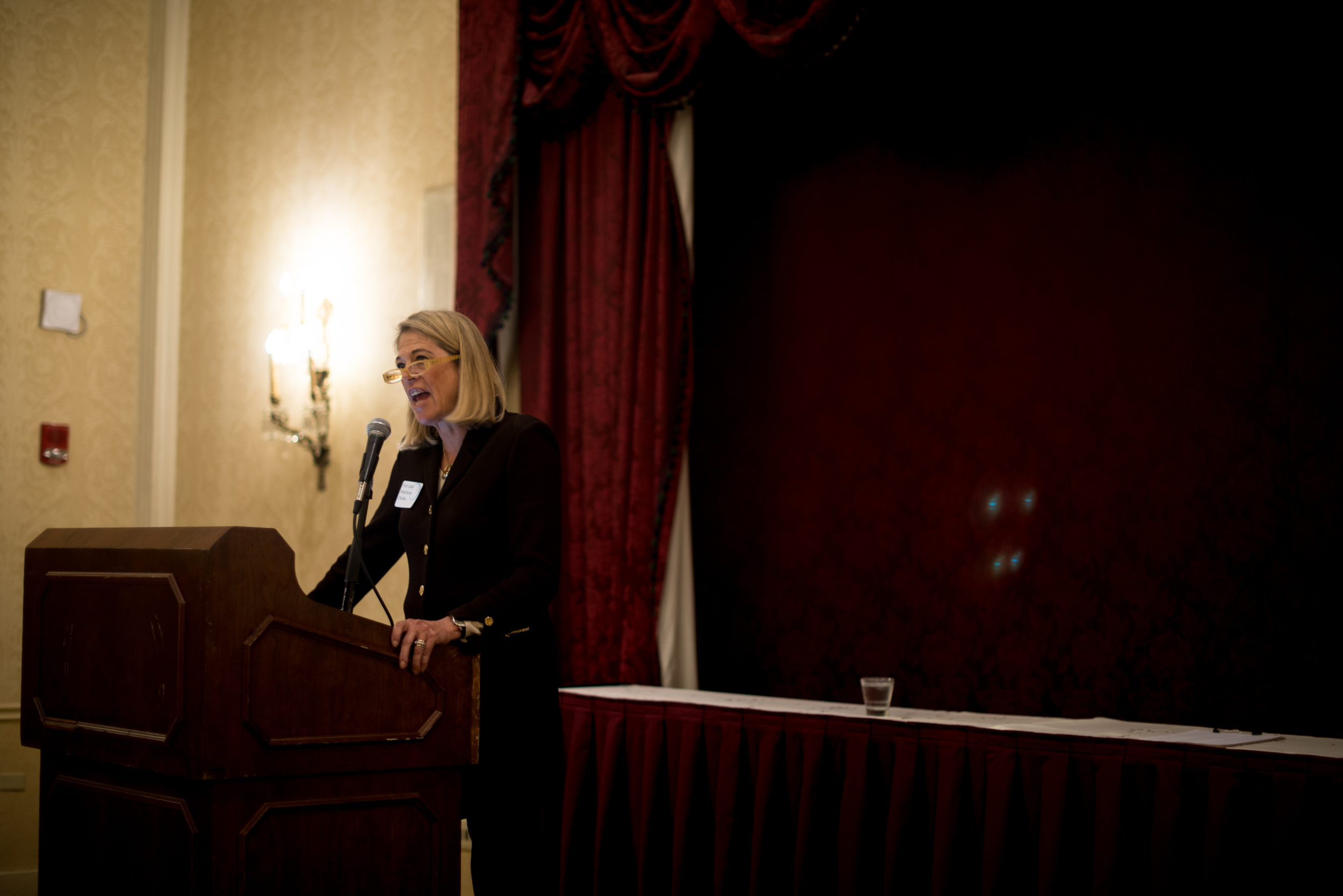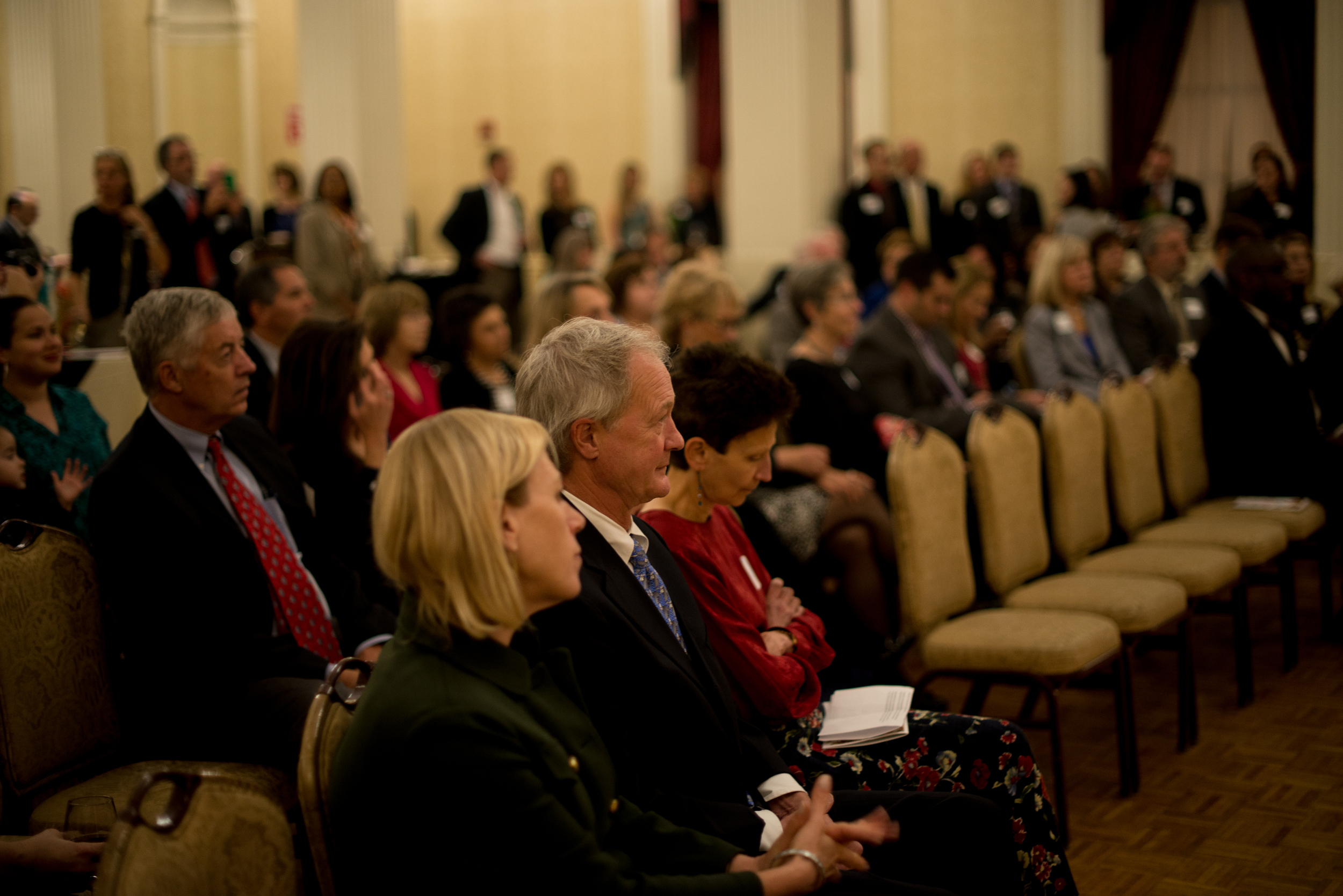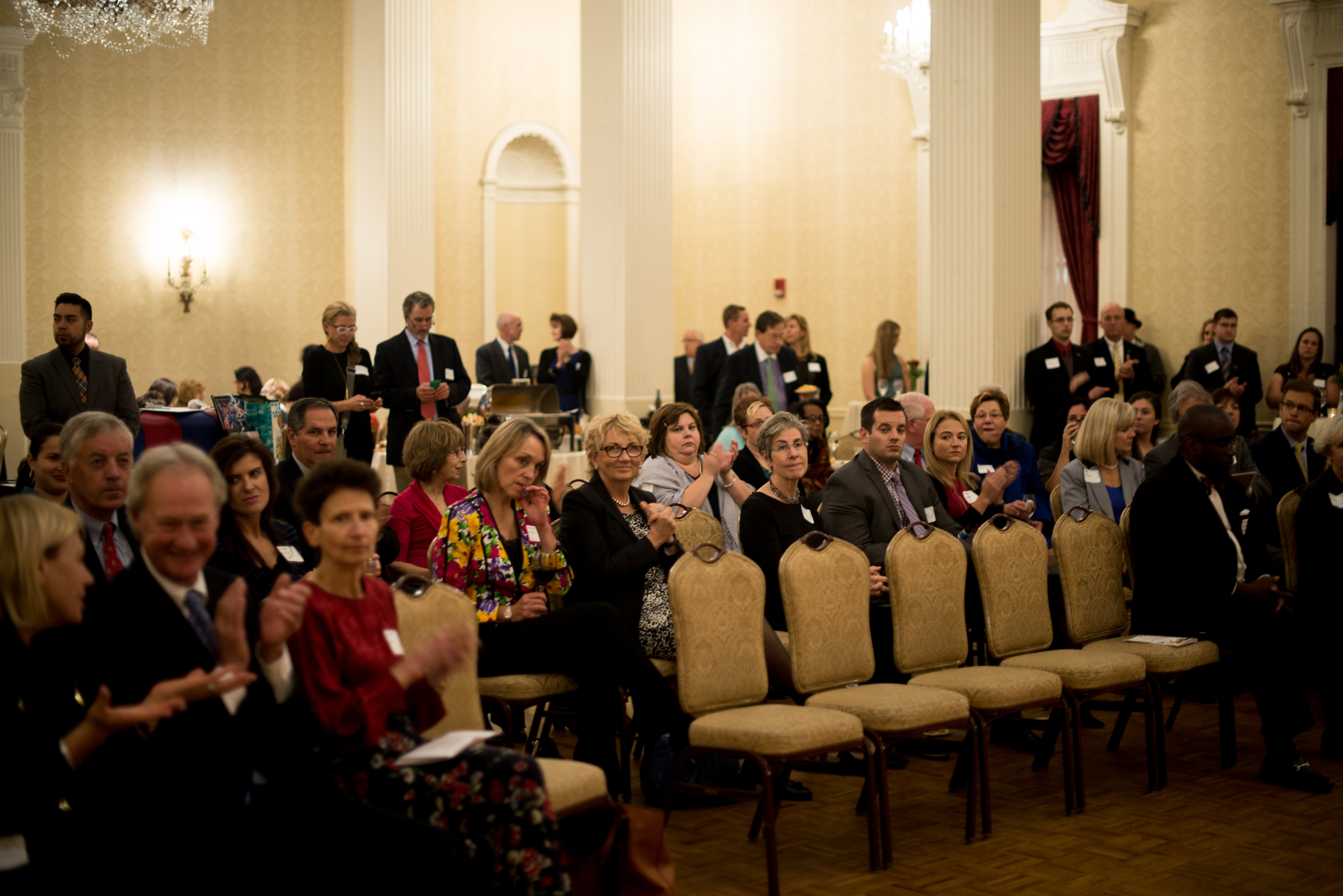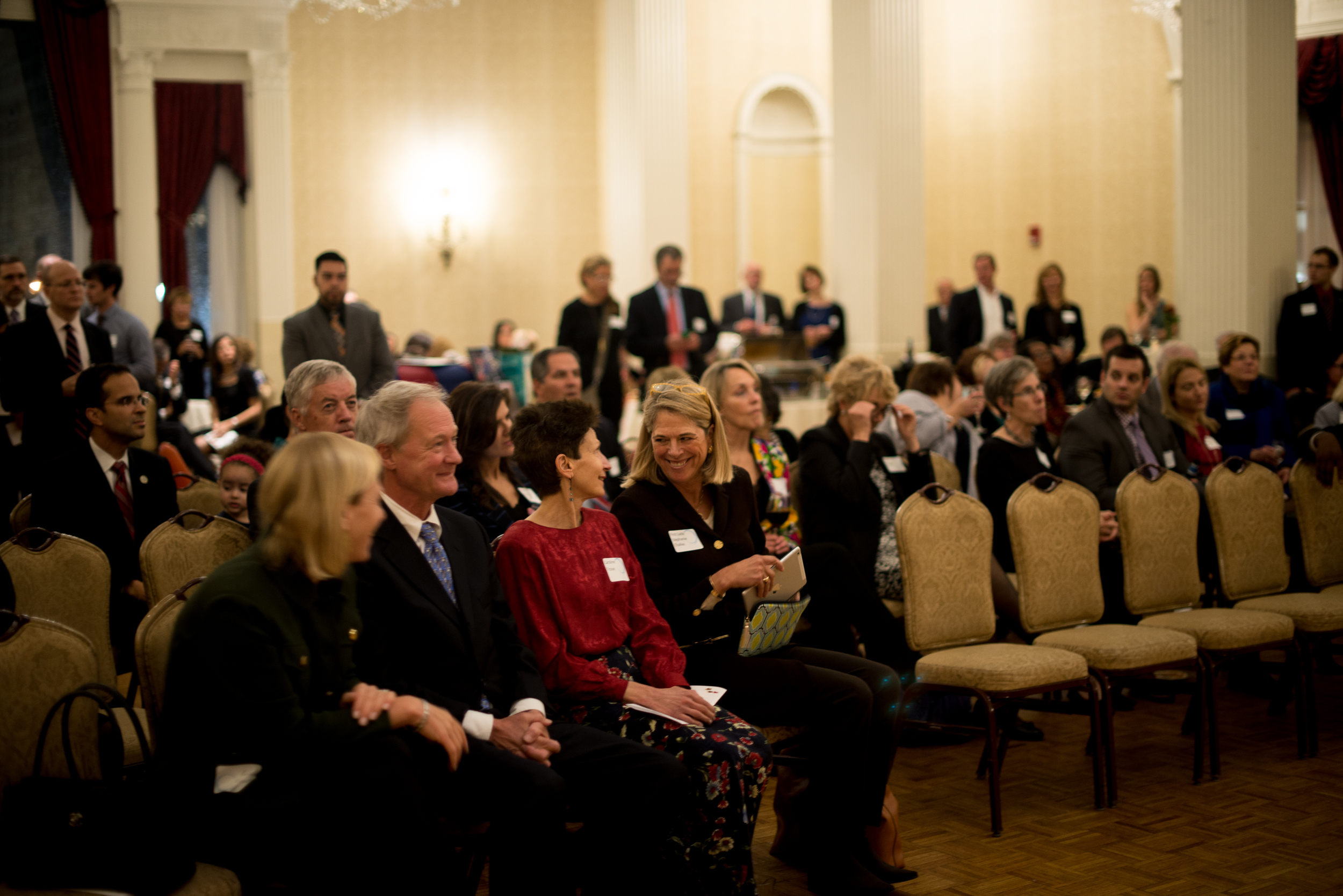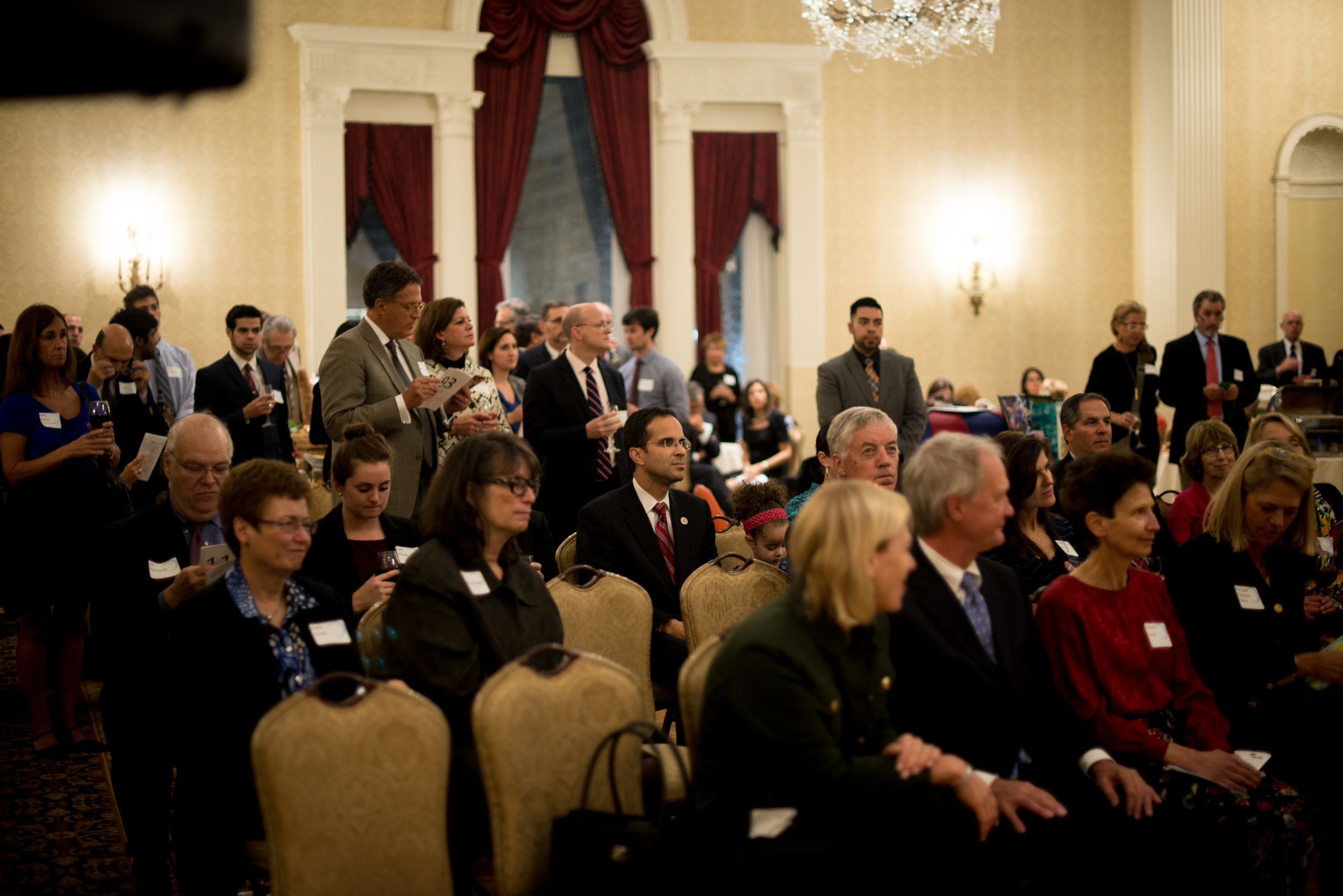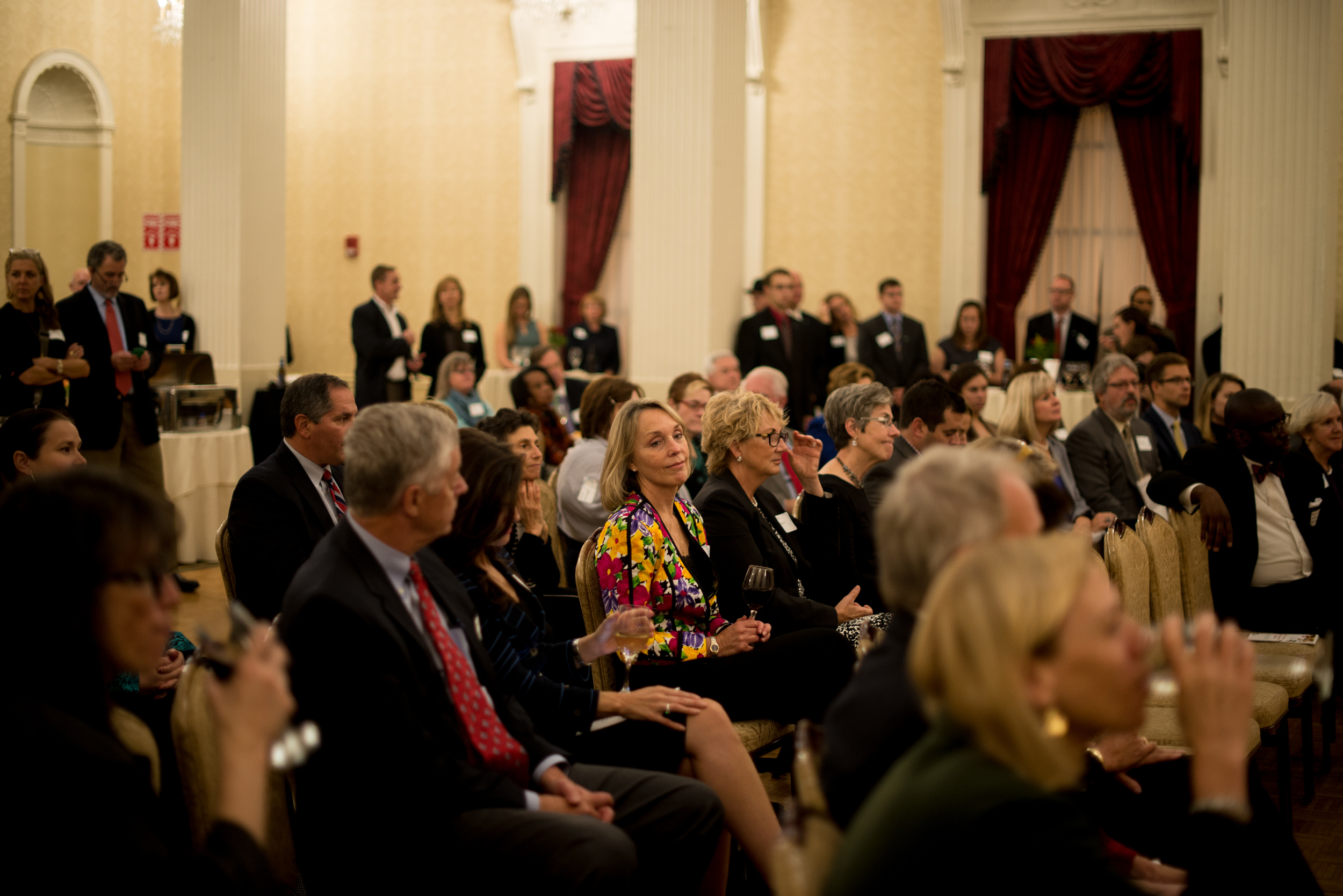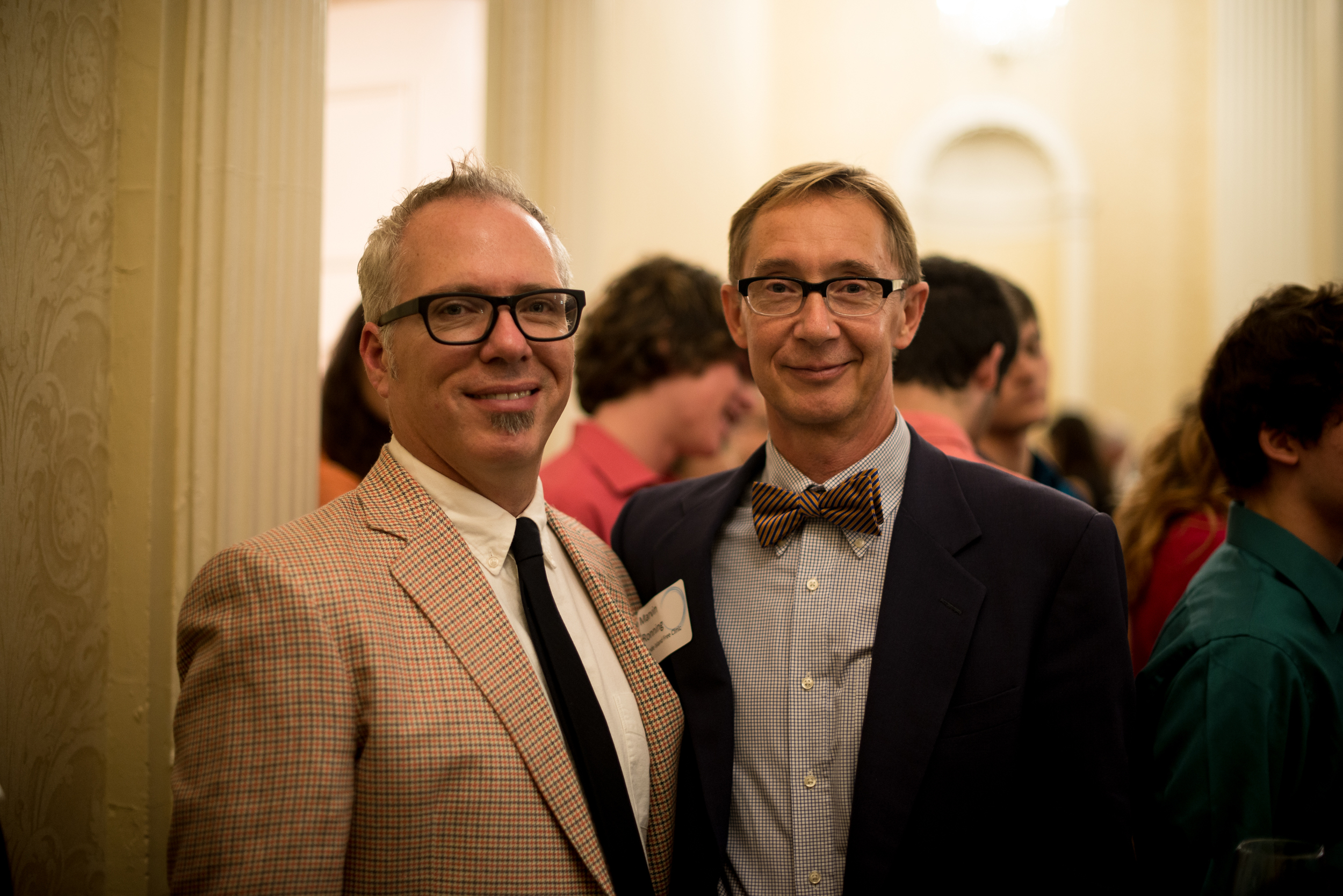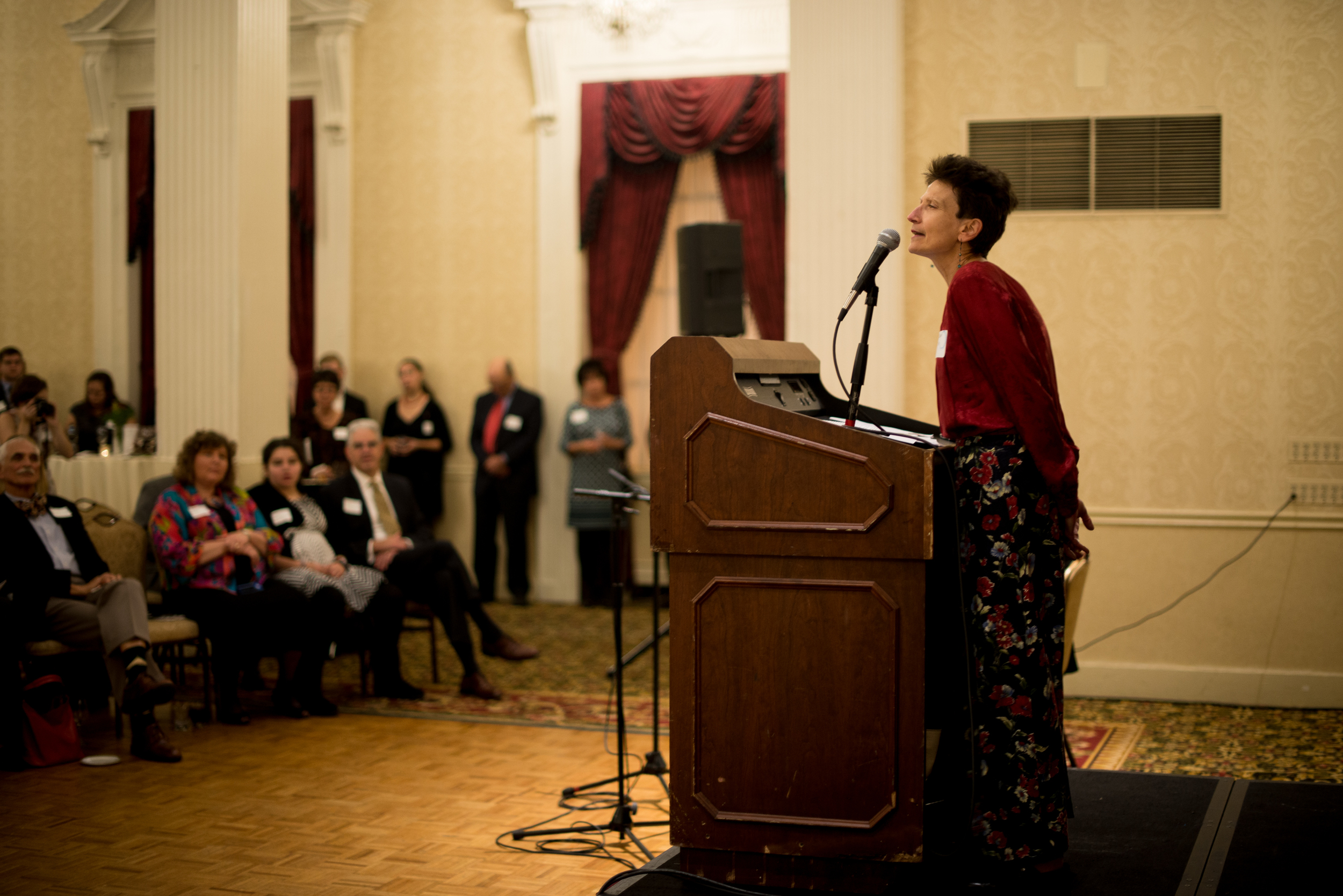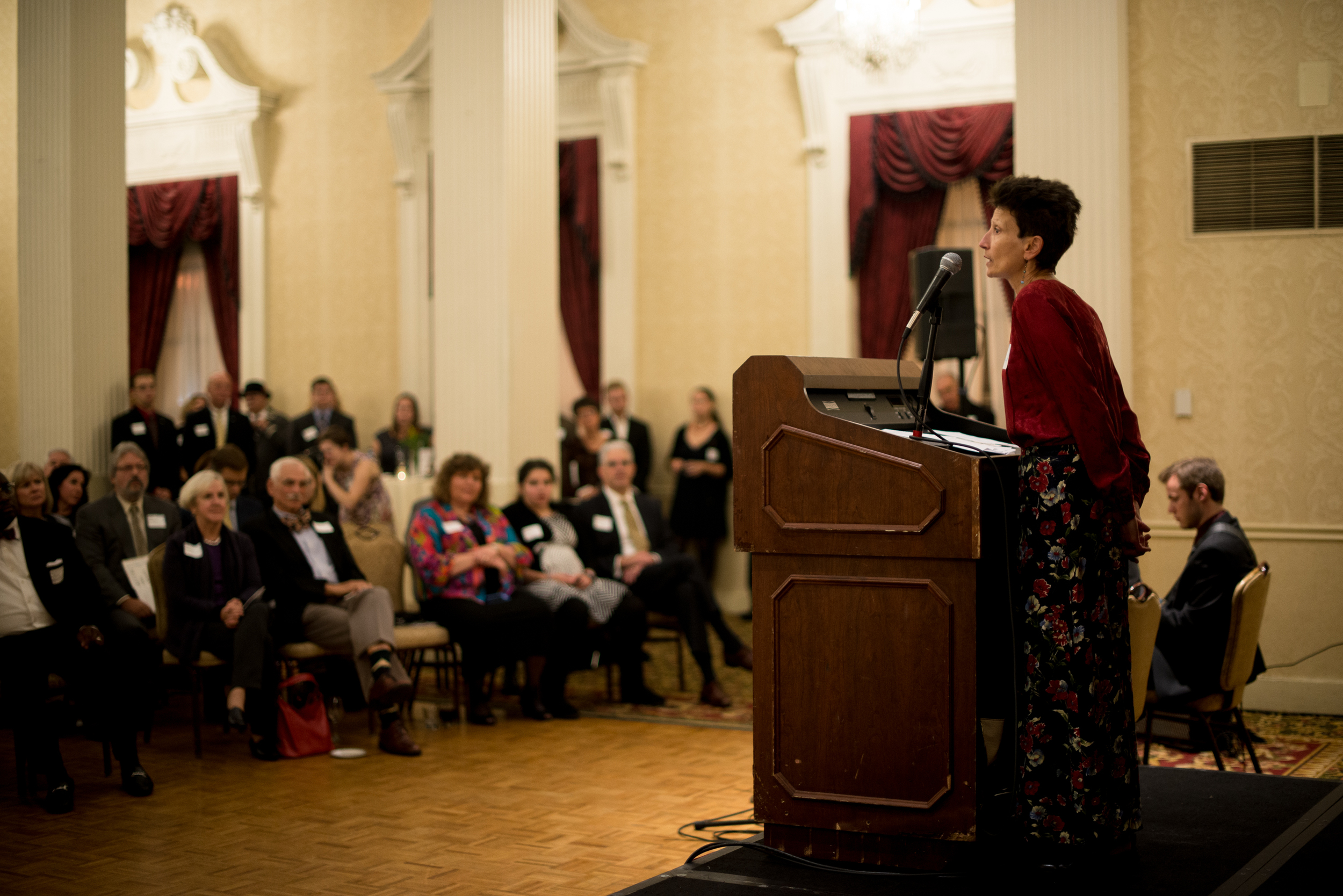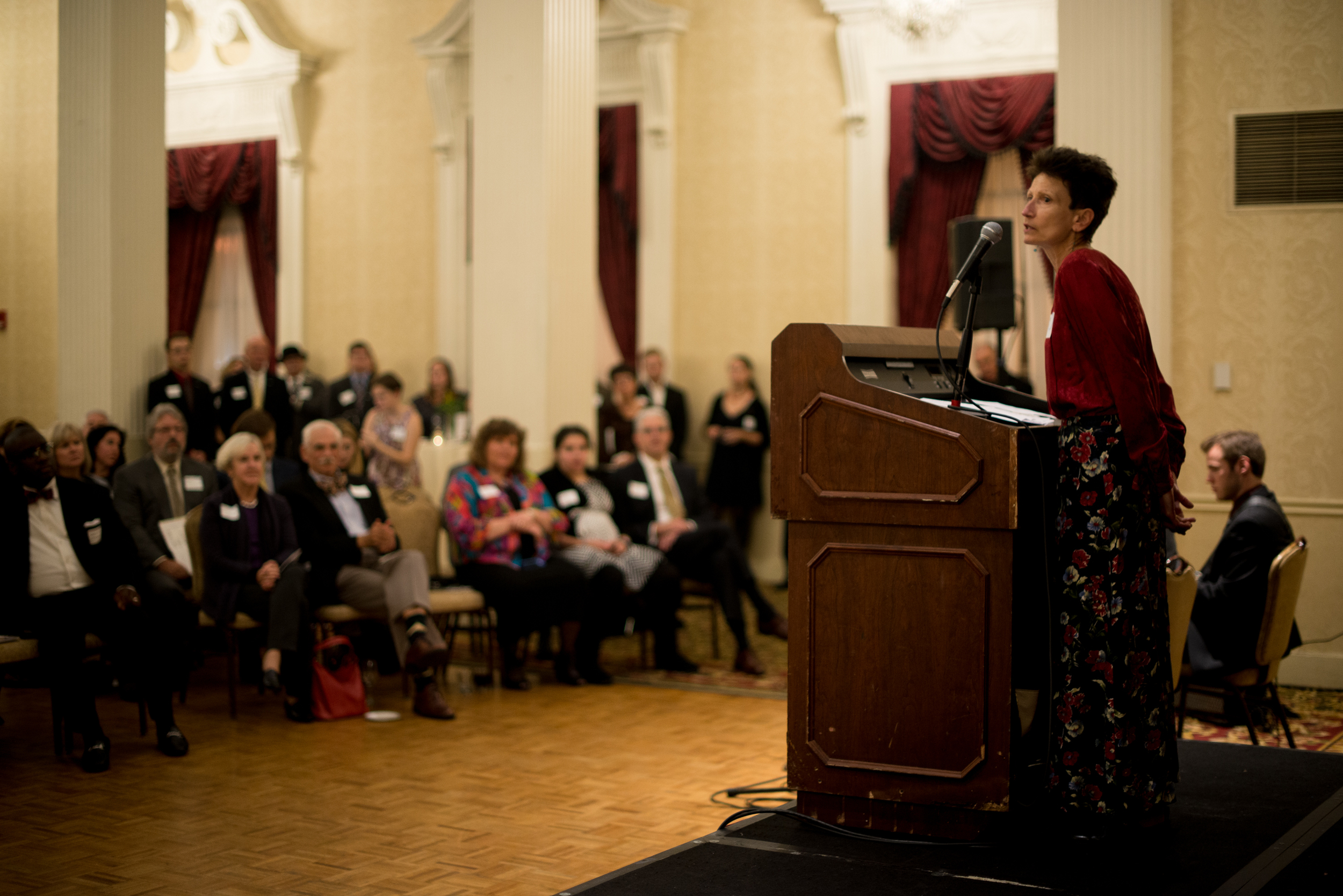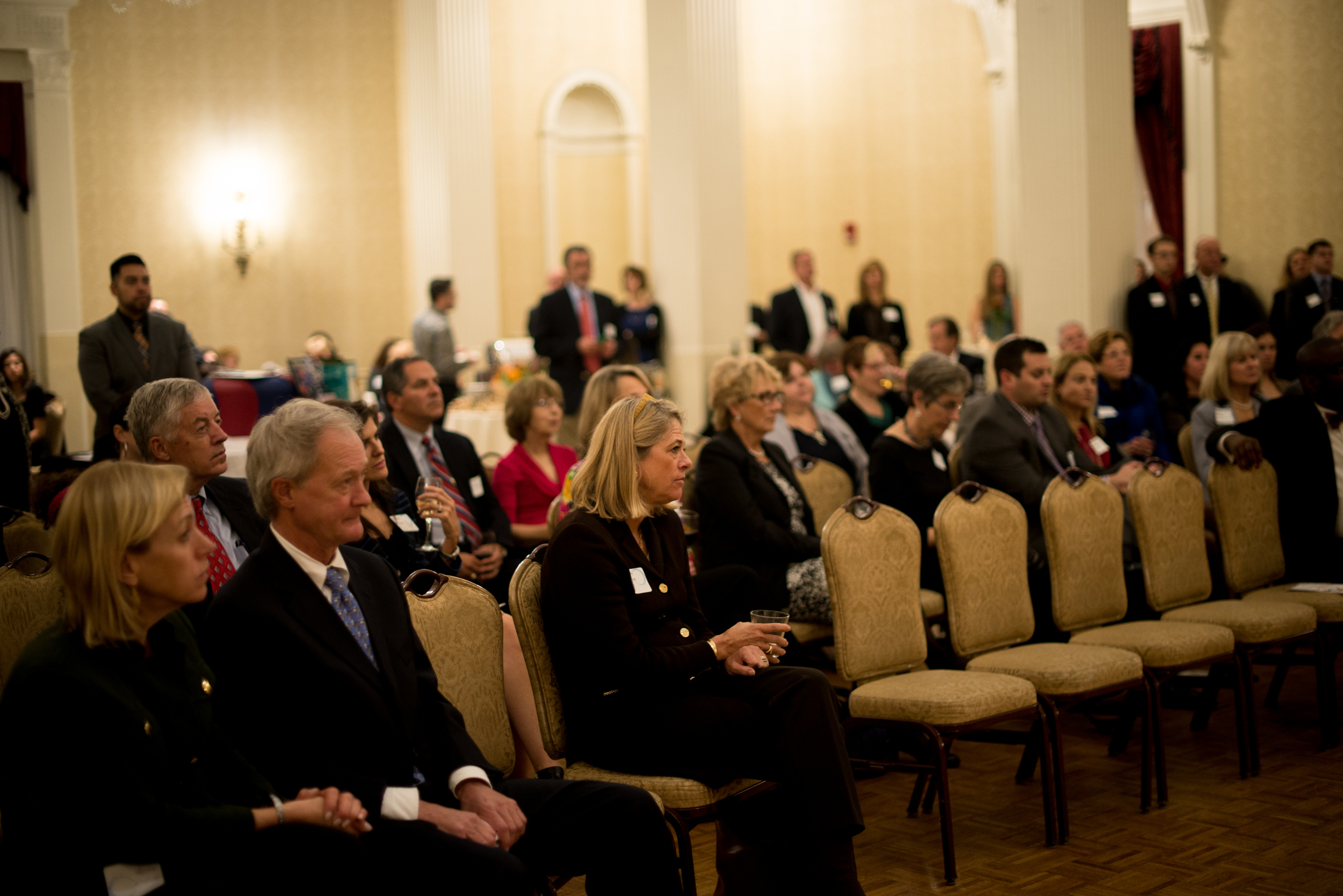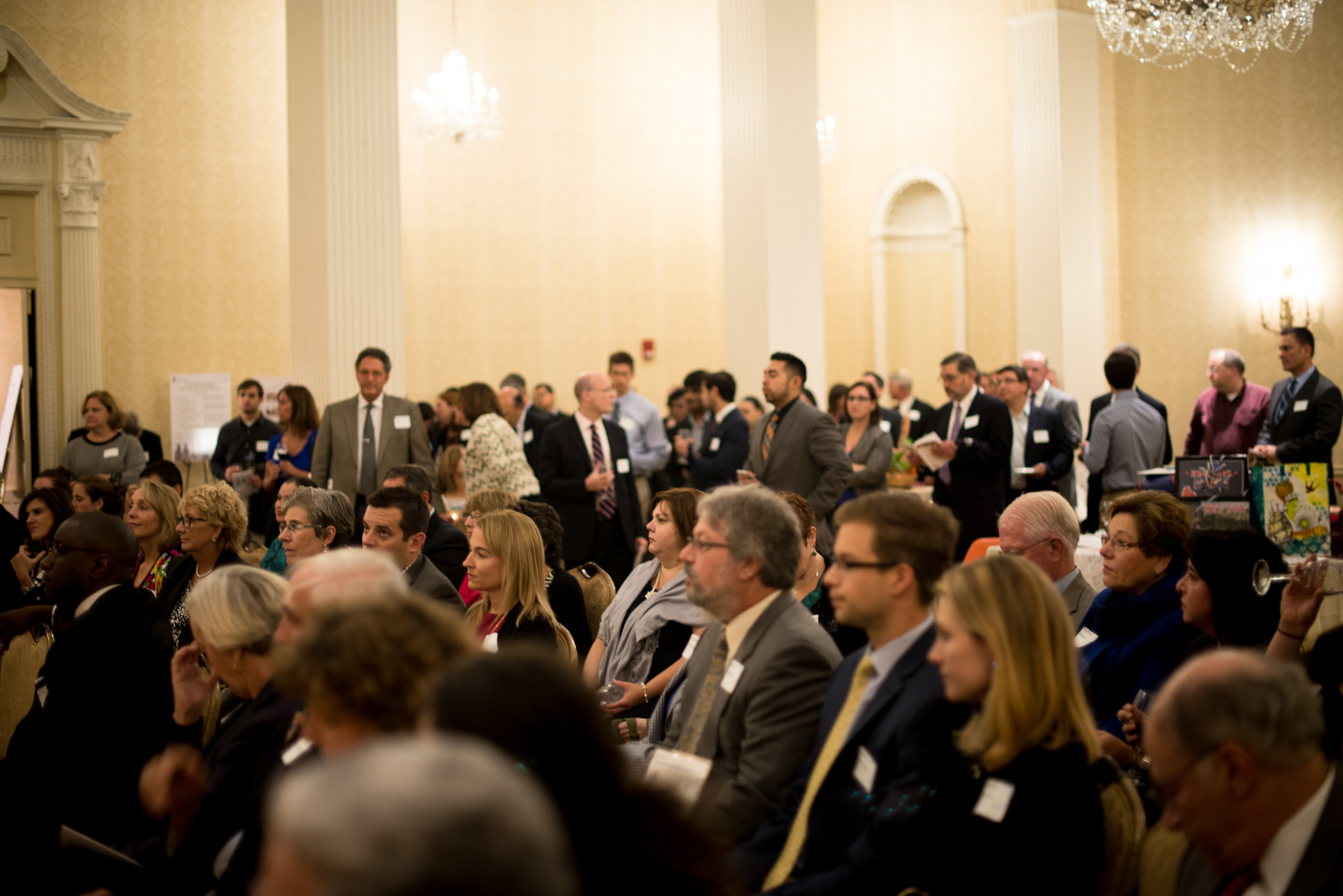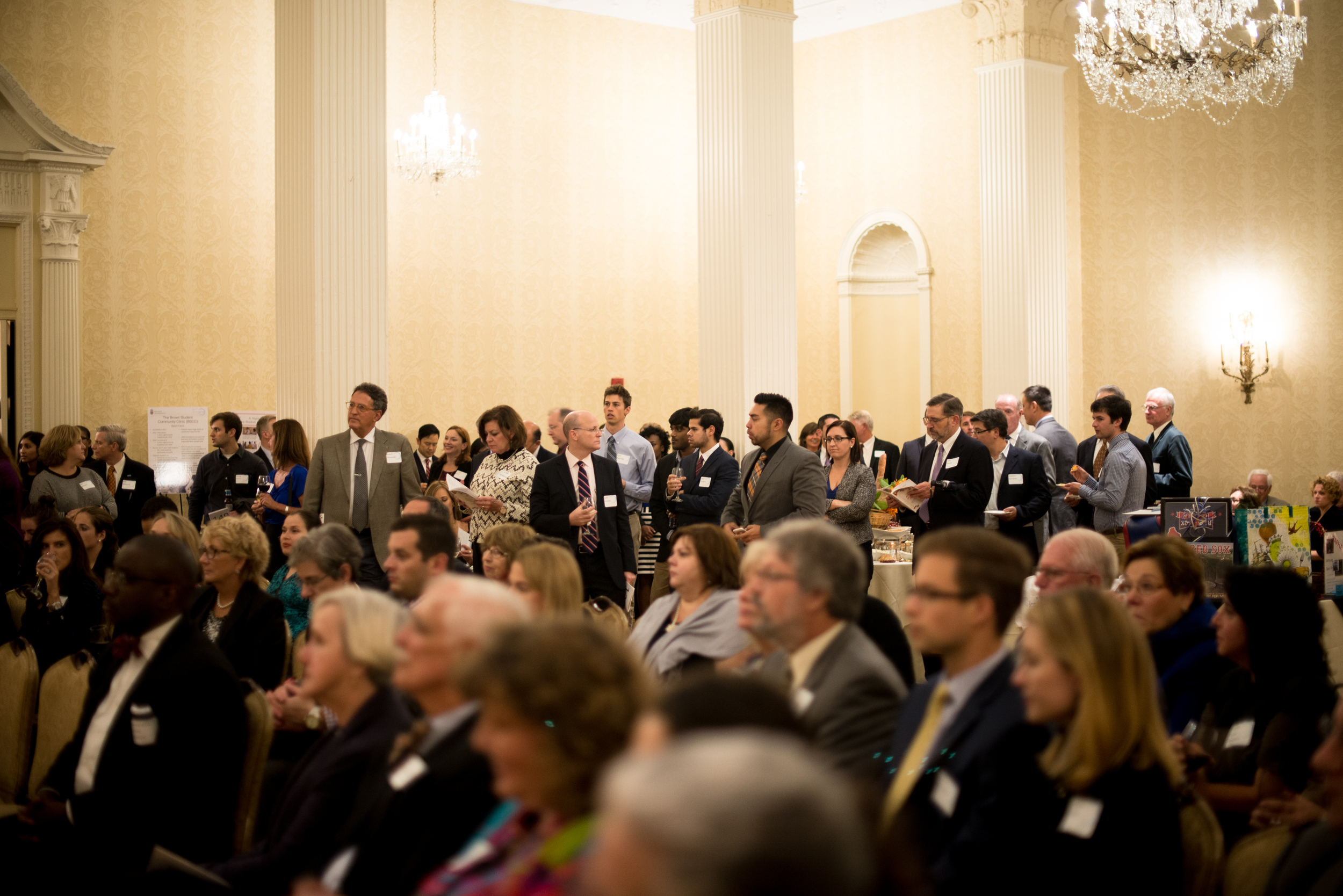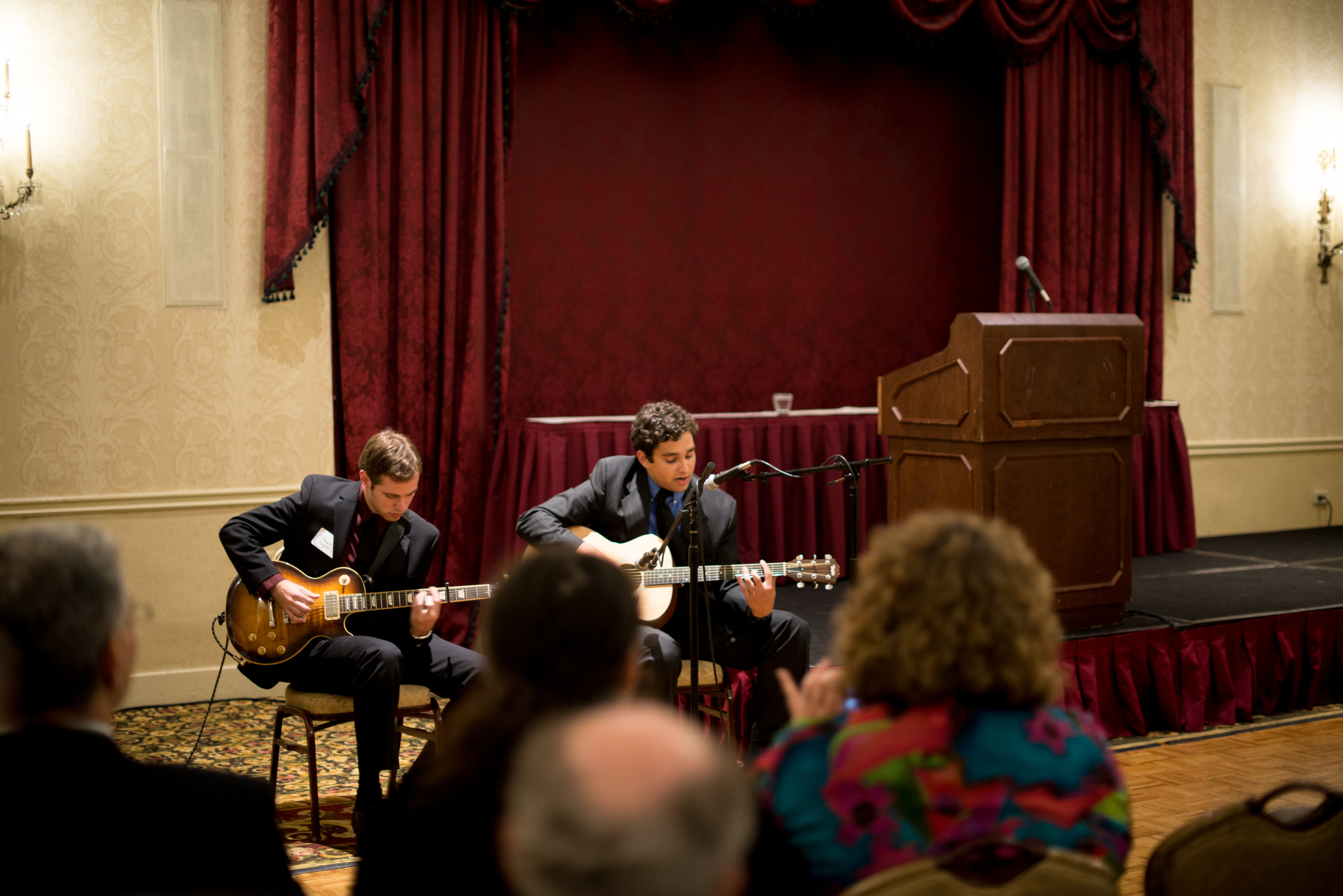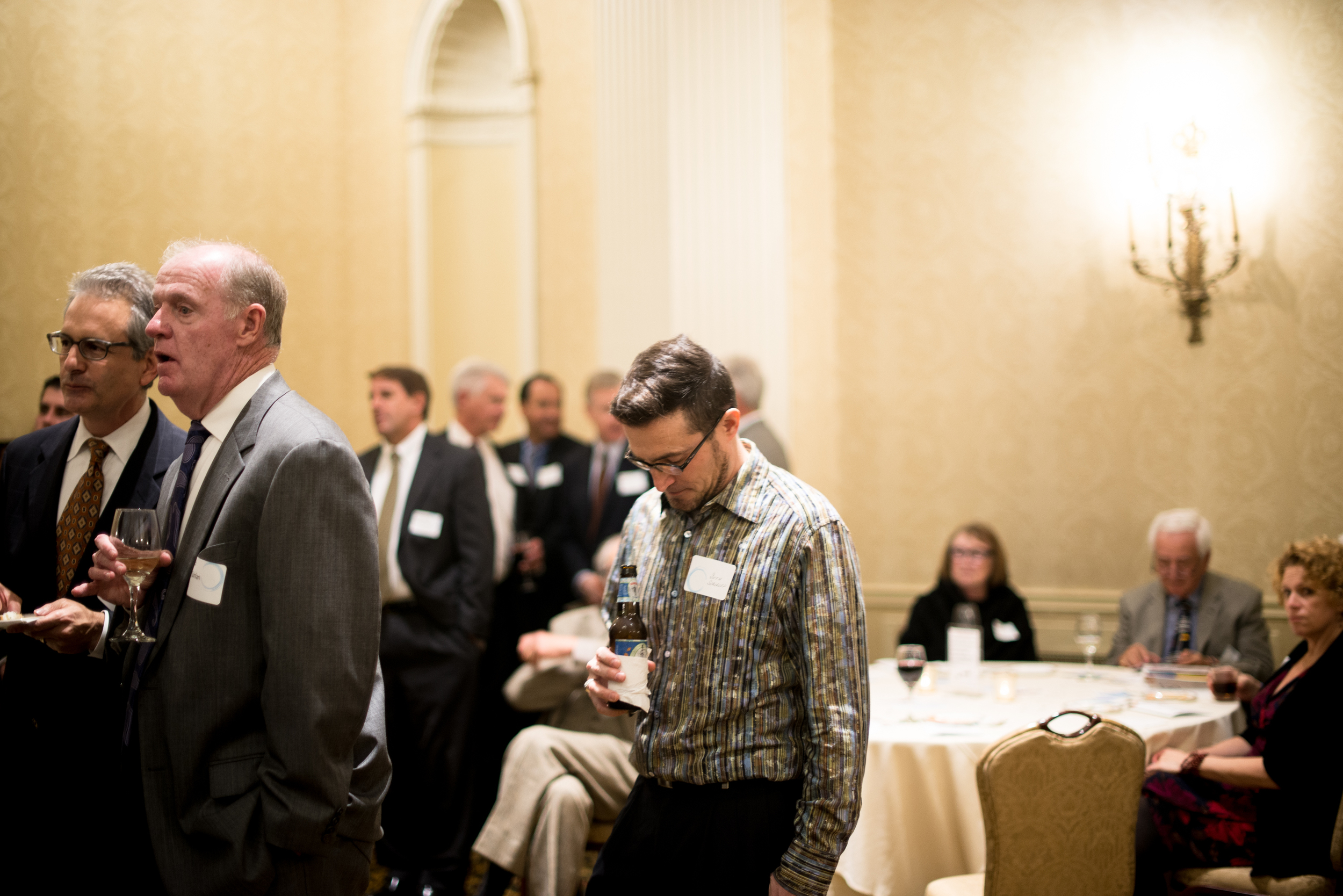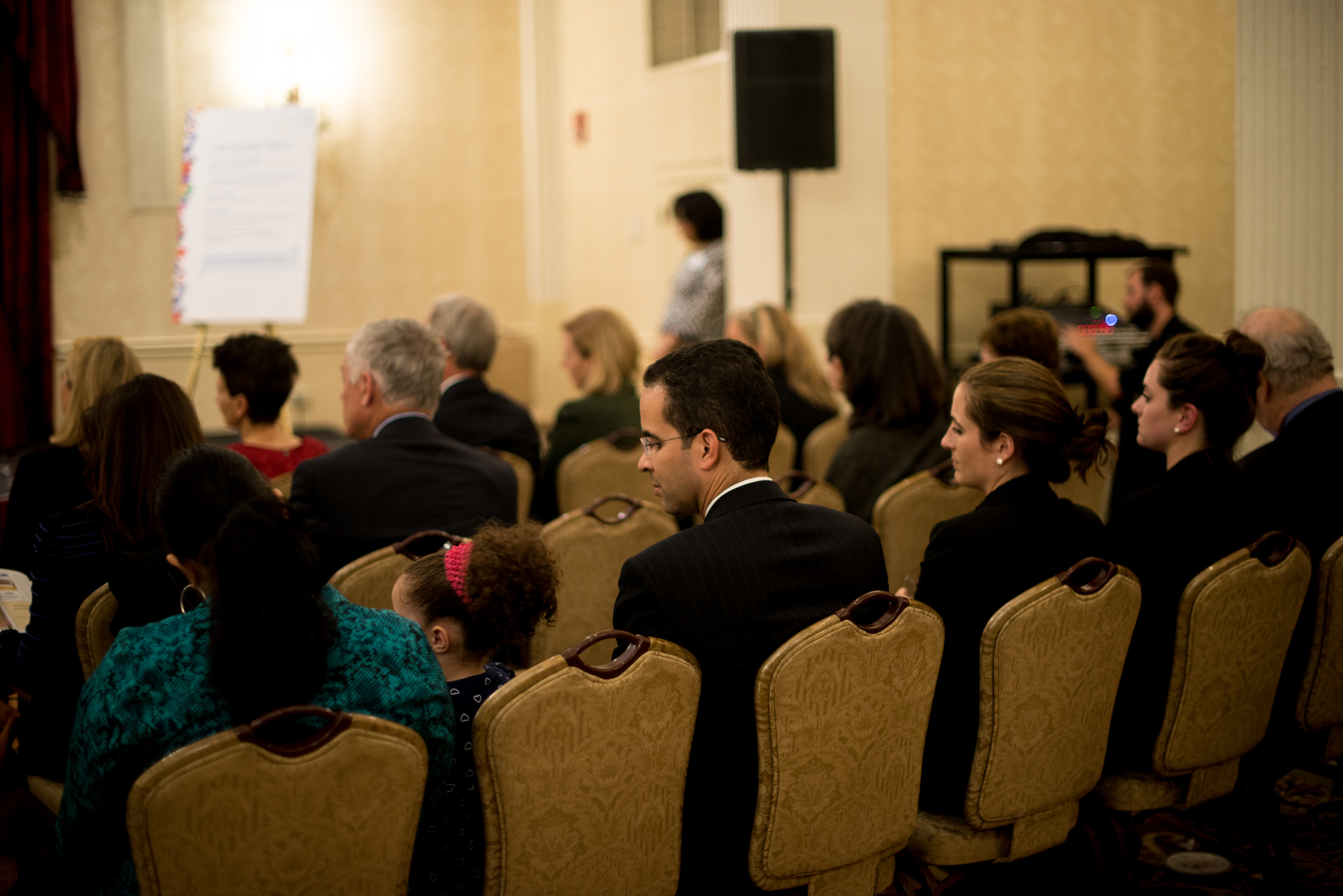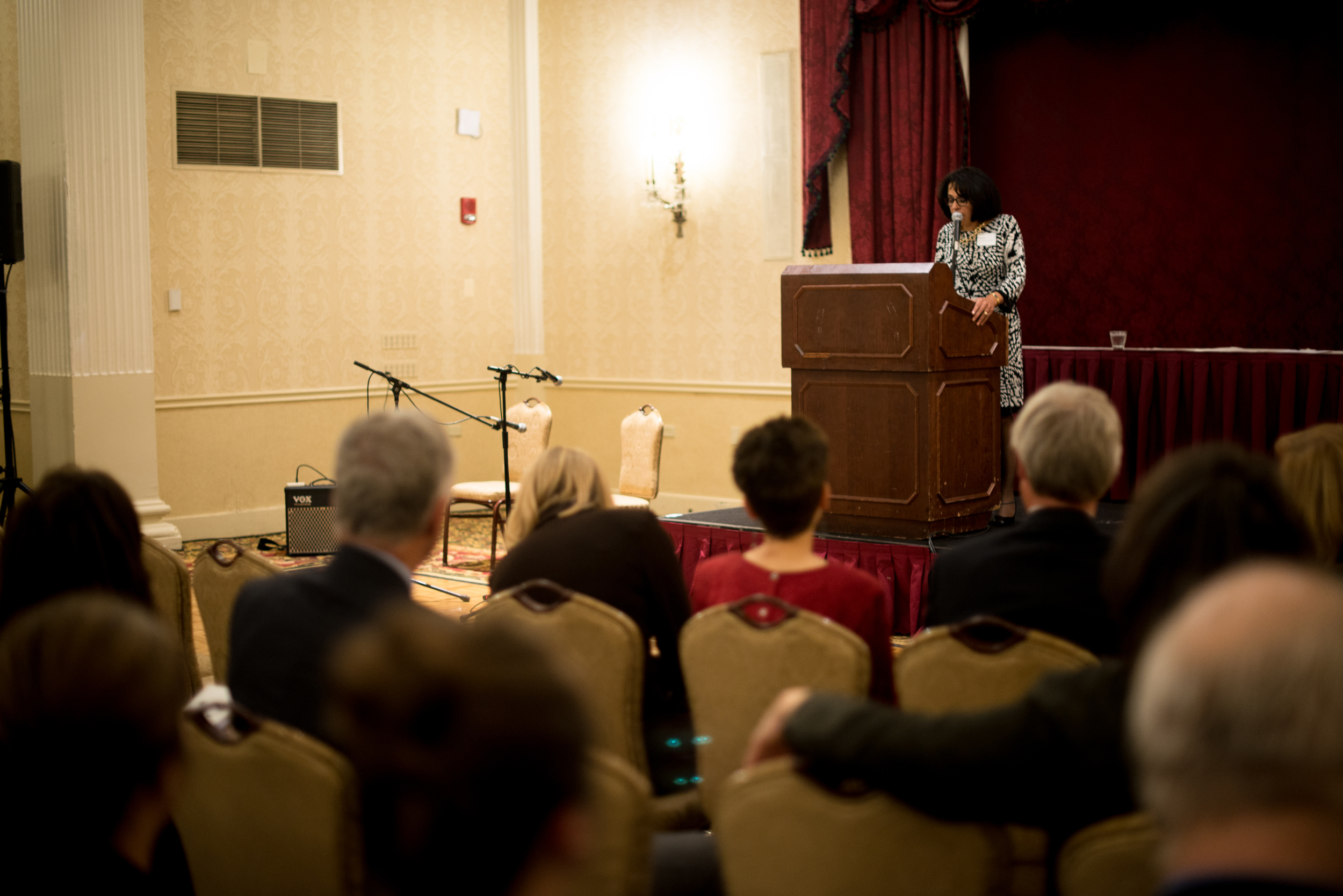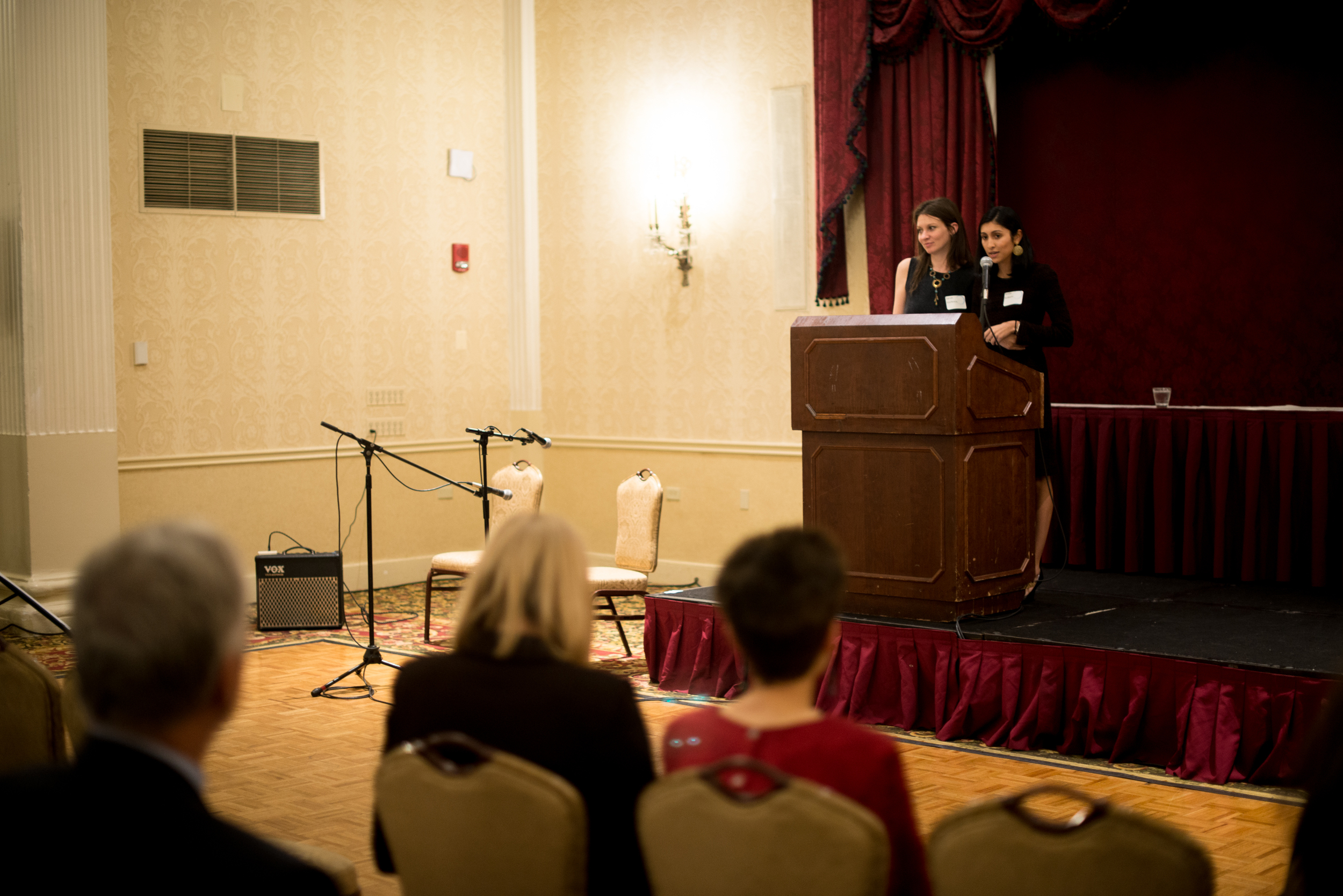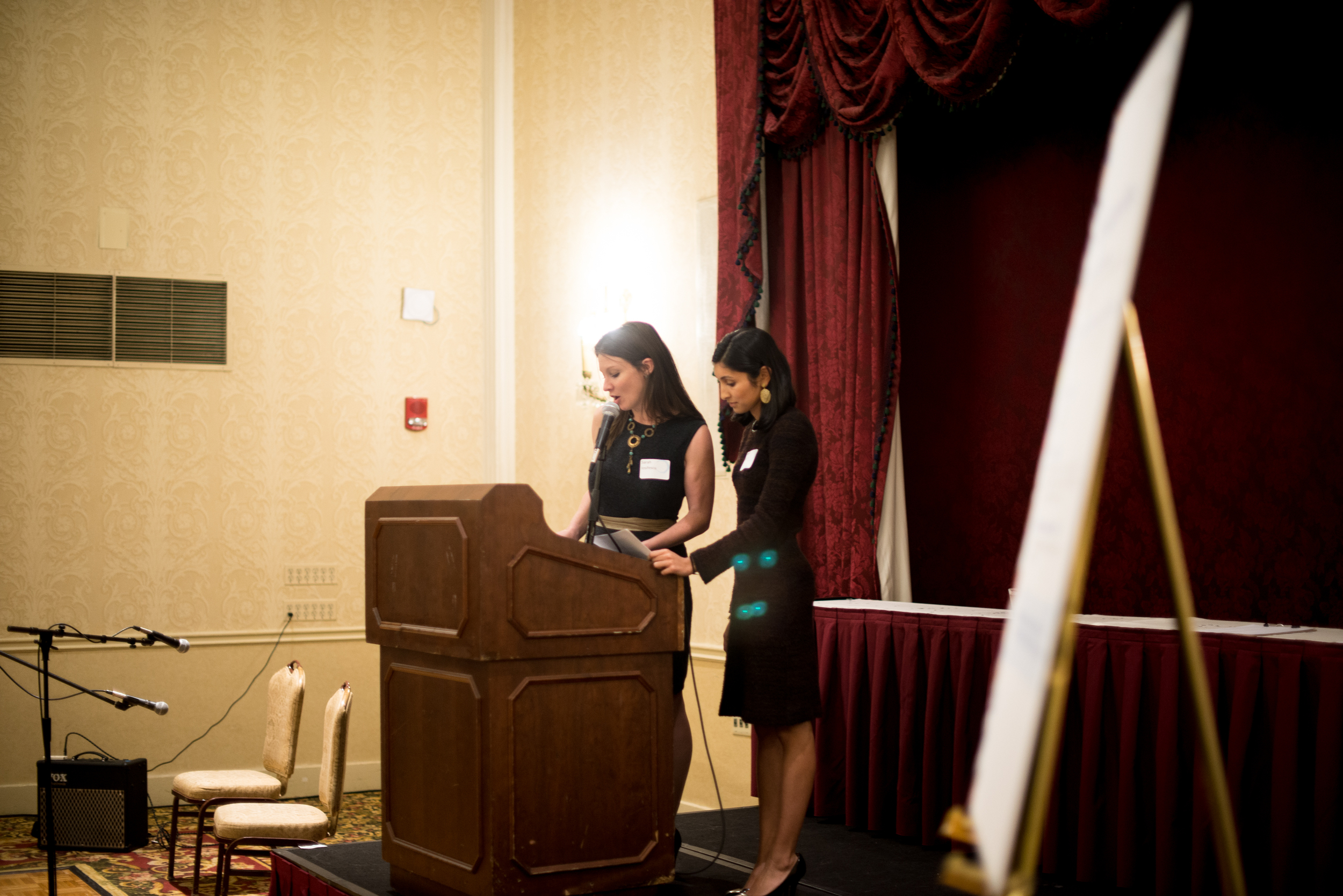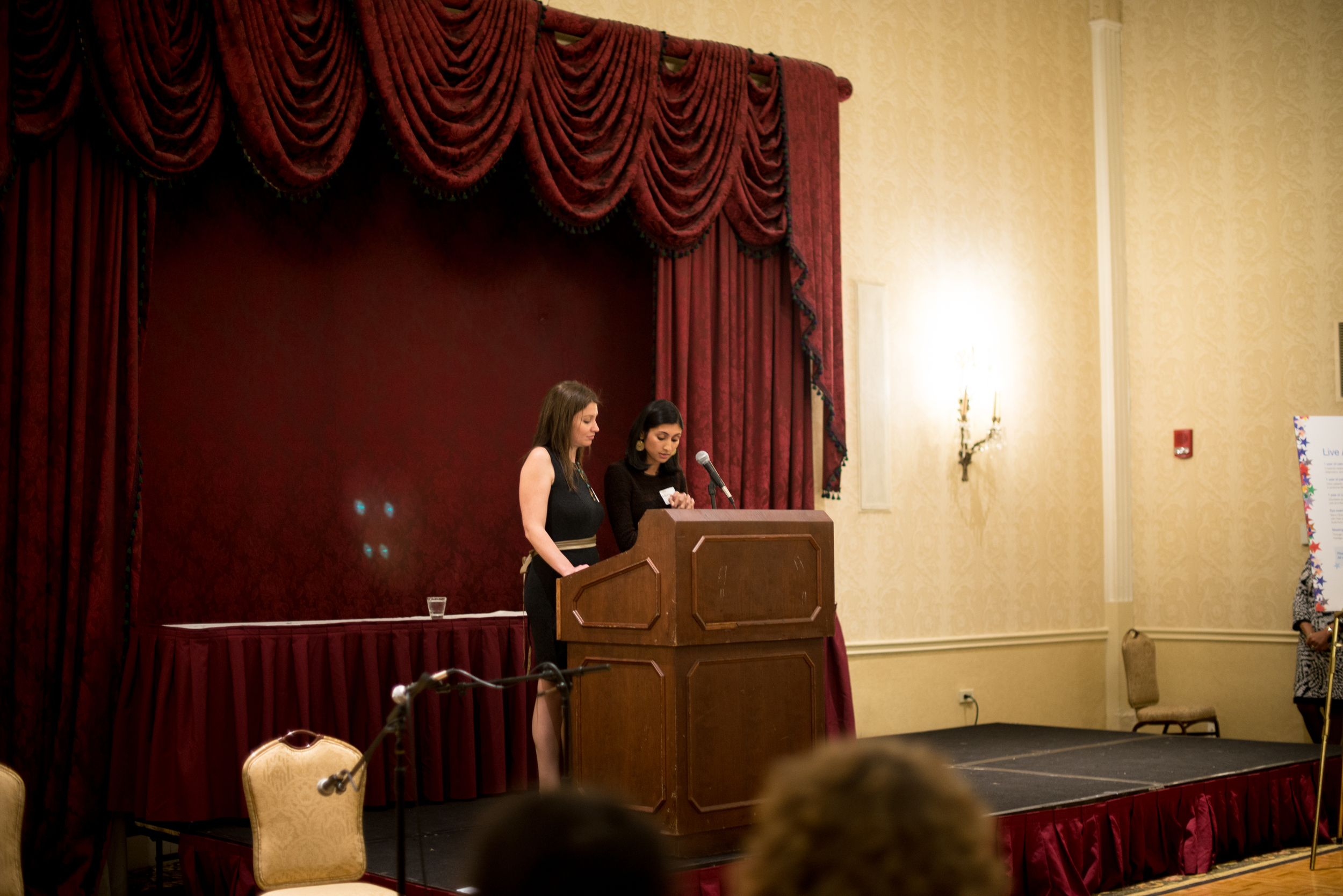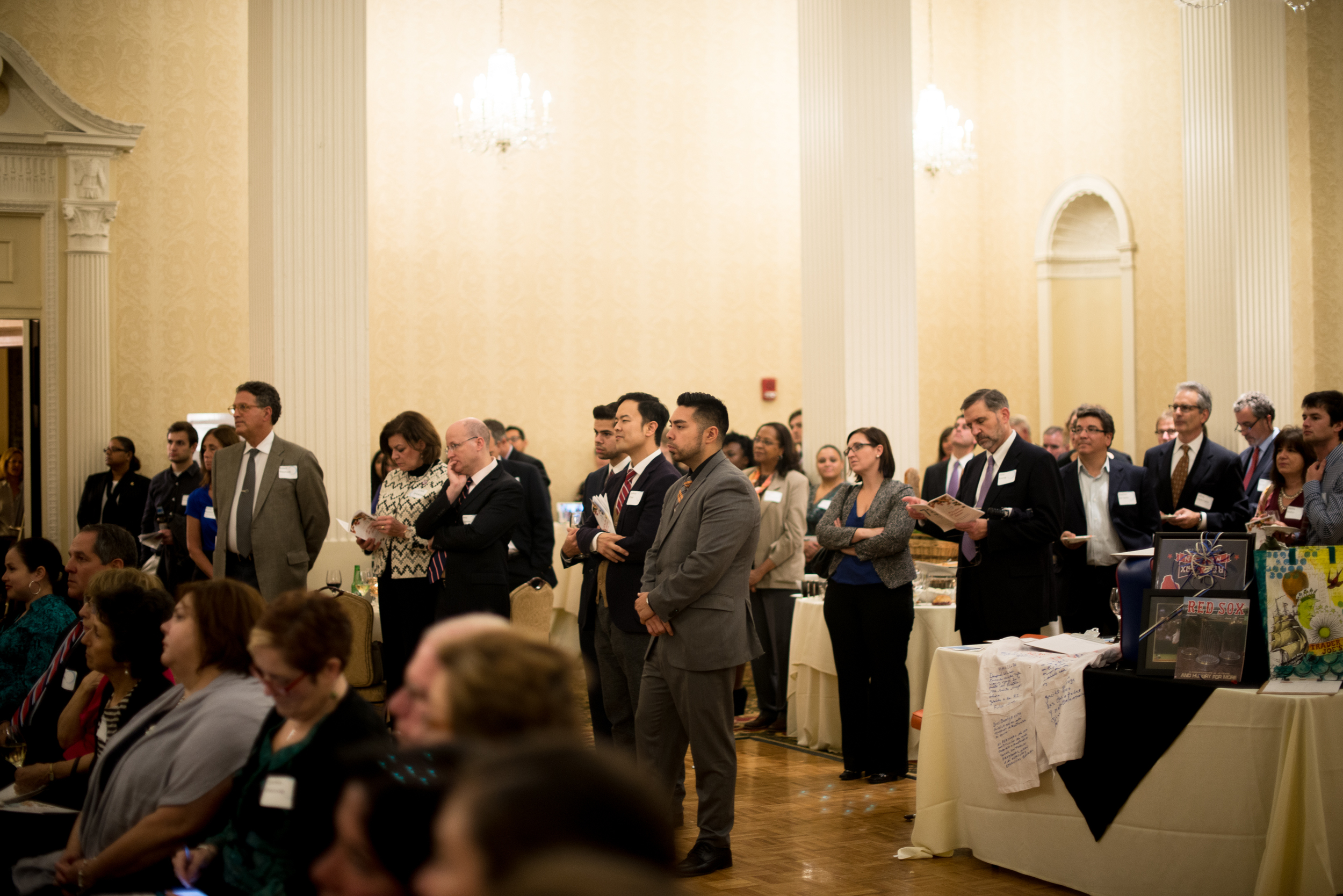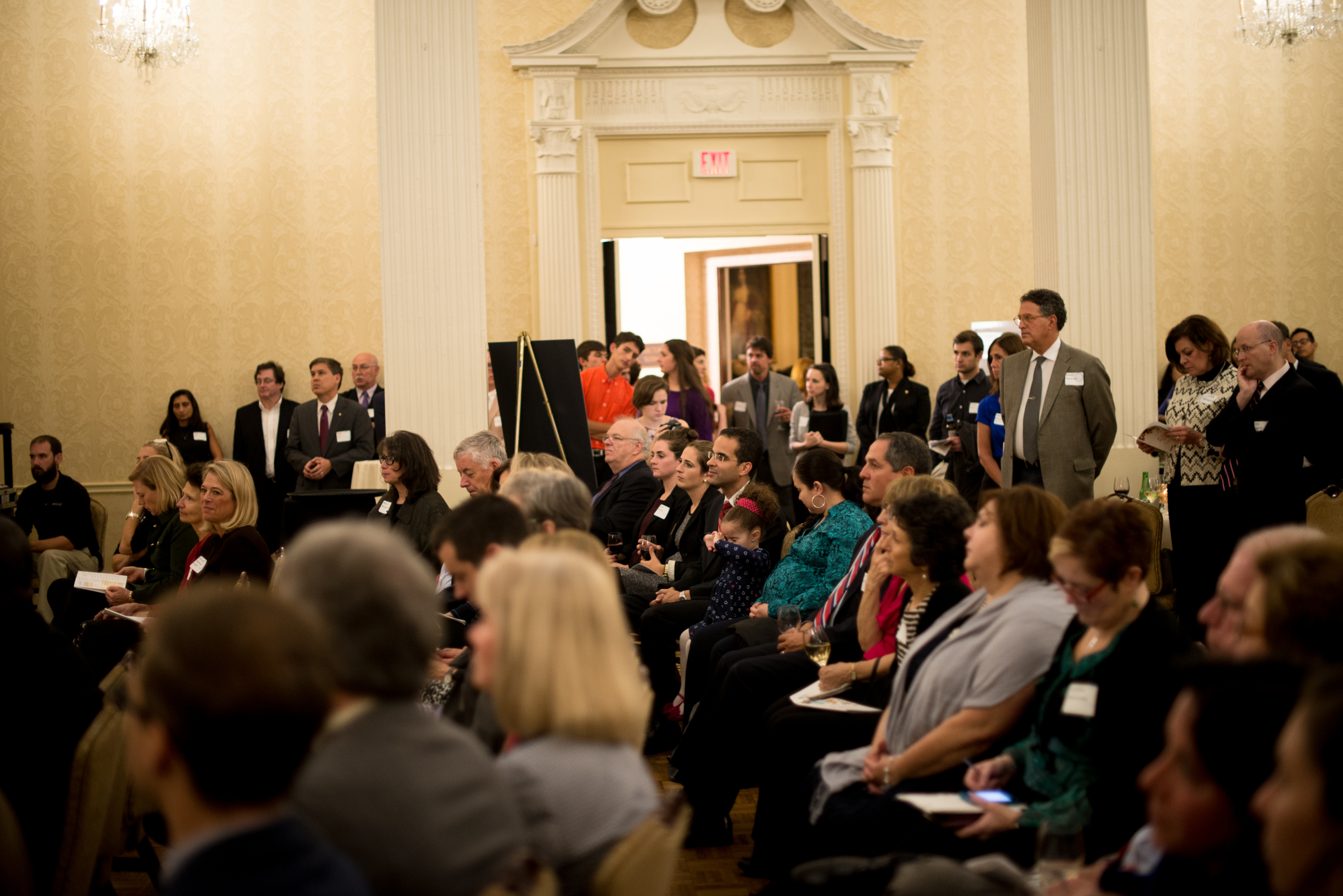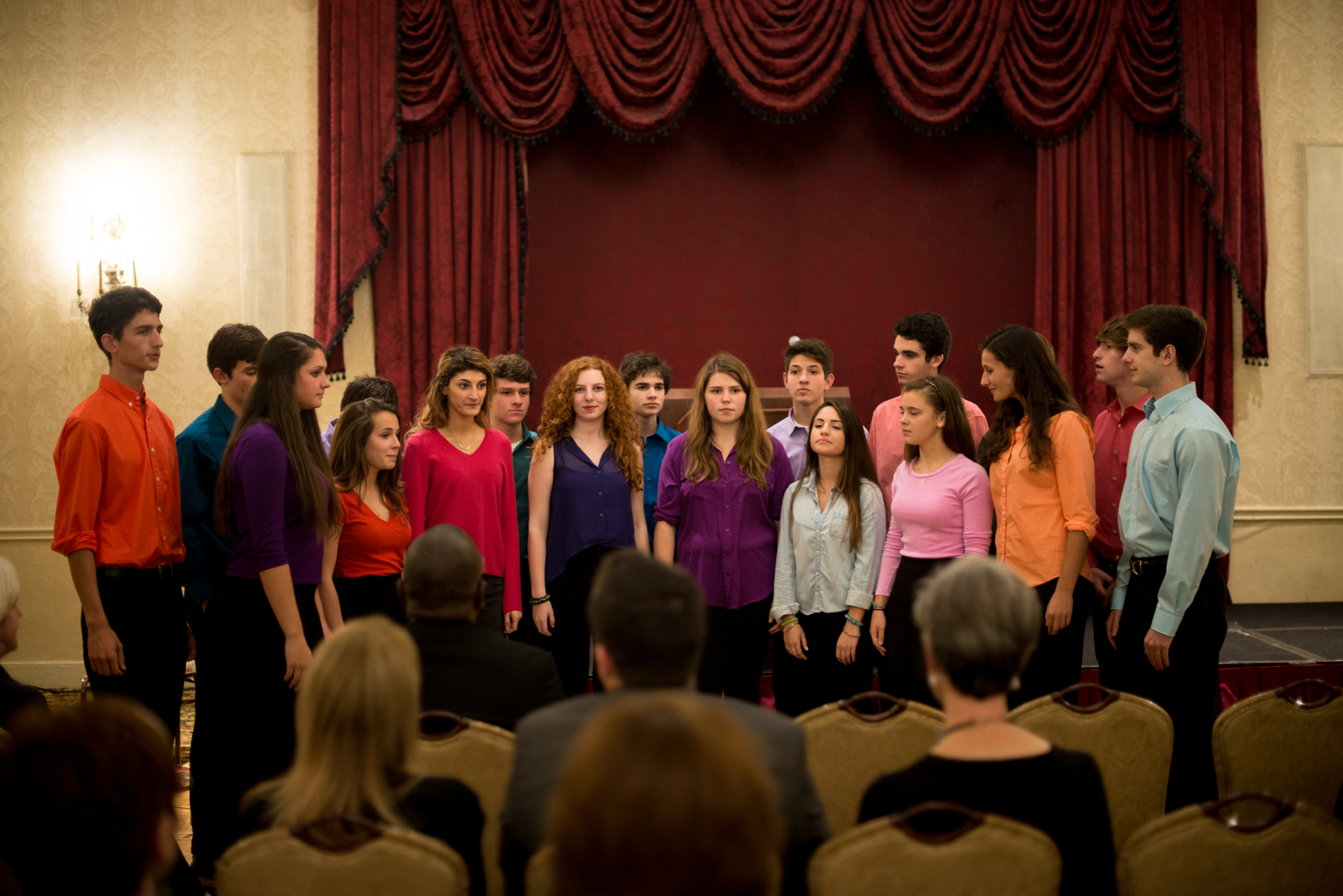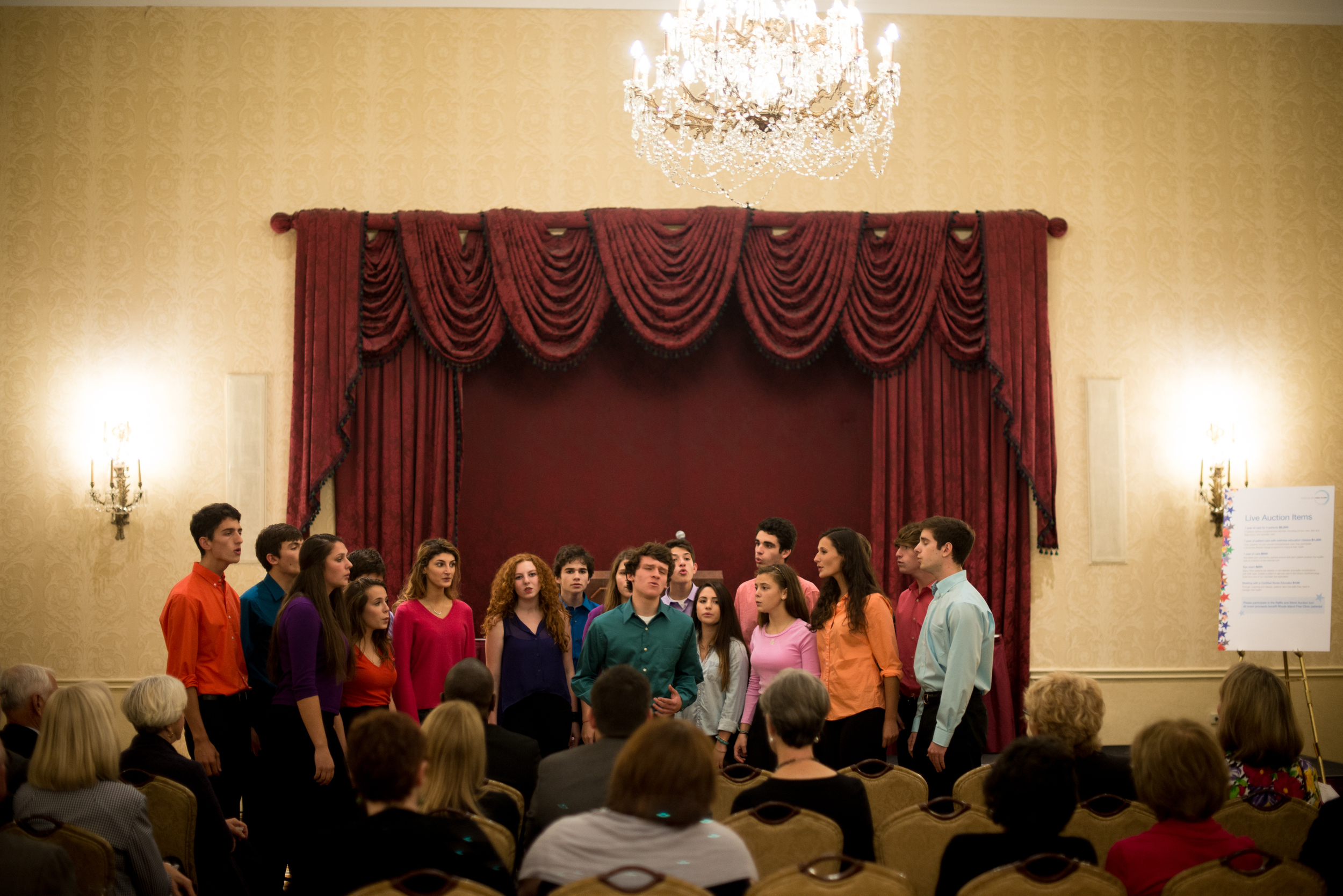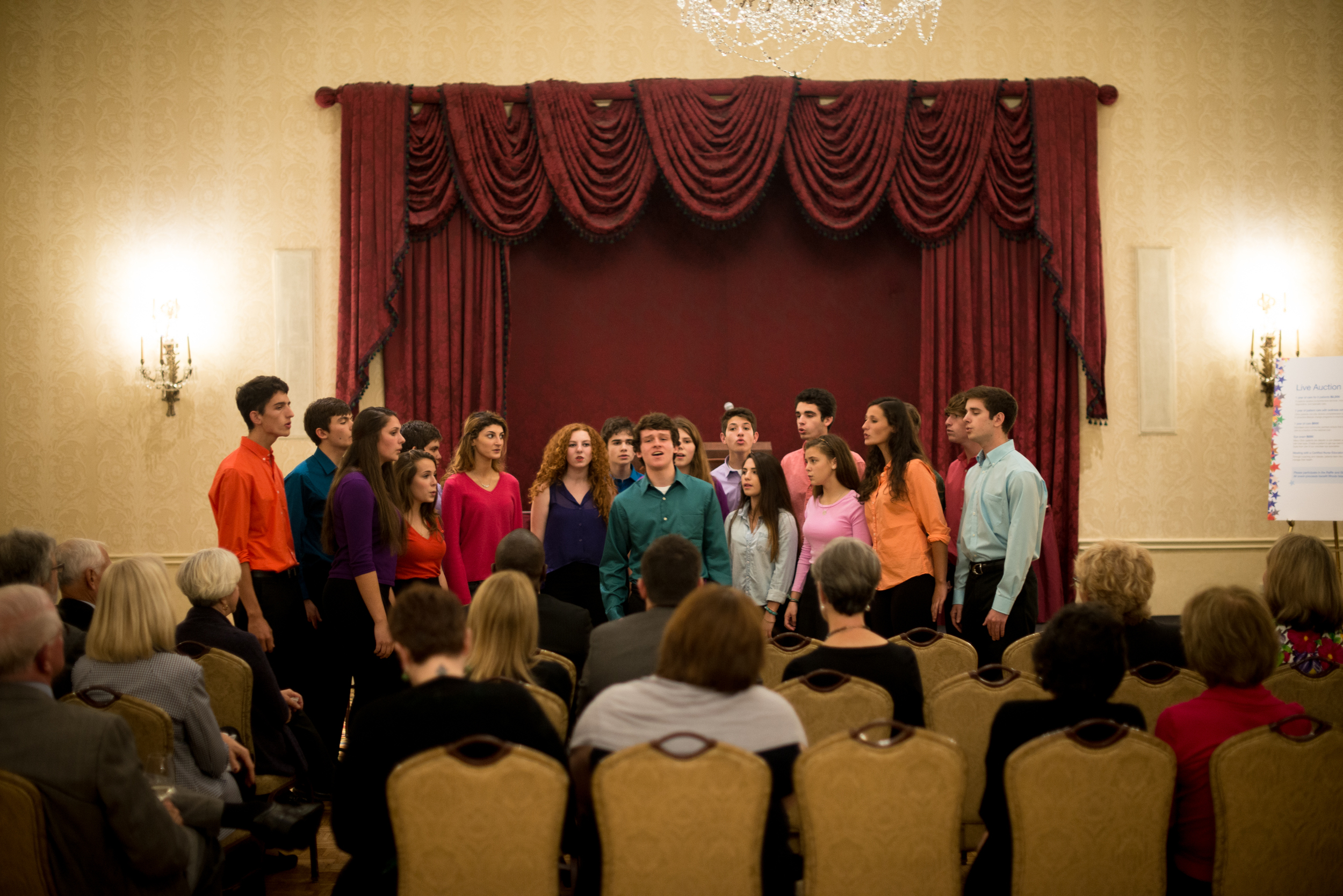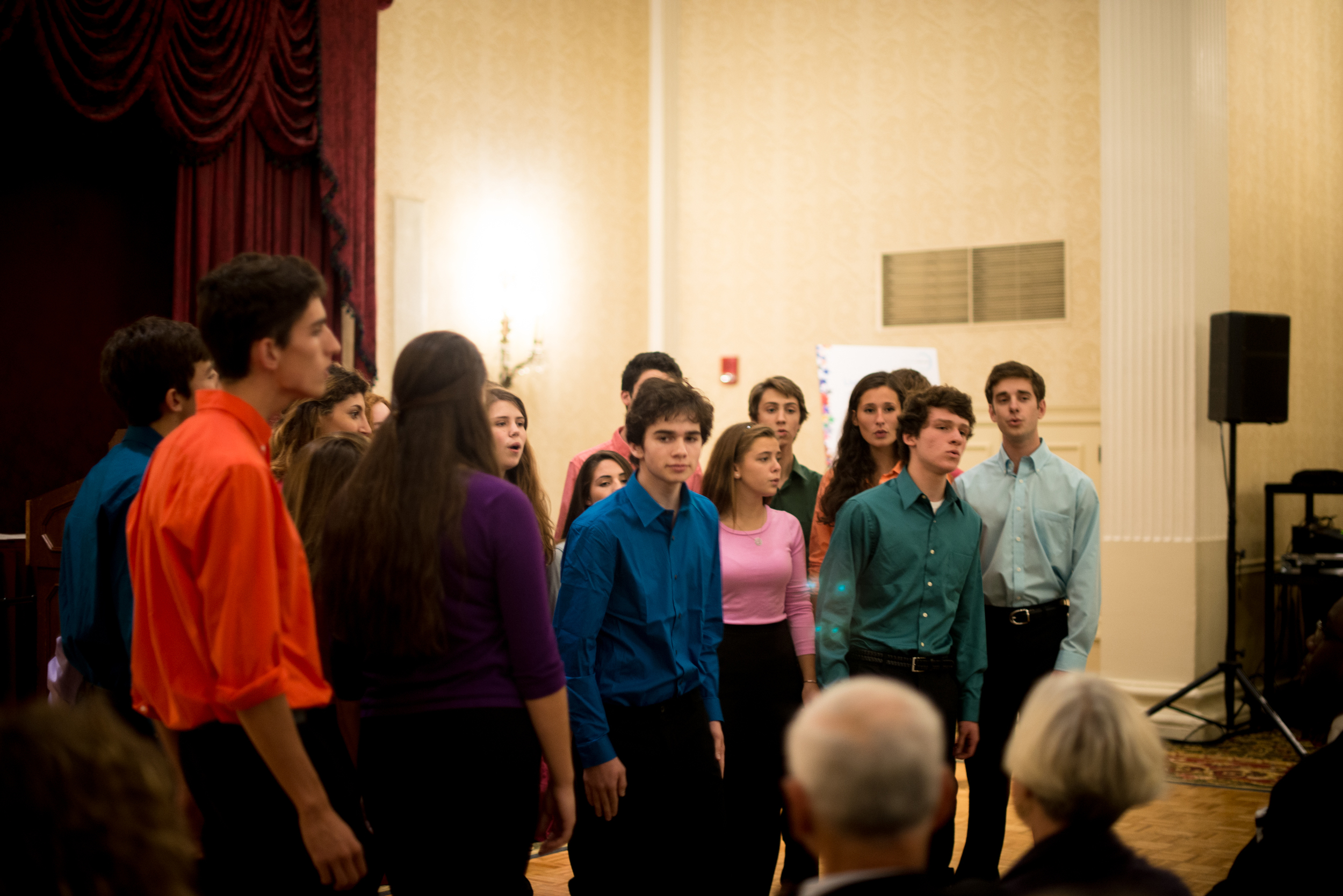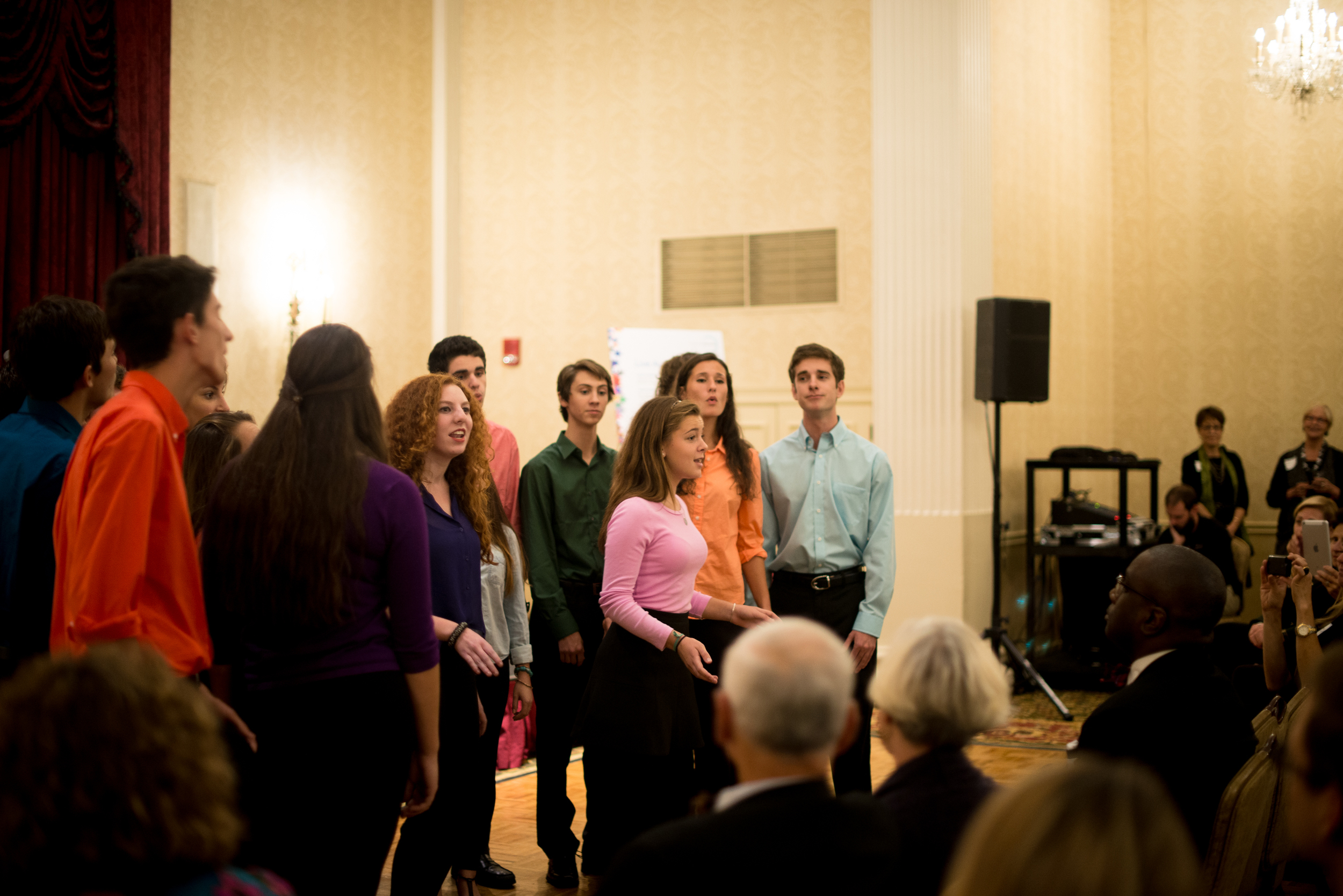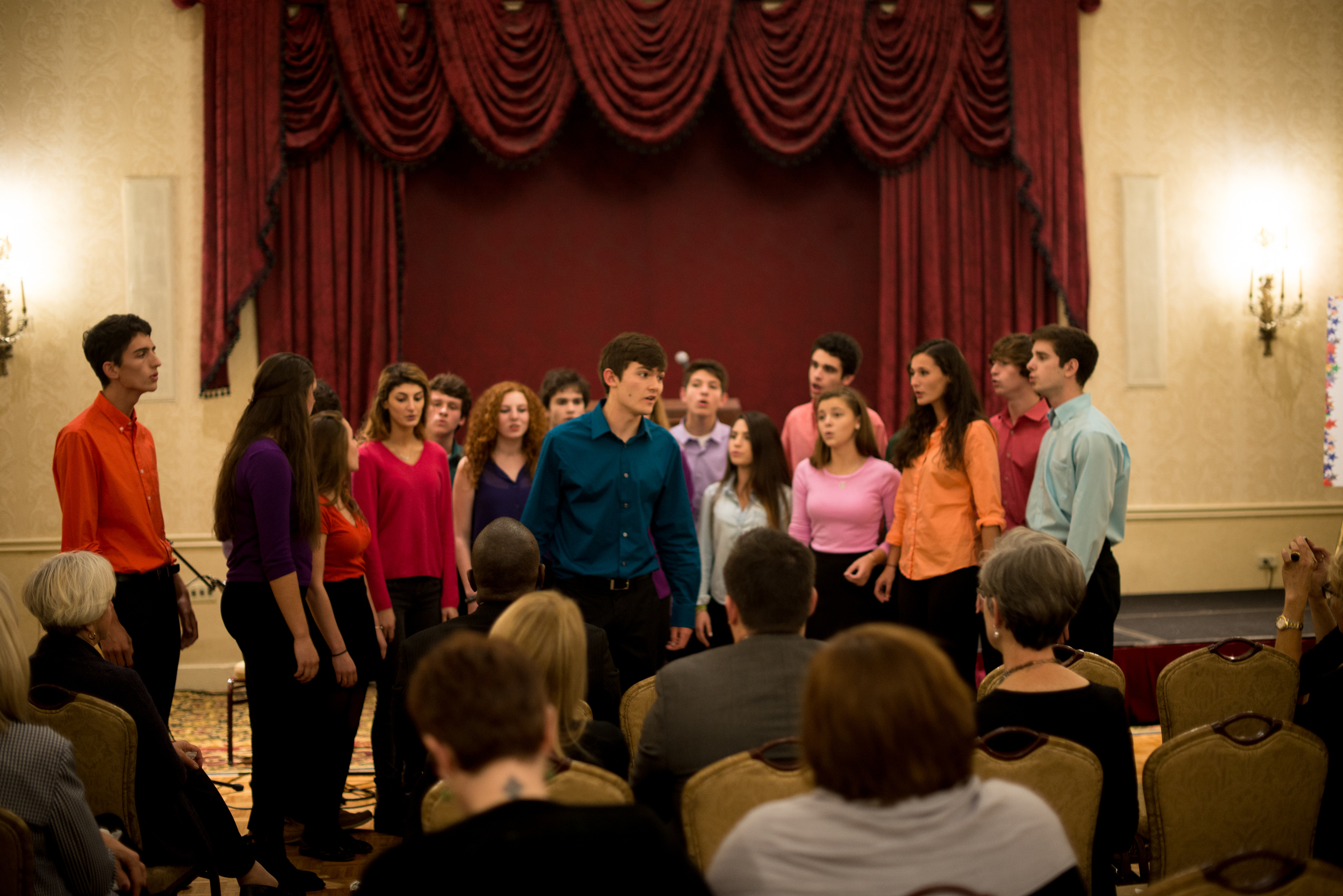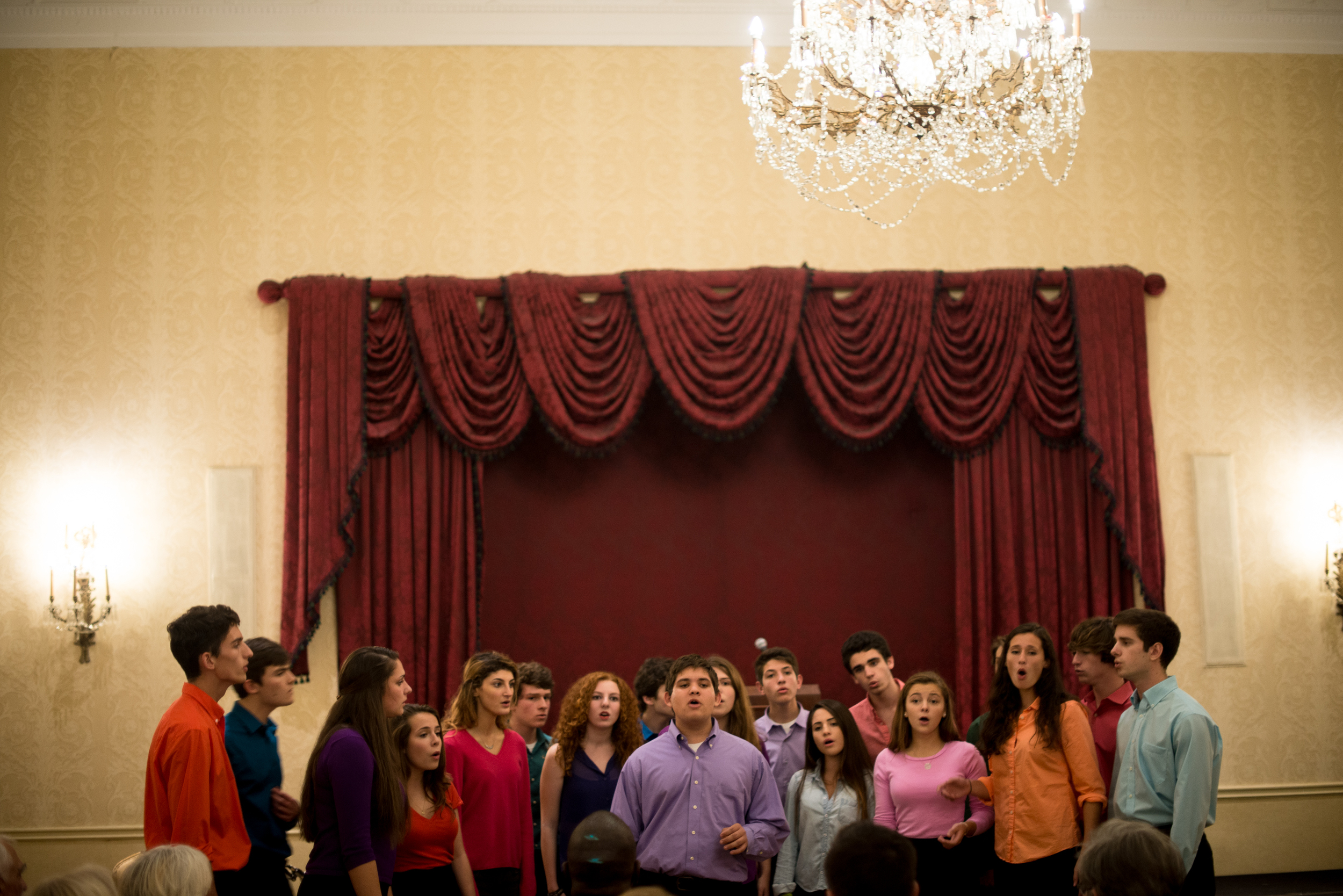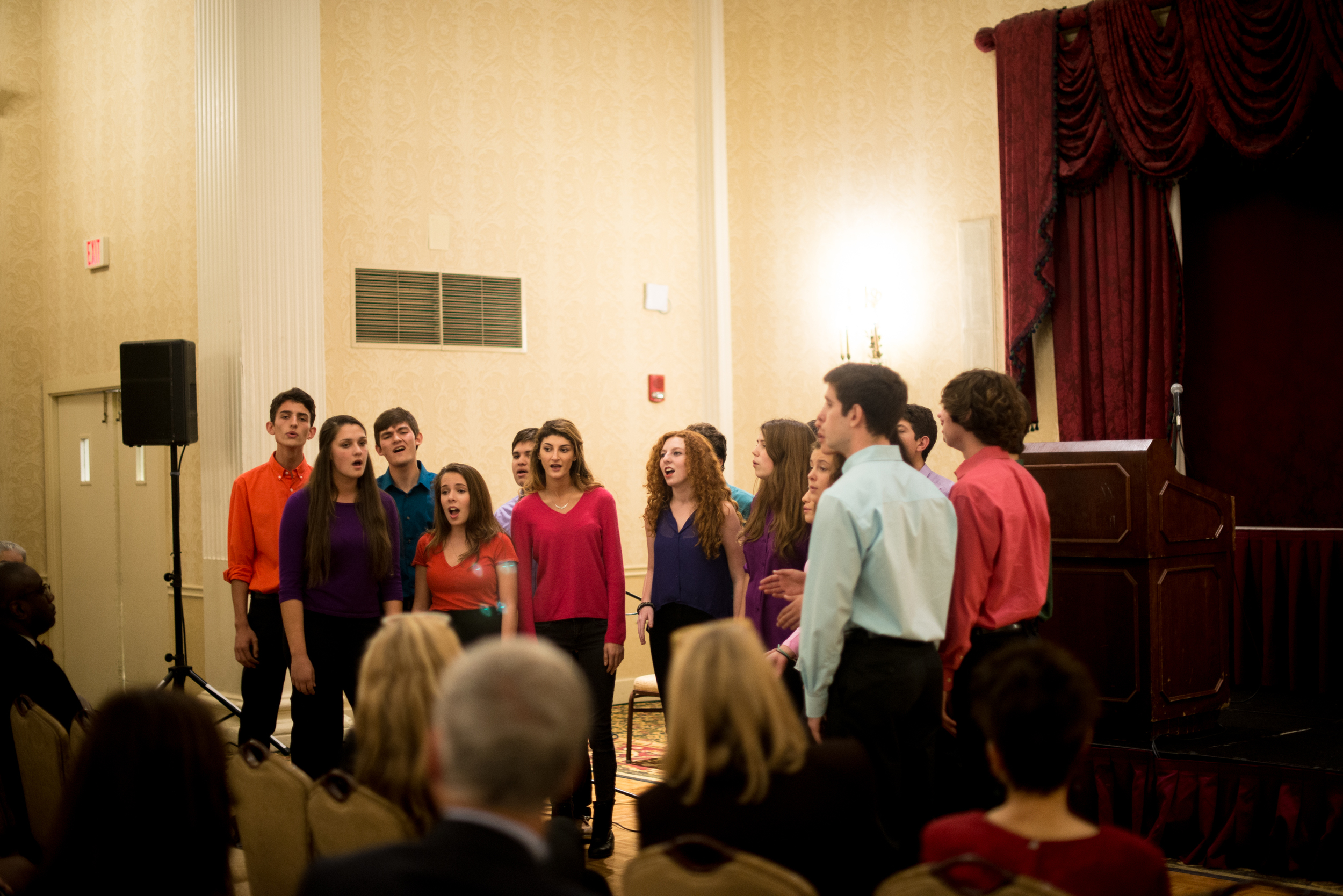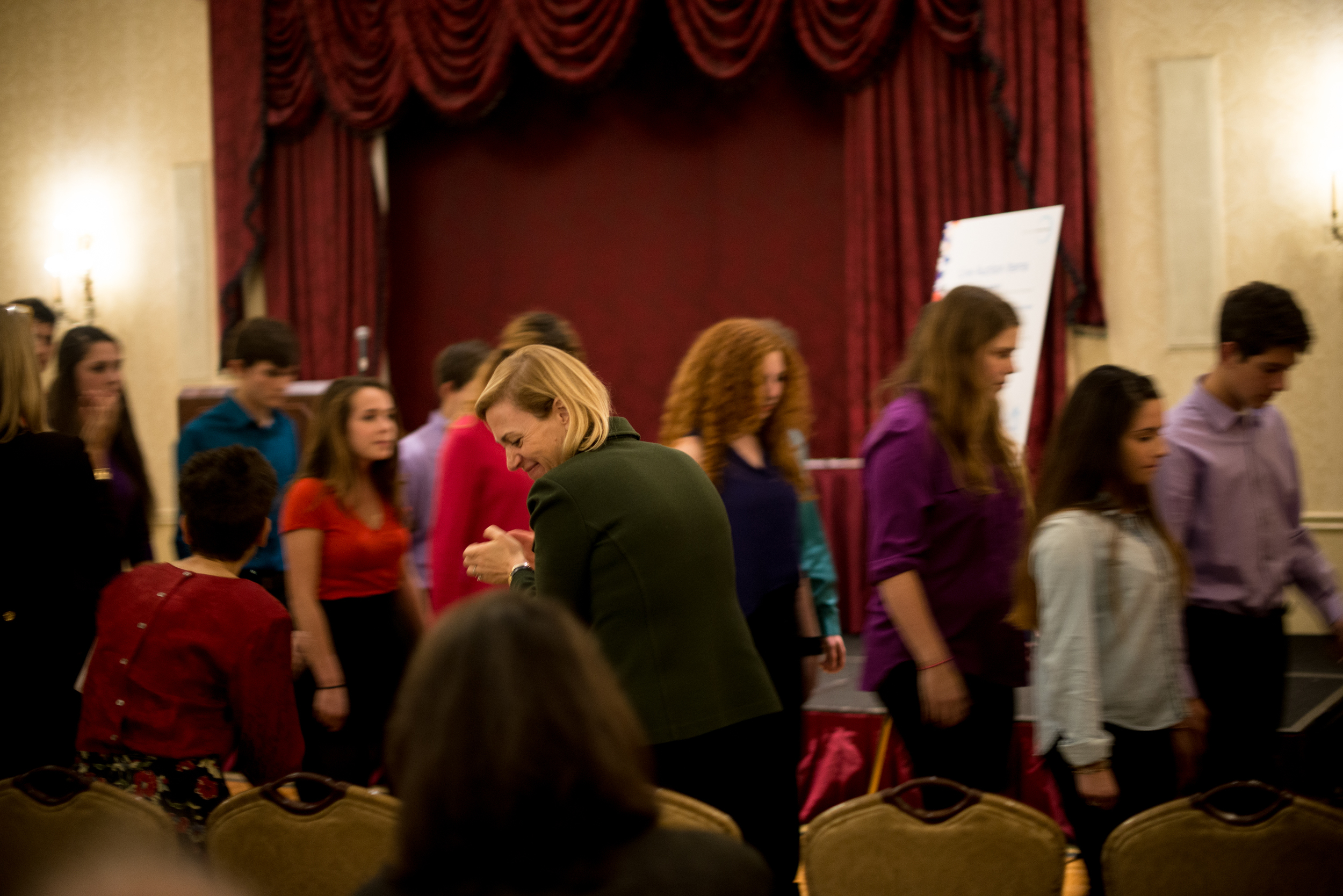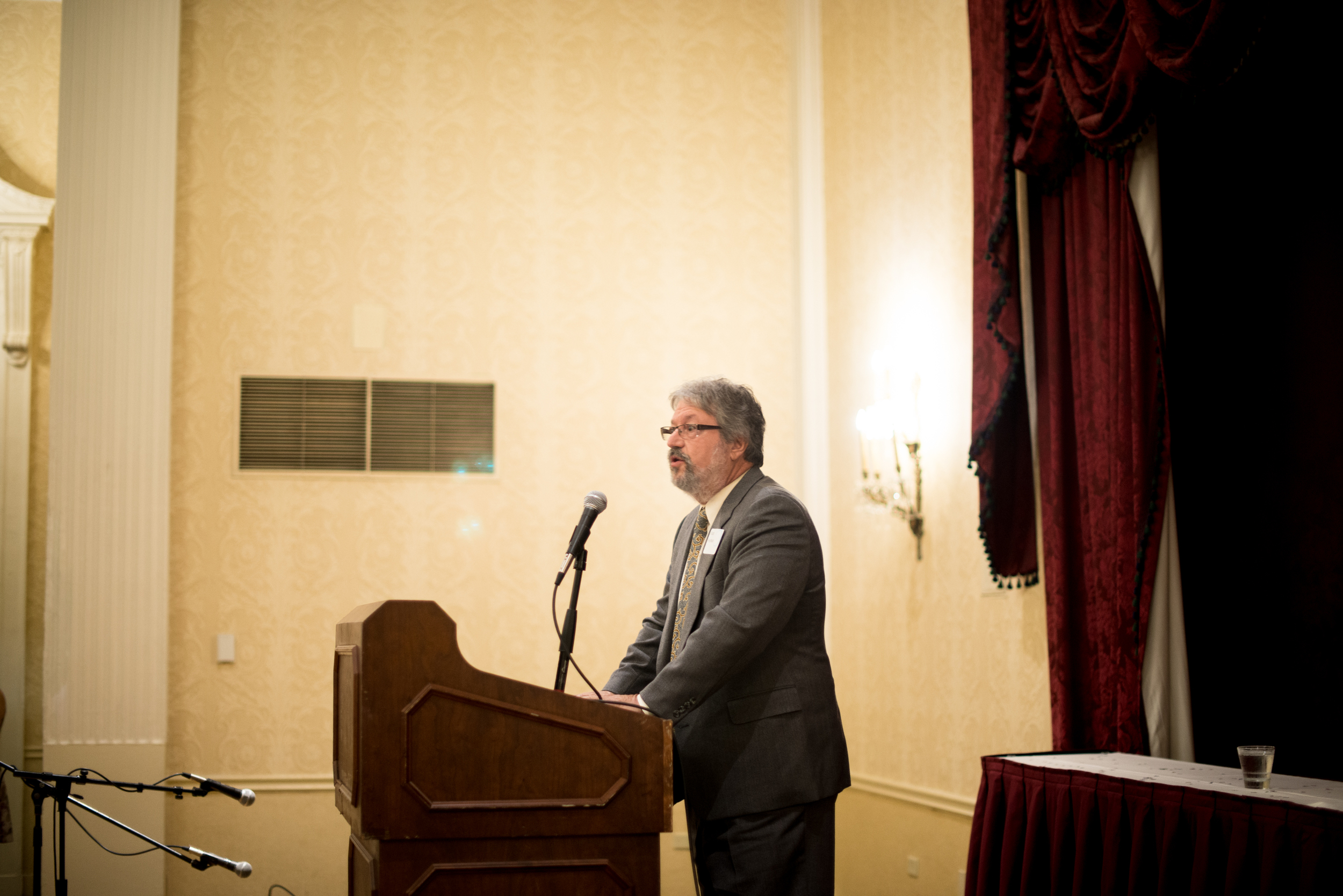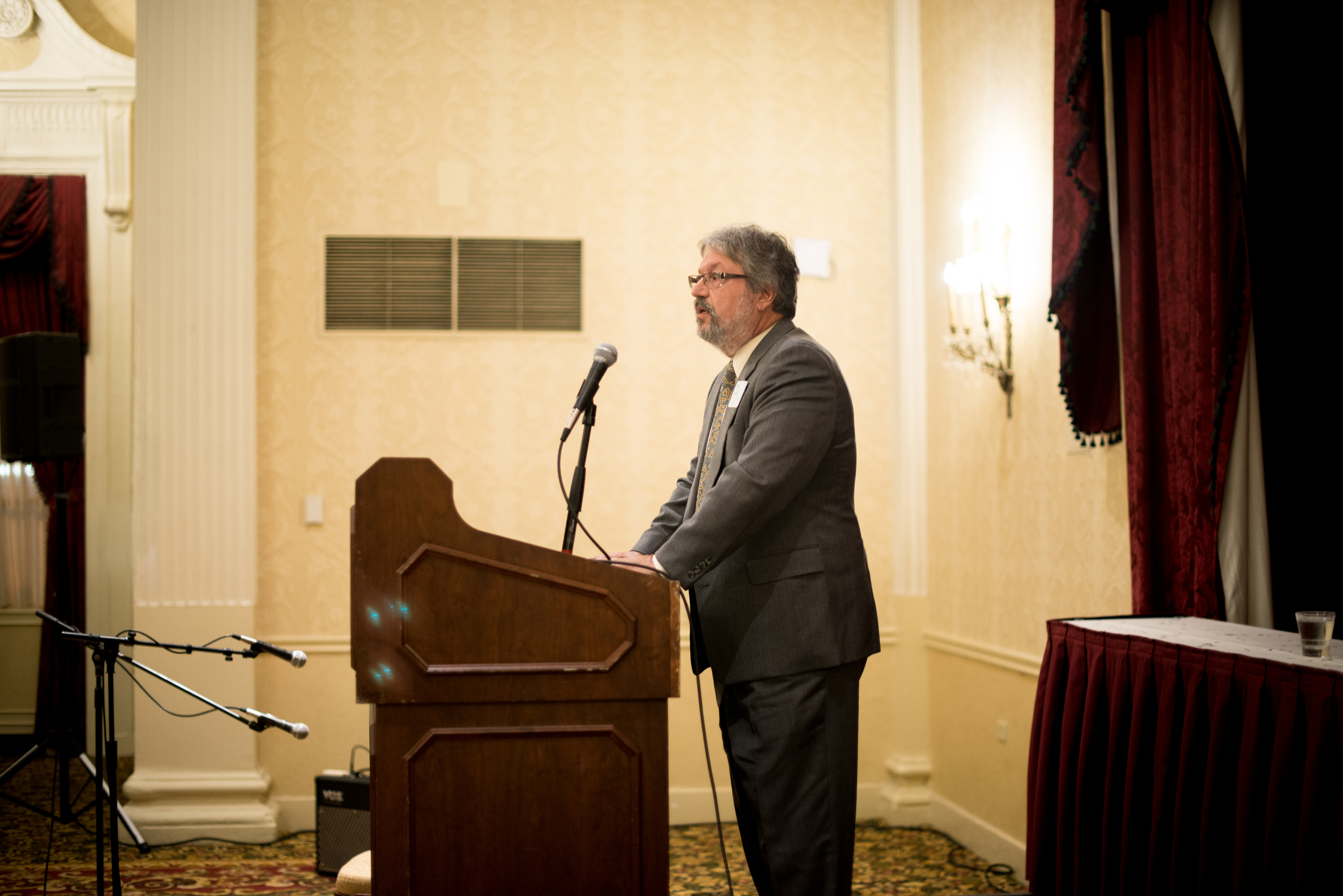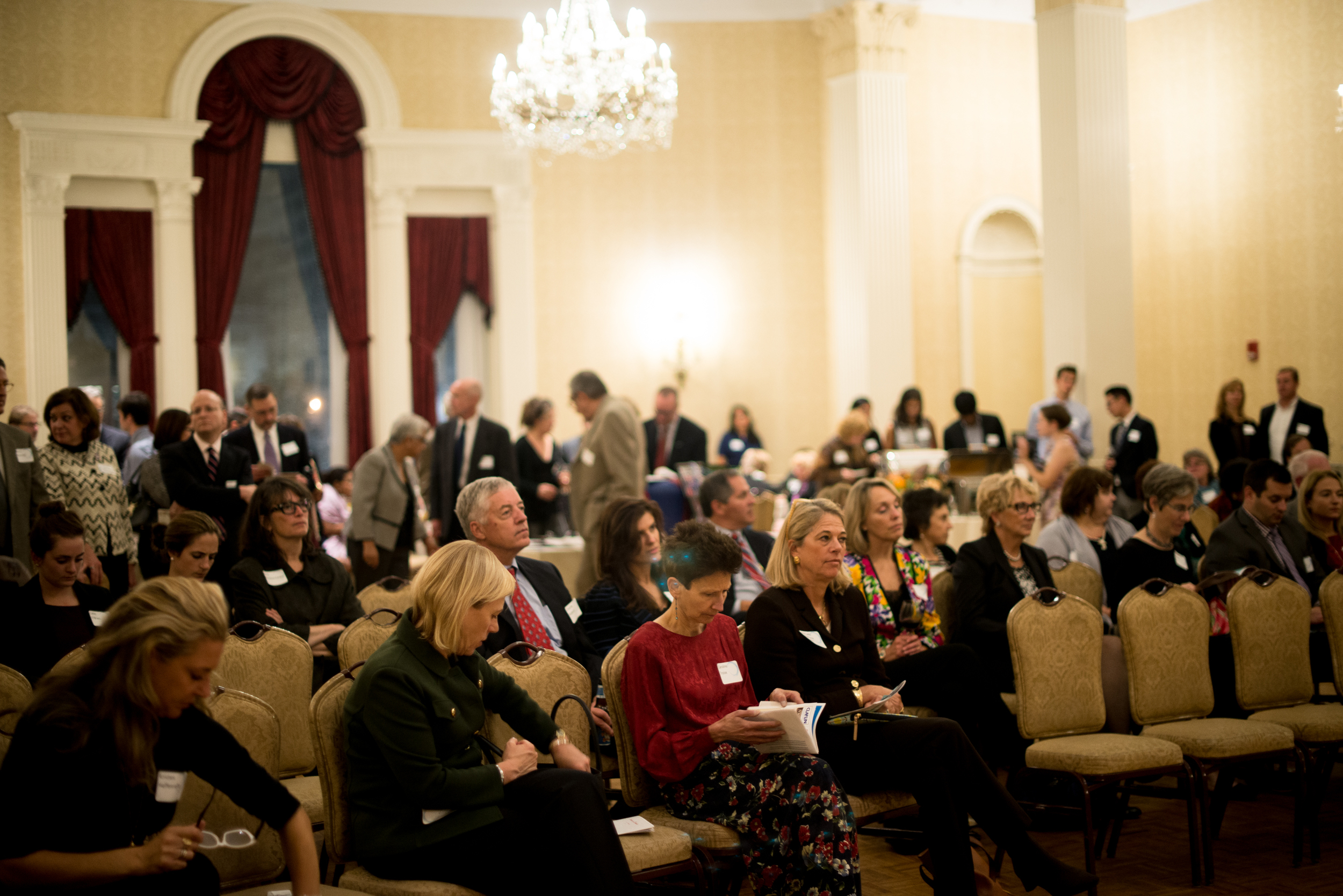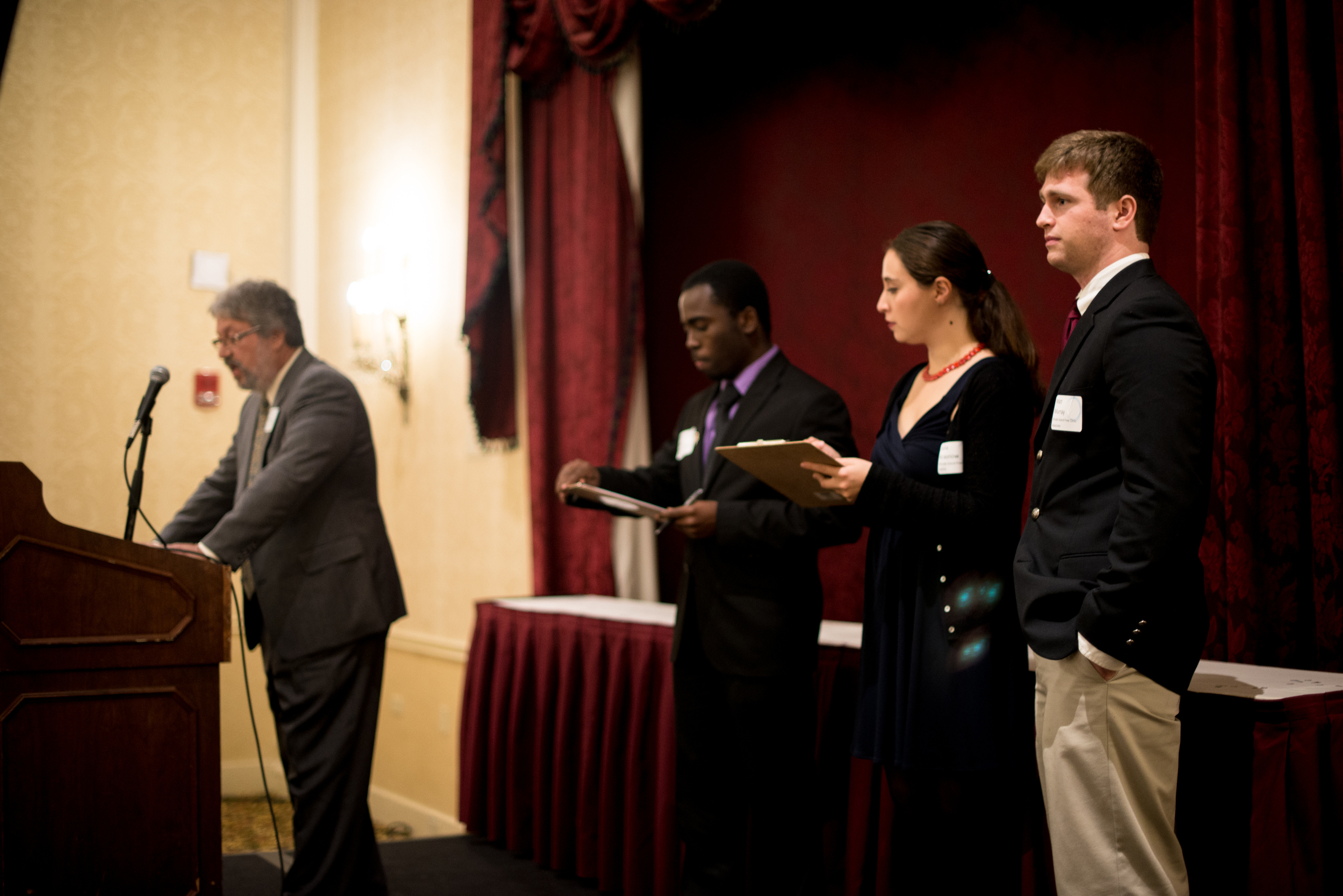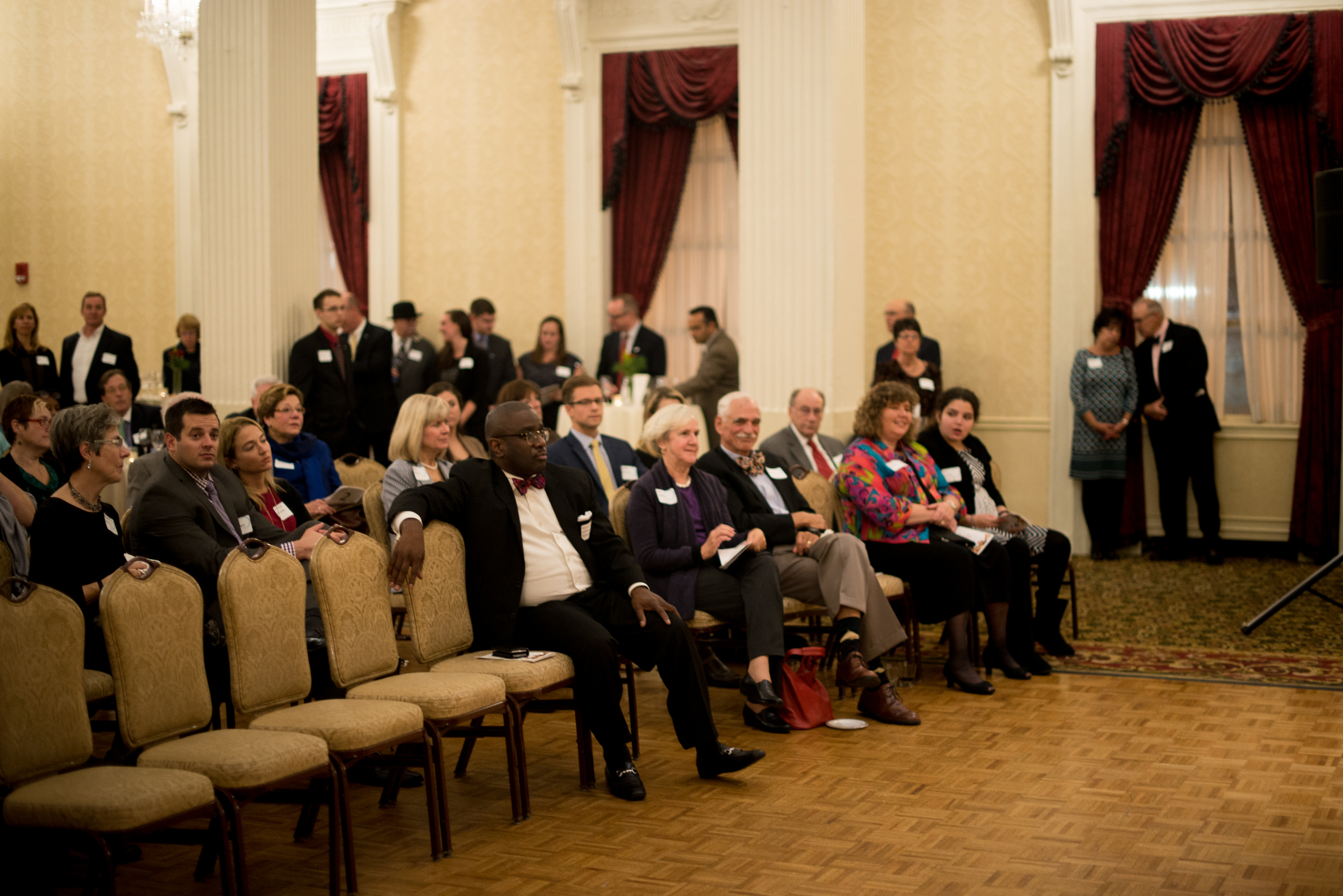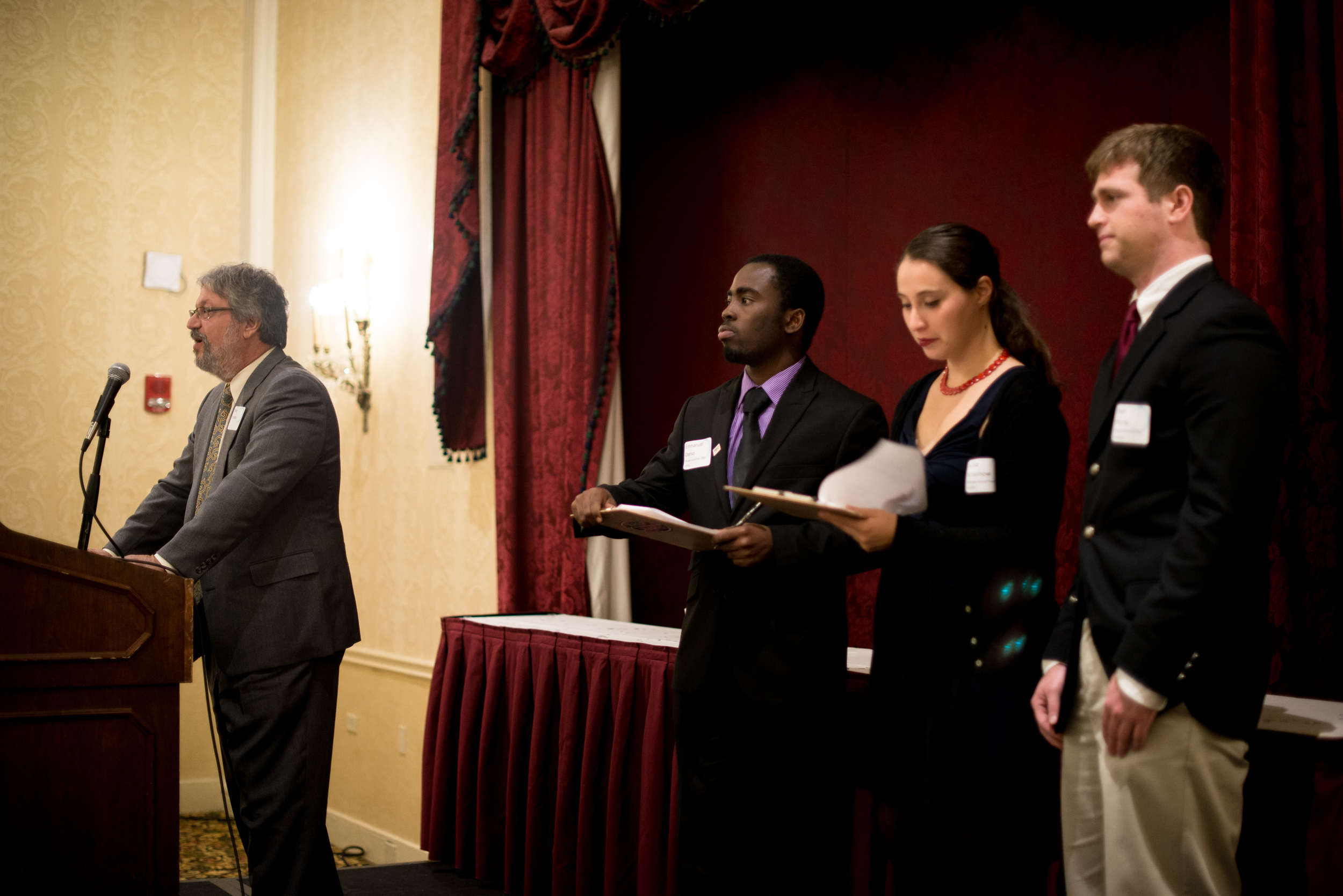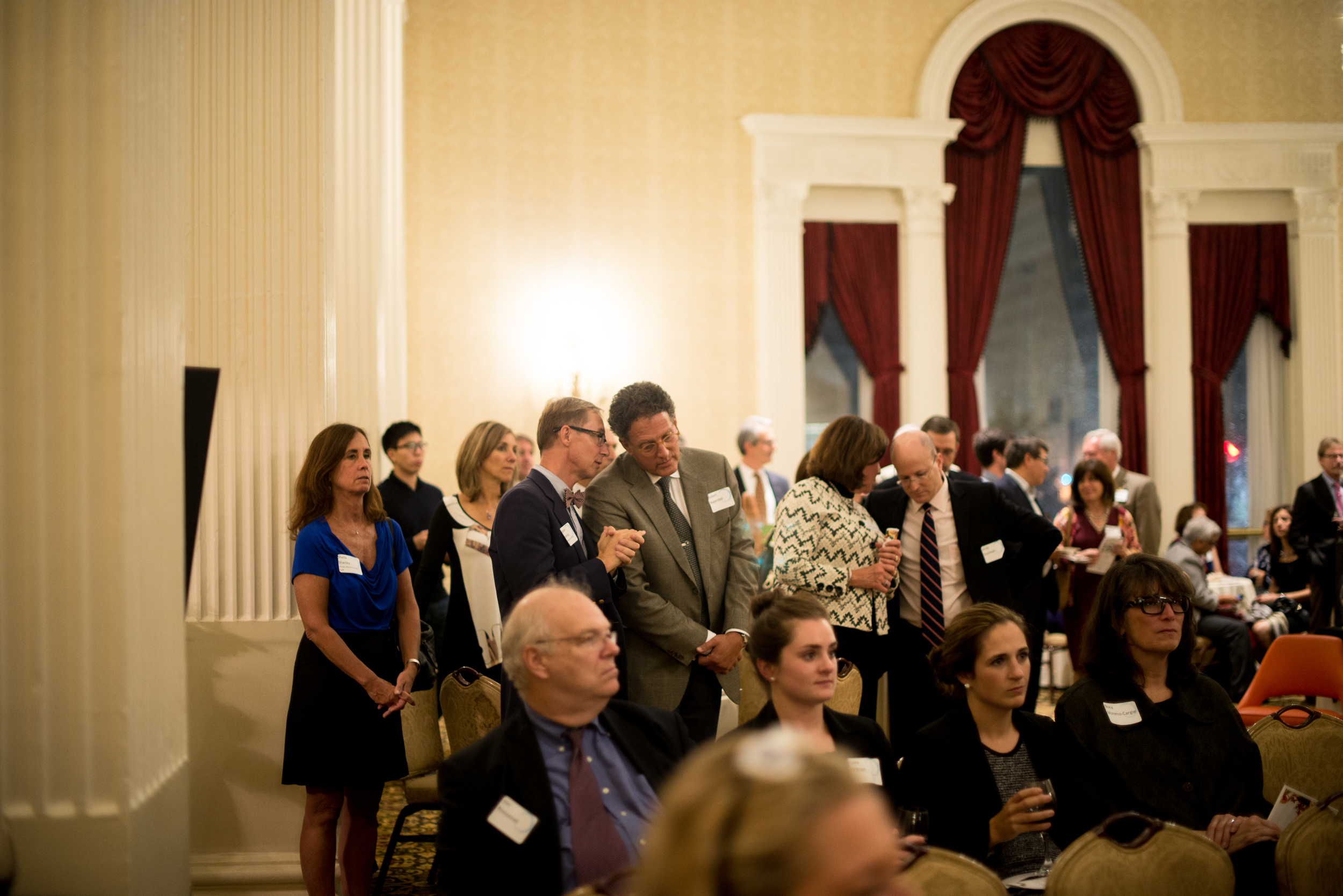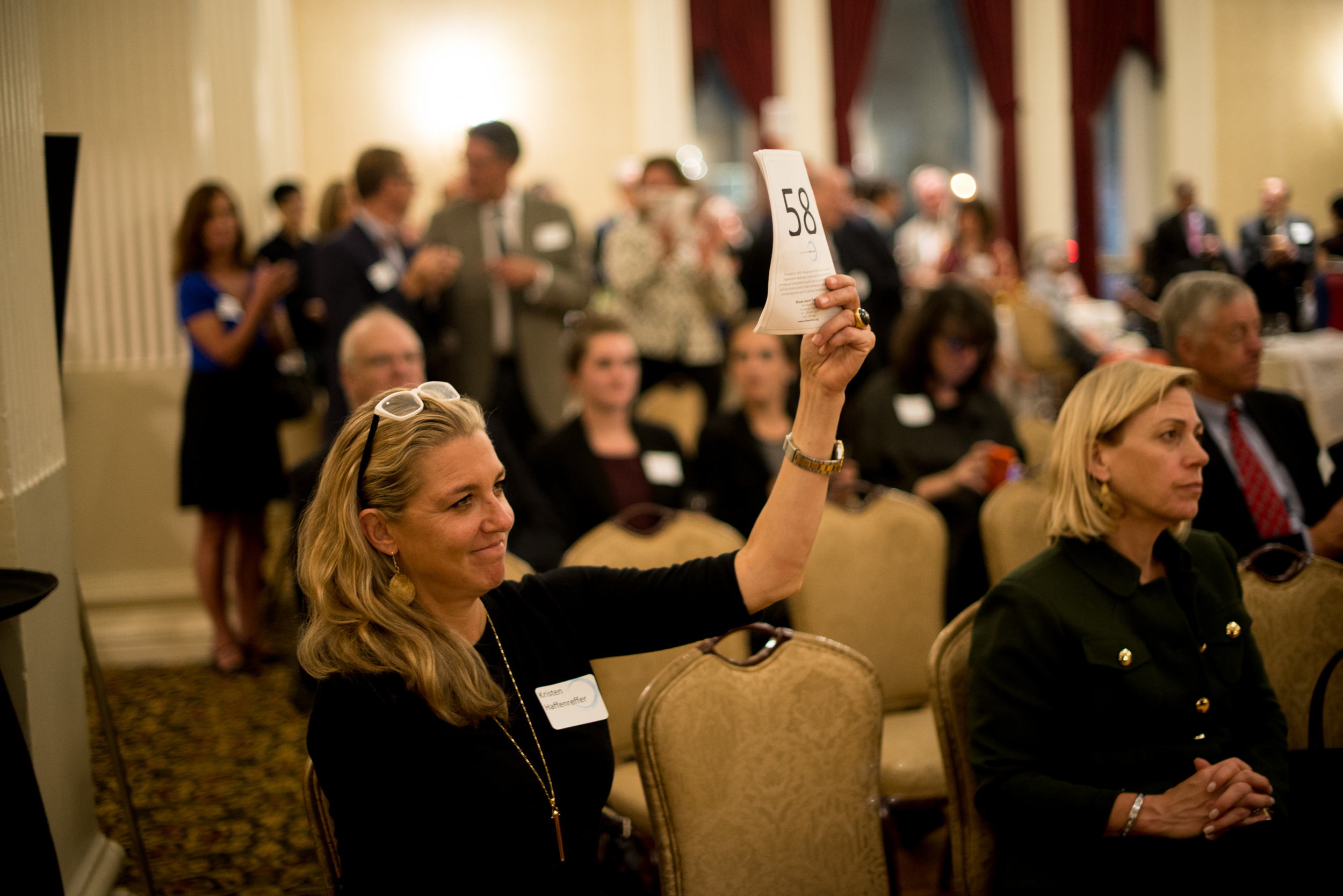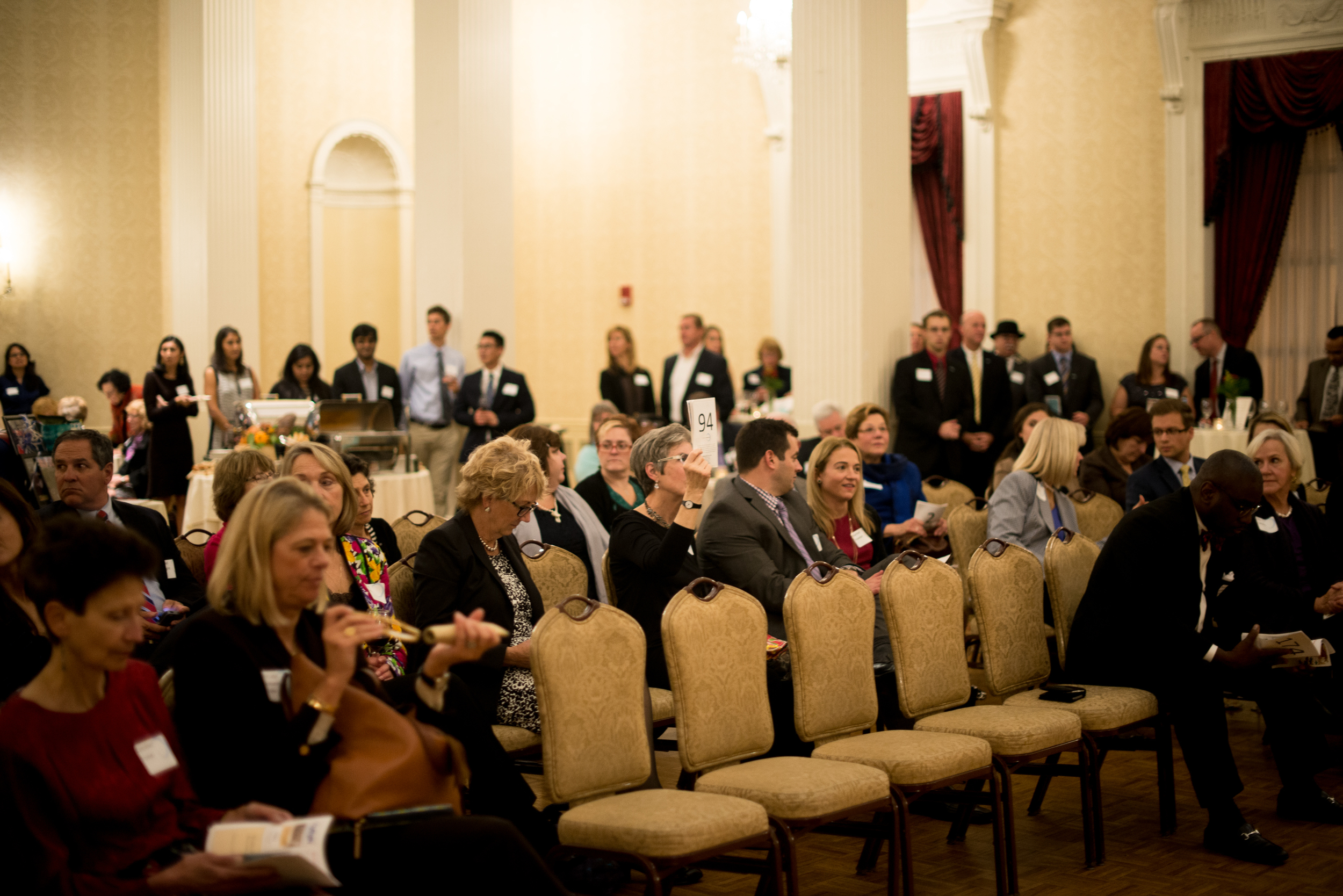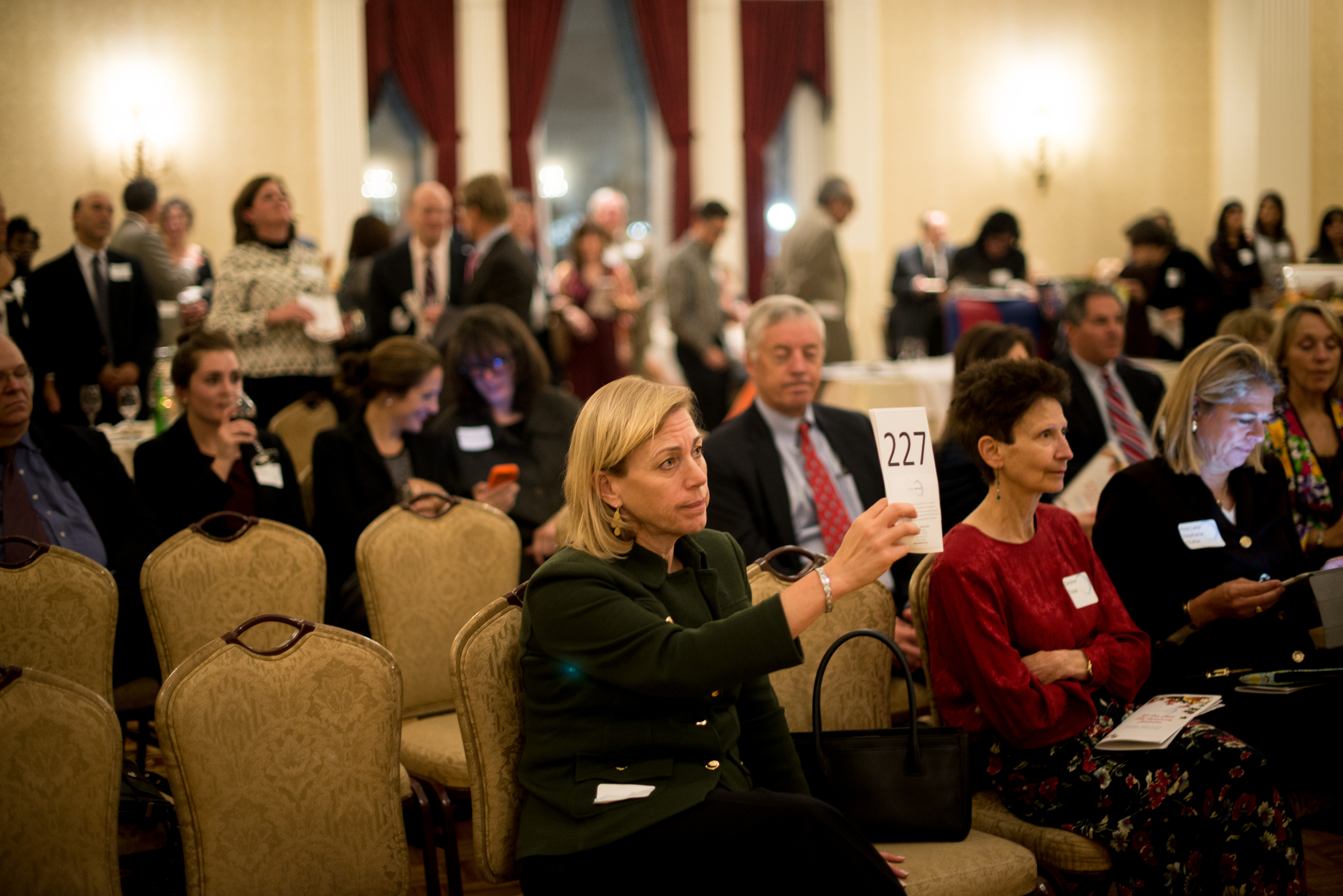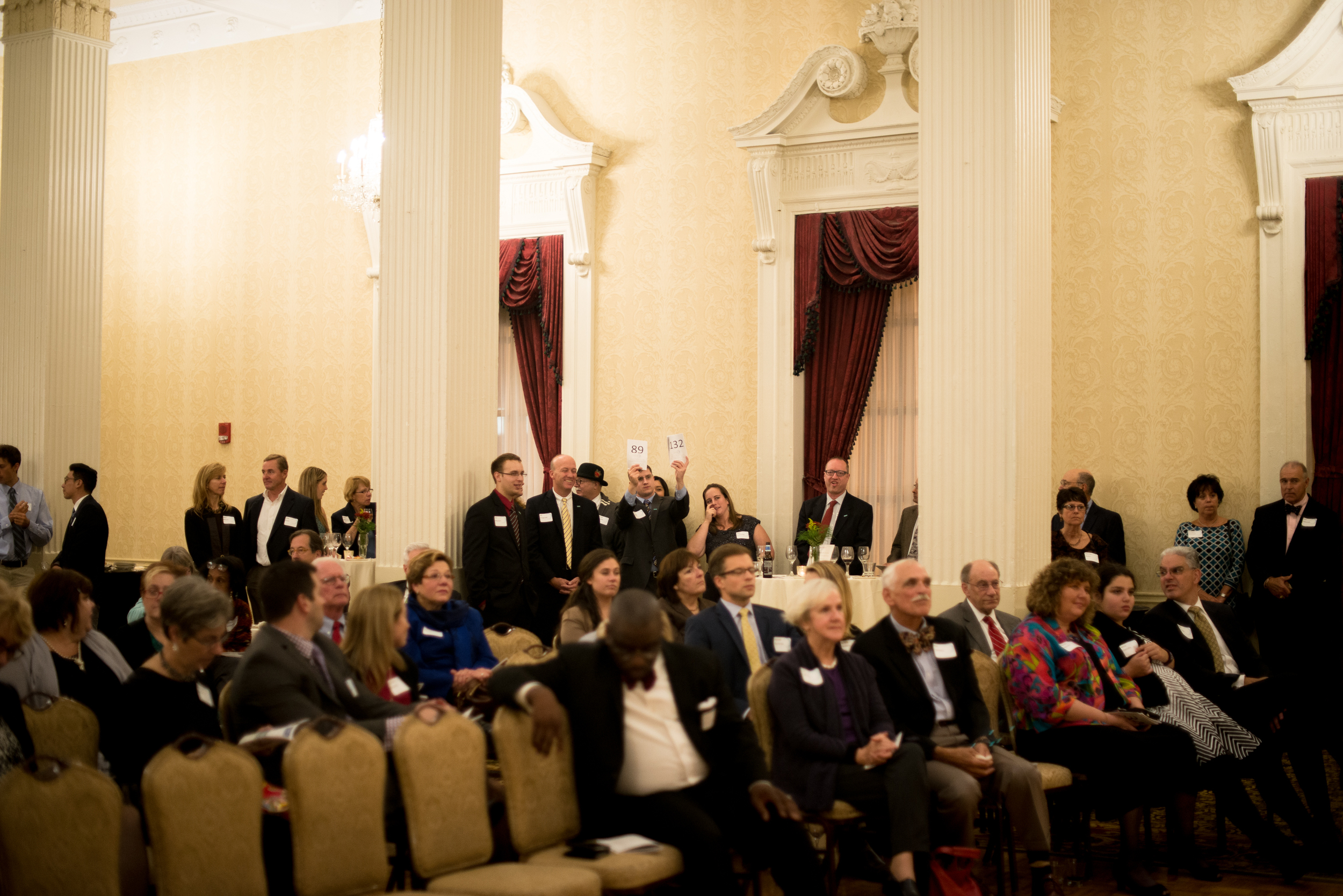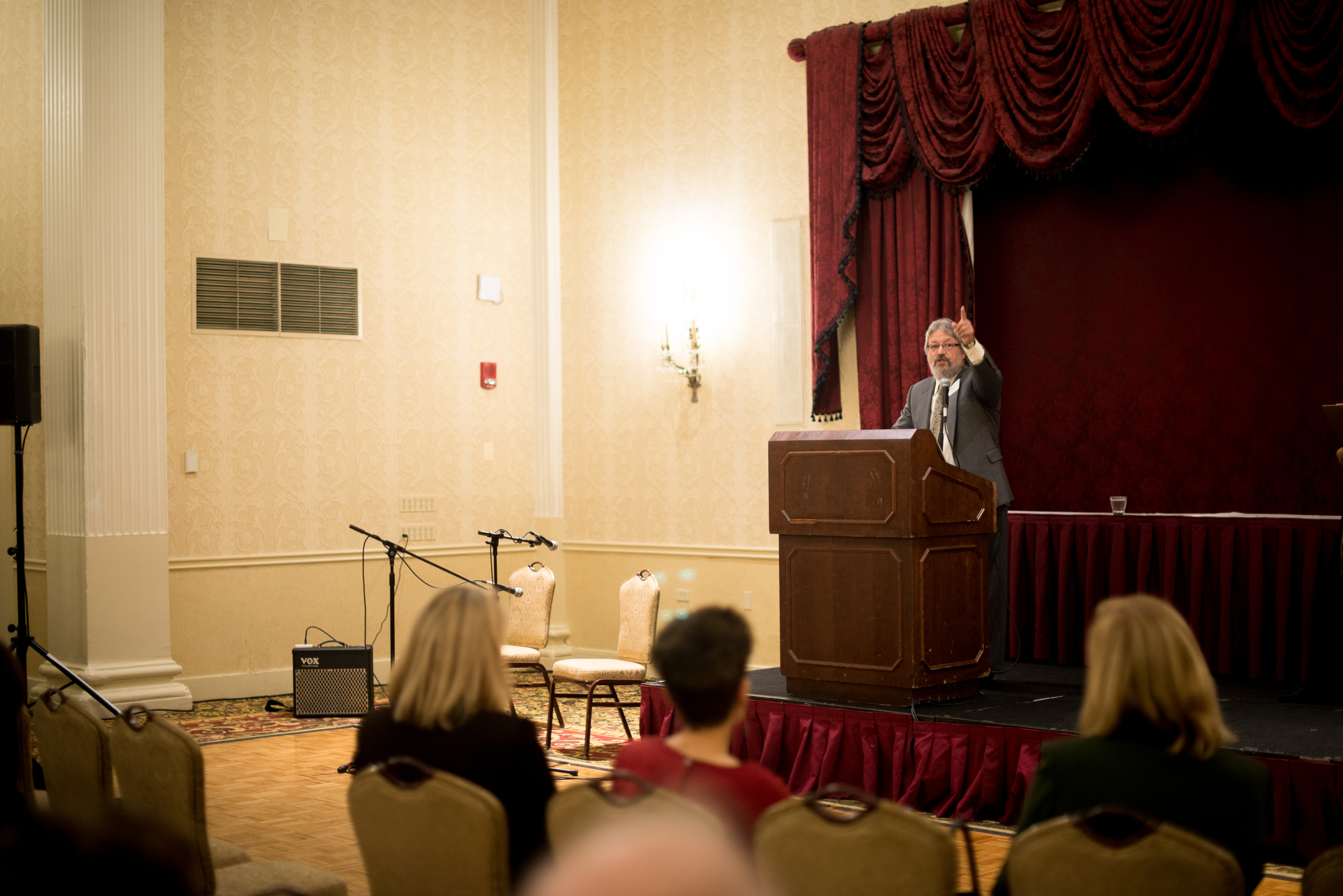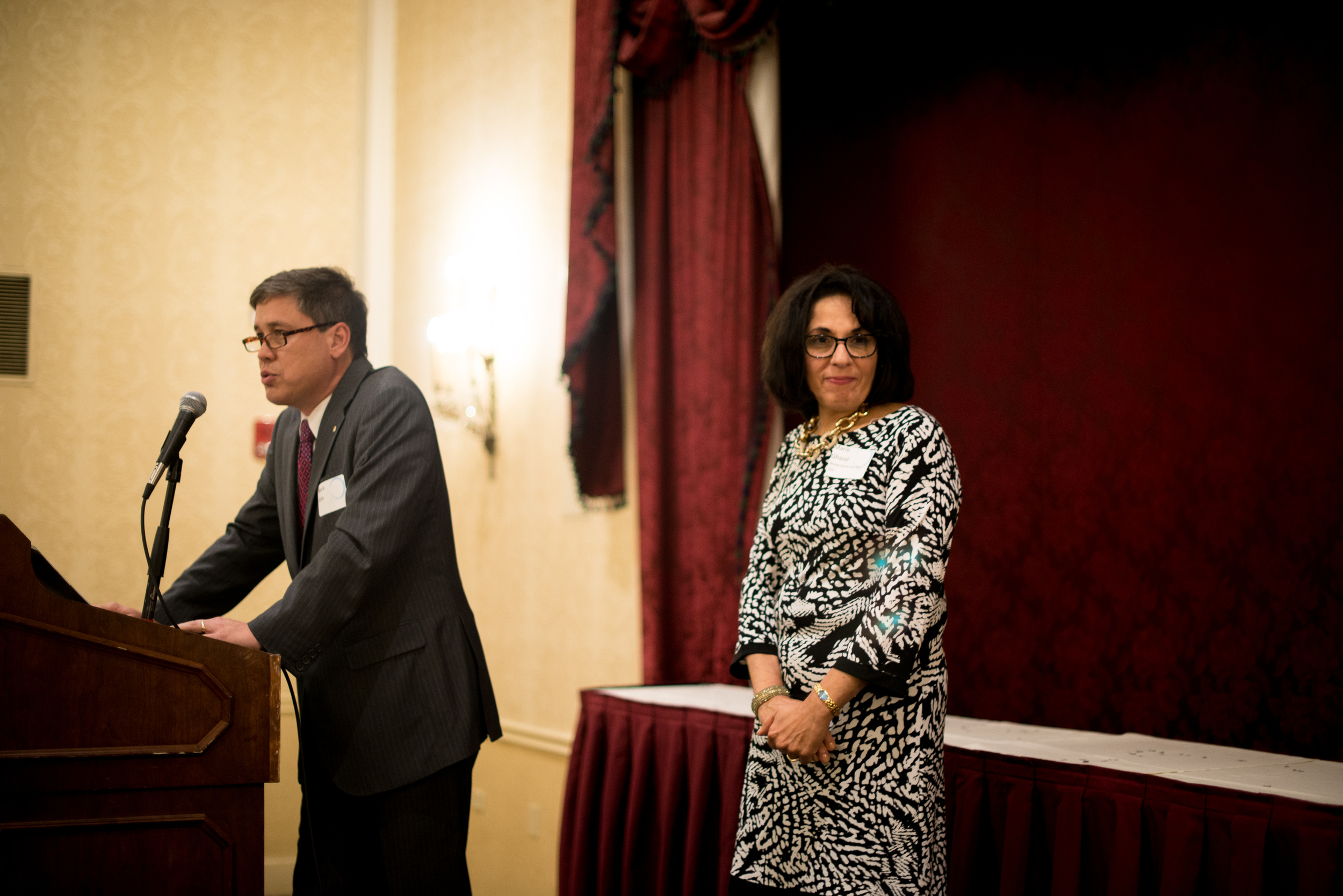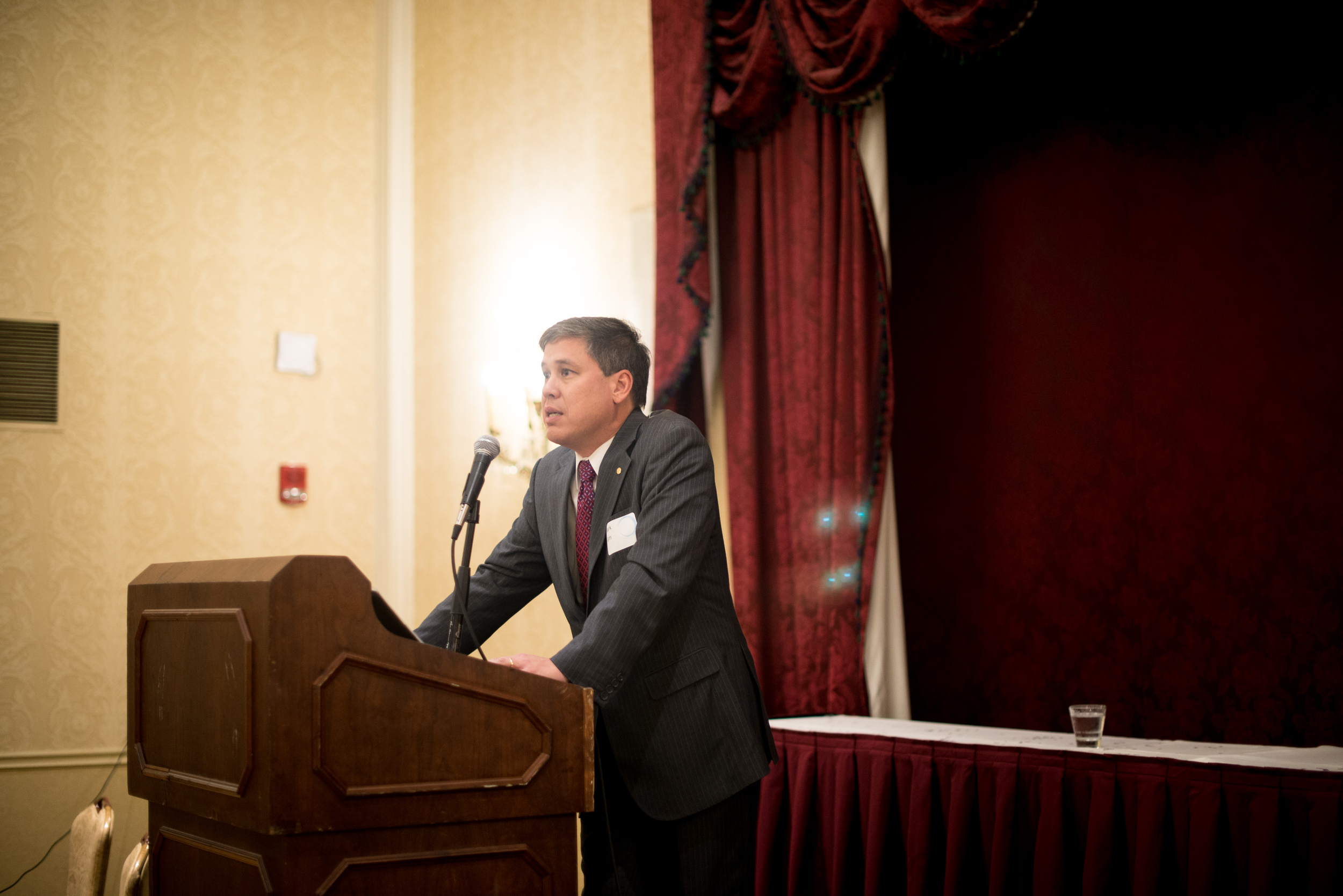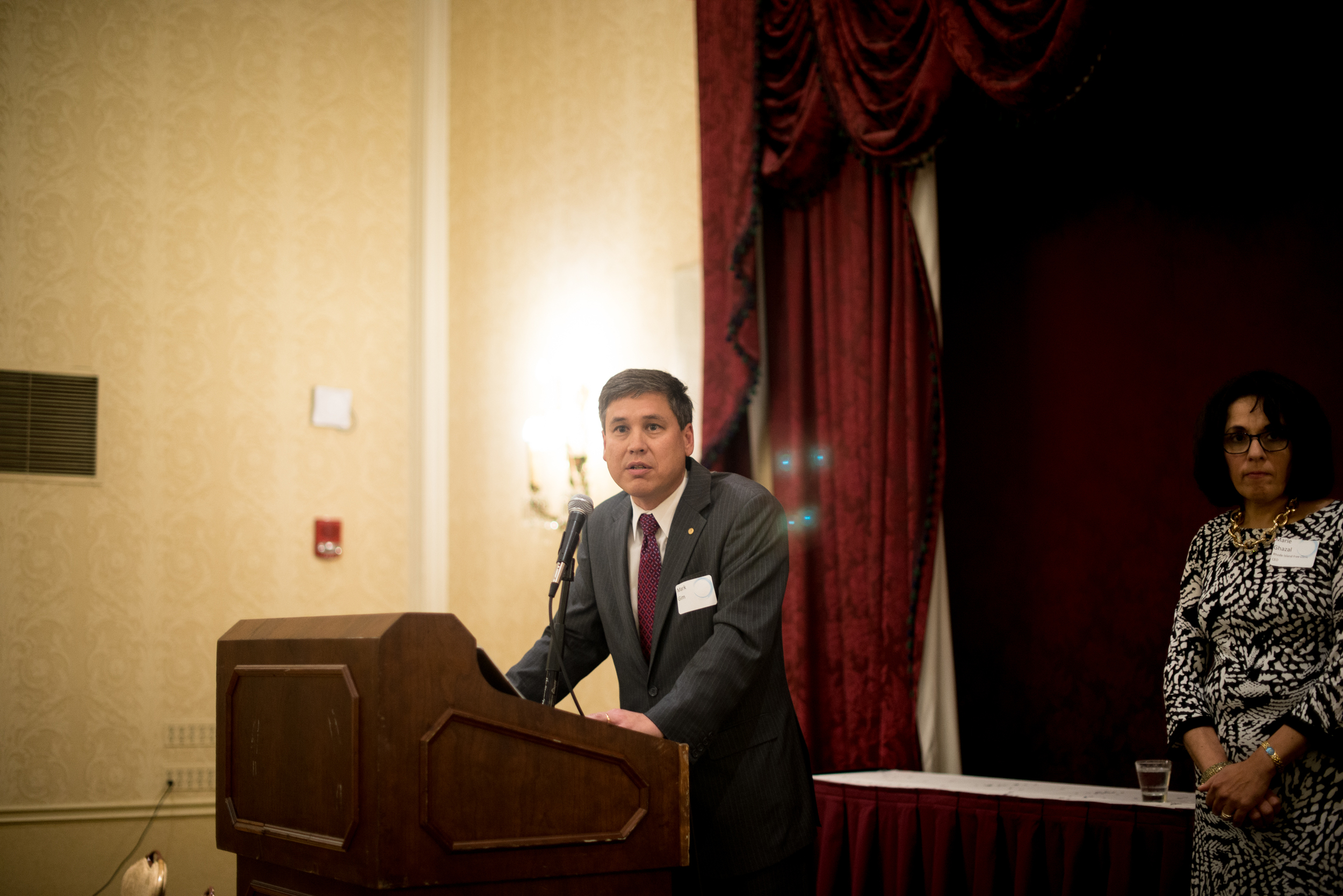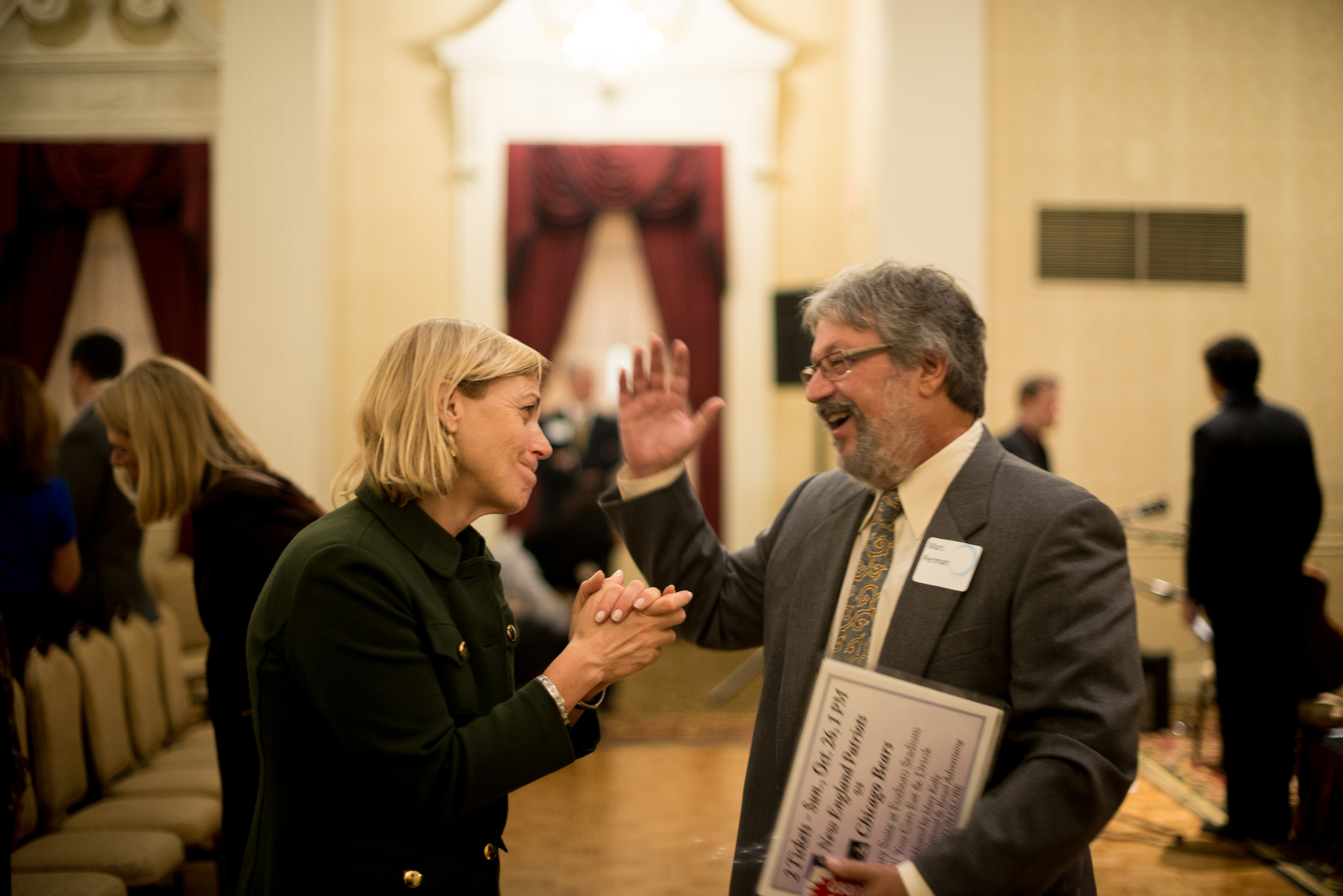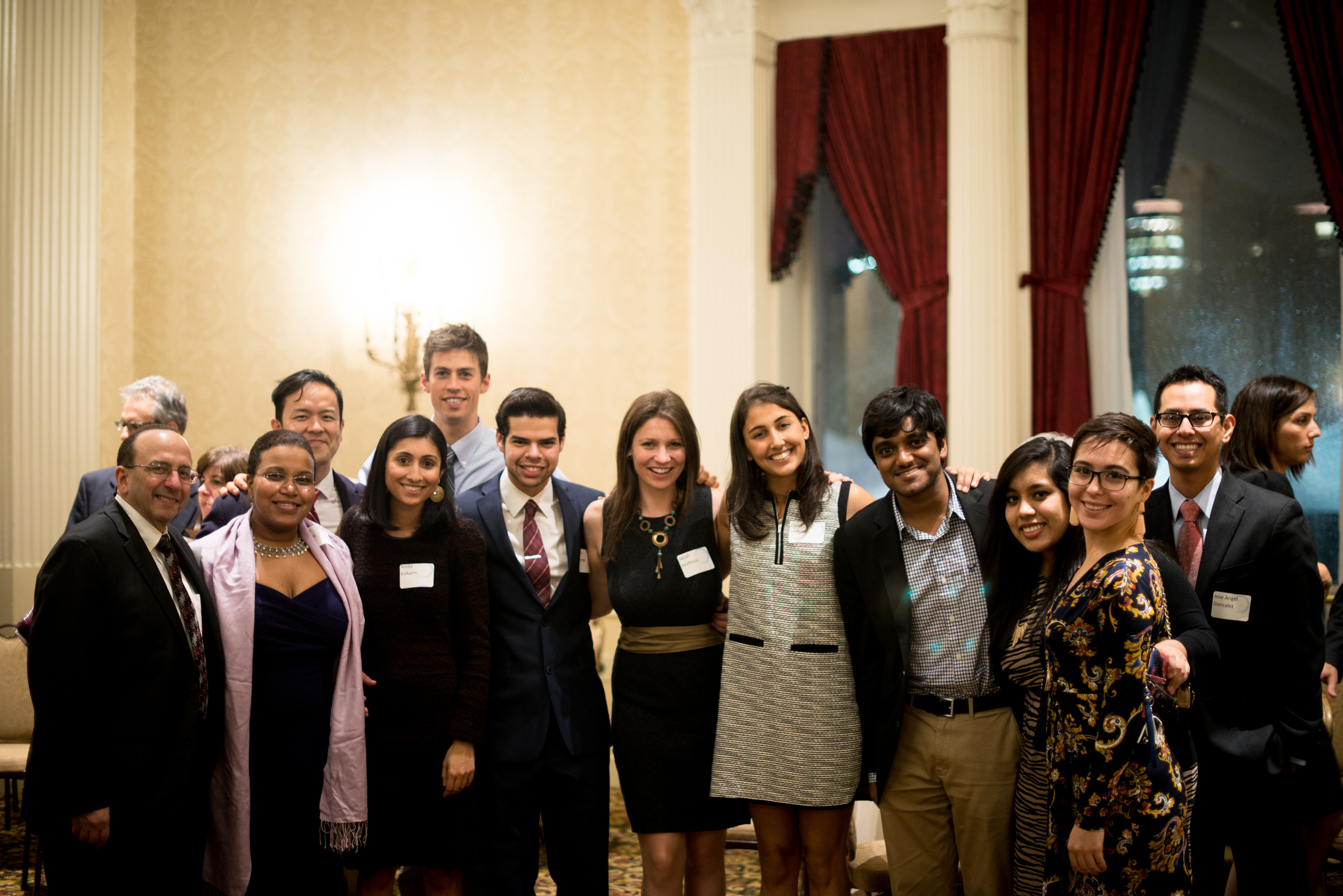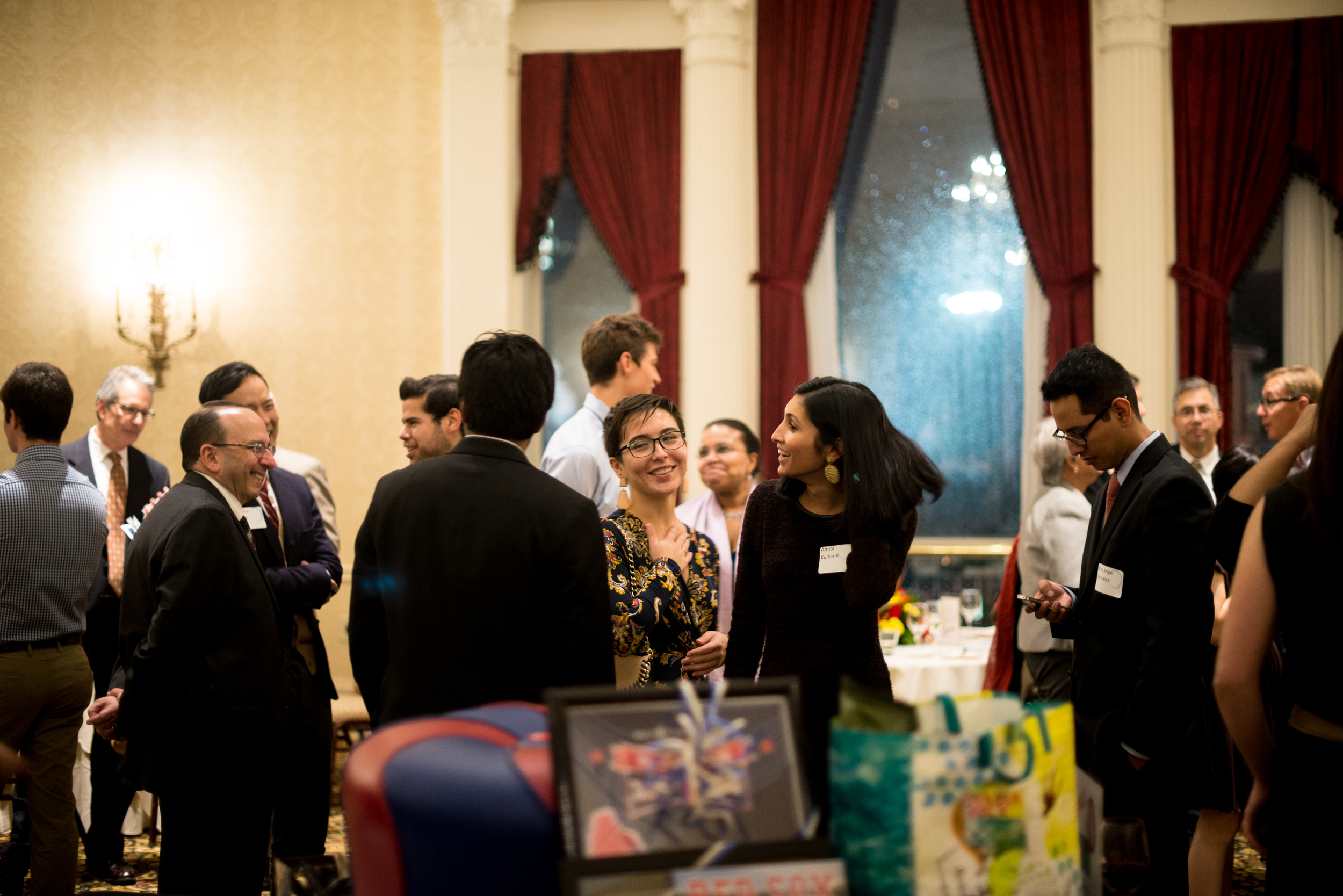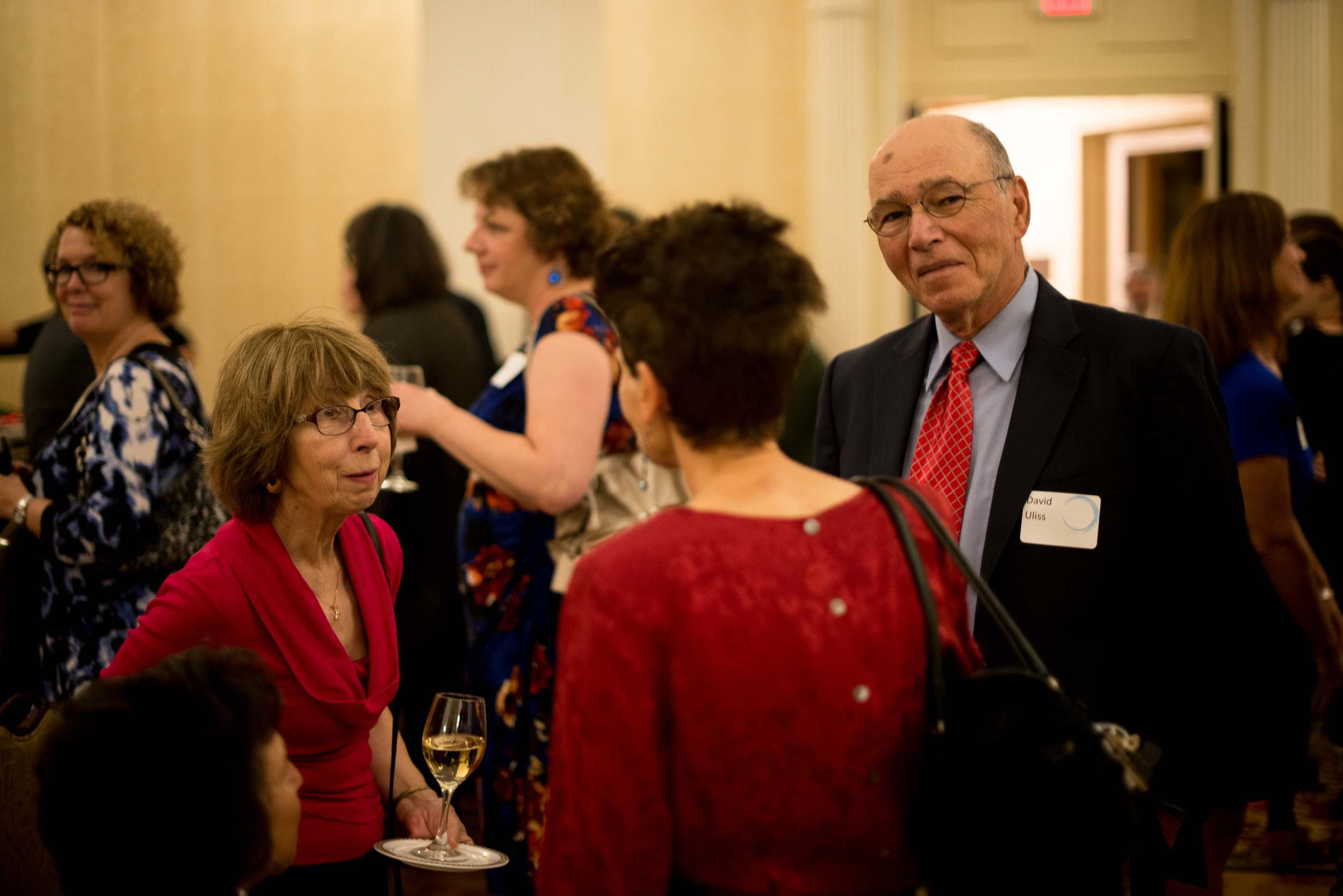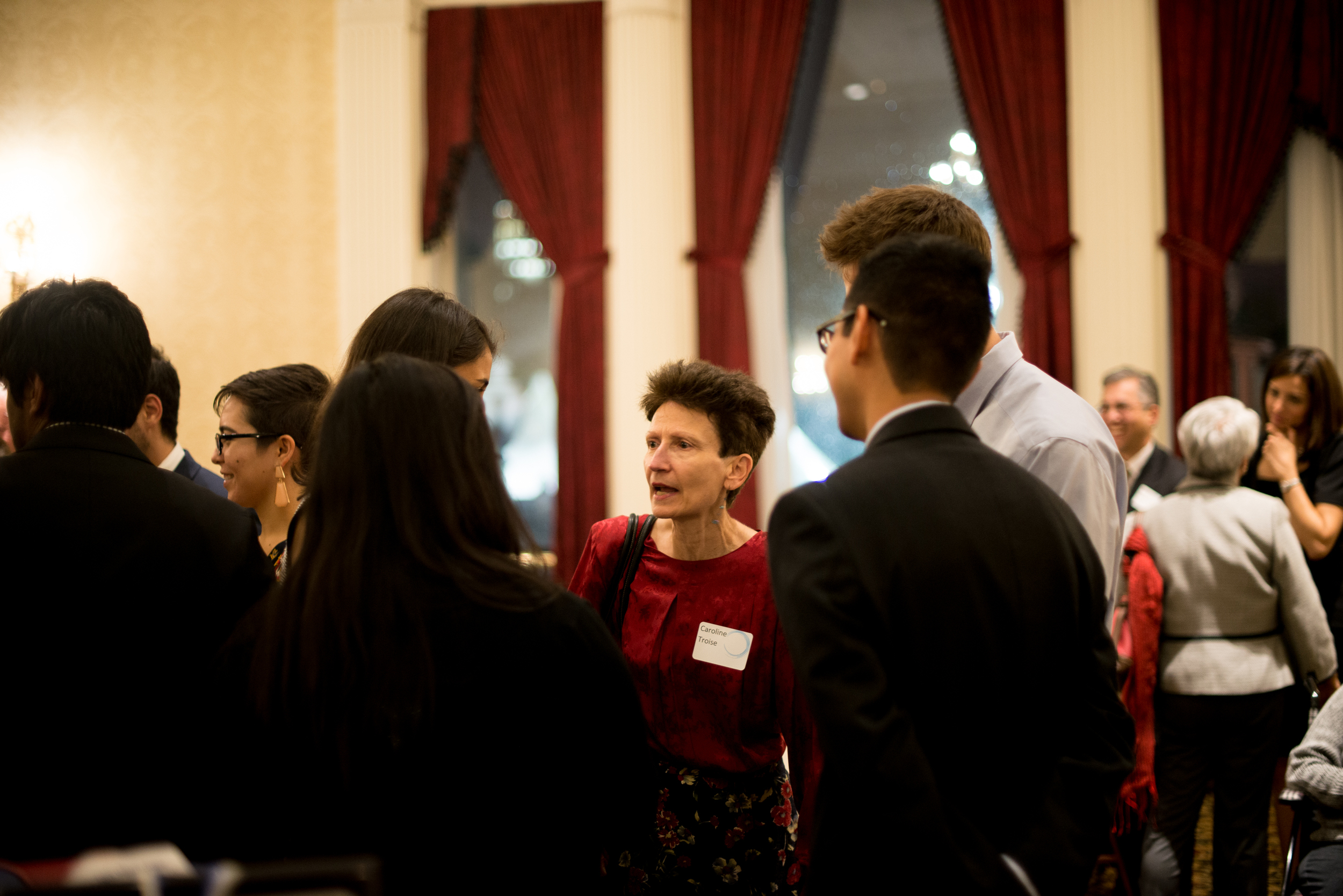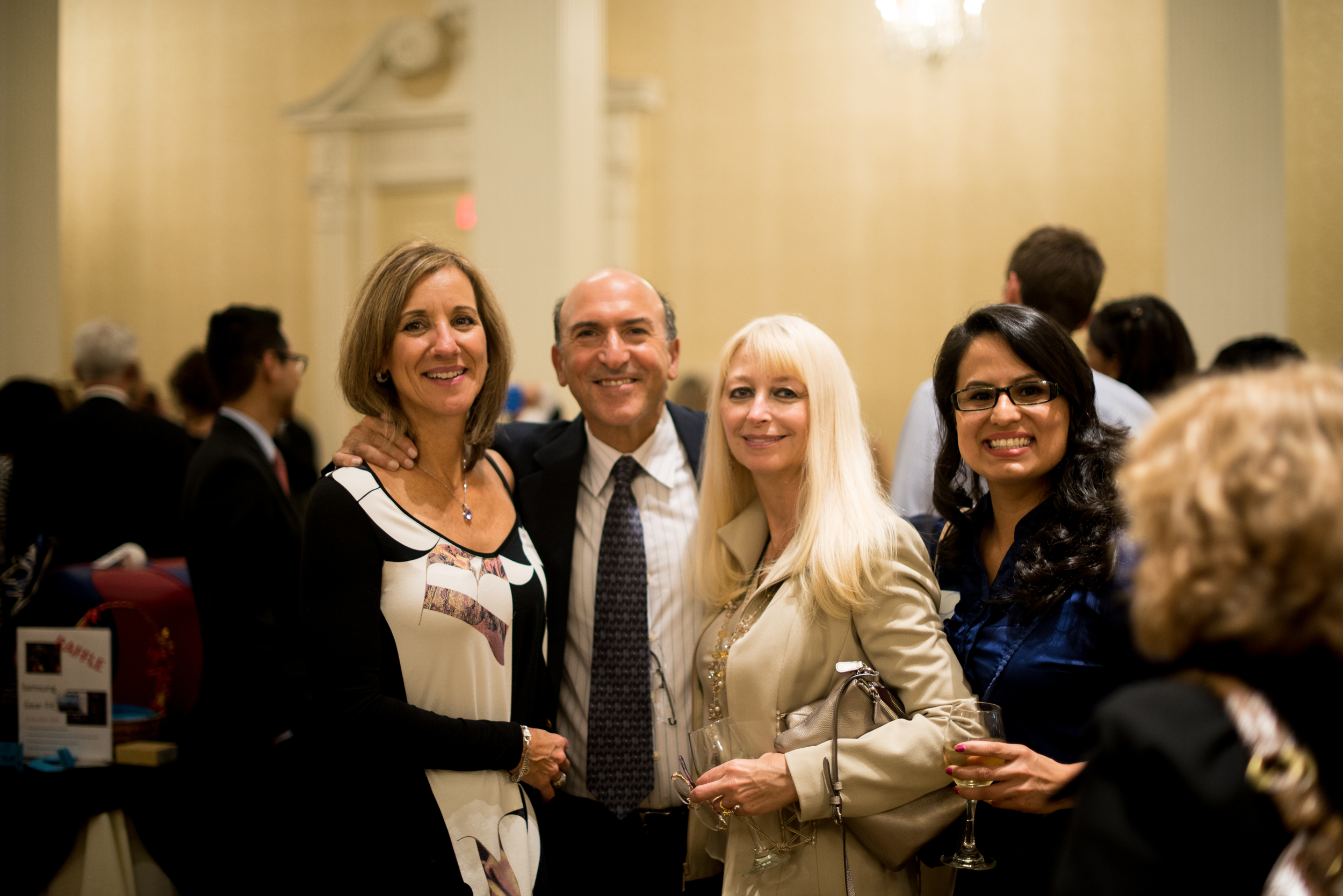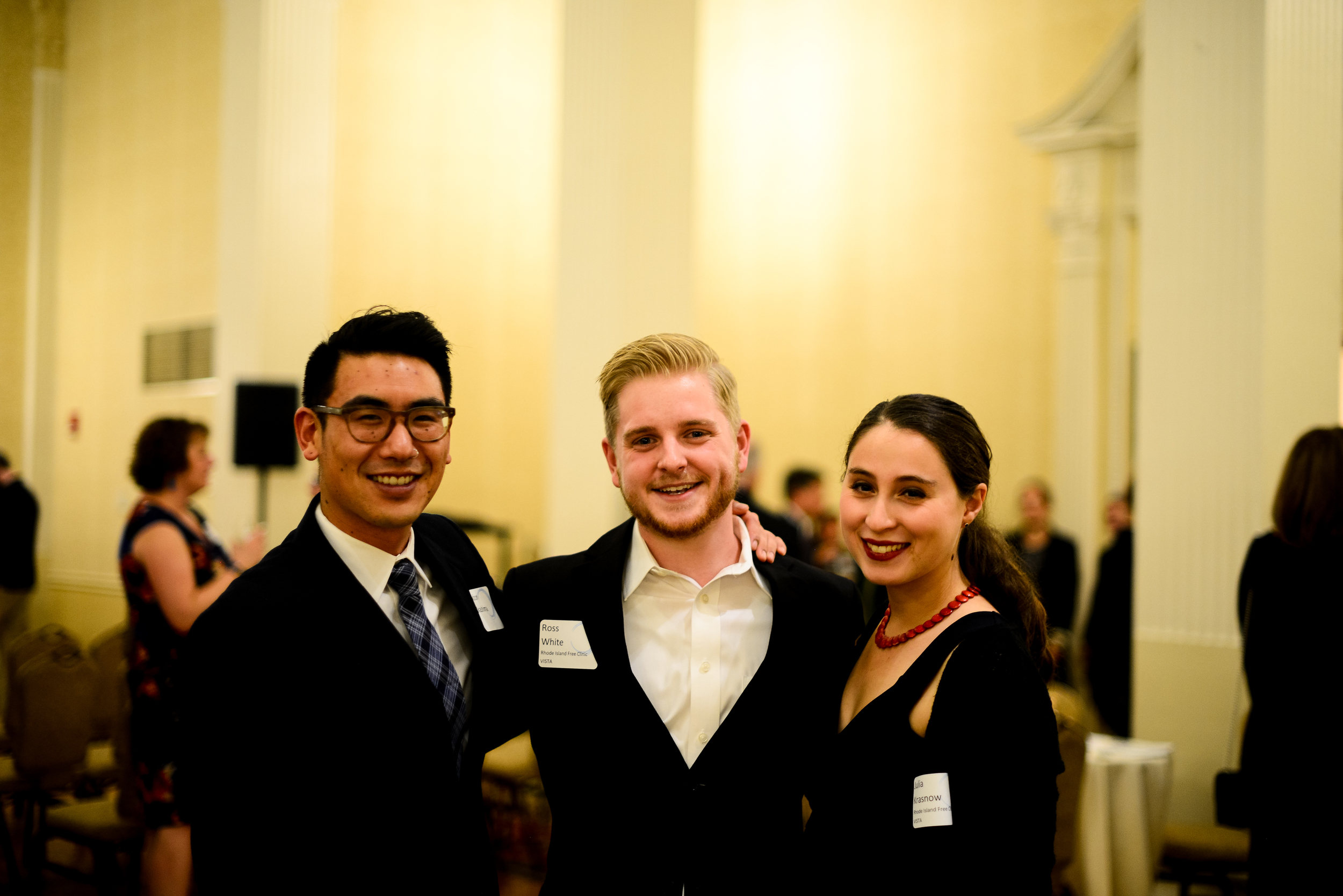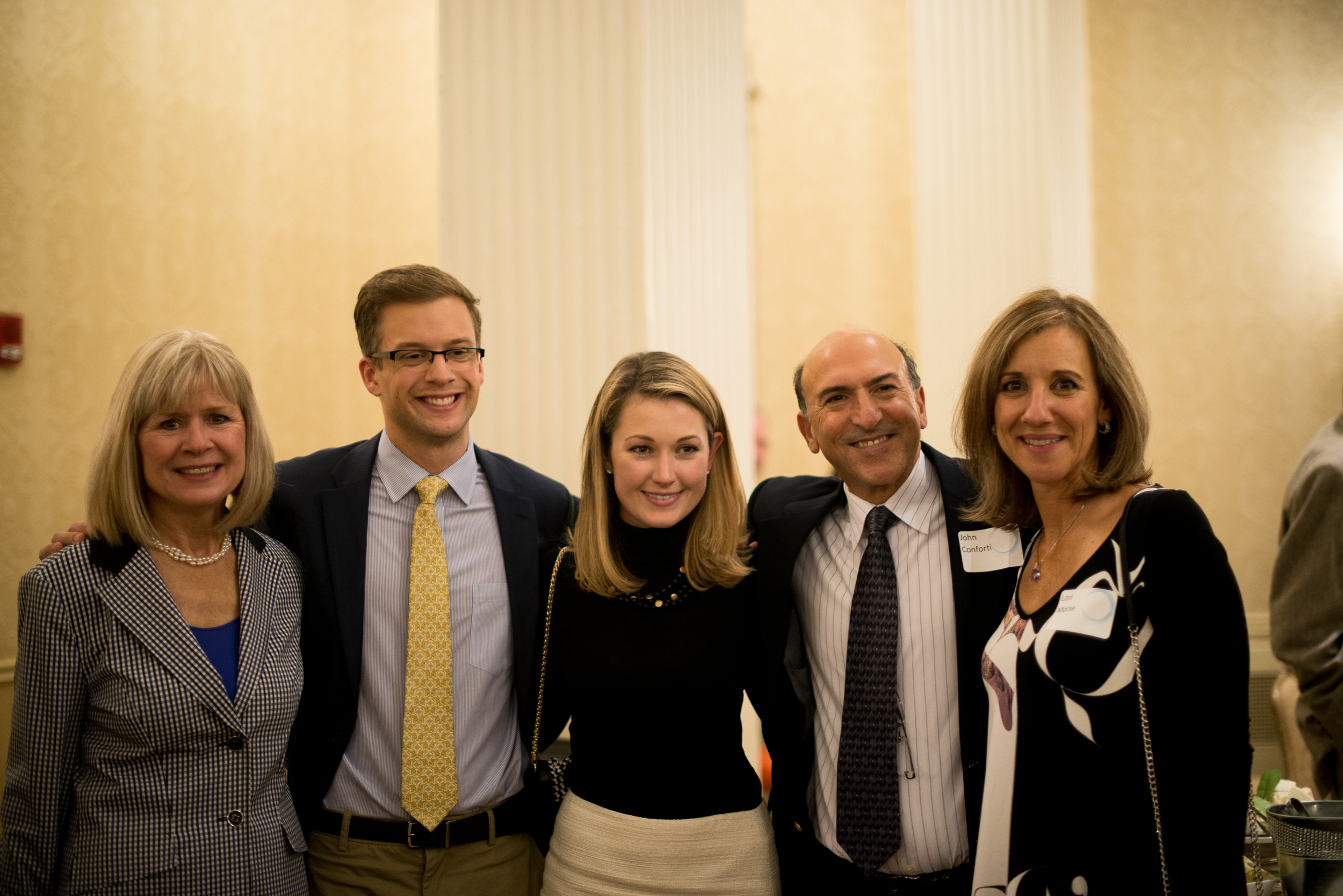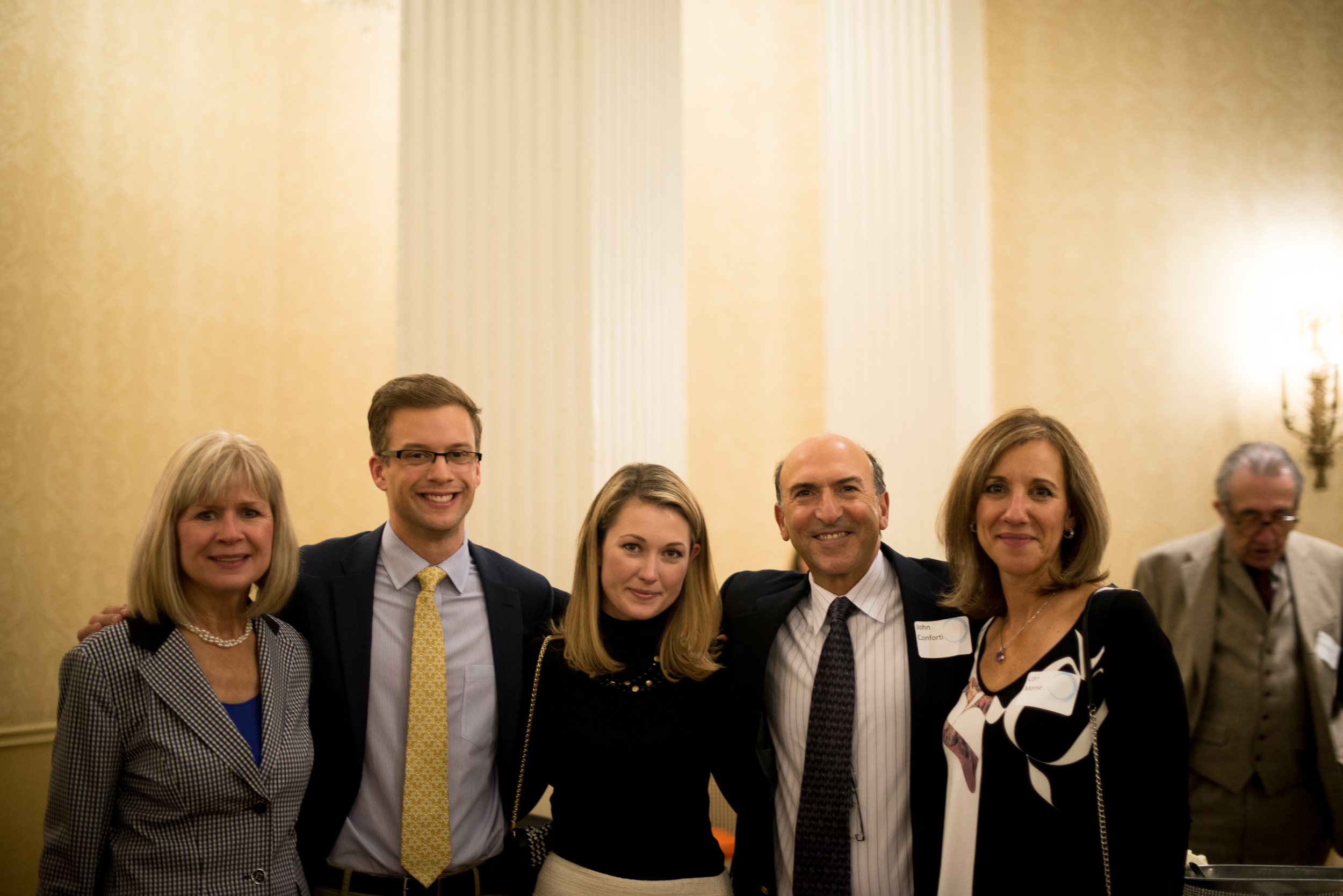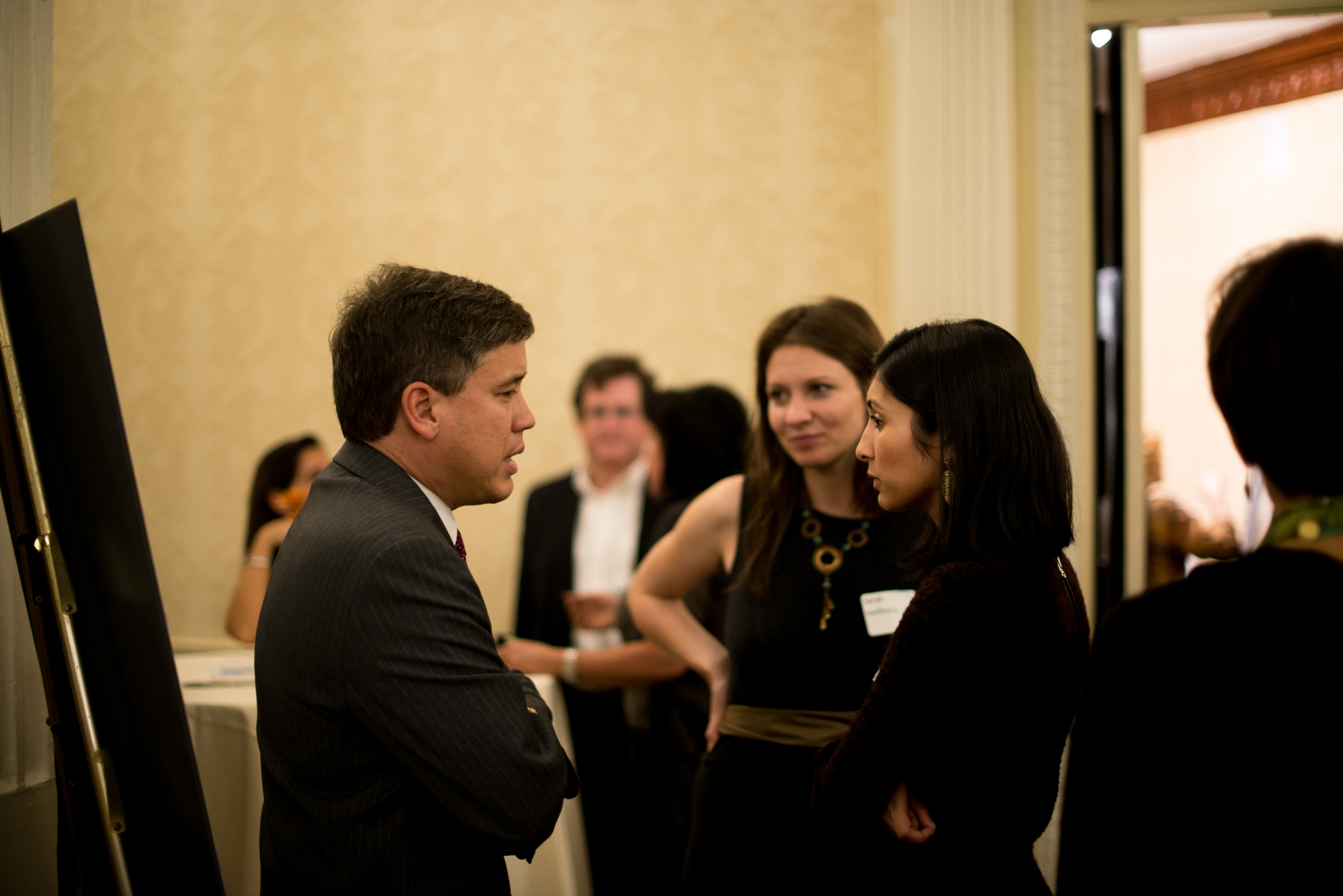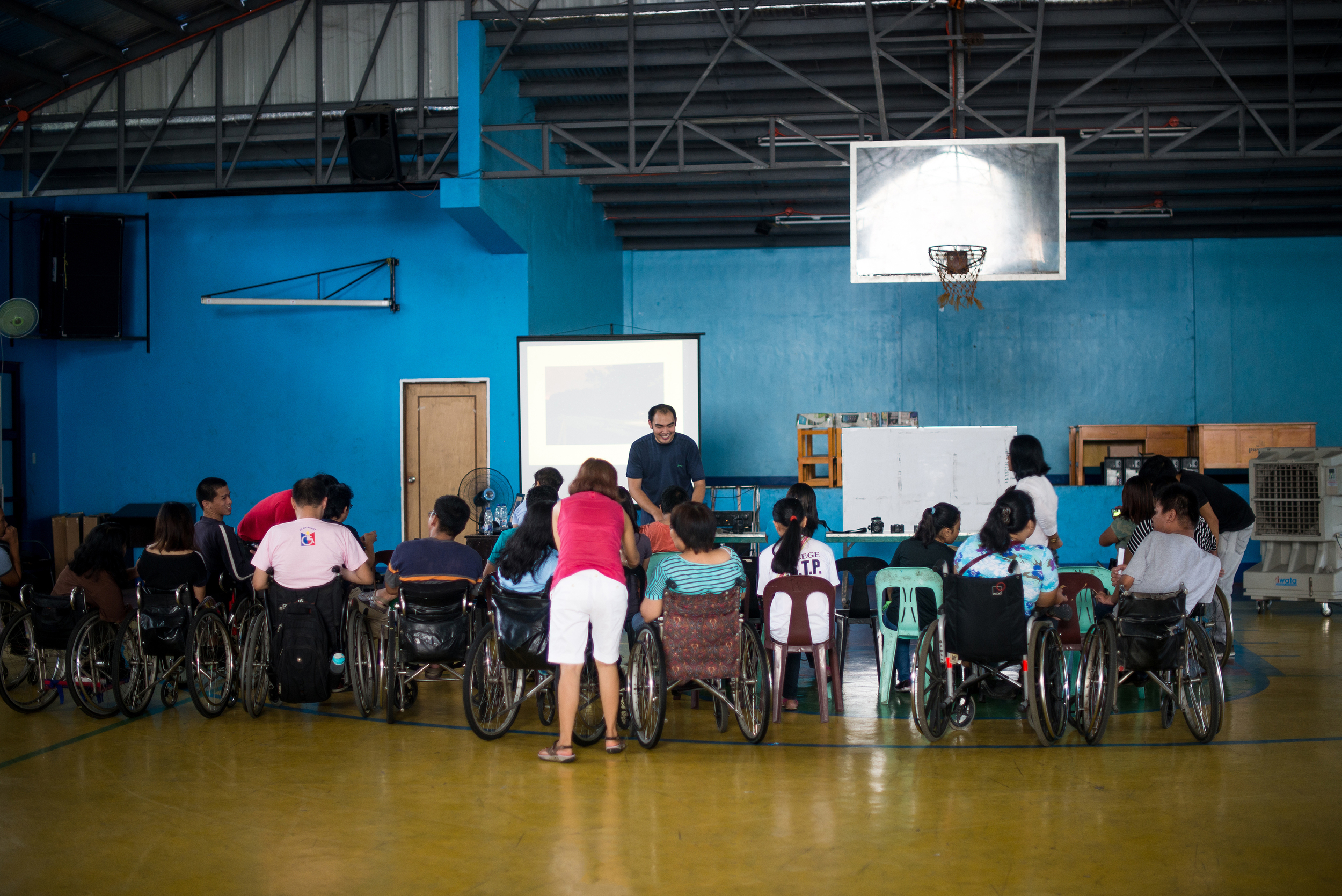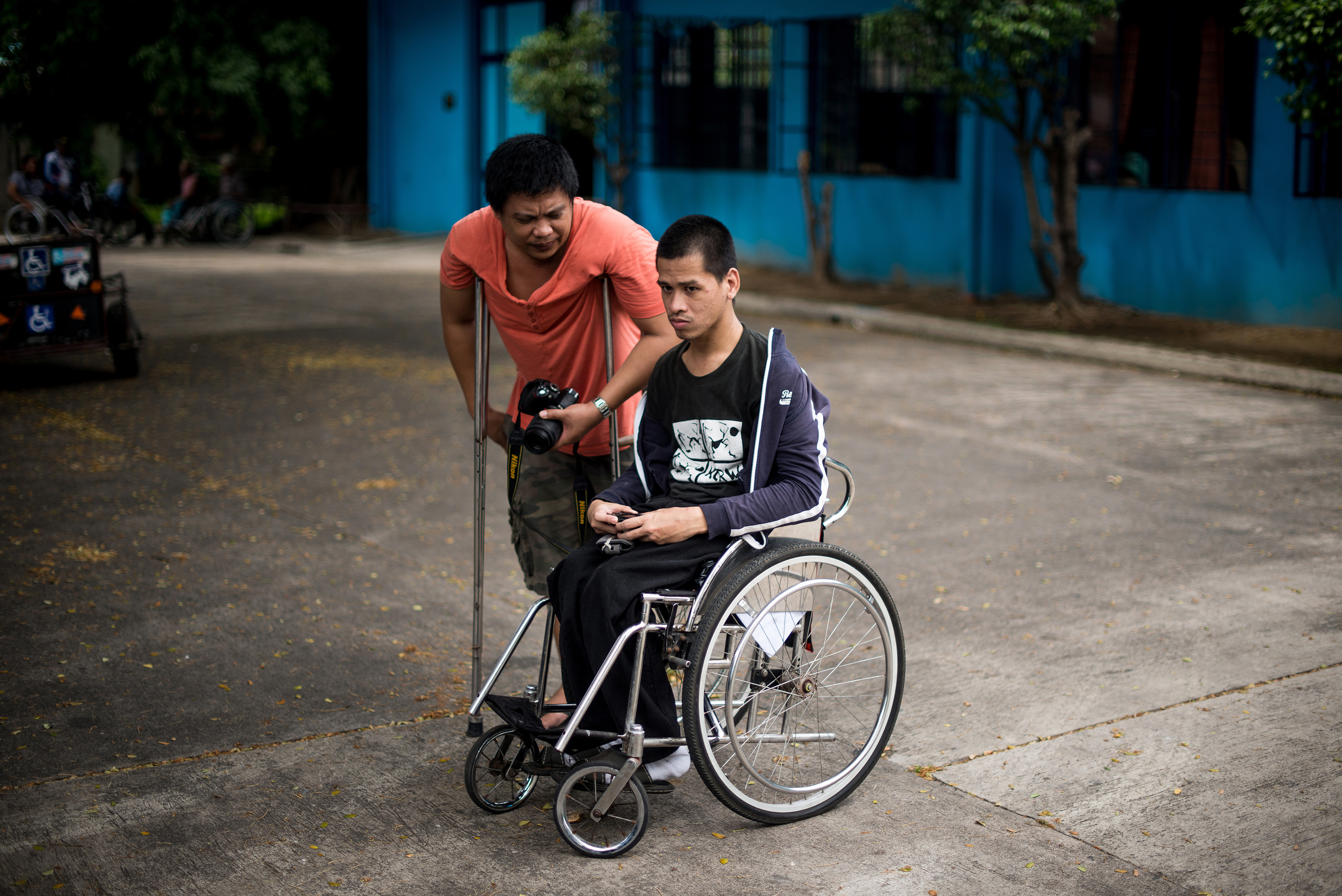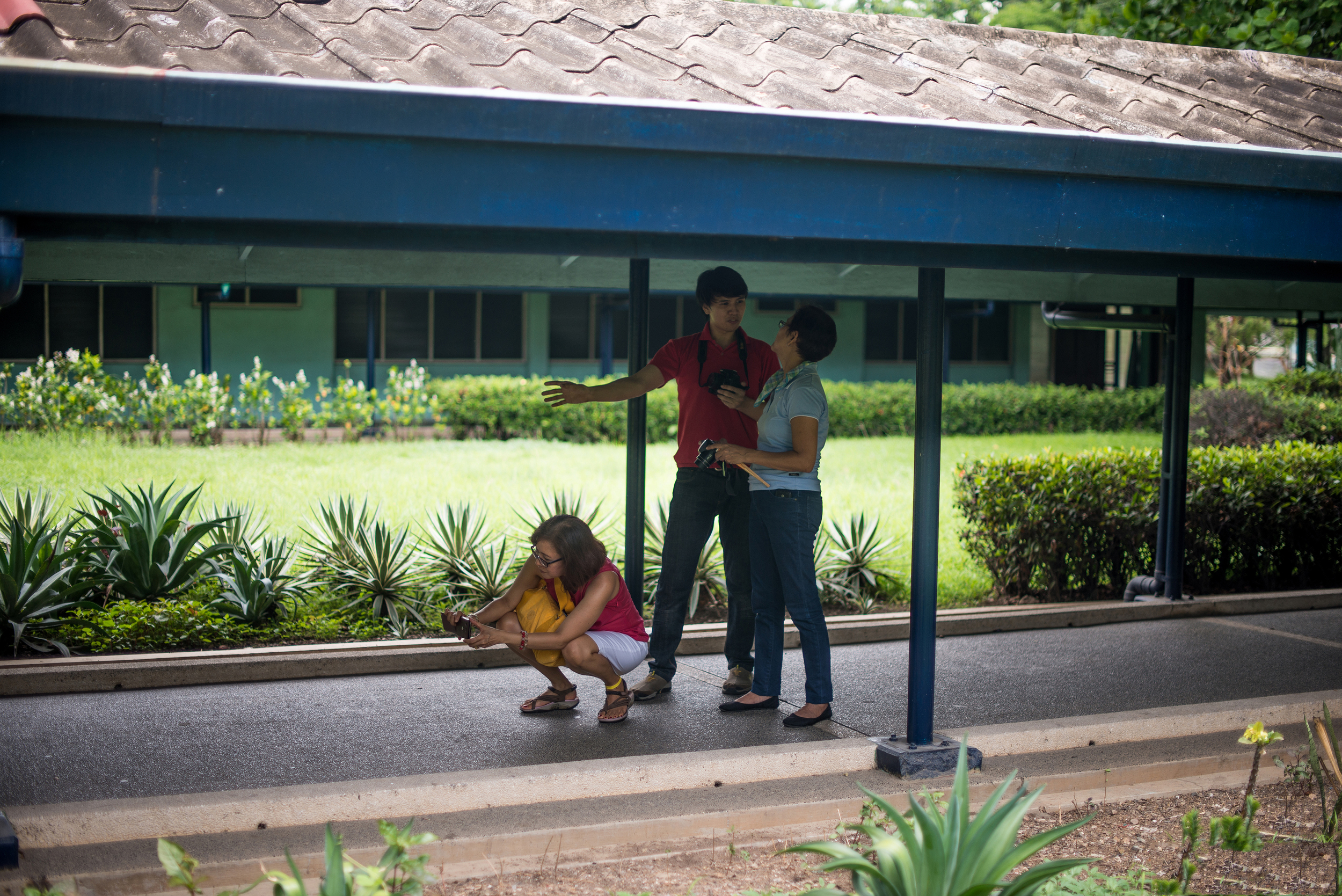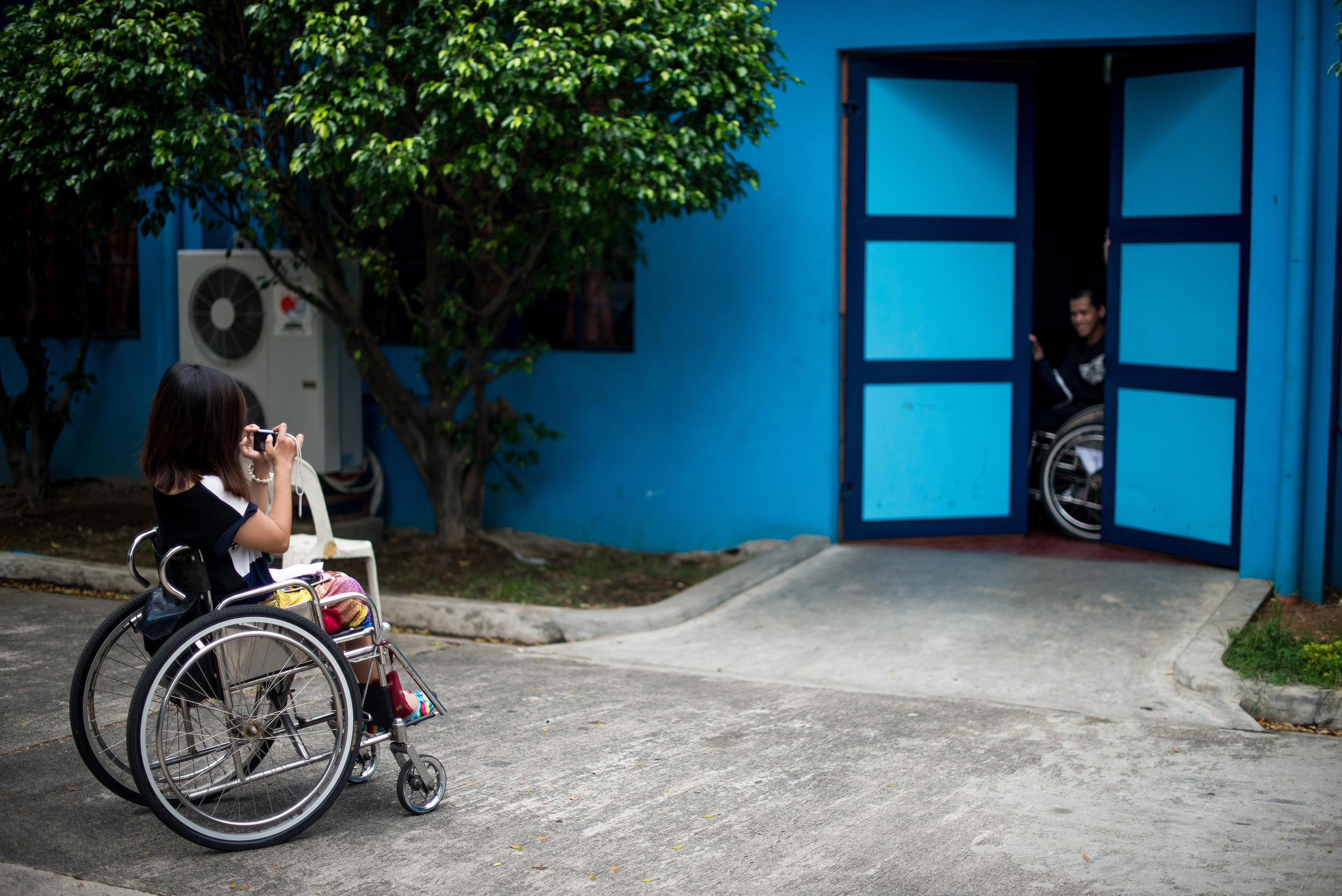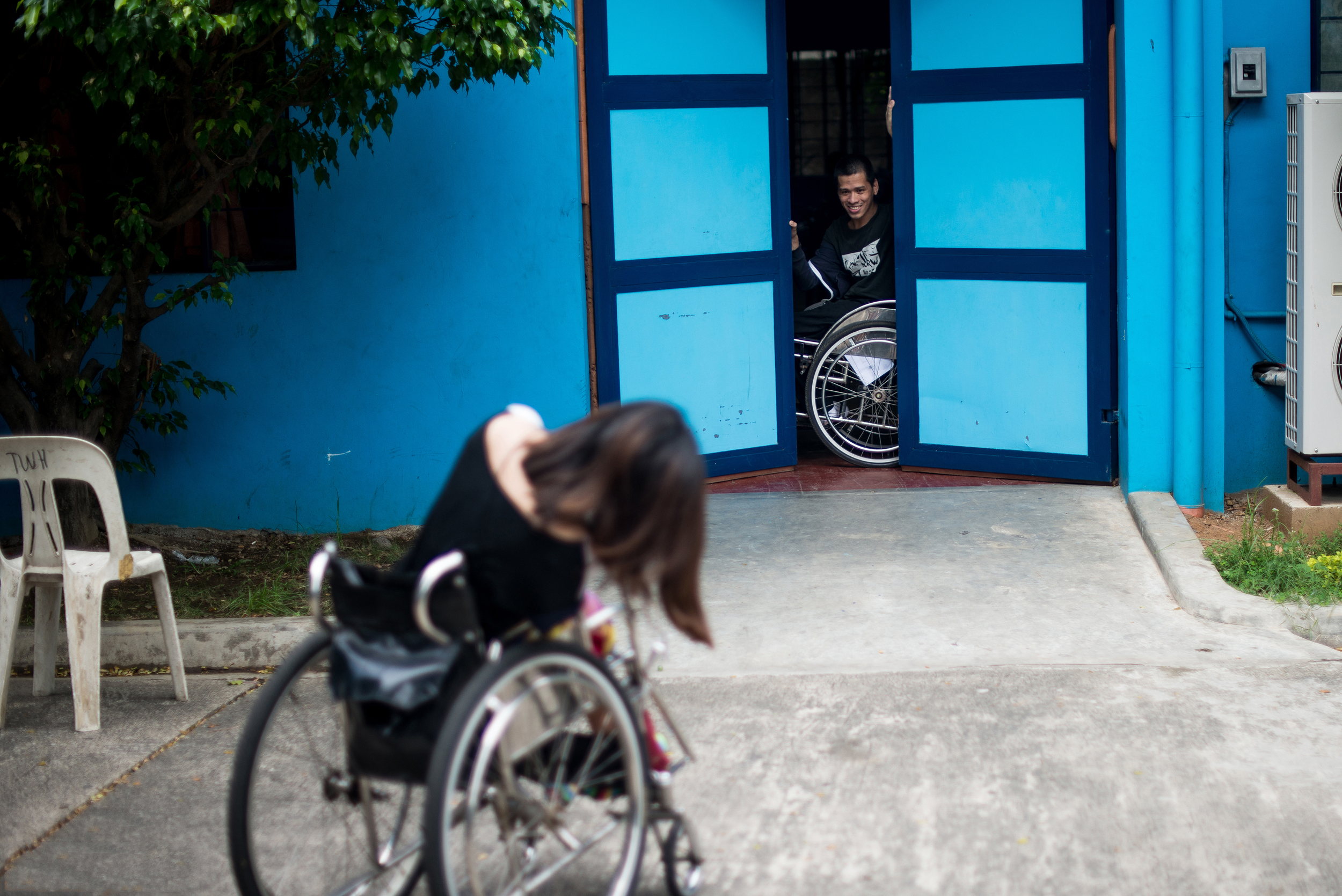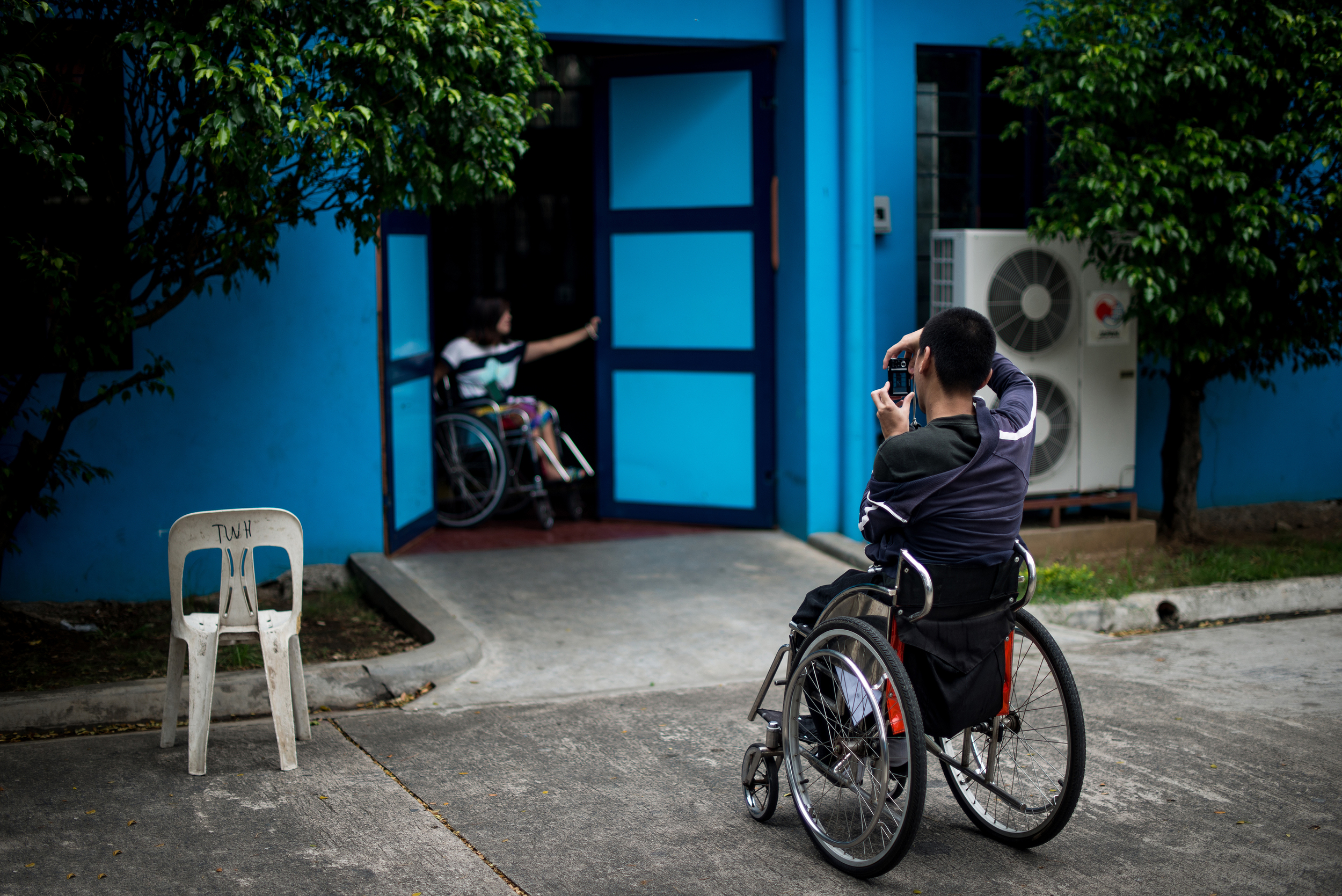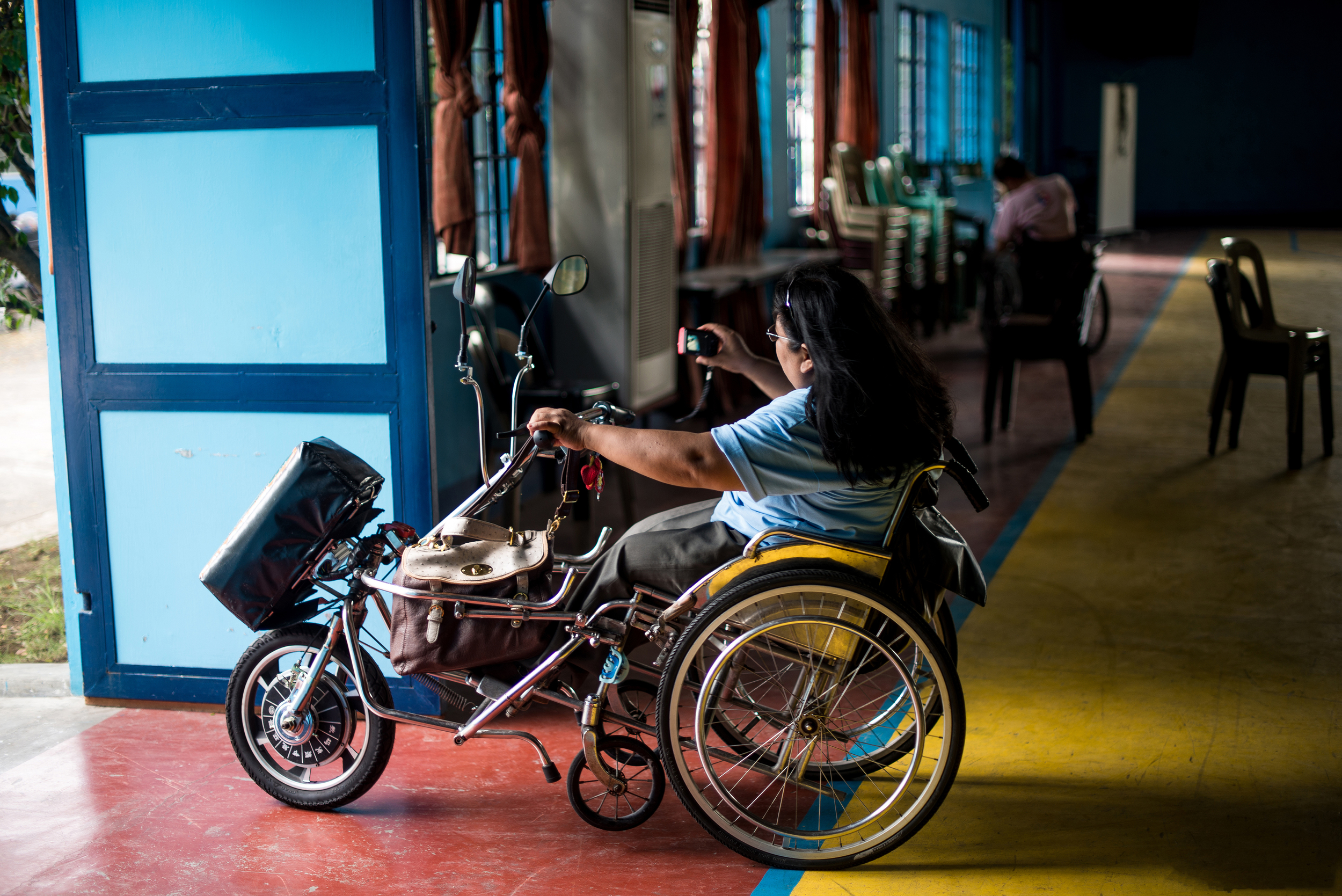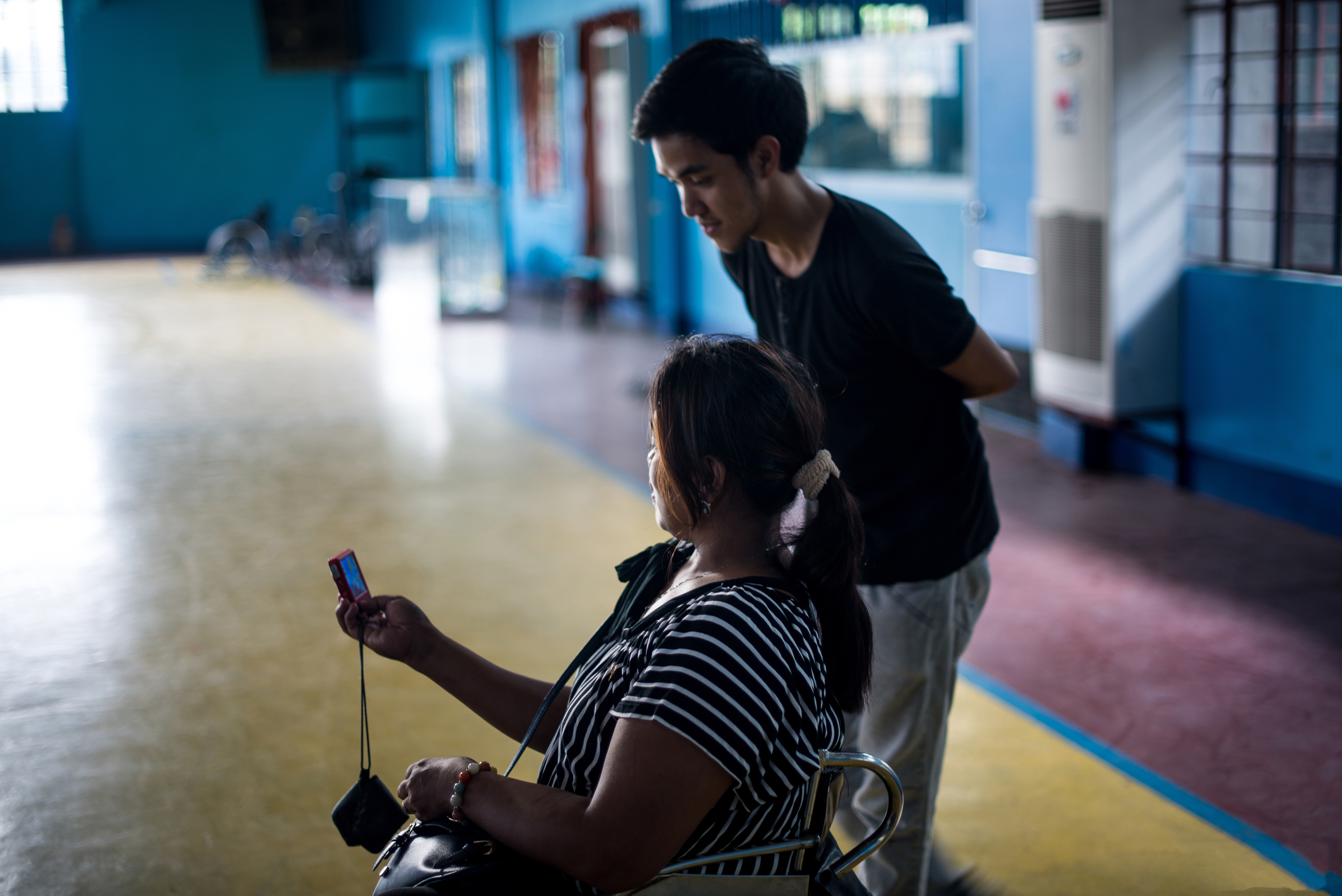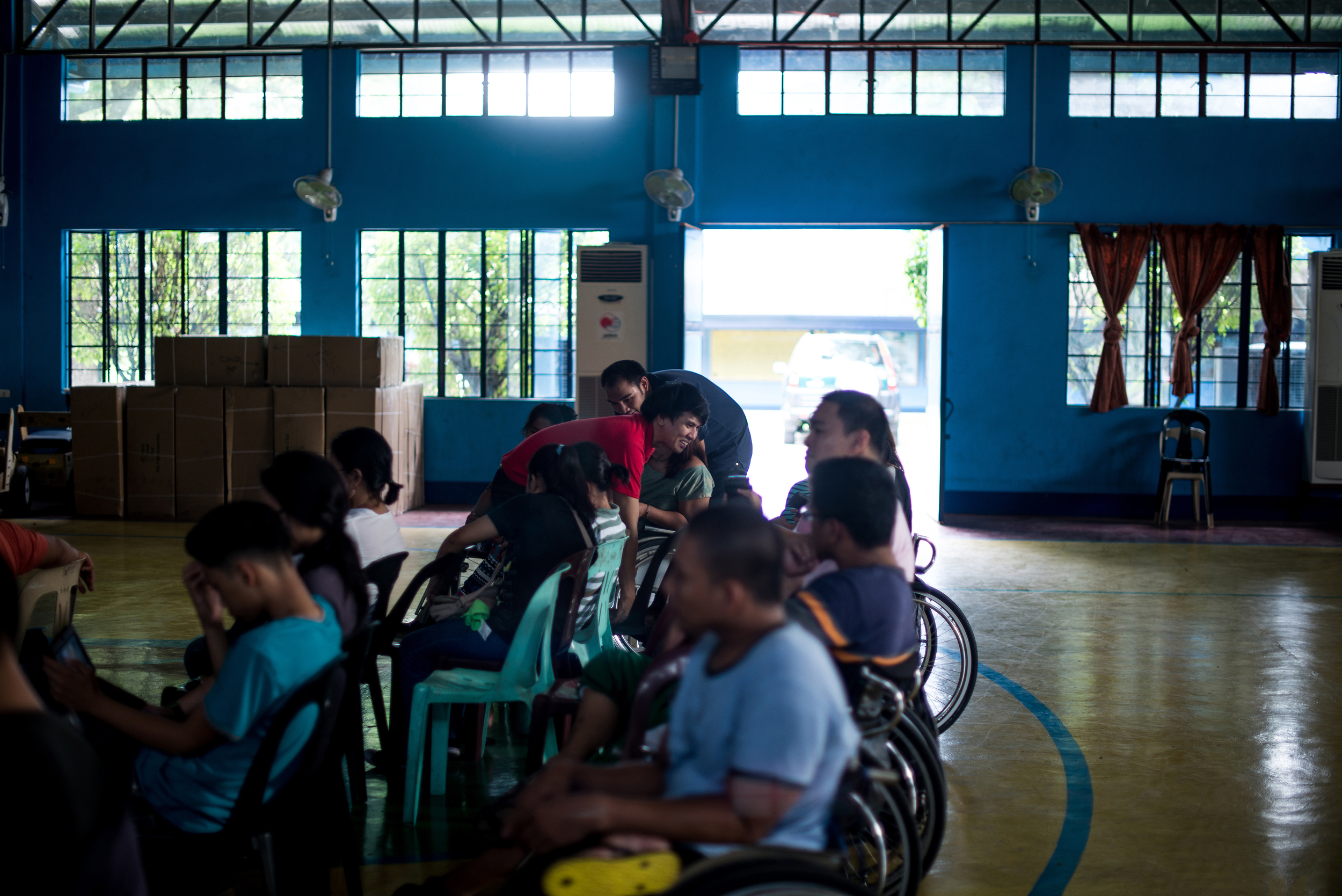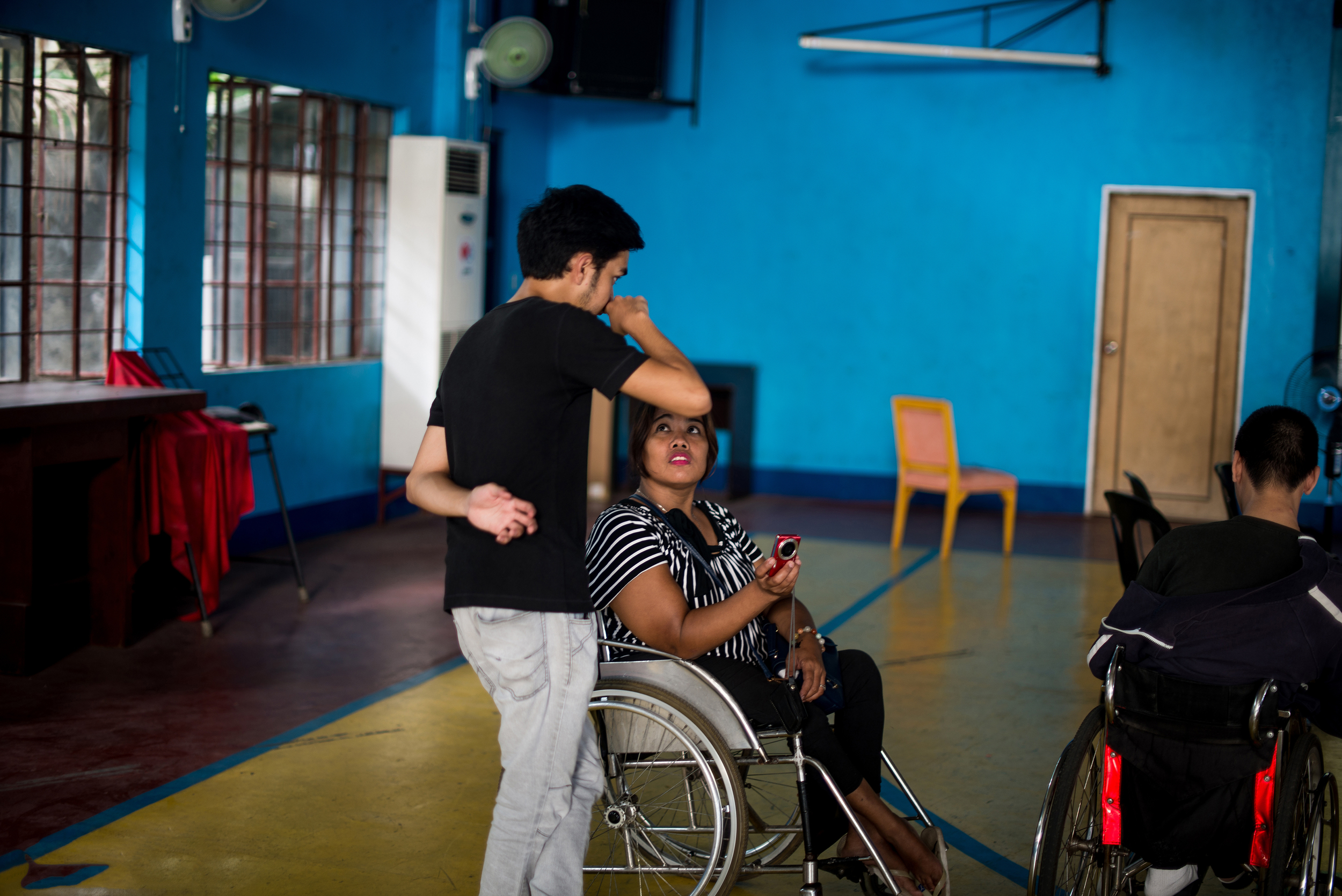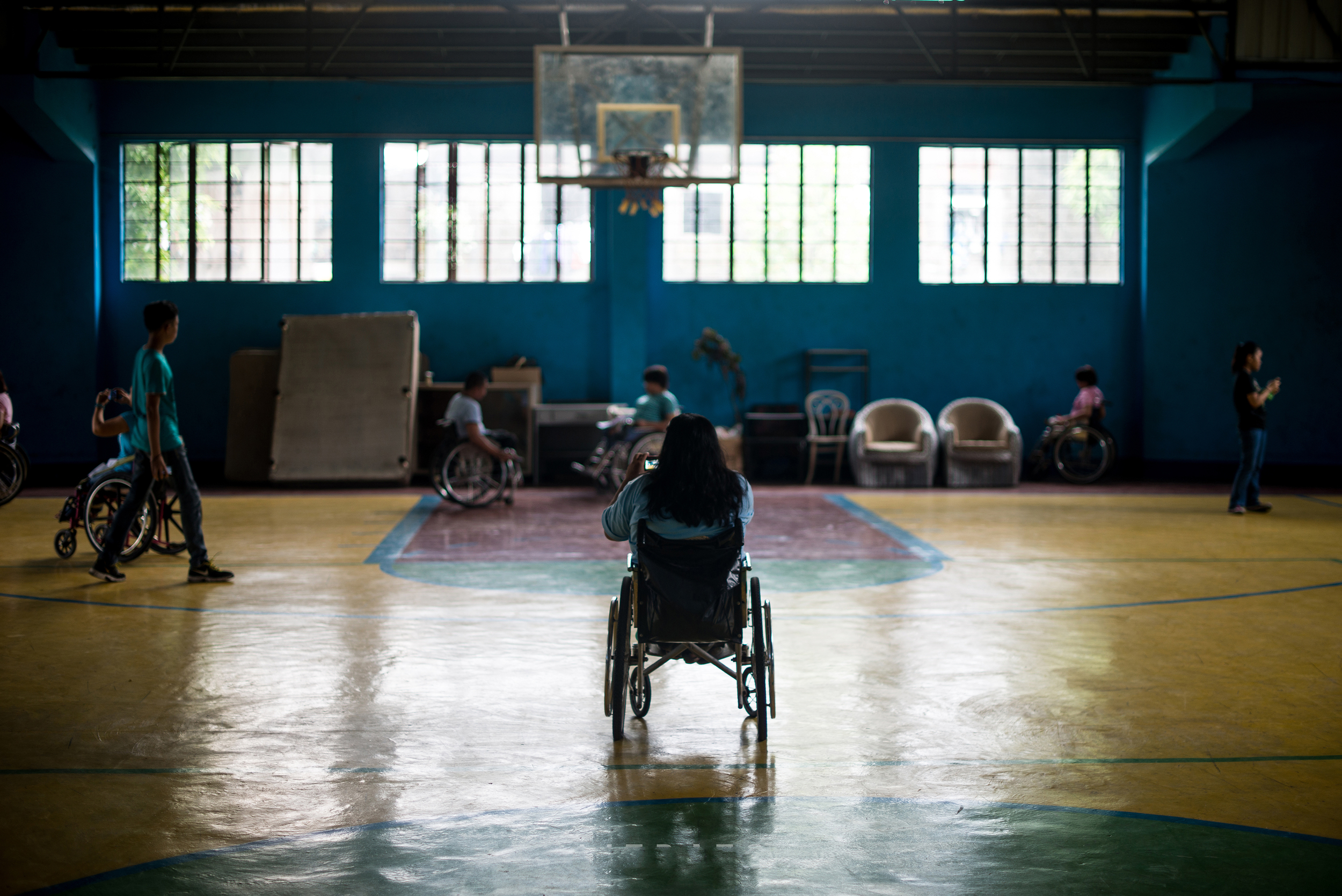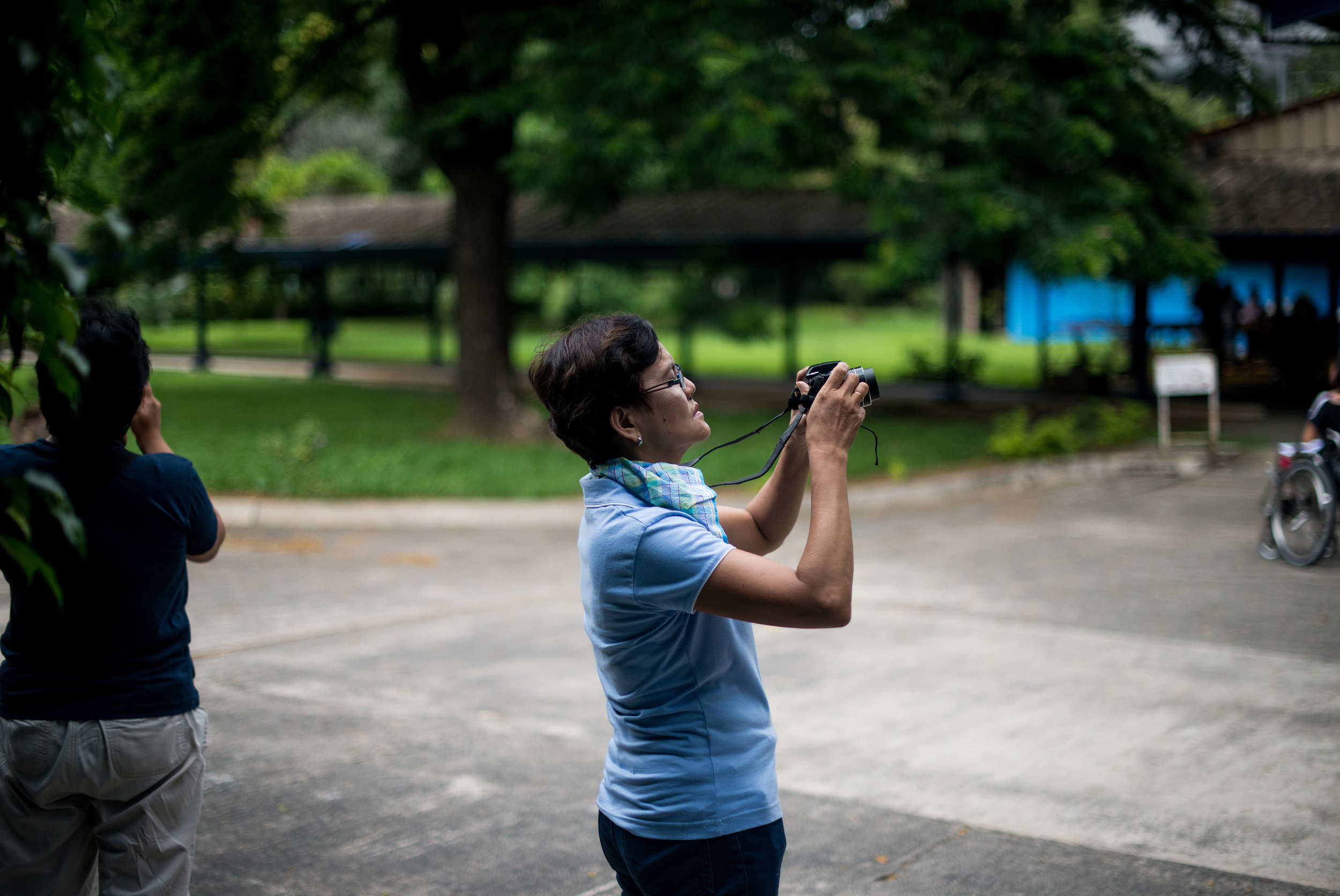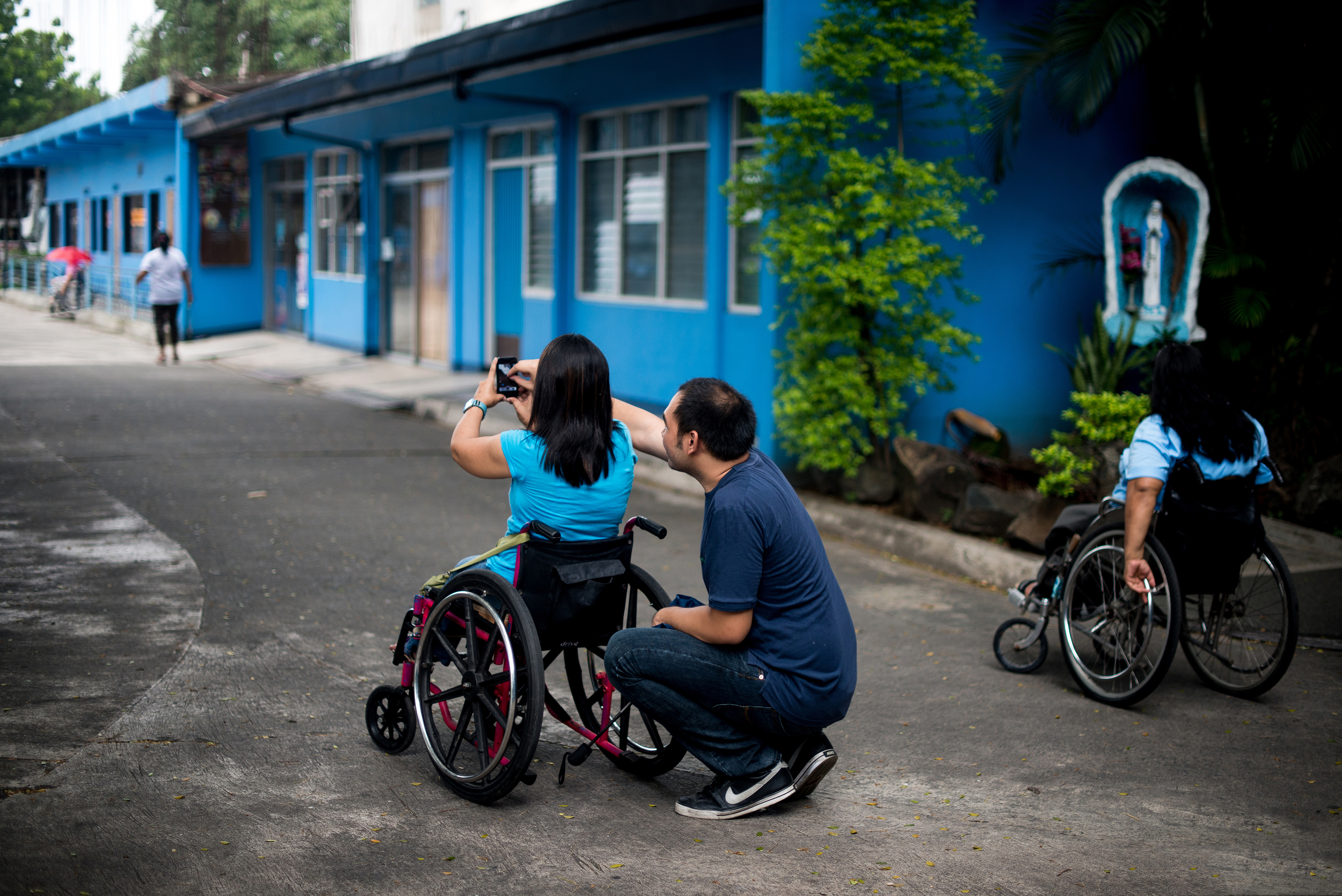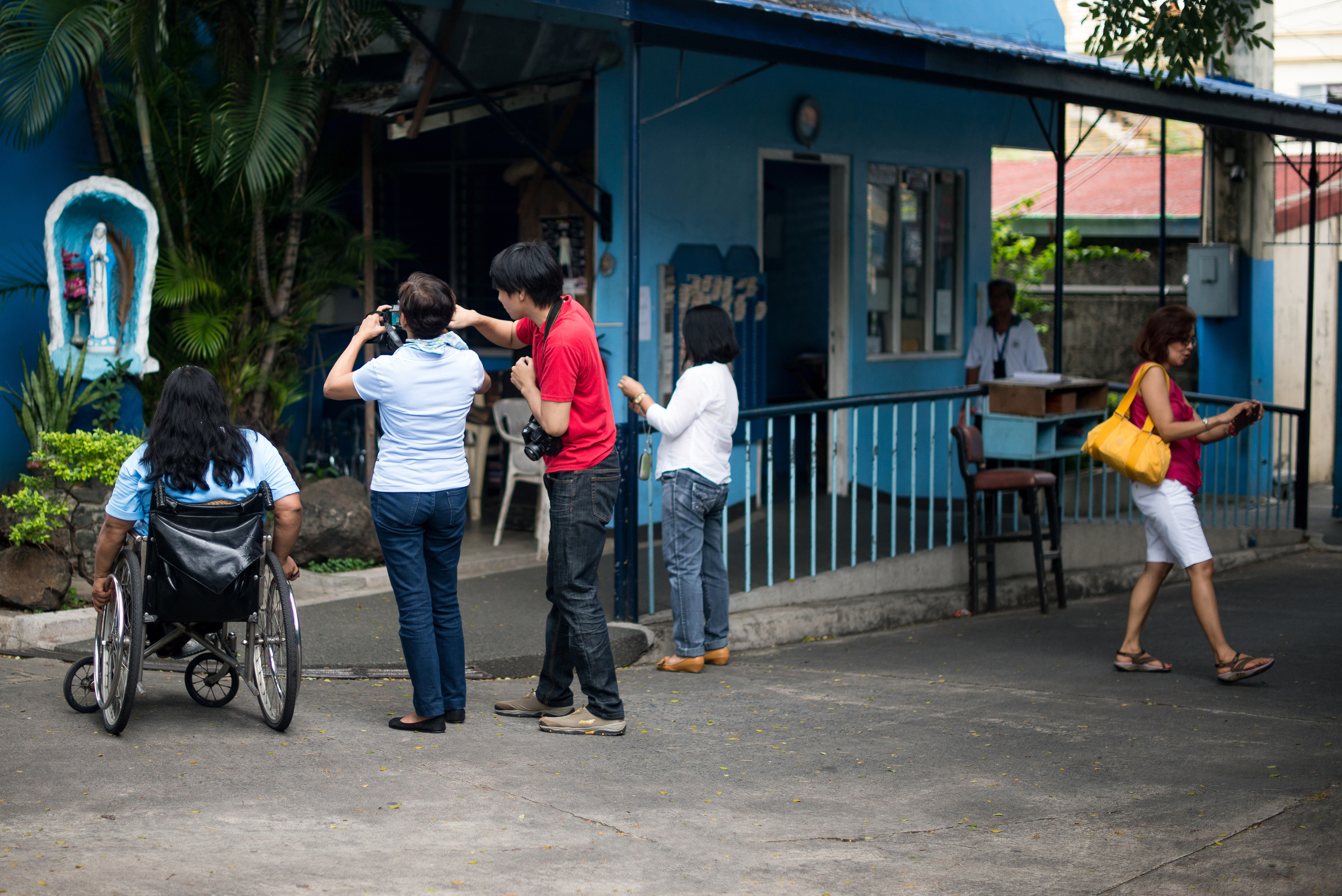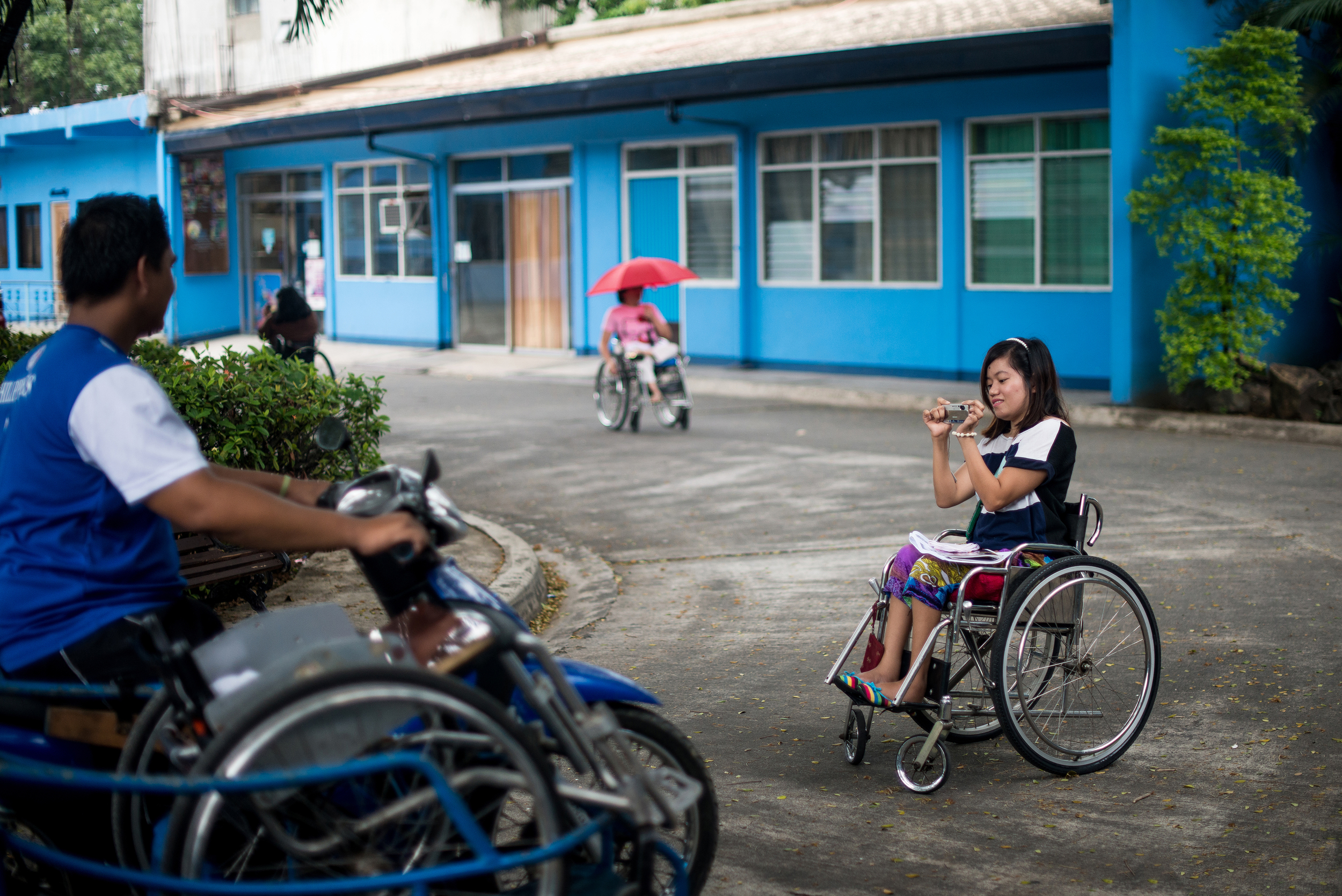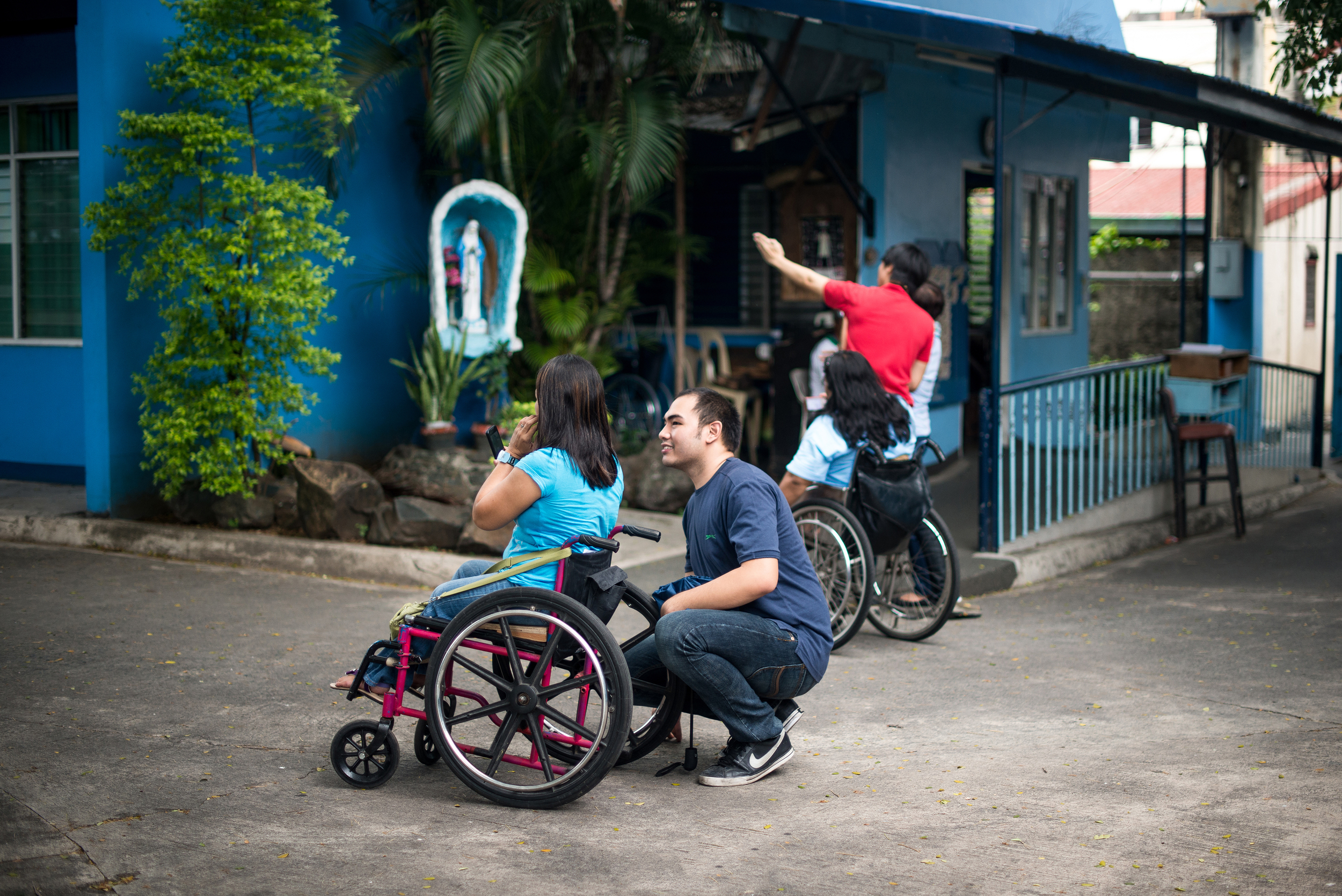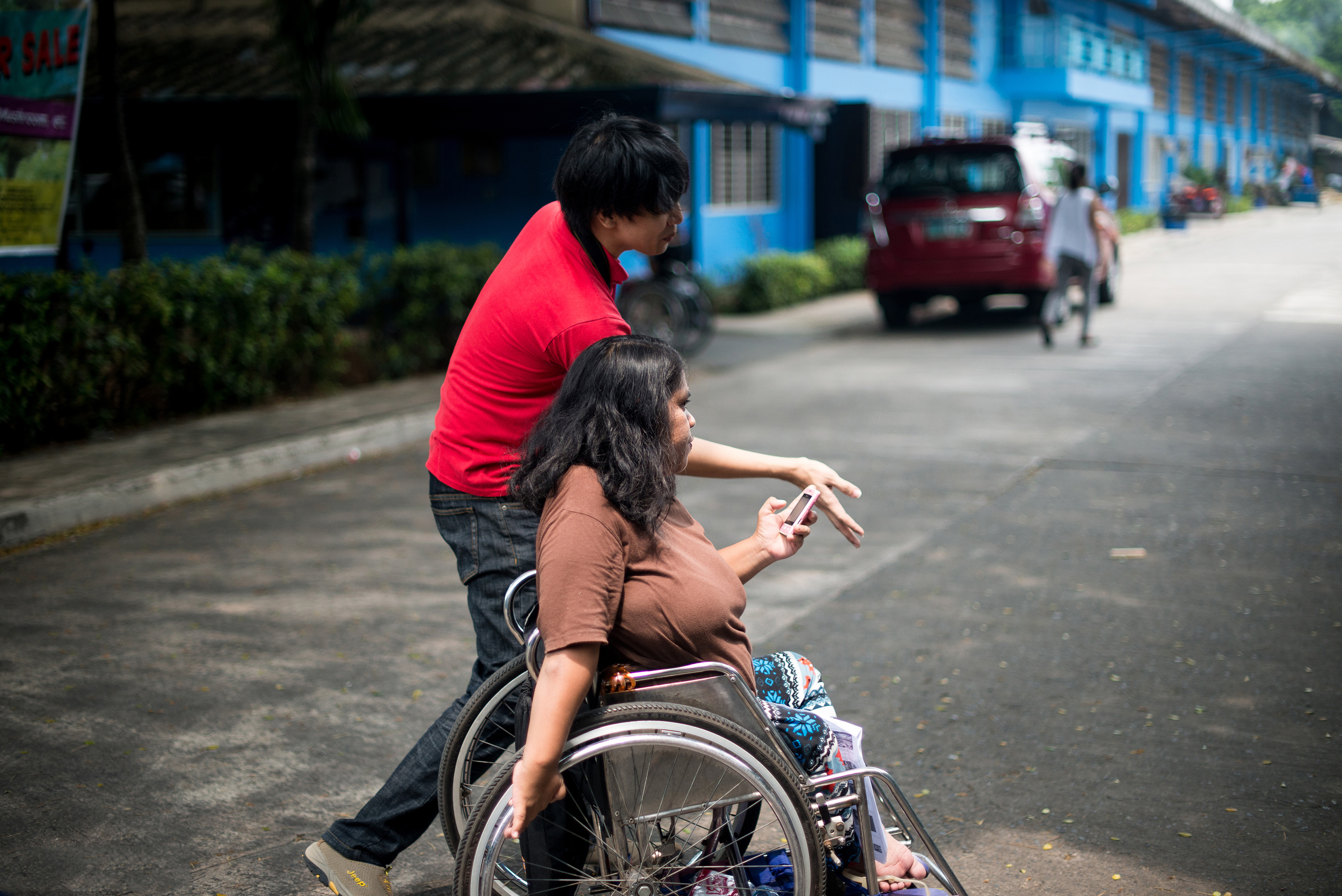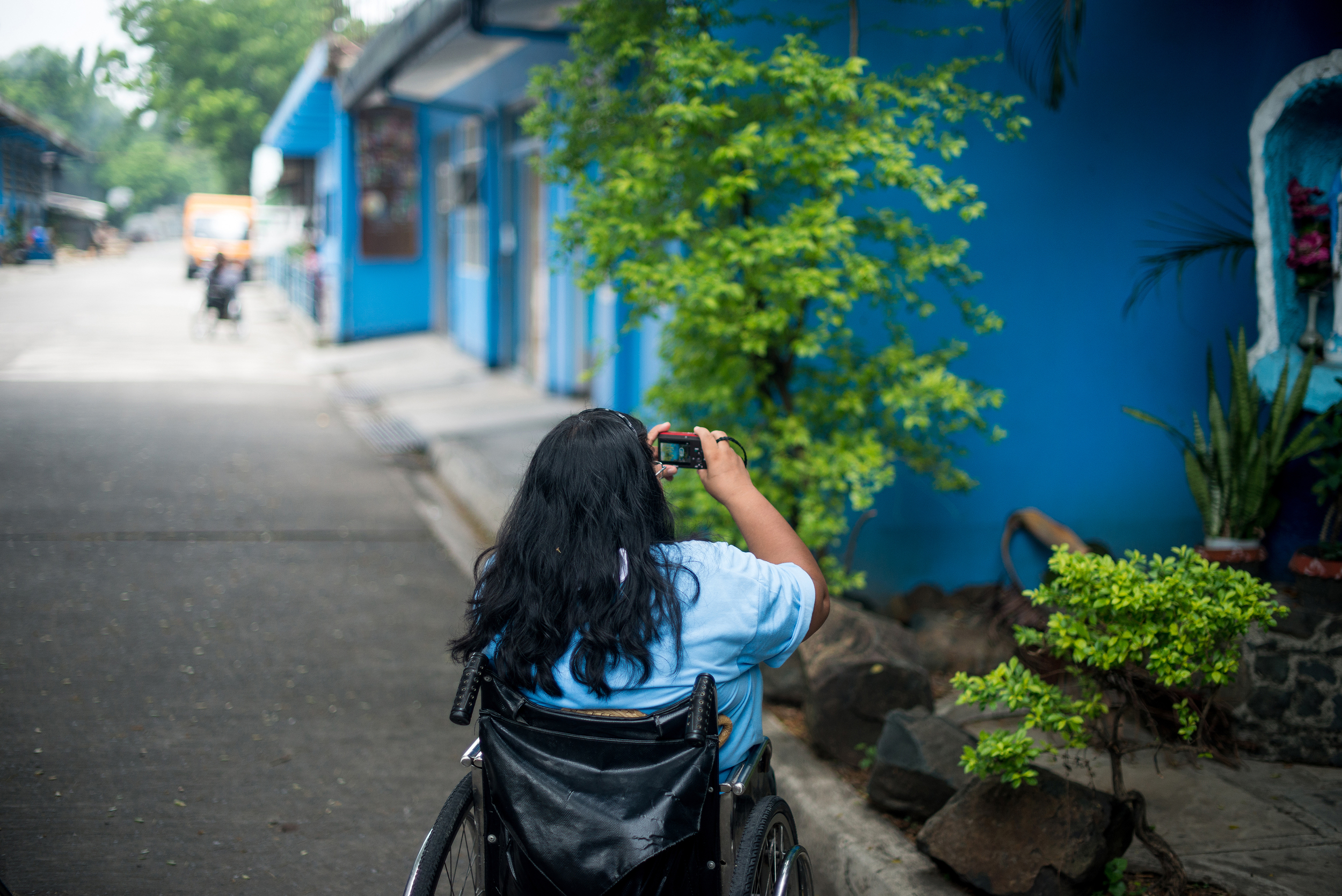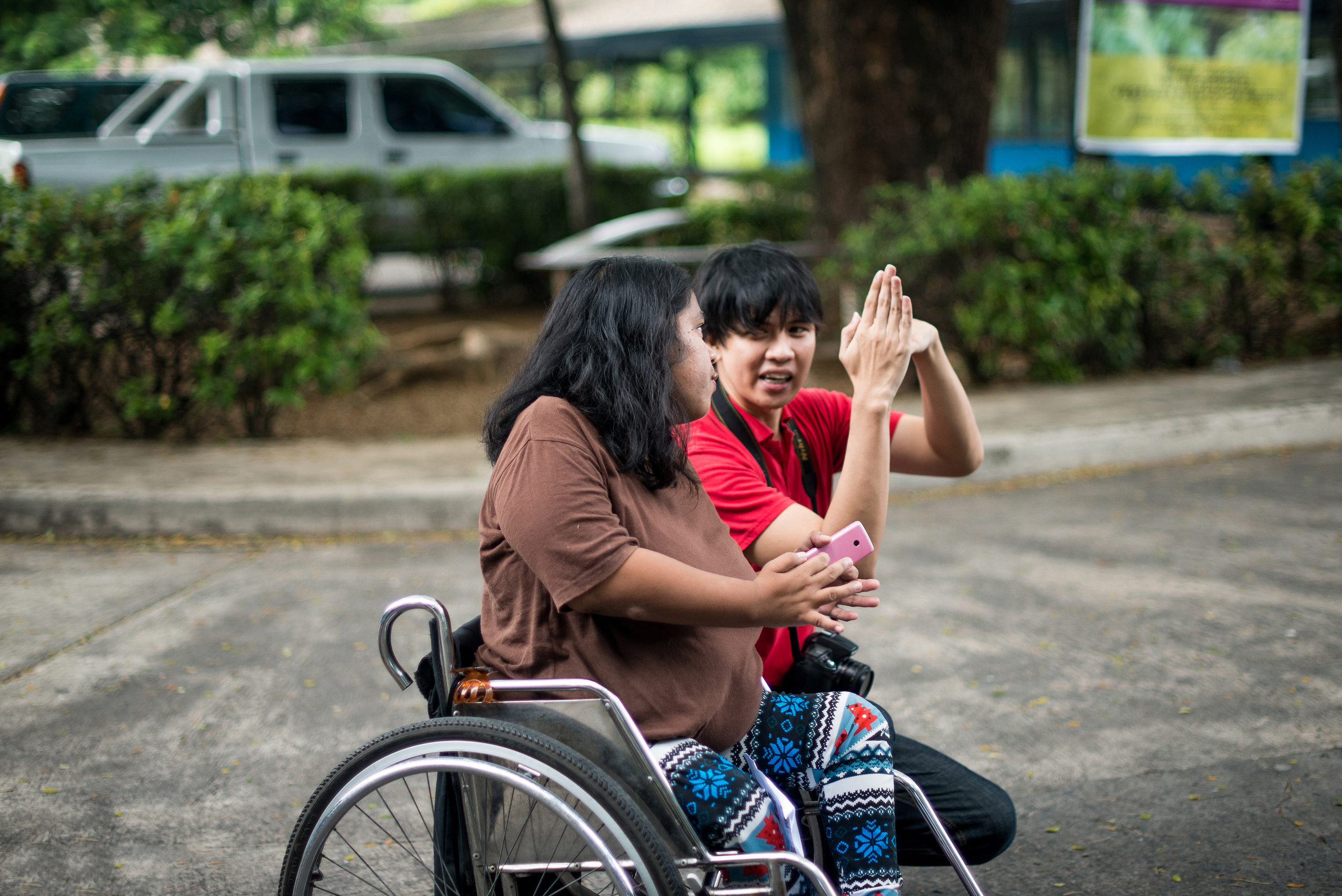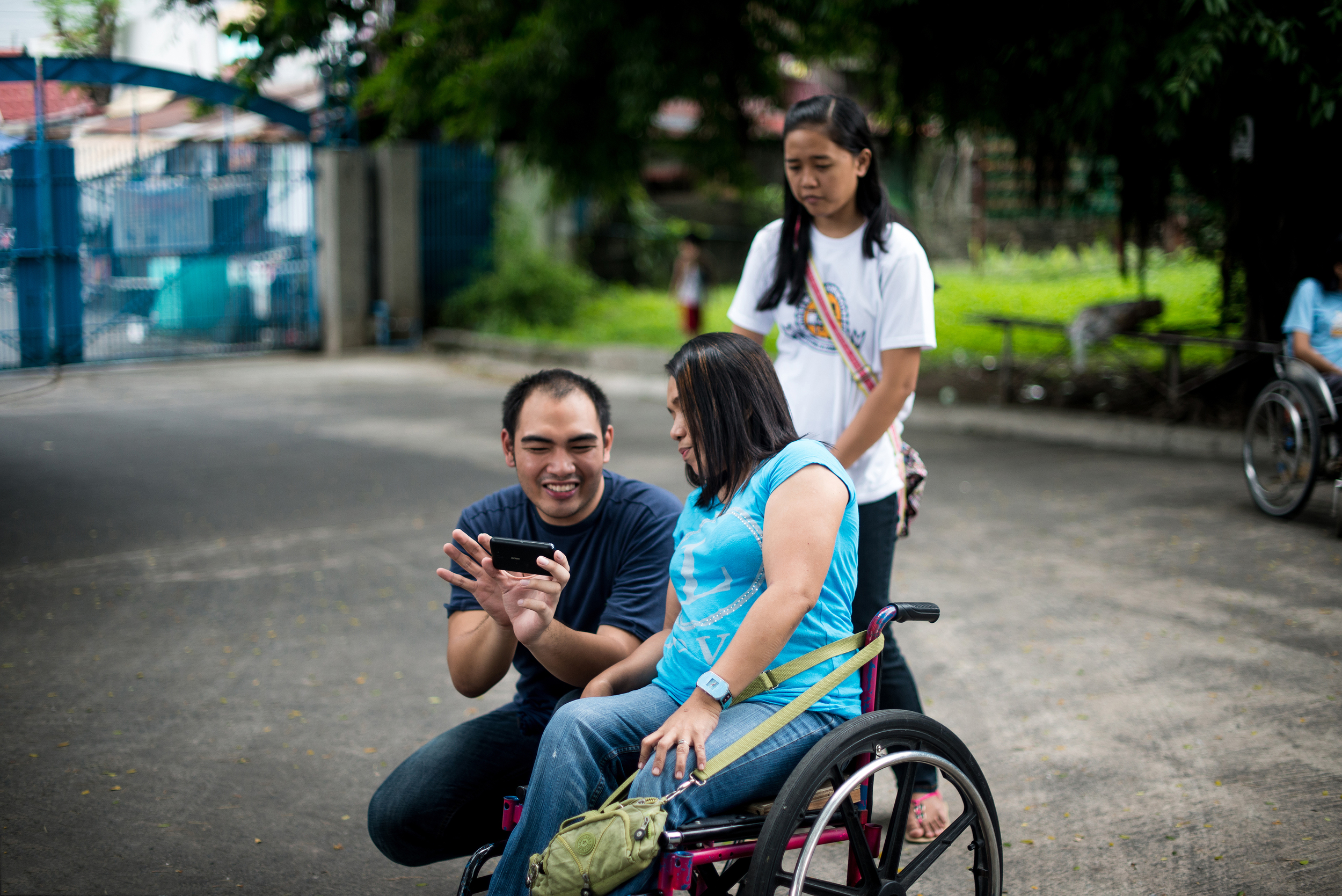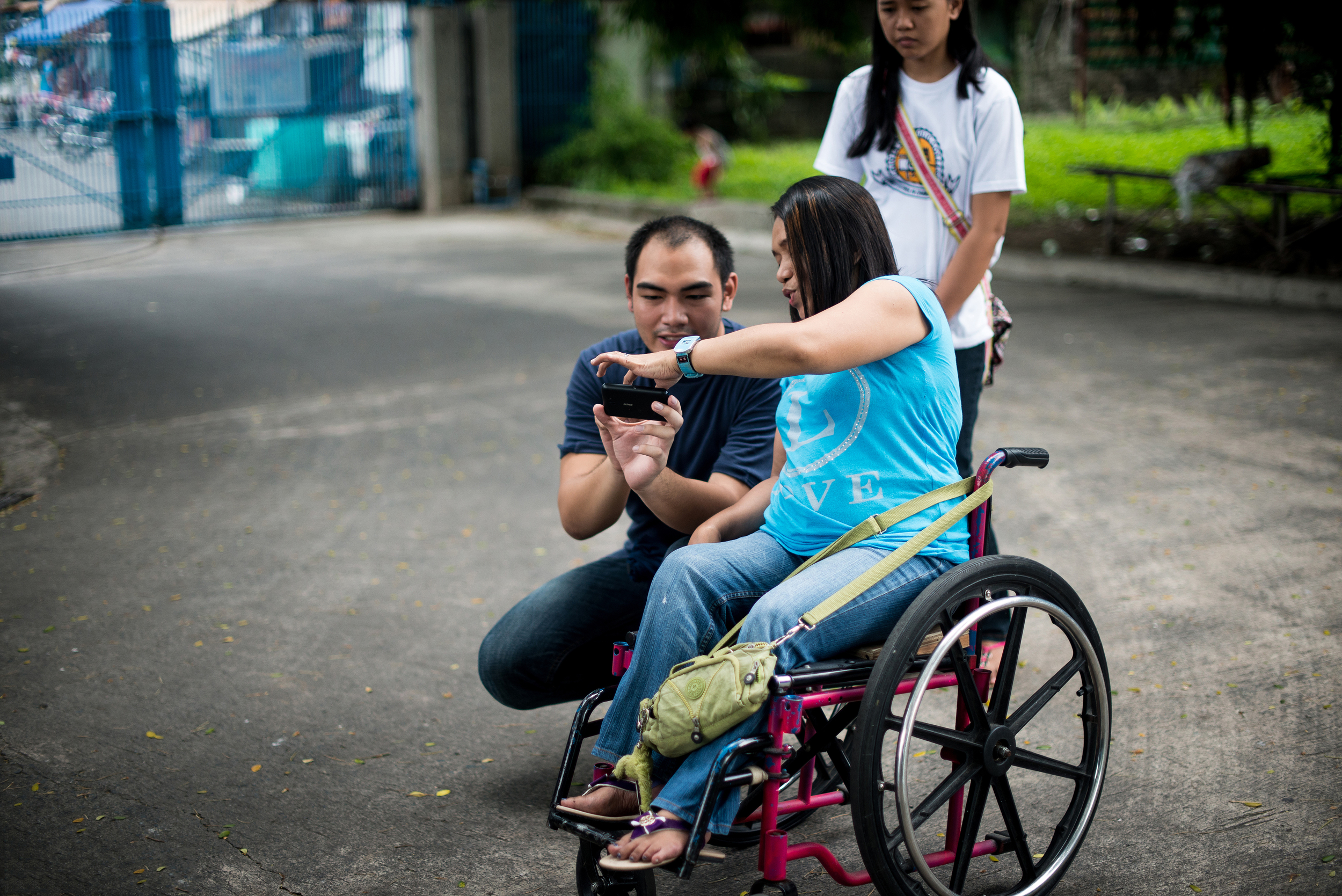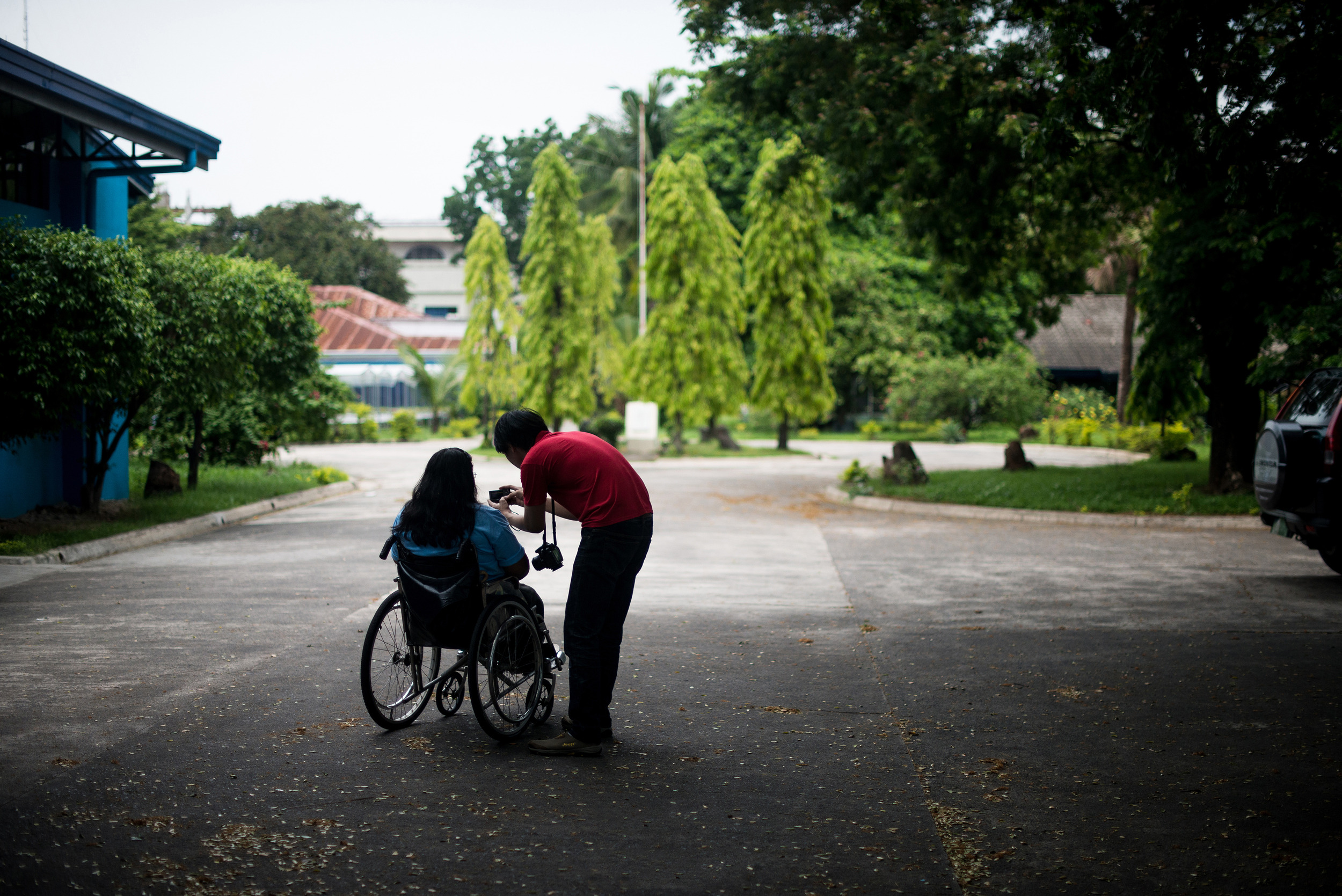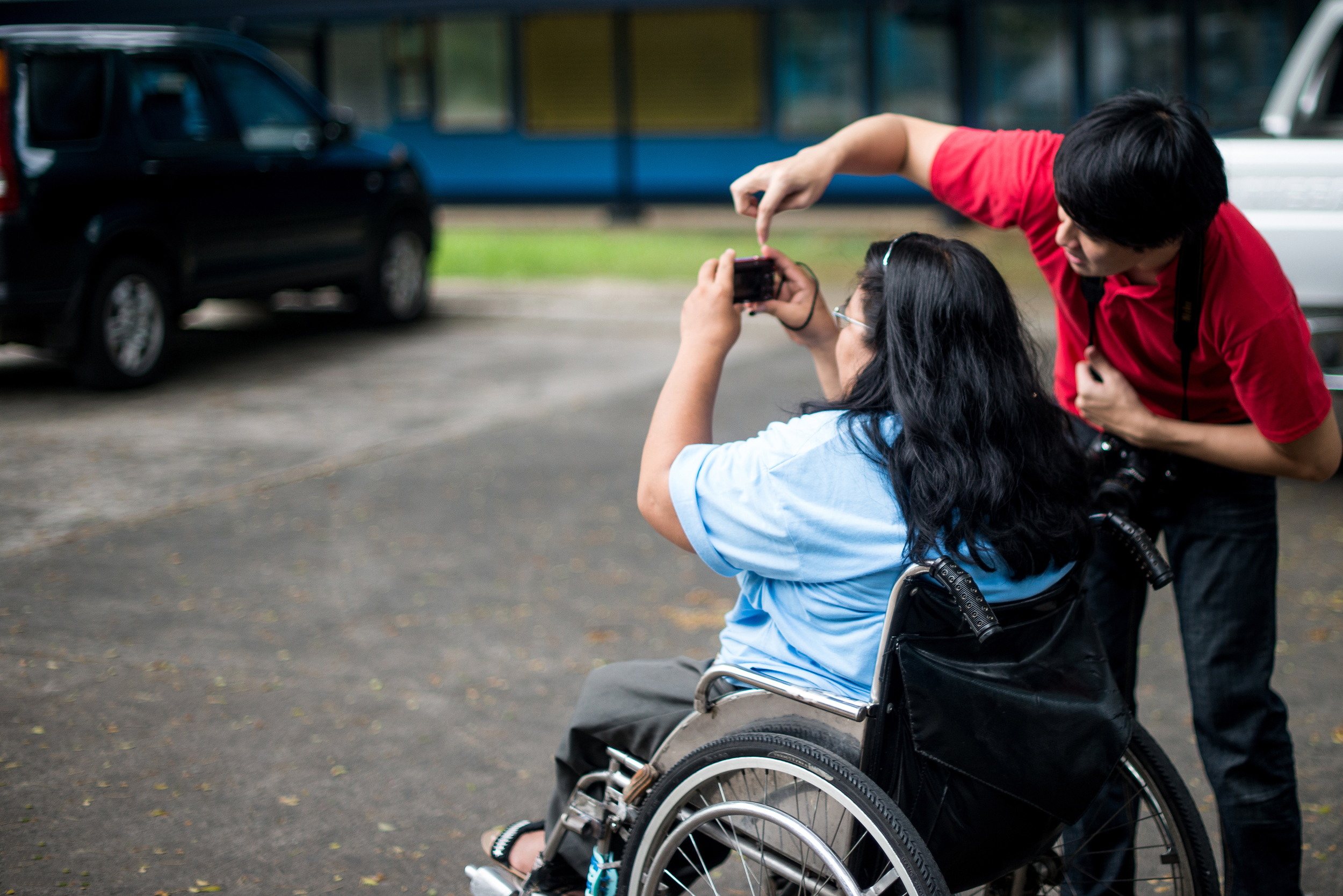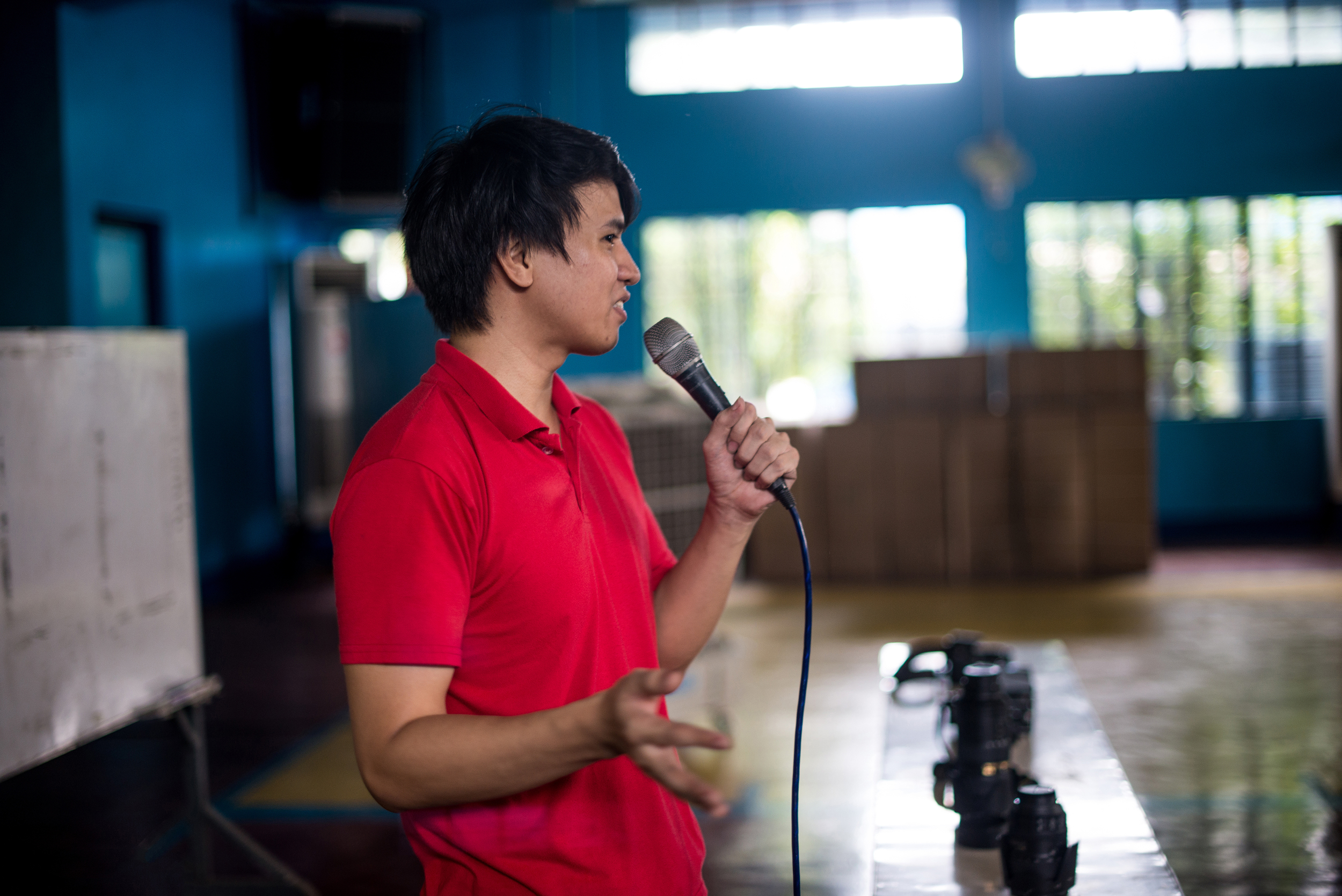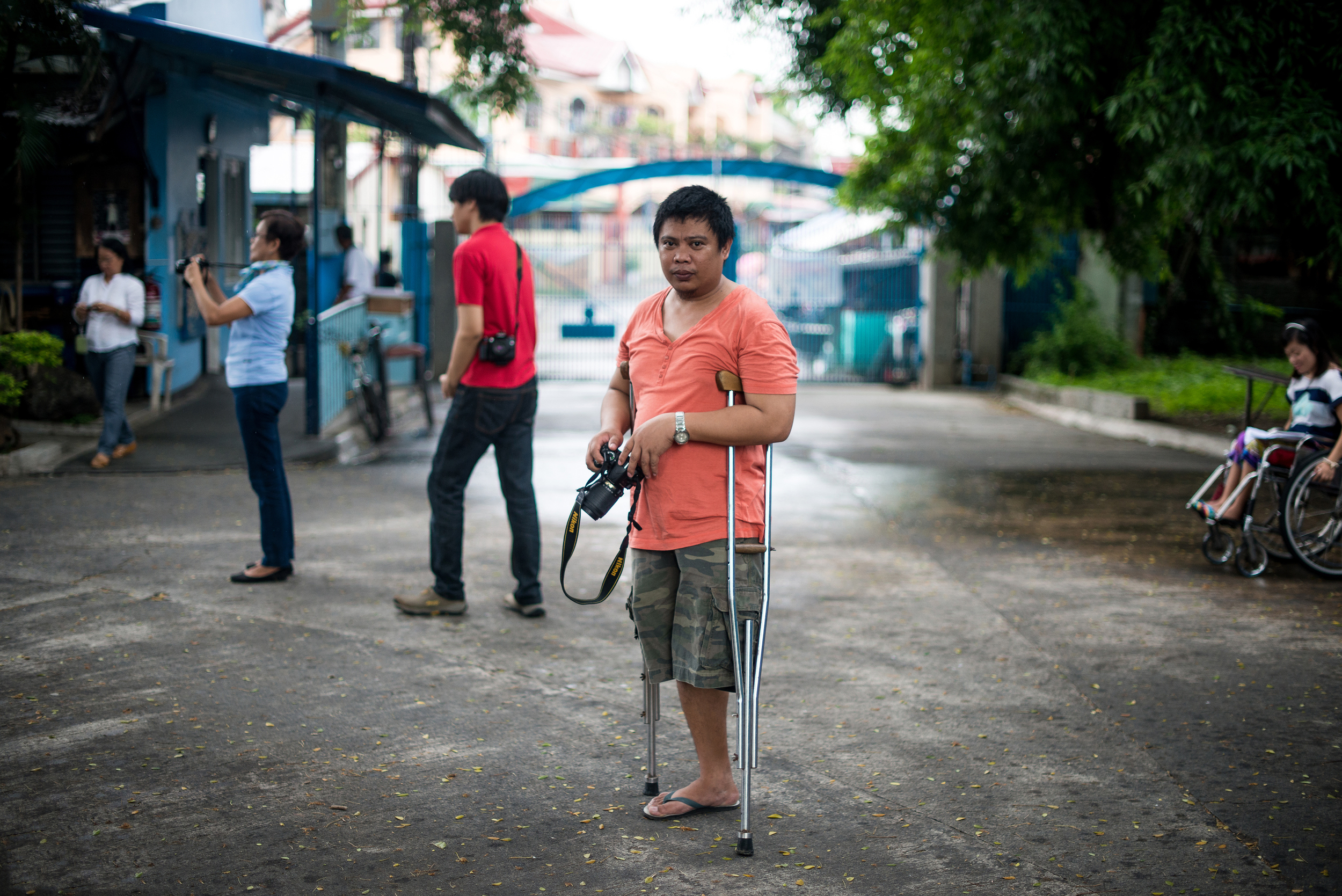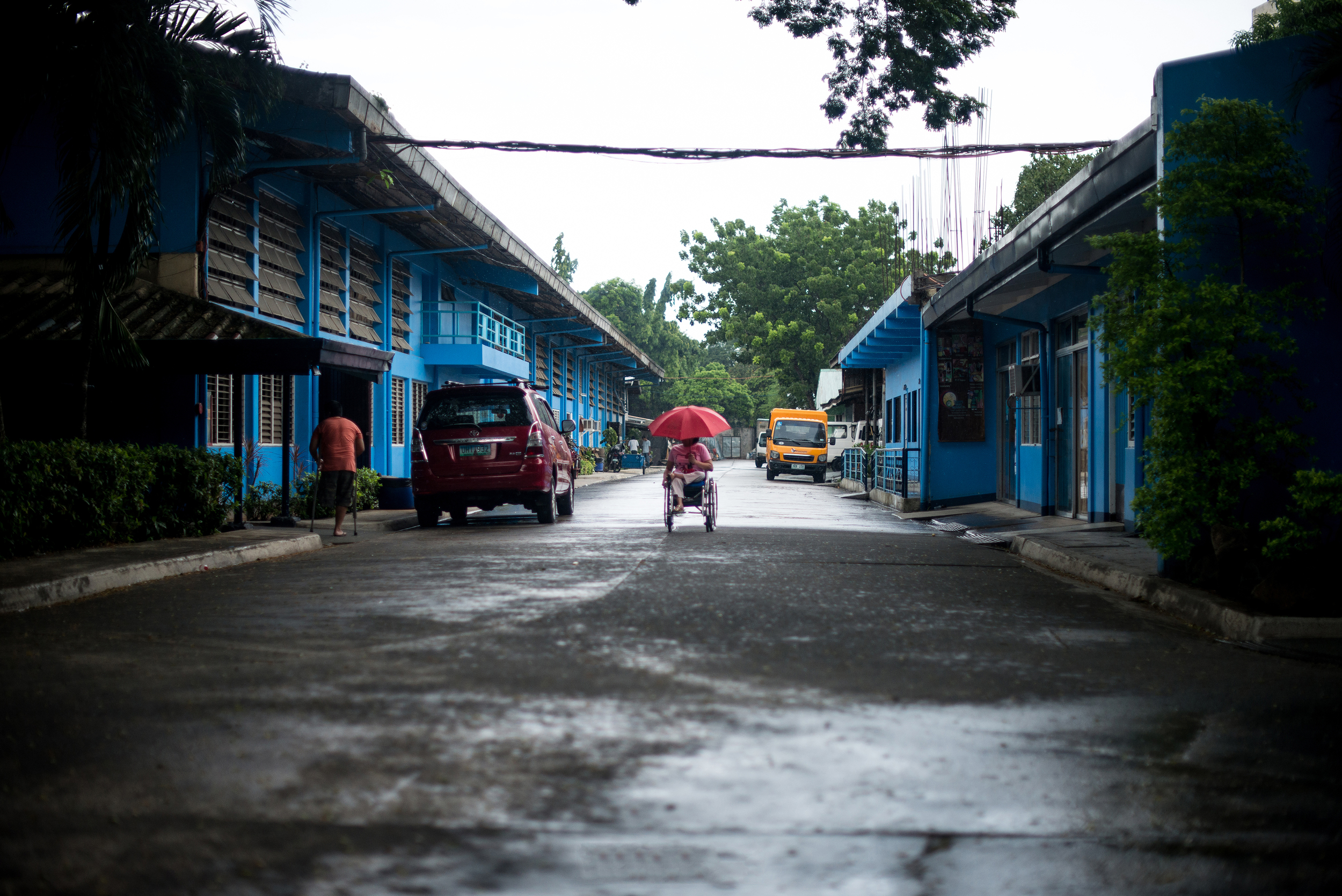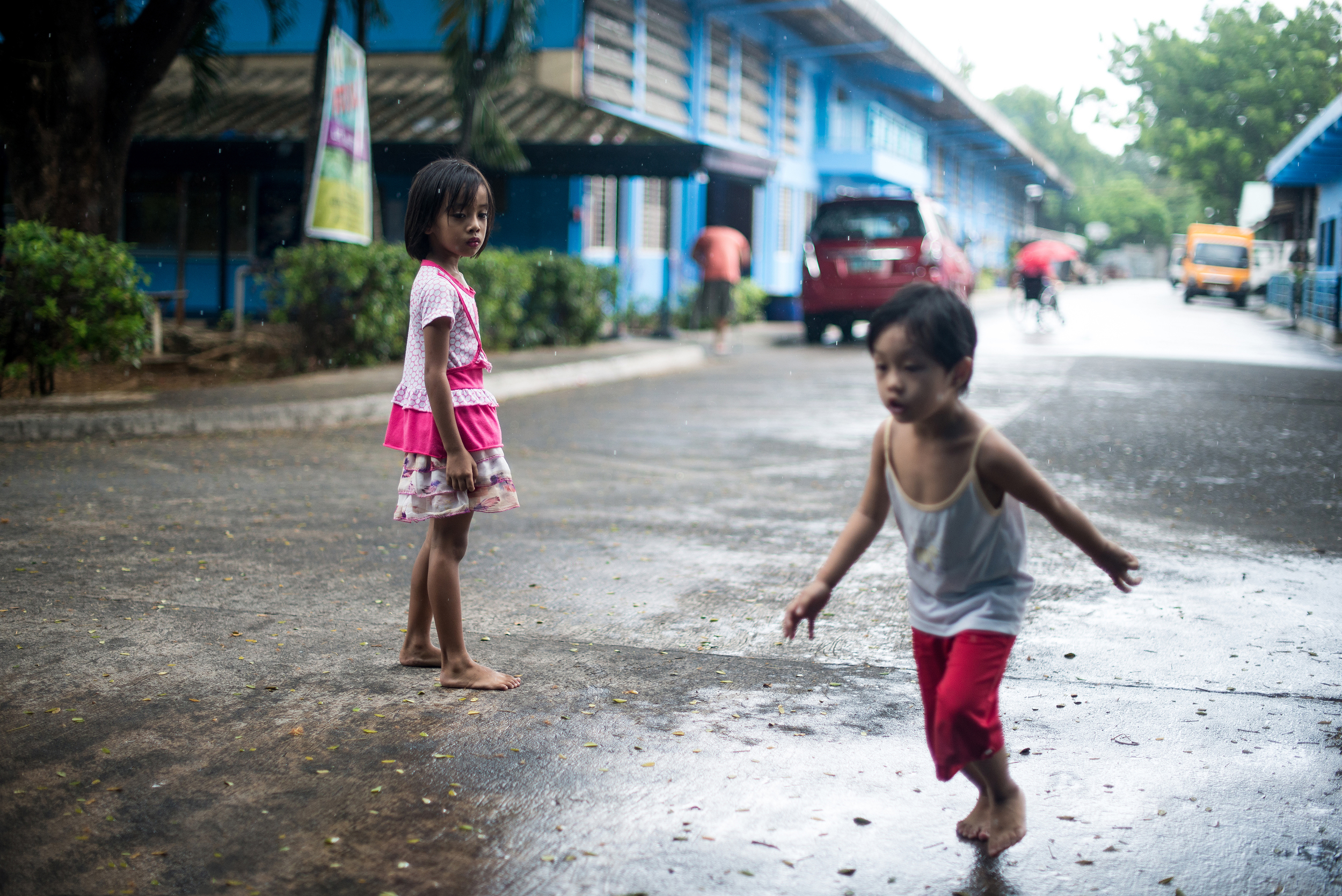We cannot argue that the culture for the graduating class of 2016 is vastly different than the ones just 10 years ago. It is a world of uncertainty with job security at its forefront. Being an international student from the Philippines, I have the privilege of experiencing two different working cultures: one from a developed nation and the other in a developing one. In spite of all their differences in working culture, like not having to tip the waiter back home, it is hard to argue that they are on the same track. As uncertain as job security right now, it is just as difficult to predict the future of our working culture.
Throughout history, working culture has always adapted to industry and technology. Yet, these adaptations occurred much slower relative to the paradigm shift we are currently experiencing. What caused these sudden and very drastic shifts? An answer might be brought forth when one looks at technology. If working culture is directly related to technology, it is safe to say that just like technology, it's transformations will be exponential as well. According to Moore's Law, technology or at least the processing power of computers will double every two years. This law is just one of many manifestations of the overaching trend that technology changes at an exponential rate.
Most of us see the internet as a static entity, yet with these changes in processing power, it is growing and evolving. Furthermore, access to the internet is increasing allowing more and more users to be connected. These exponential increases in computer capacity and changes in the internet has and will pave the roads for more disruptive technology, which in return affects our working culture. One of these shifts can very well be from our existing capitalistic culture to a more social economy.
Currently, the shift from capitalism to a social economy might not be all-encompassing but it is still worth noting its potential to change the current working culture paradigm. According to Erik Olin Wright, the definition of a social economy is hard to define but can basically be identified with the 'non-profit sector', non-state and non-market enterprises. It aims to serve its members or the community rather than simply striving for profit, which is driven by its inherit democratic decision-making process. The social economy bases its activities on principles of participation, empowerment, and individual and collective responsibility. It has existed as long as humans have but recent technological changes have empowered the social economy to operate at a larger scale.
In Wright's writing he describes the source of the power of social economies being rooted in the voluntary association of people in civil society and is based on the capacity to organize people for collective action of various sorts. Prior to recent technological advancements, people had to resort to traditional means to organize people which made it impossible to reach the scale it needed to create an impact especially on the working culture. Technology simply enabled the social economy through improved logistics. This is seen through the example that Wright uses: Wikipedia.
Wikipedia was launched in 2001 by Jimmy Wales and Larry Sanger. It can be described as being part of the social economy due to it operating under the definitions mentioned earlier. It is detached from any kind of market relations as it is voluntary, created by unpaid contributions, and is free to access as long as you have internet access. This type of "mass collaboration" changed the ways the population accessed data, which in return affected working culture. No longer did we solely depend on professionals as information was democratically relayed. Anyone can be a writer and an editor bringing forth a full, open, egalitarian participation model. Wikipedia is written by thousands of volunteers all over the world and administrative roles are gained through democratic means. By 2010, Wikipedia was the largest general-knowledge encyclopedia online, with a combined total of over 34 million mainspace articles across all 288 language editions.
The impact of wikipedia on the working culture cannot be overstated. It gave birth to a whole array of other wiki sites such as WikiHouse, which arguably can change the working culture of architects. WikiHouse is an open source building system in where designers all over the world collaborate to make it simple for everyone to design, build, and assemble beautiful homes customized to their needs. Alastair Parvin, founder of WikiHouse believes that professional architects and designer who get paid are not going to be the ones solving the really big, systemic design challenges we face like climate change, urbanization and social inequality. As the reason for the creation of WikiHouse, Parvin's intent was to change the working culture of architects. He designed a website and tools to change how architects work and get paid. With the increase in social economies, should we expect more unpaid work taking away paid jobs?
The ability of technology to shift working patterns is not inherit to its nature but to ours. This evolving model of nontraditional work arrangements stems from a long history of employment culture. In Andrew Ross' Morphologies of Work, he talks about how Paul Lafarague promoted "the right to be lazy" with the promise of genuinely laborsaving technology. Lafarague believed that tribunes of labor should be demanding the right to idleness and even proposed a three-hour workday. This idea was further adopted into the Universal Declaration of Human Rights as the right to rest and leisure. Yet, it was not immediately adopted by the working class. Their dreams of leisure turned out to be more about stimulation than relaxation, which was further exasperated with the worker strikes in the 1970's. Workers protested against alienation on the jobs and were dissatisfied with the quality of their working lives.
"Having an interesting job is now as important as having a job that pays well."
In response, corporate managers began transforming working environments to become more flexible through deregulation and giving more autonomy to line workers. With the combination of technology, this new environment created a working culture in where no one can any longer expect a fixed pattern of employment. In this new deregulated working culture, Ross observes that artists have become the "model" workers. The profession of being an artist or a freelance designer has always been deregulated, self-organized and entrepreneurial.
Amidst the increase of offshore outsourcing in where both low and high skill jobs were being transferred somewhere elsewhere, looking at the creative sector as a model increased as well. The creative sector promised its jobs can't be transferred elsewhere because it doesn't entail costly institutional supports, low levels of public investments, and high potential for reward outcomes. However, how true is this especially with the birth of digital labor?
"Digital labor touches us all."
In Outside the Boss by Trebor Scholtz, he focuses on Amazon's Mechanical Turk (AMT) as a form of digital labor that negates the previous promise of job security of the creative sector. Mechanical Turk is a crowd-sourcing internet marketplace that enables individuals and business to coordinate the use of human intelligence to perform tasks that computers are currently unable to do such as design. The website breaks down work through thousands of bits allowing for crowd working and low cost outsourcing. This kind of labor digitization allows for new business models and novel chains of value extraction, in where many obstruct emancipatory and humanizing potential. Mechanical Turk is taking away jobs from designers and undermining their value in society as mere line workers.
Our current working culture is on its way to being what Byung-Chul Han calls "Fatigue Society" in where there is no longer a disciplinary society. The freedom that technology has given us is accompanied by anxiety, self-exploitation, and depression. How can we then expect job security in an environment in where even the creative sector has been disrupted? Will our future really be as the one depicted in the movie Wall-E in where Lafarague's notion of "the right to be lazy" leaves us obese and mindless?
We have to imagine ourselves as workers and how we would be operating. As a generation we have to stand firm in what we want for the future then design and build towards it.
Sources:
Andrew Ross, Morphologies of Work (Mass MoCA, 2012)
Andrew Ross, Nice Work If You Can Get It: Life and Labor in Precarious Times (New York: NYU Press, 2009).
"Architecture for the People by the People." Alastair Parvin:. Accessed April 24, 2015. http://www.ted.com/talks/alastair_parvin_architecture_for_the_people_by_the_people.
"Moore's Law." Moores Law. Accessed April 24, 2015. http://www.mooreslaw.org/.
"The Birth of Wikipedia." Jimmy Wales:. Accessed April 24, 2015. http://www.ted.com/talks/jimmy_wales_on_the_birth_of_wikipedia.
"Think Outside the Boss." Public Seminar RSS. Accessed April 24, 2015. http://www.publicseminar.org/2015/04/think-outside-the-boss/#.VTo-9CFVhBf.
Wright, Erik Olin. "Chapter 7: Real Utopias II: Social Empowerment and the Economy." In Envisioning Real Utopias. London: Verso, 2010.
